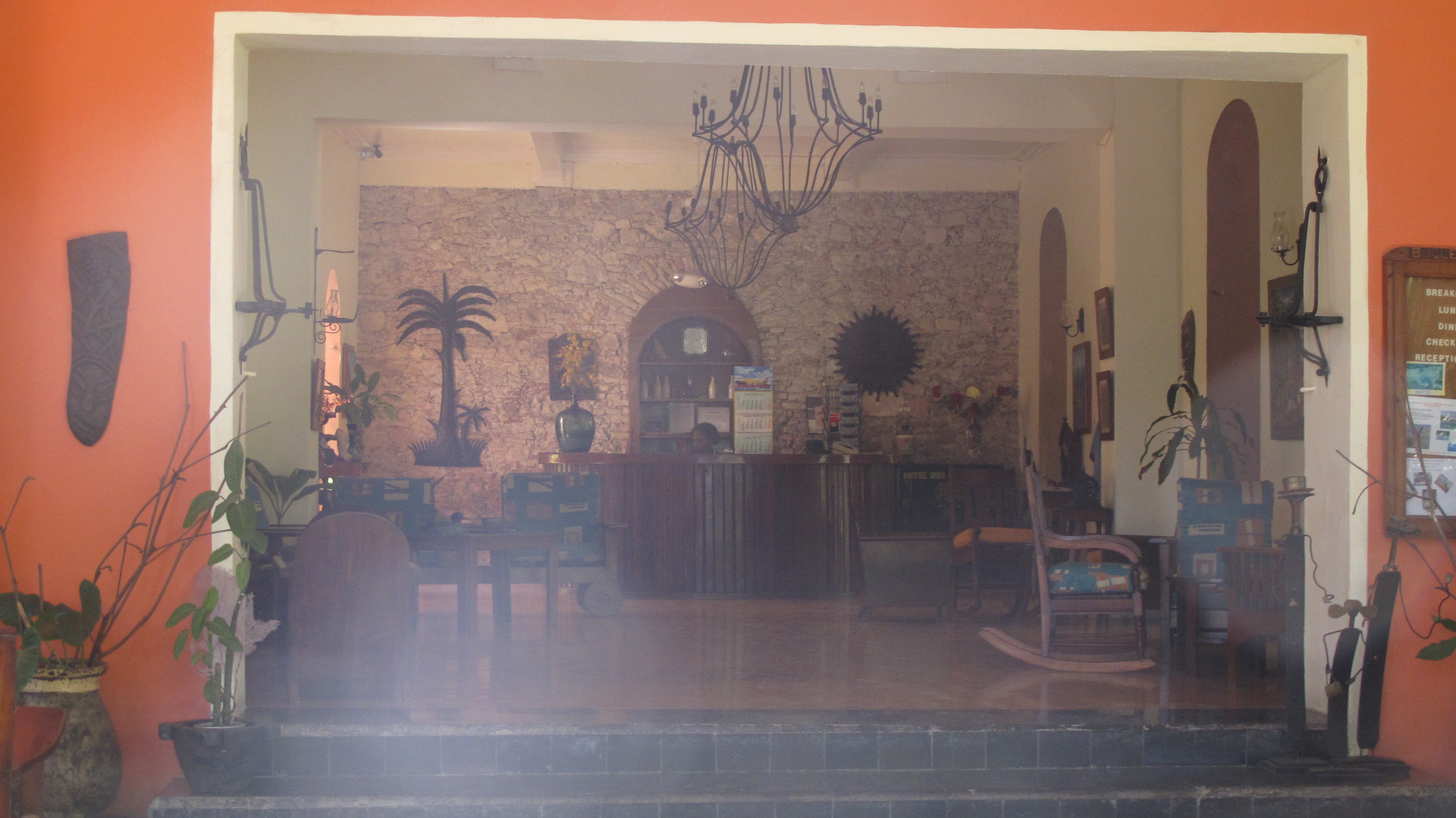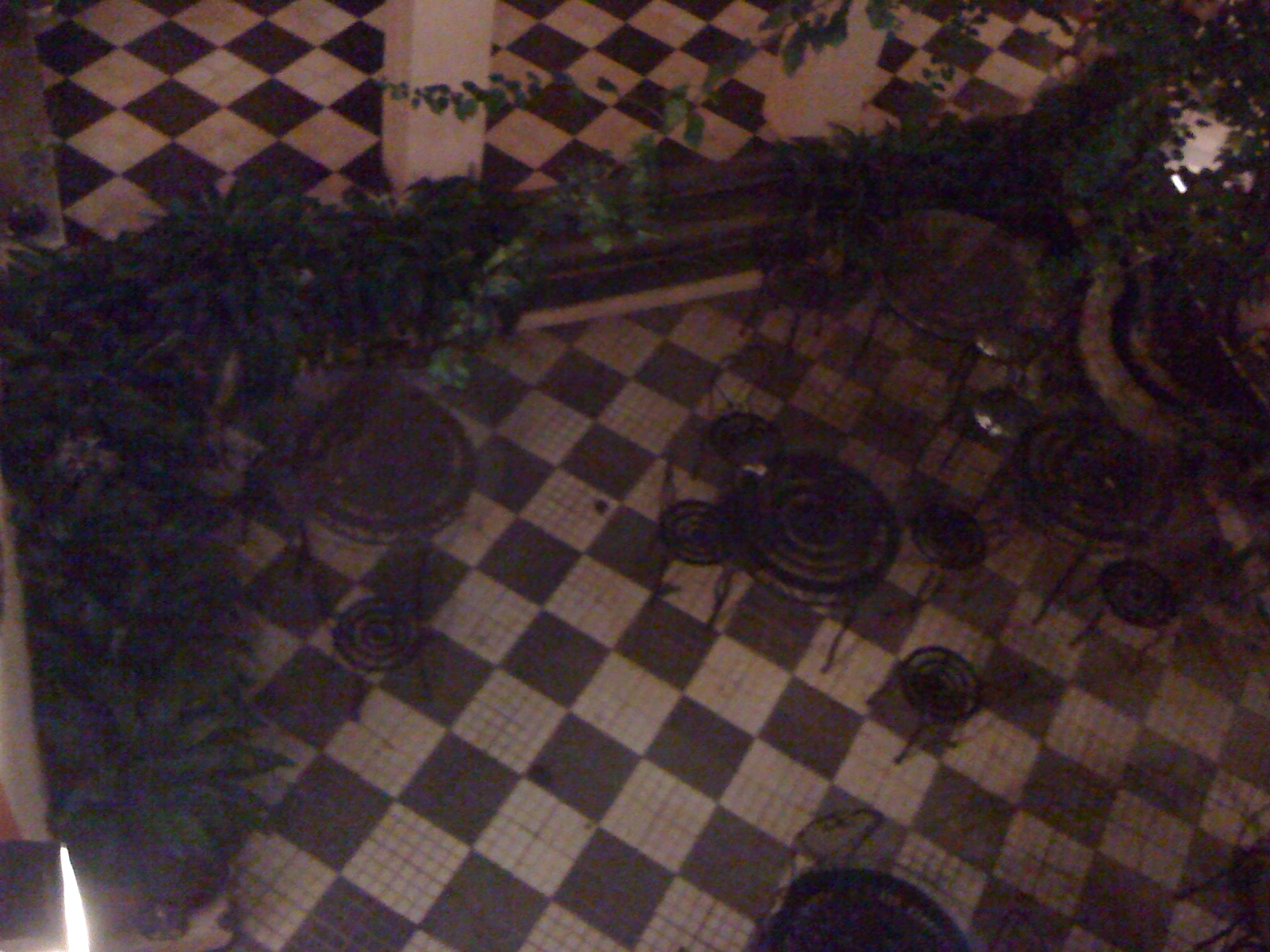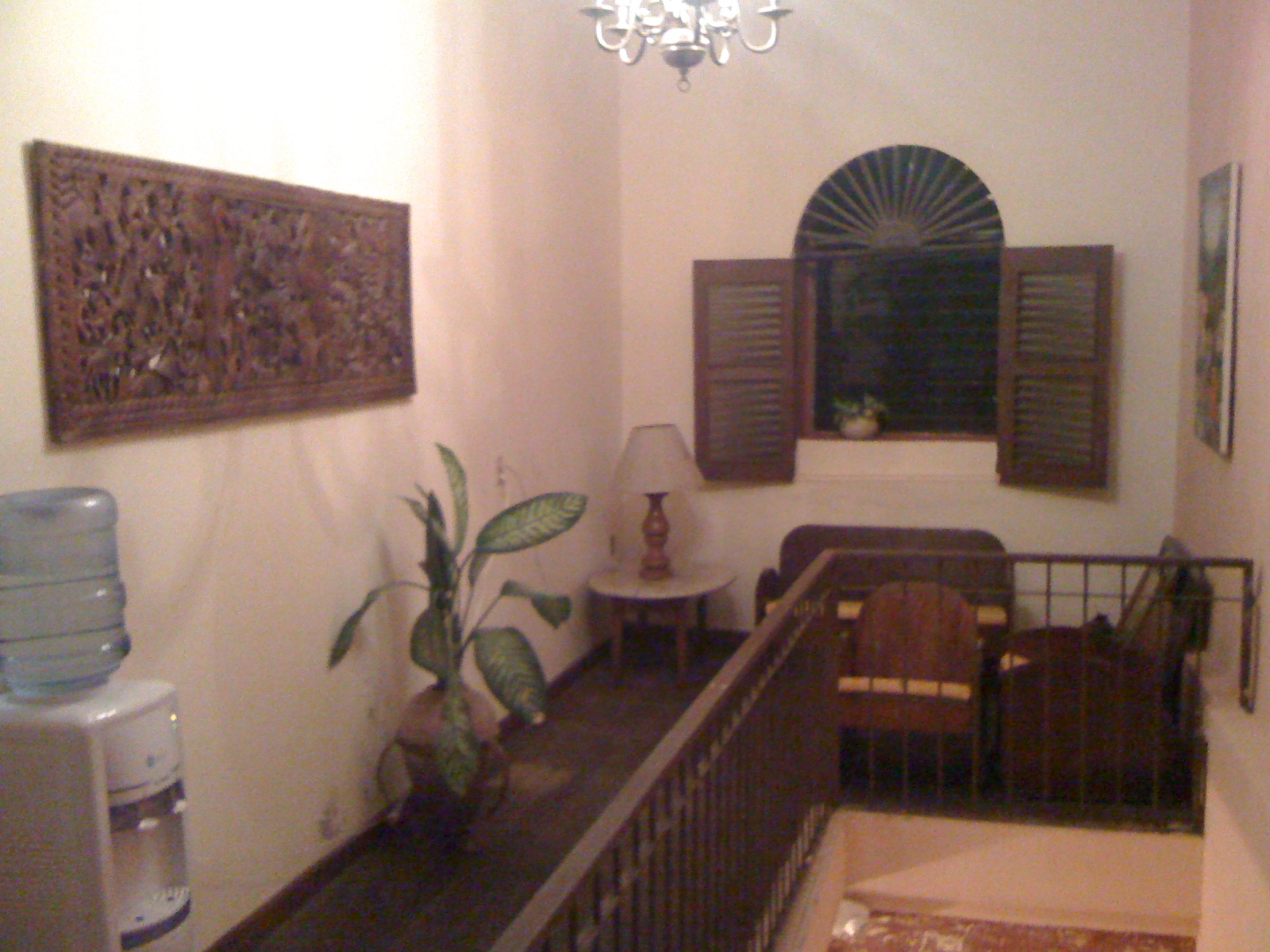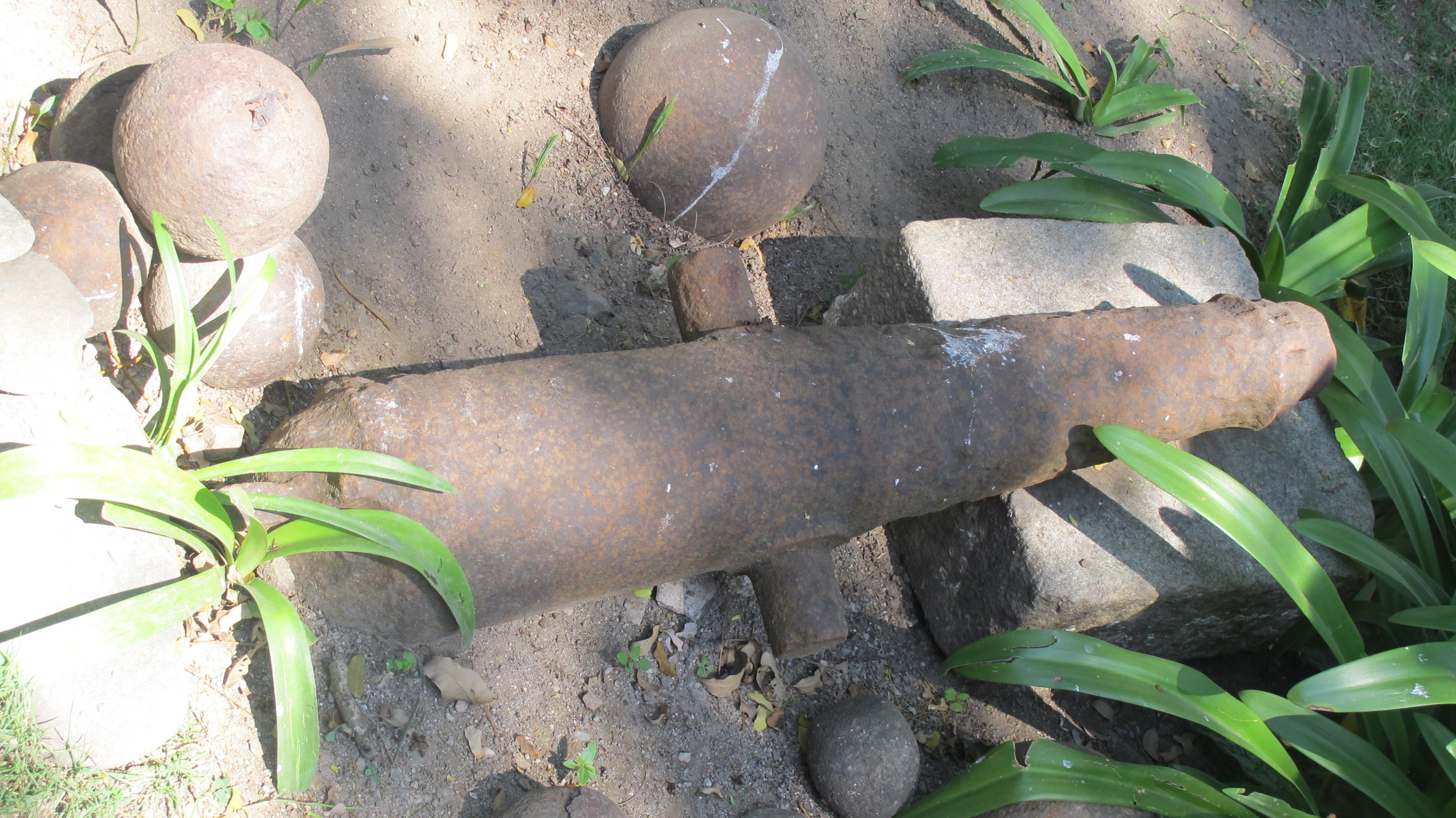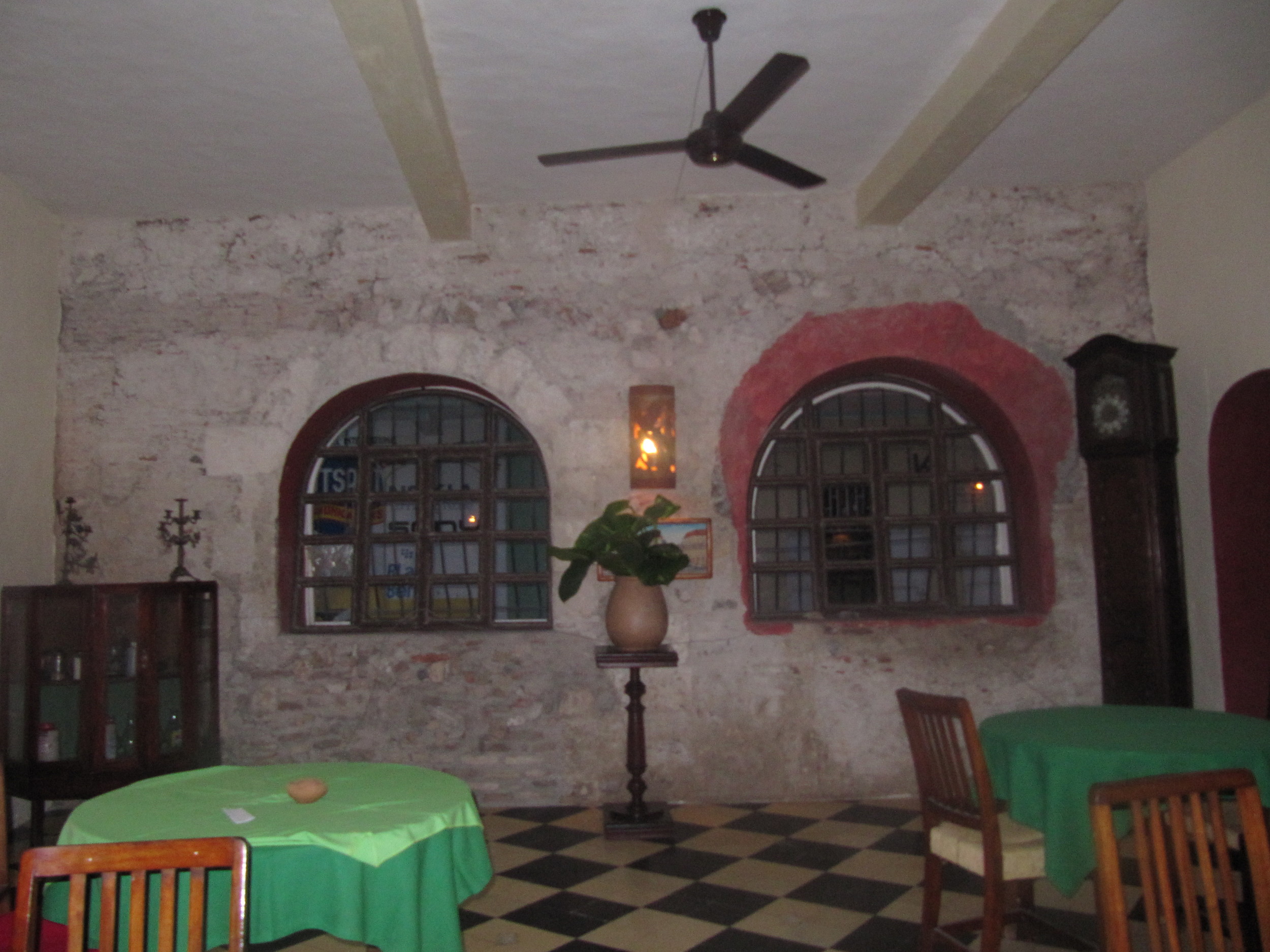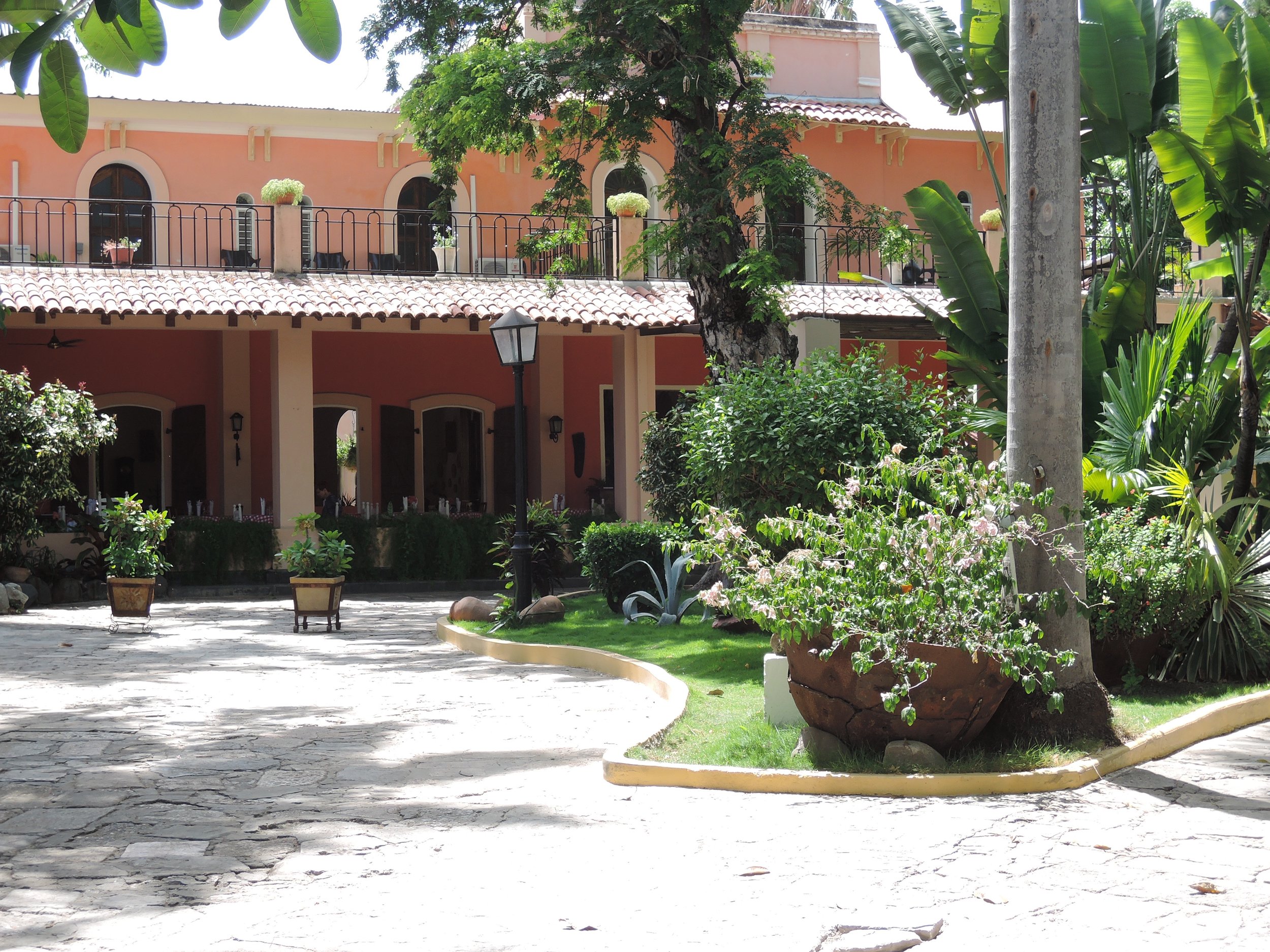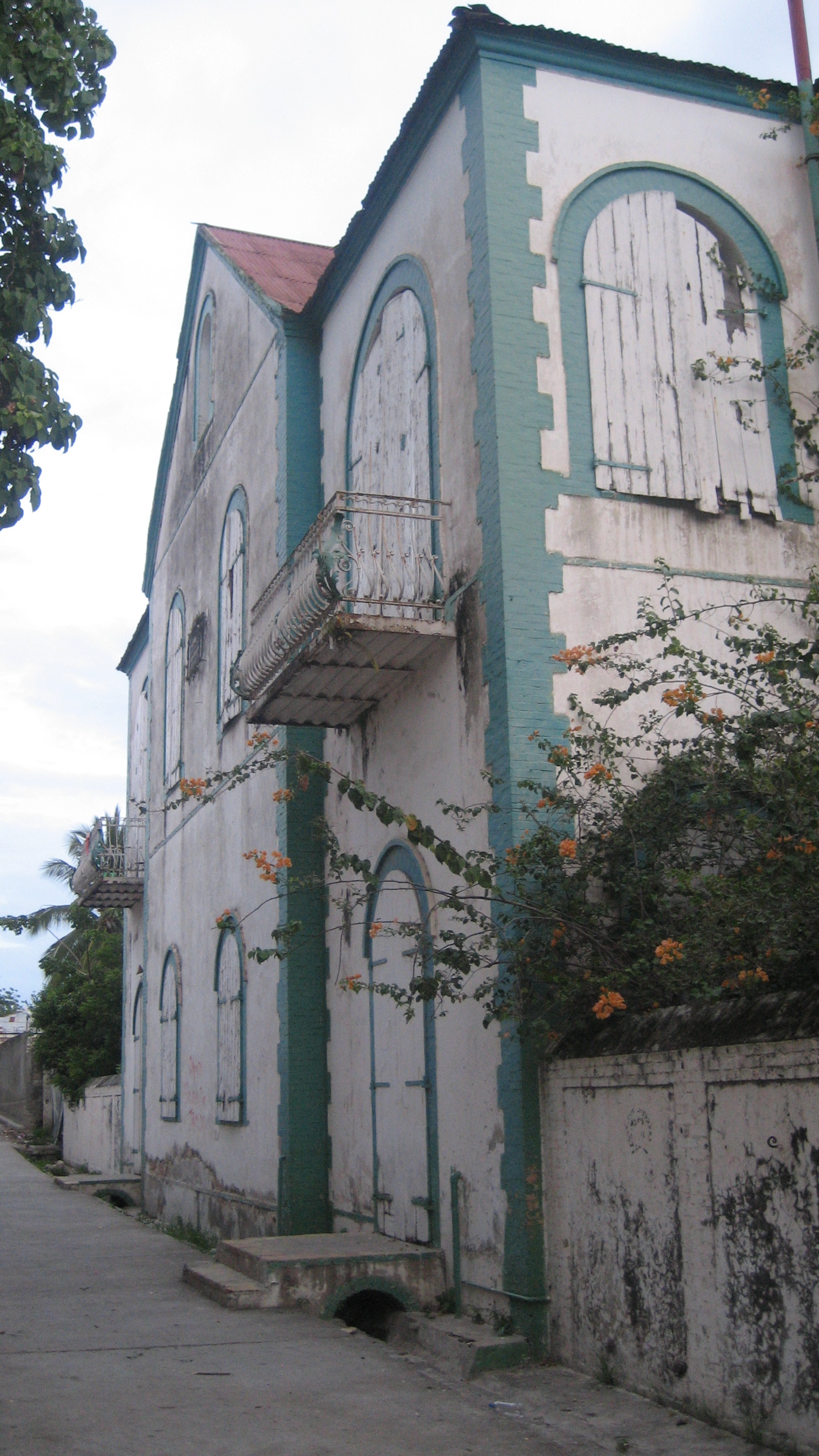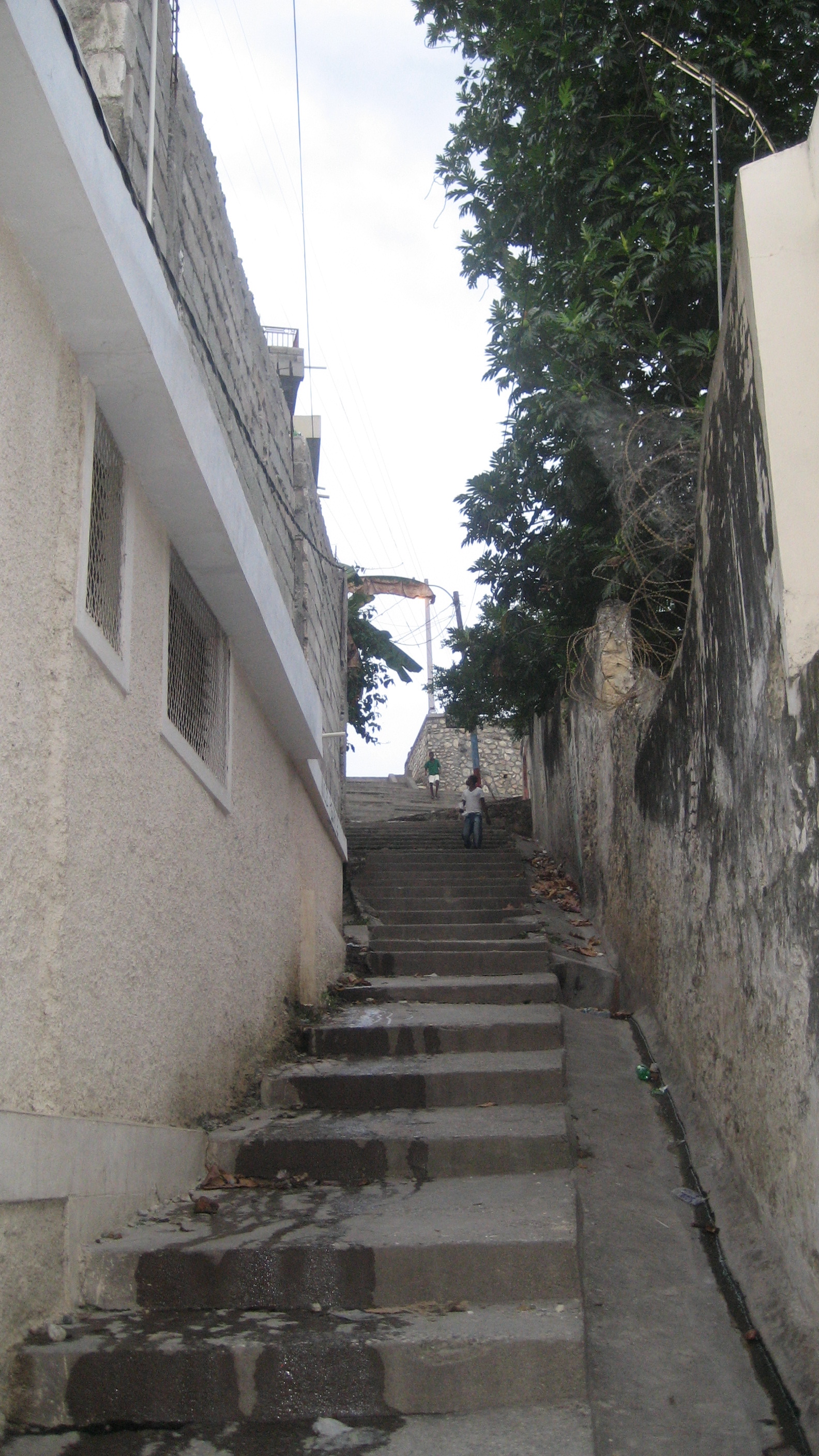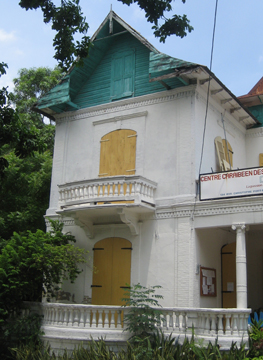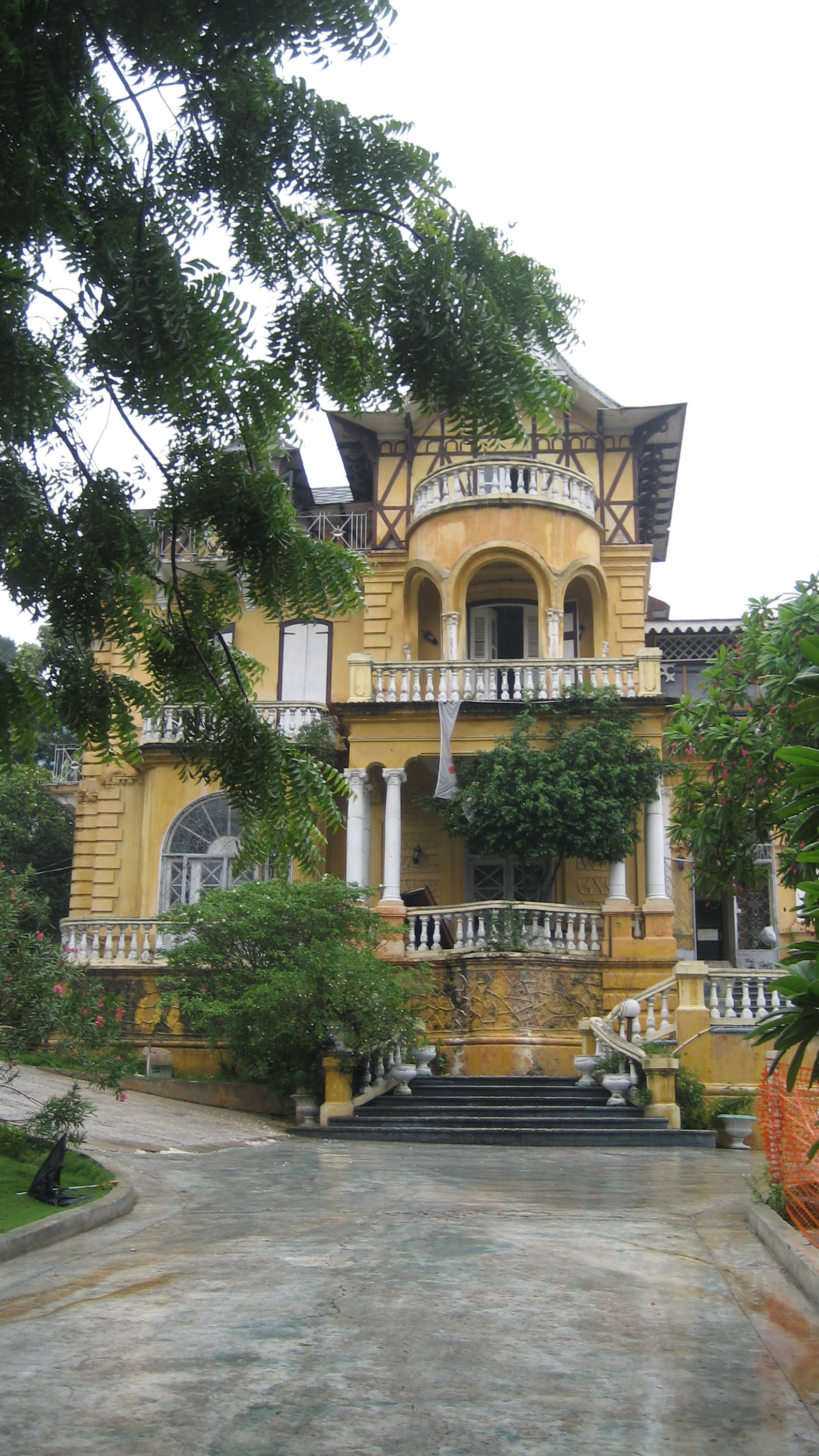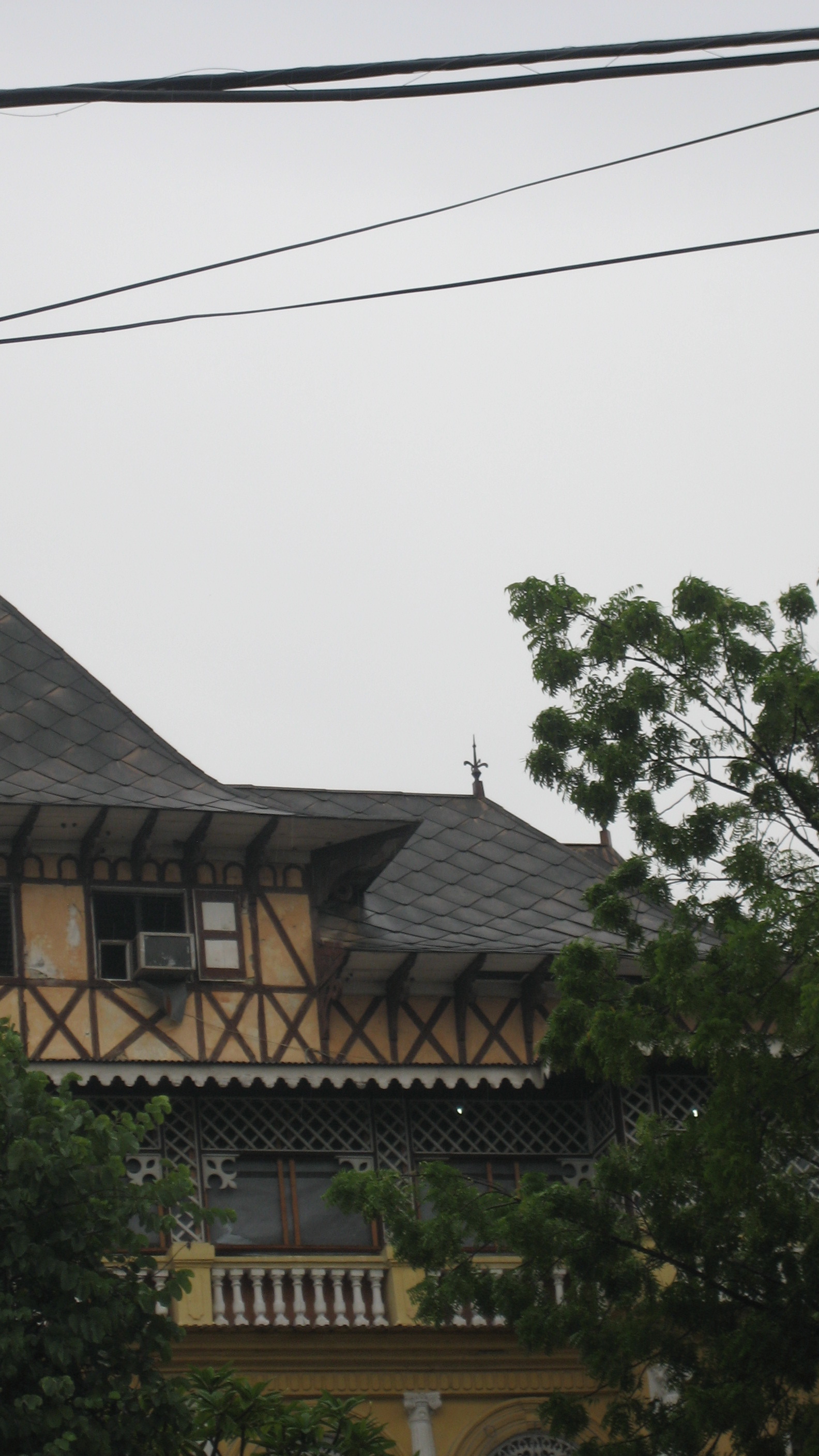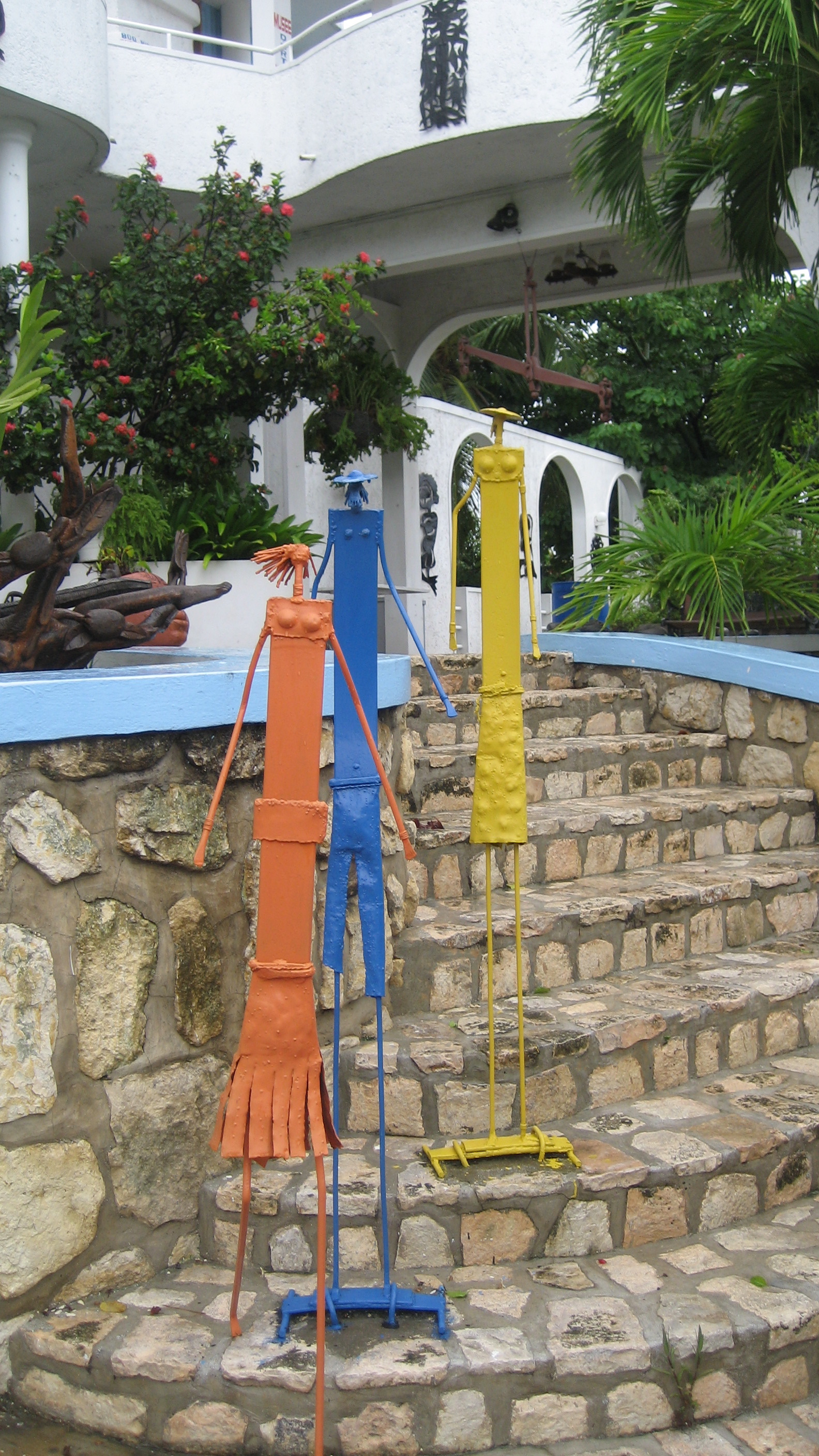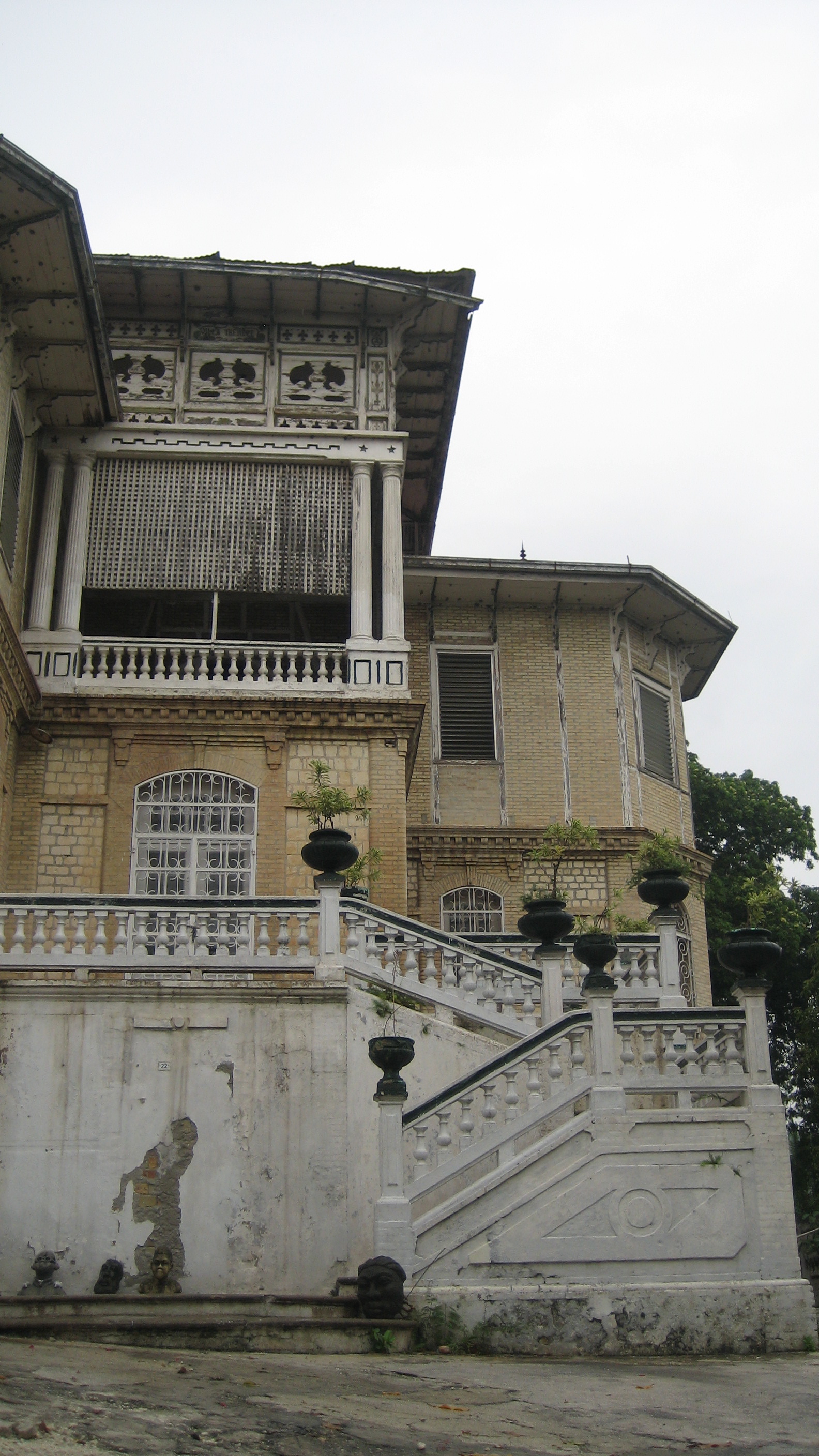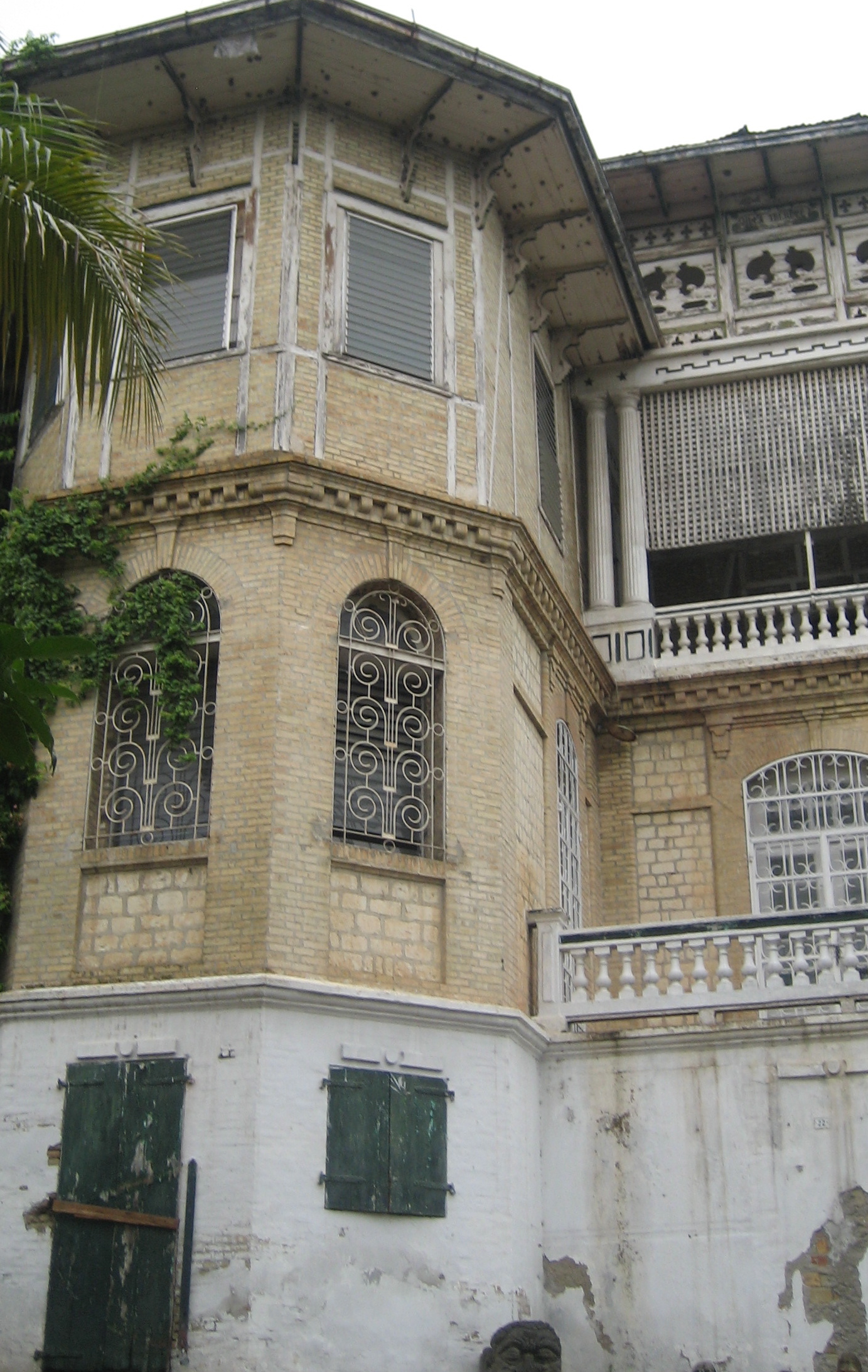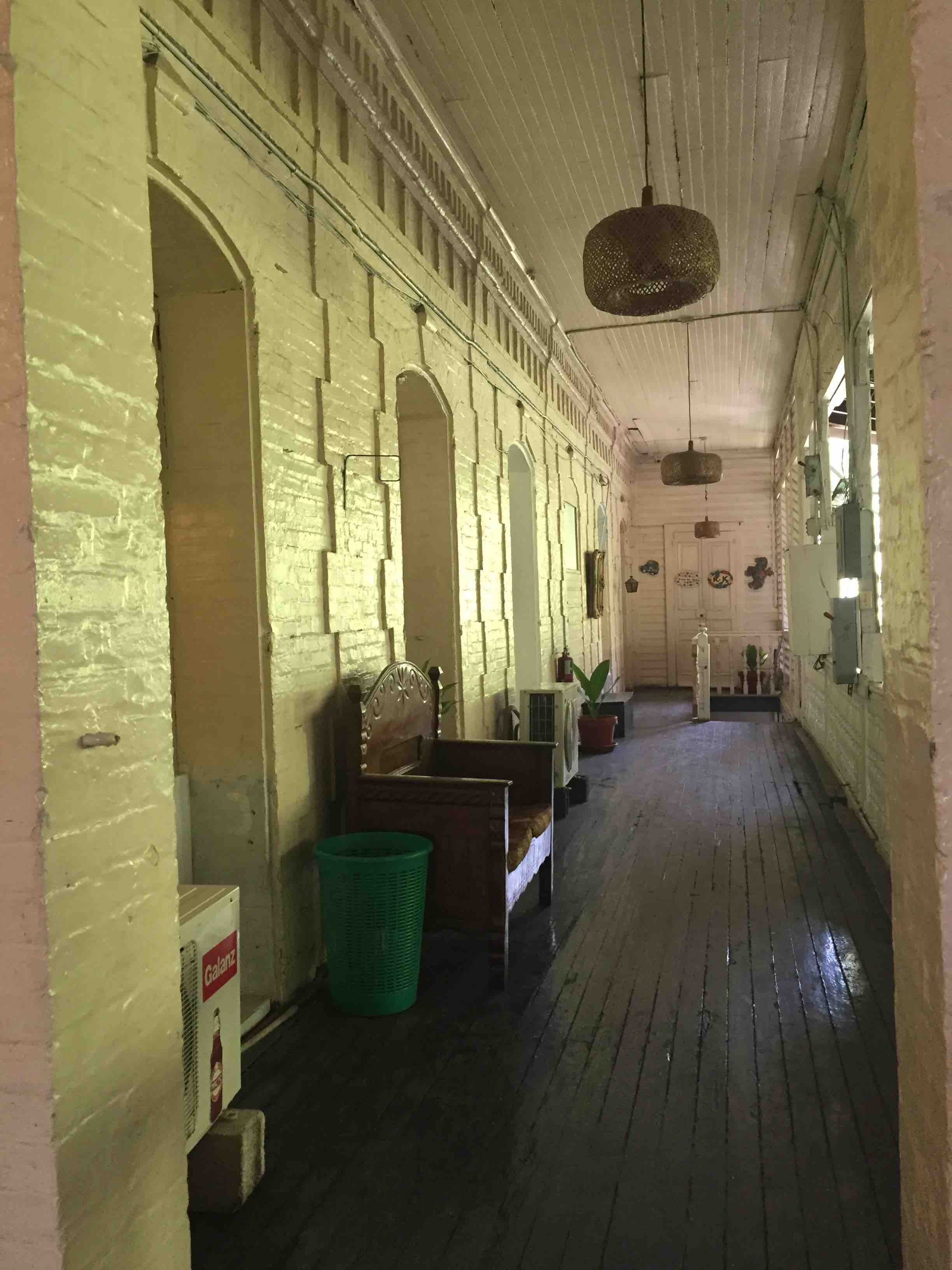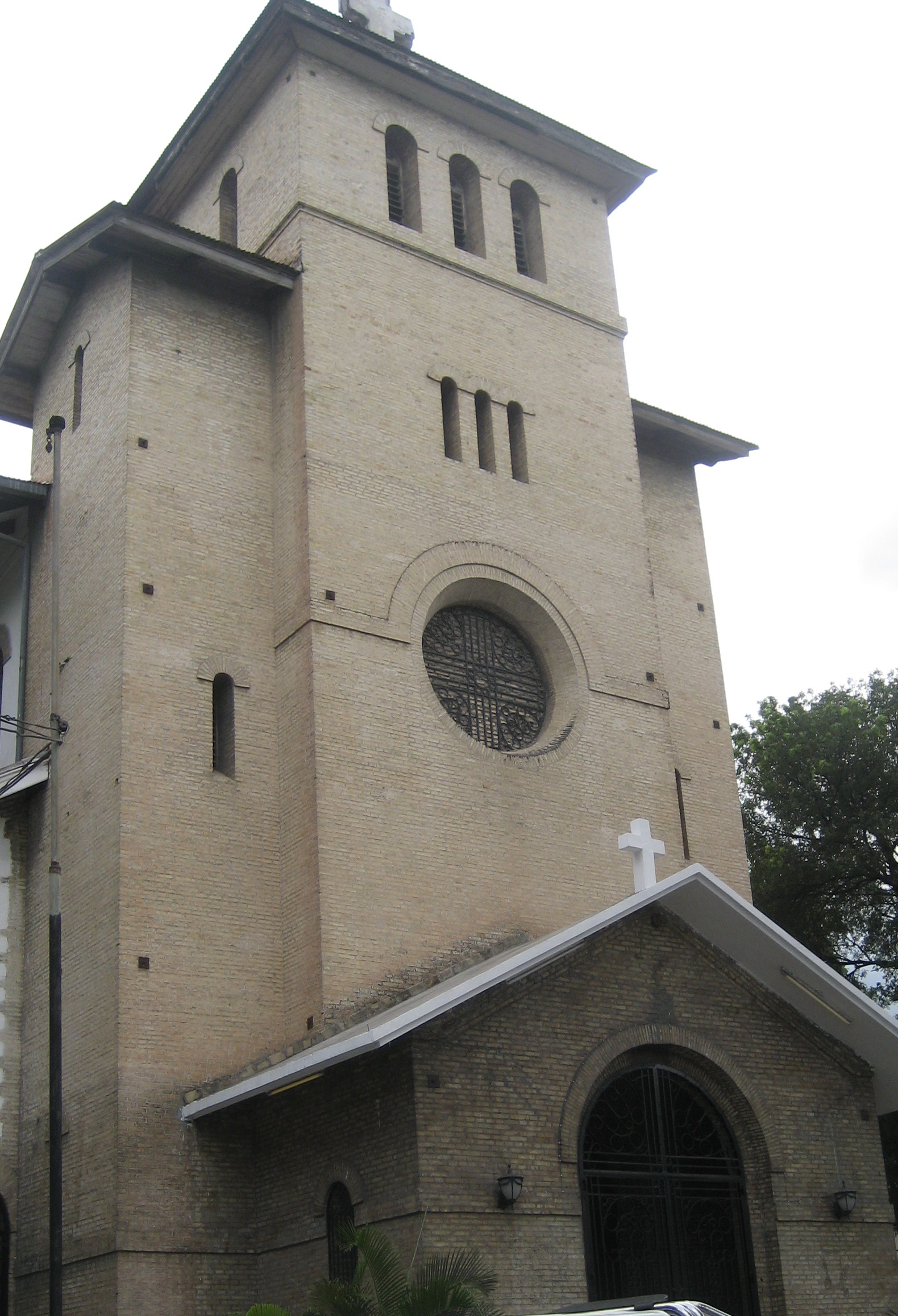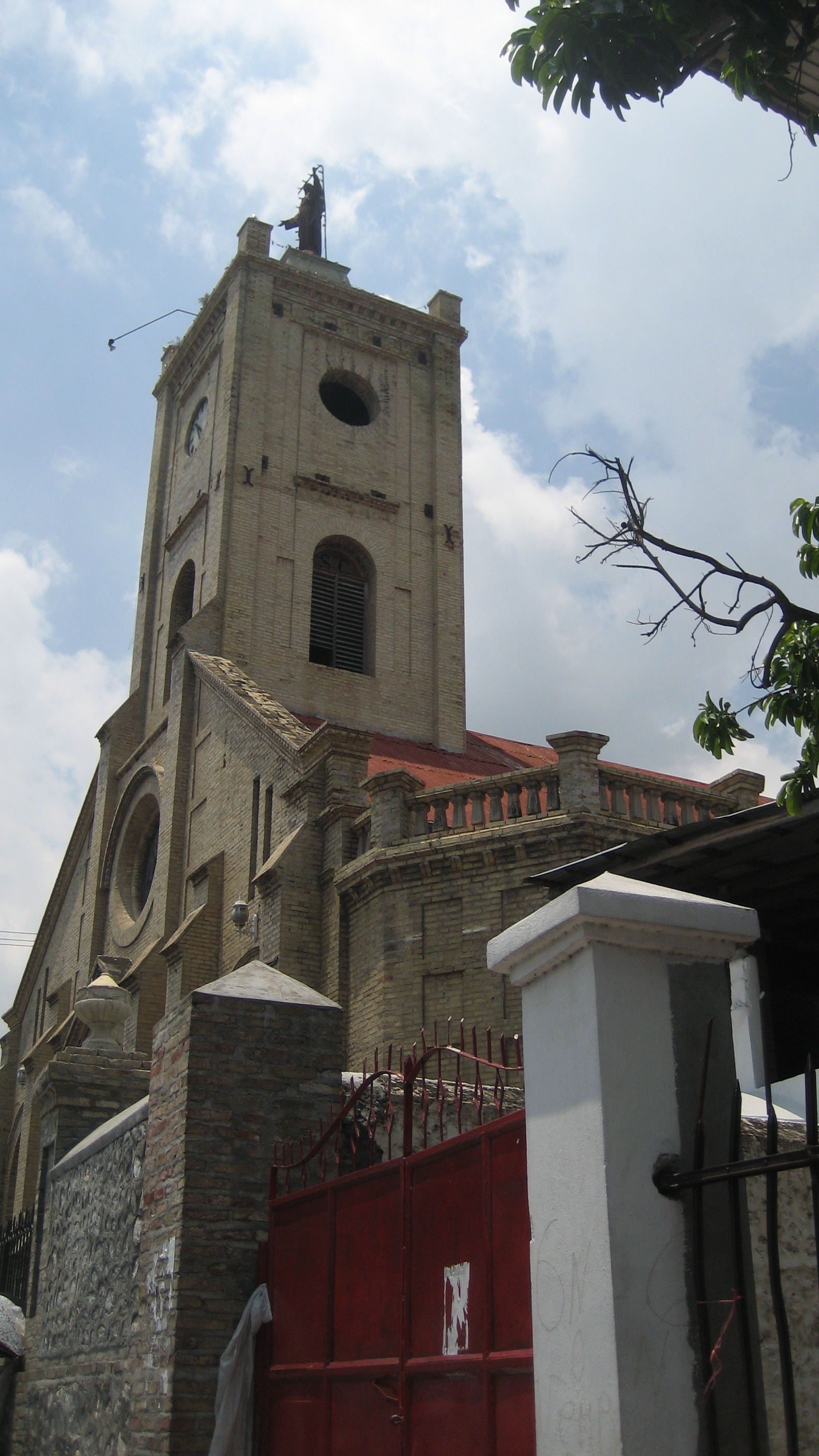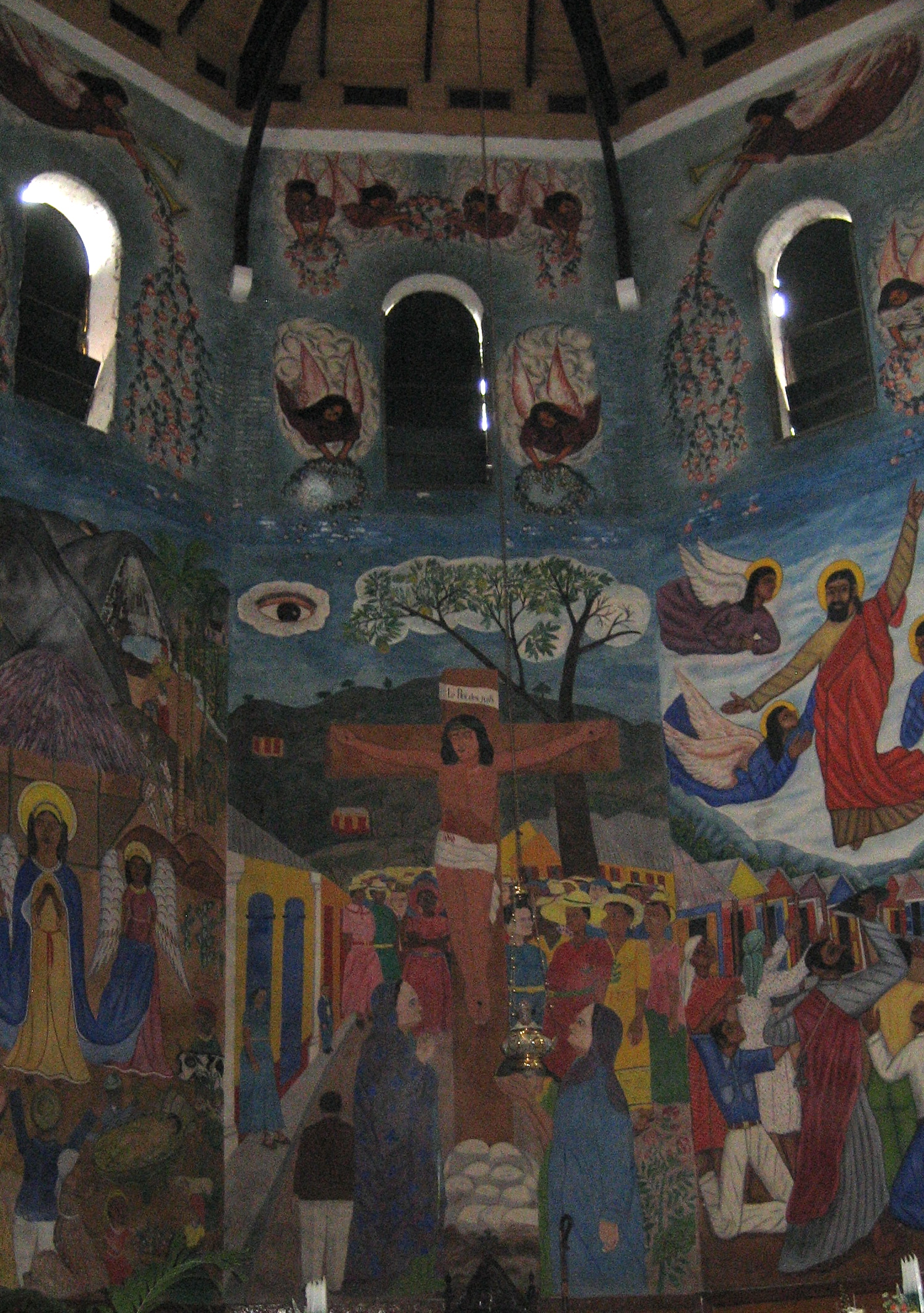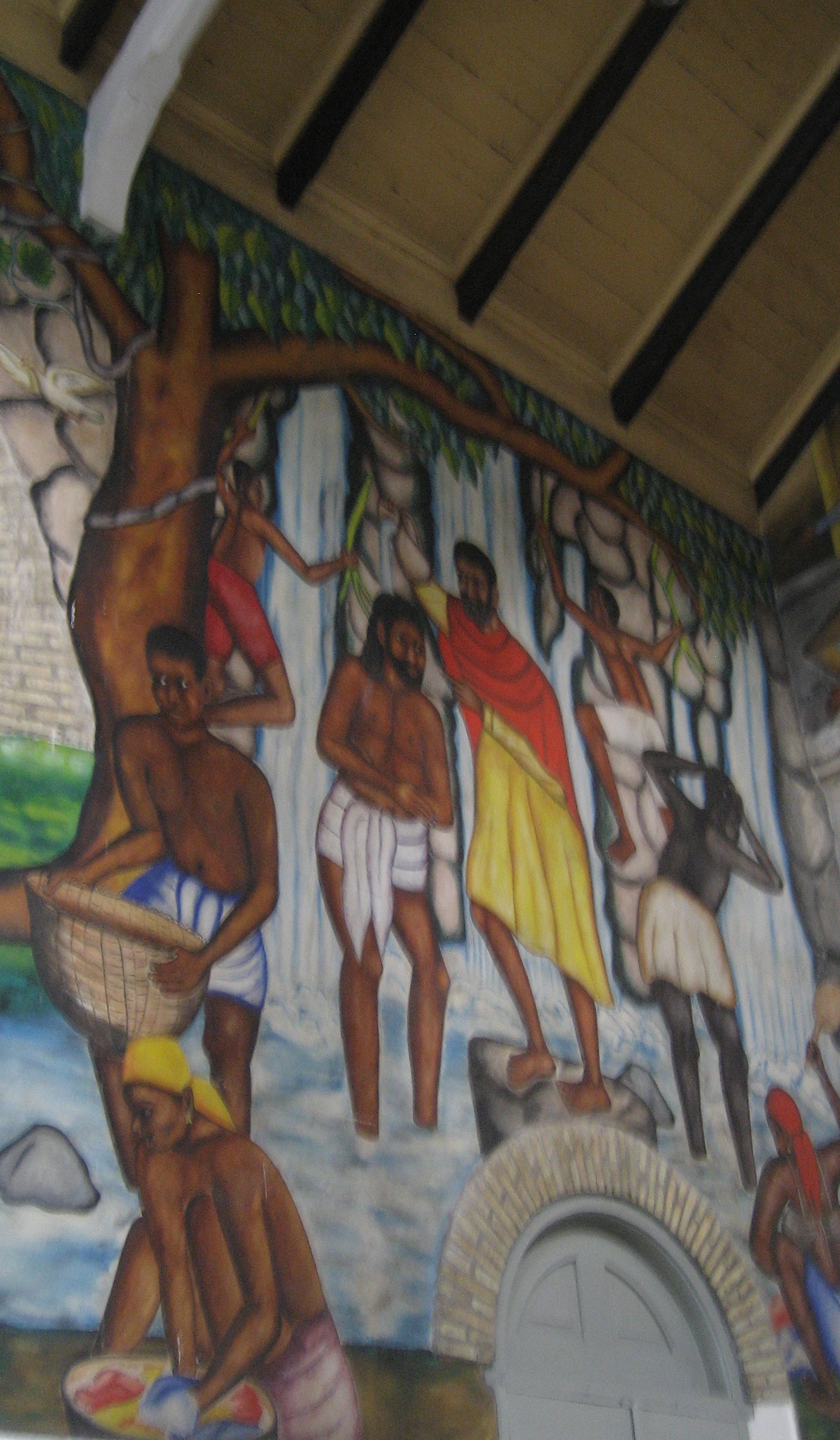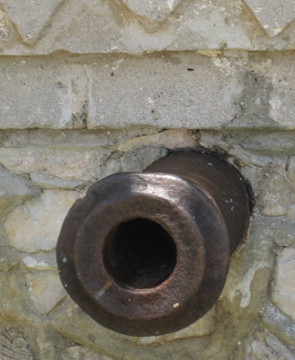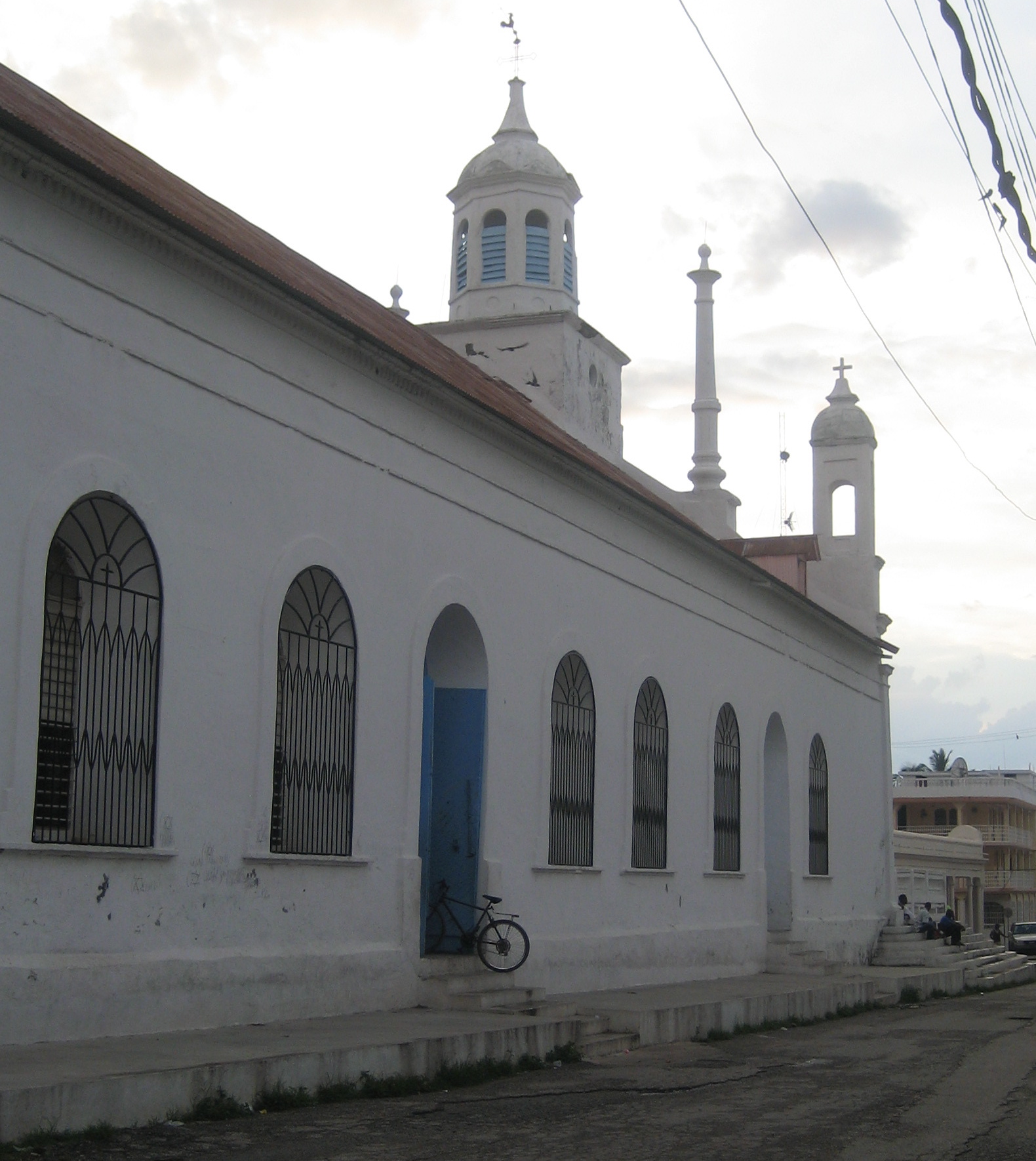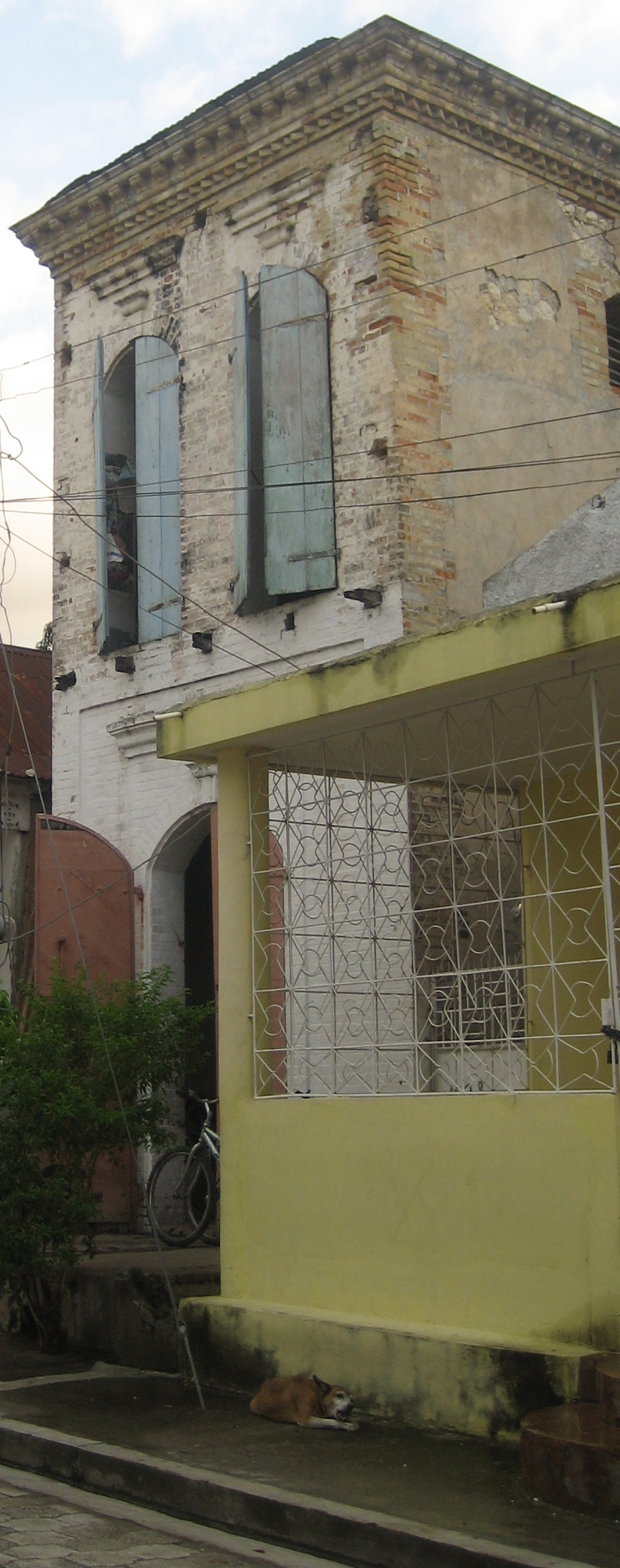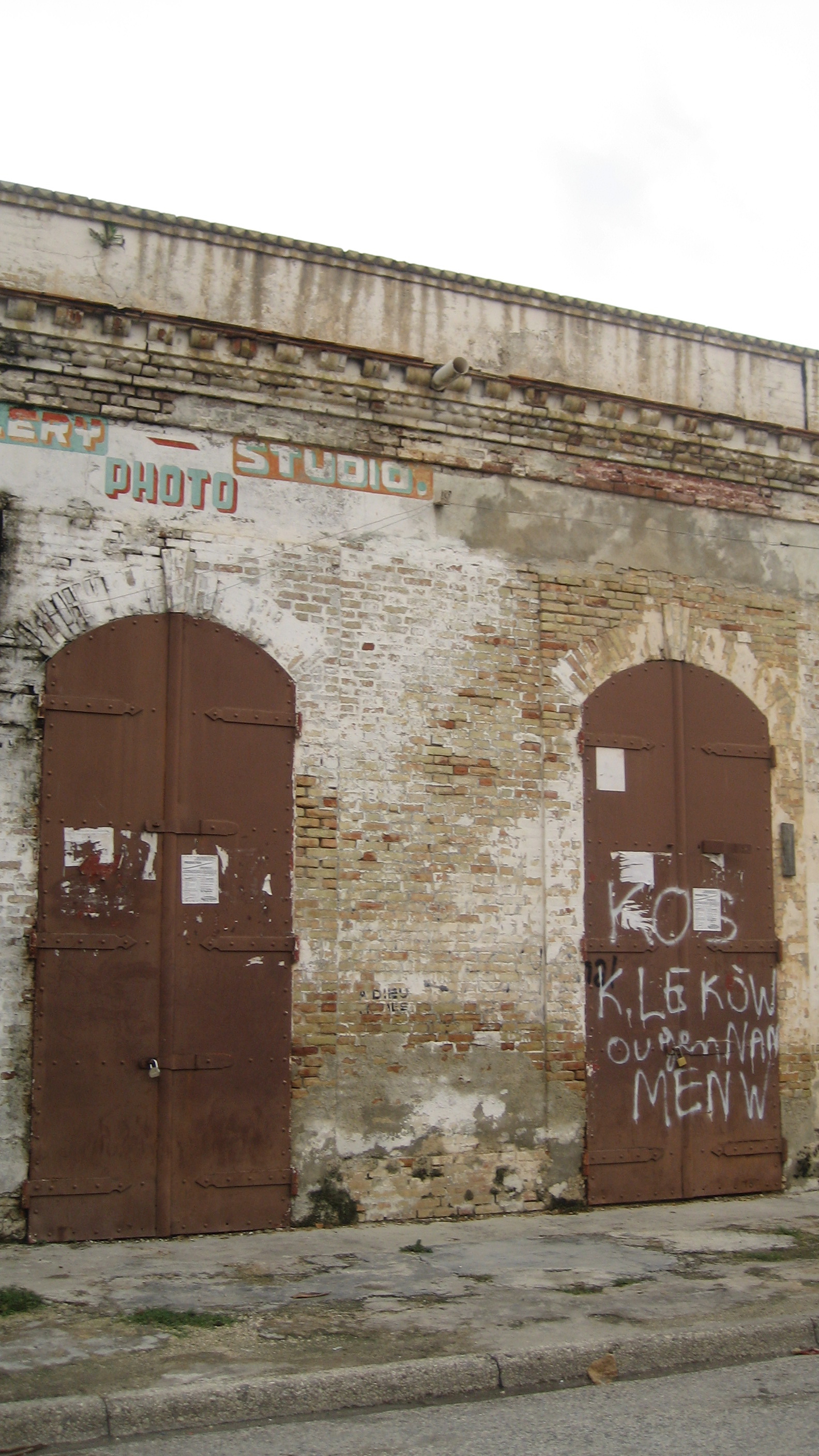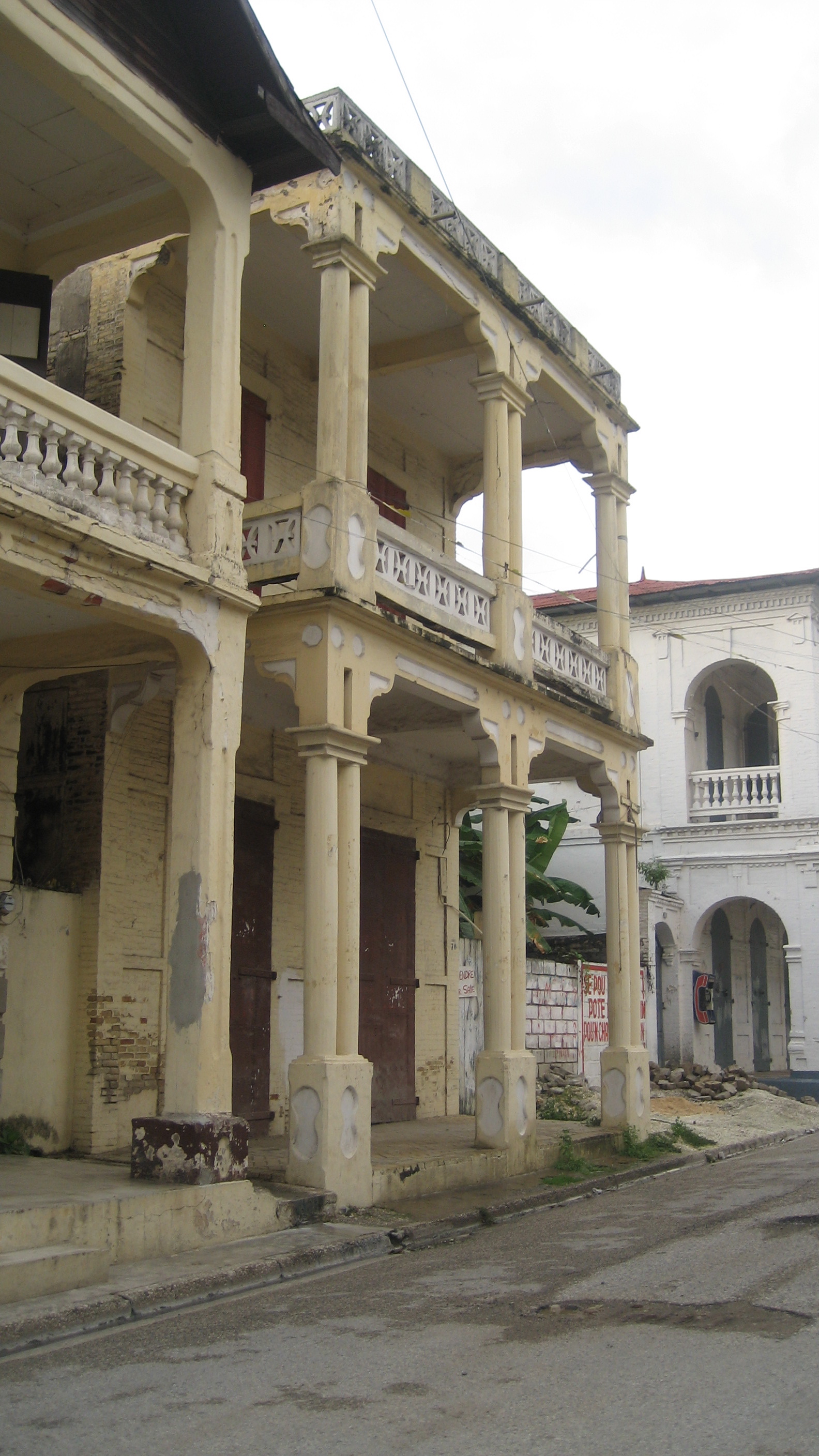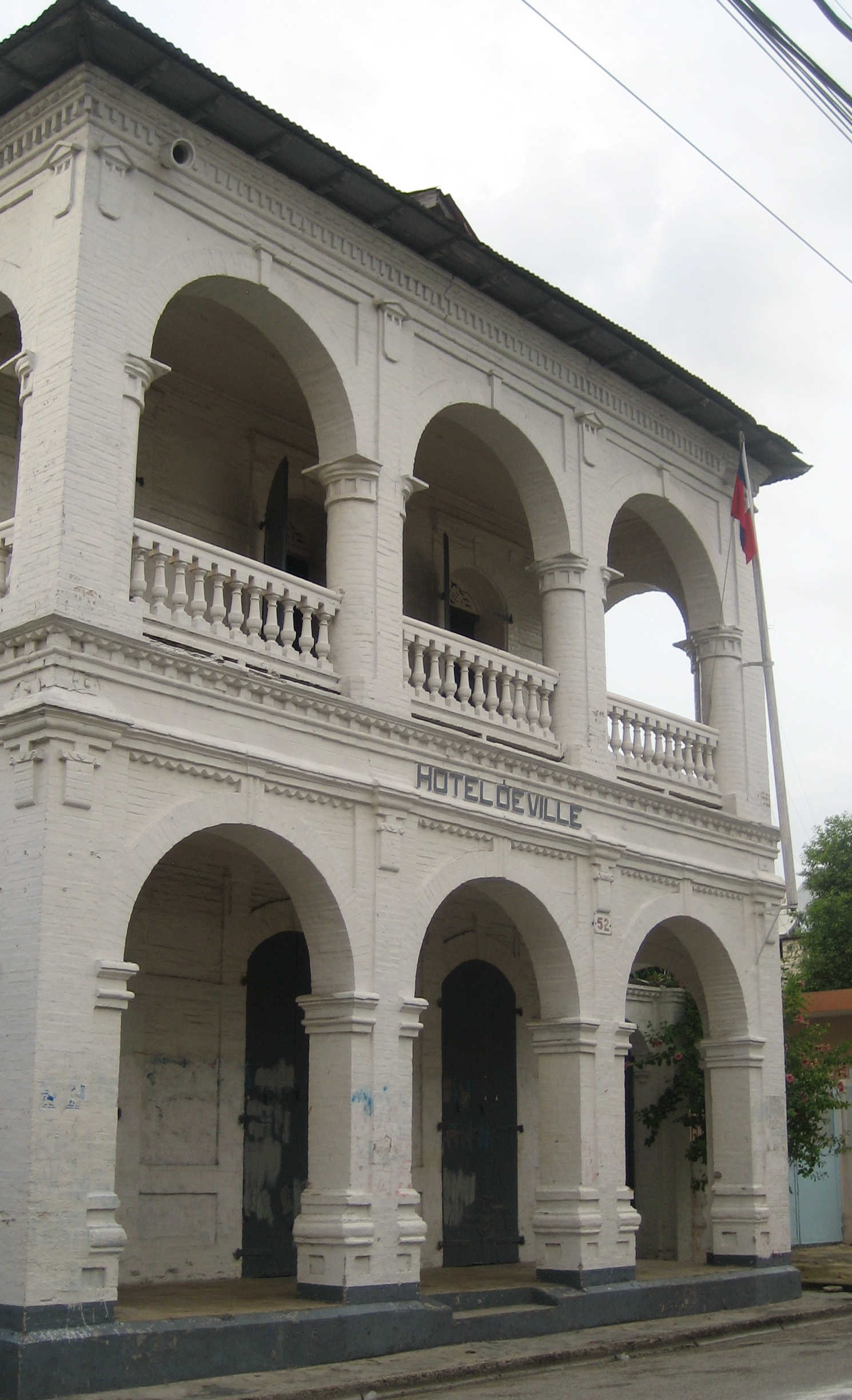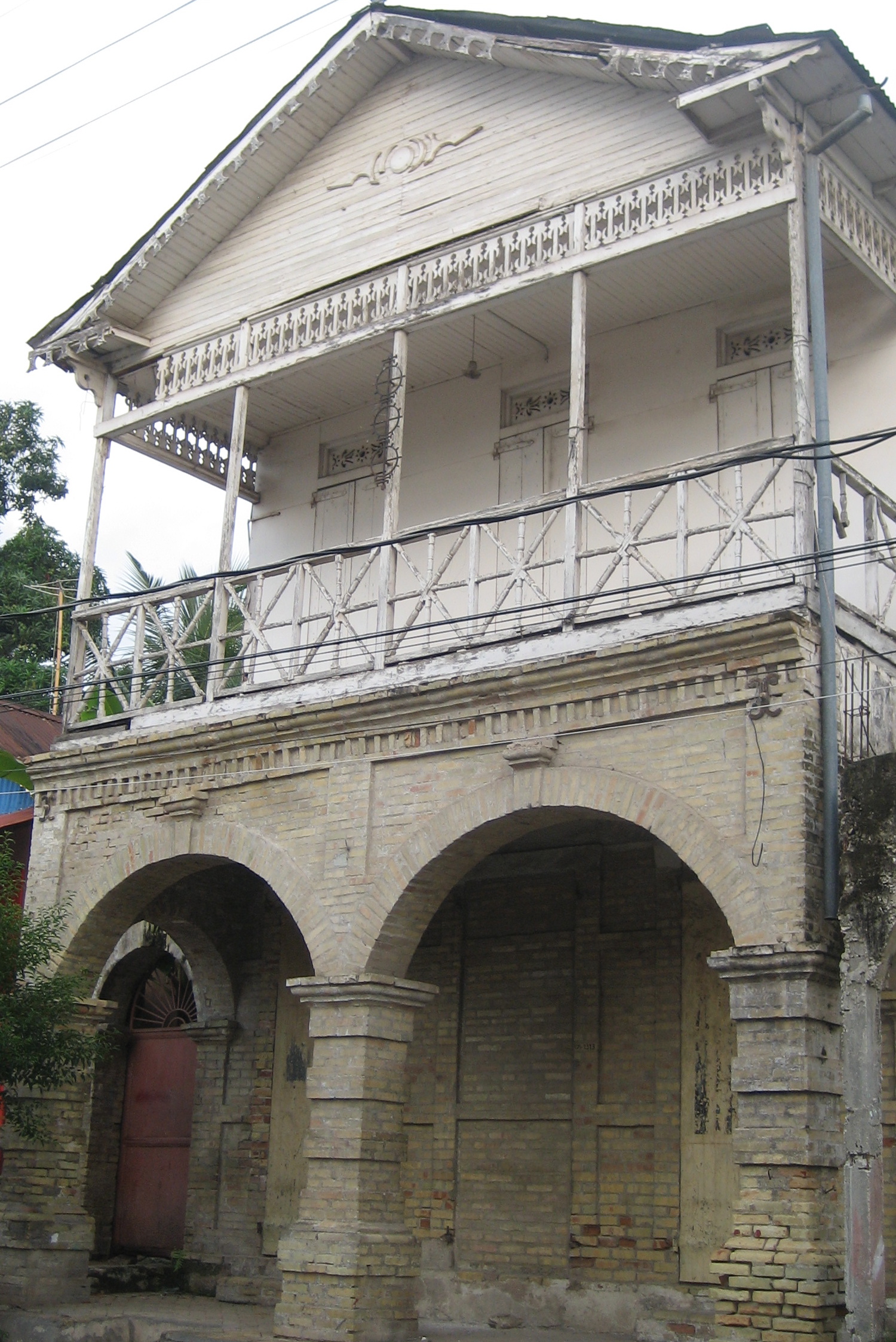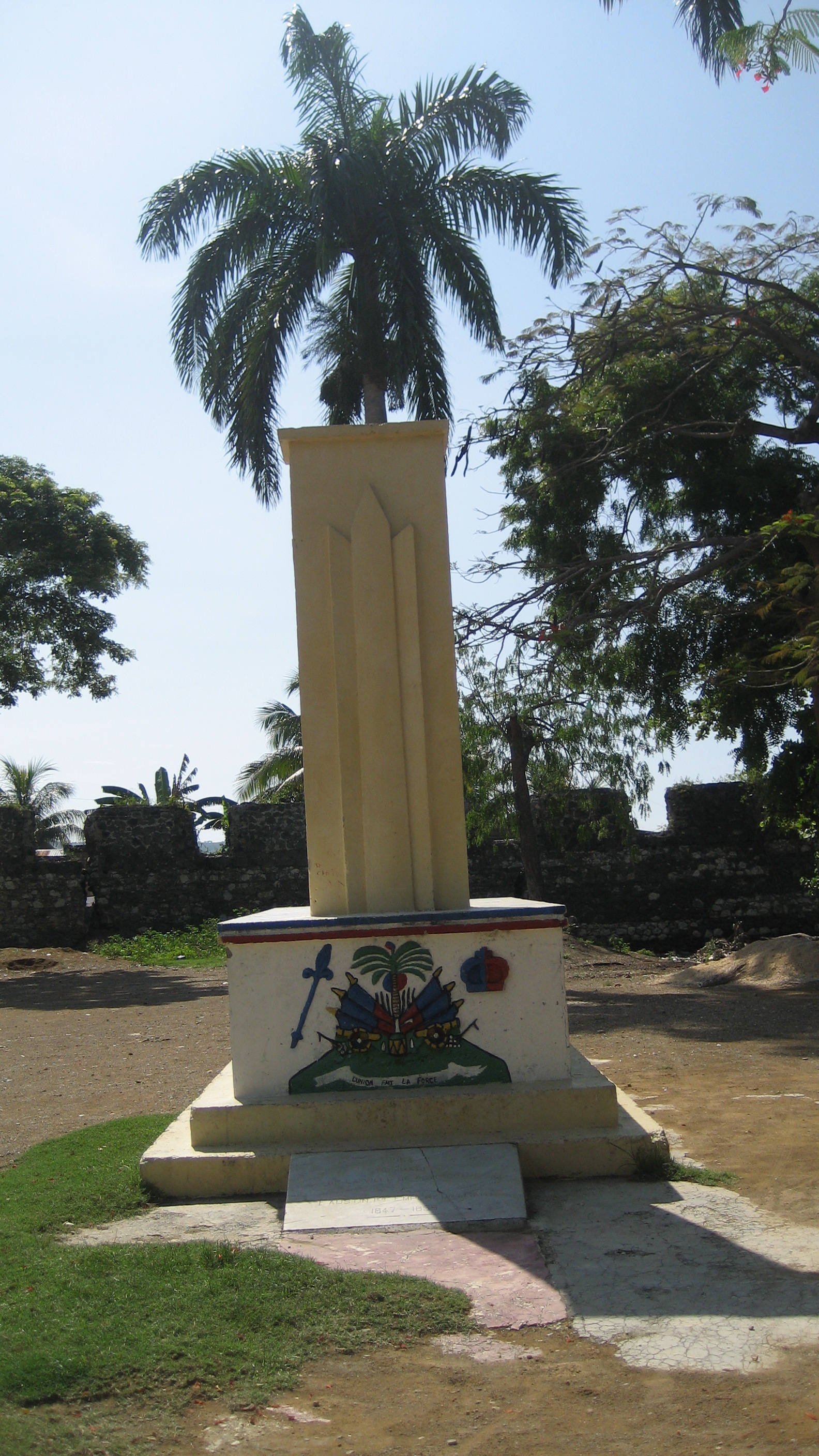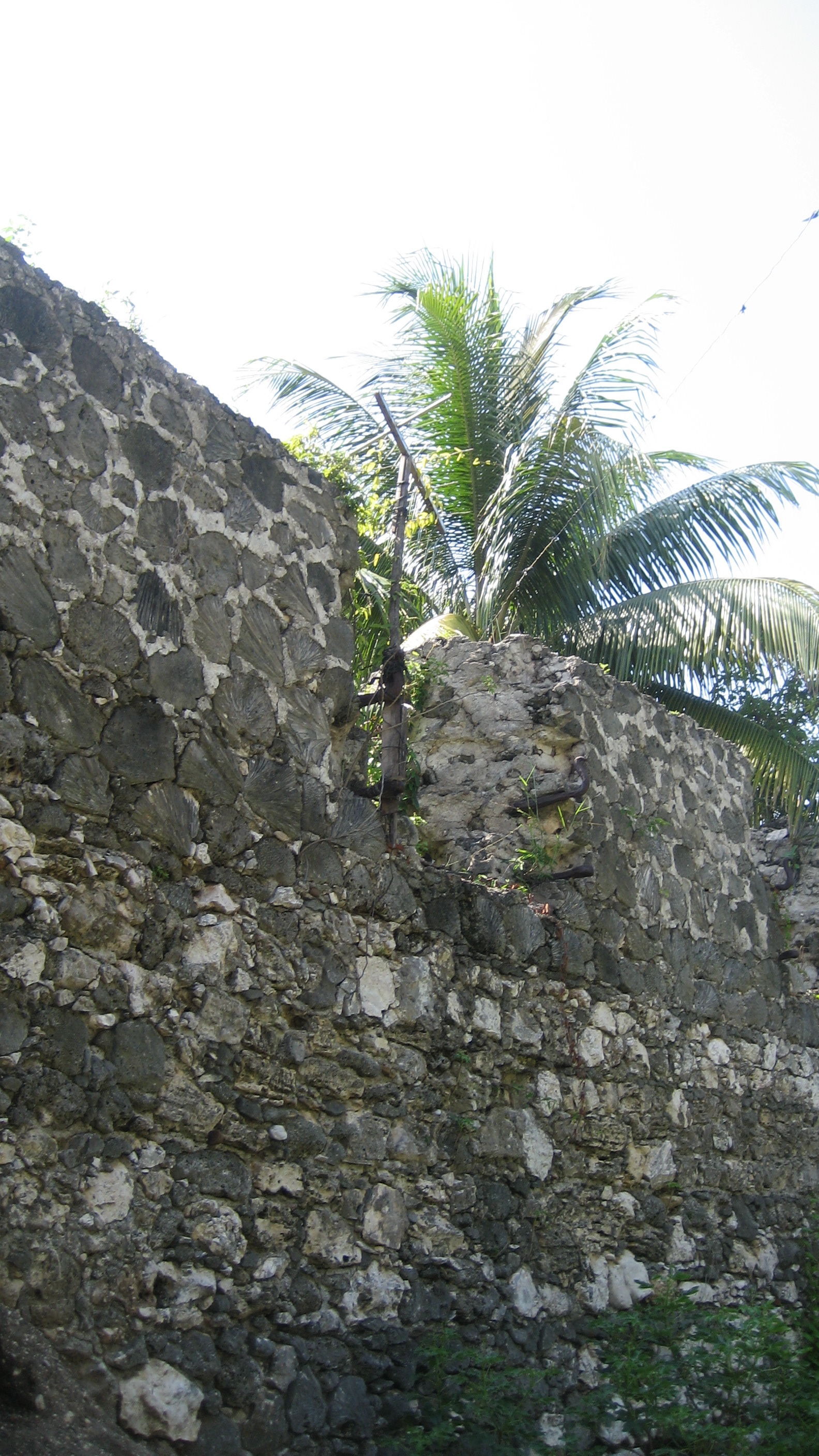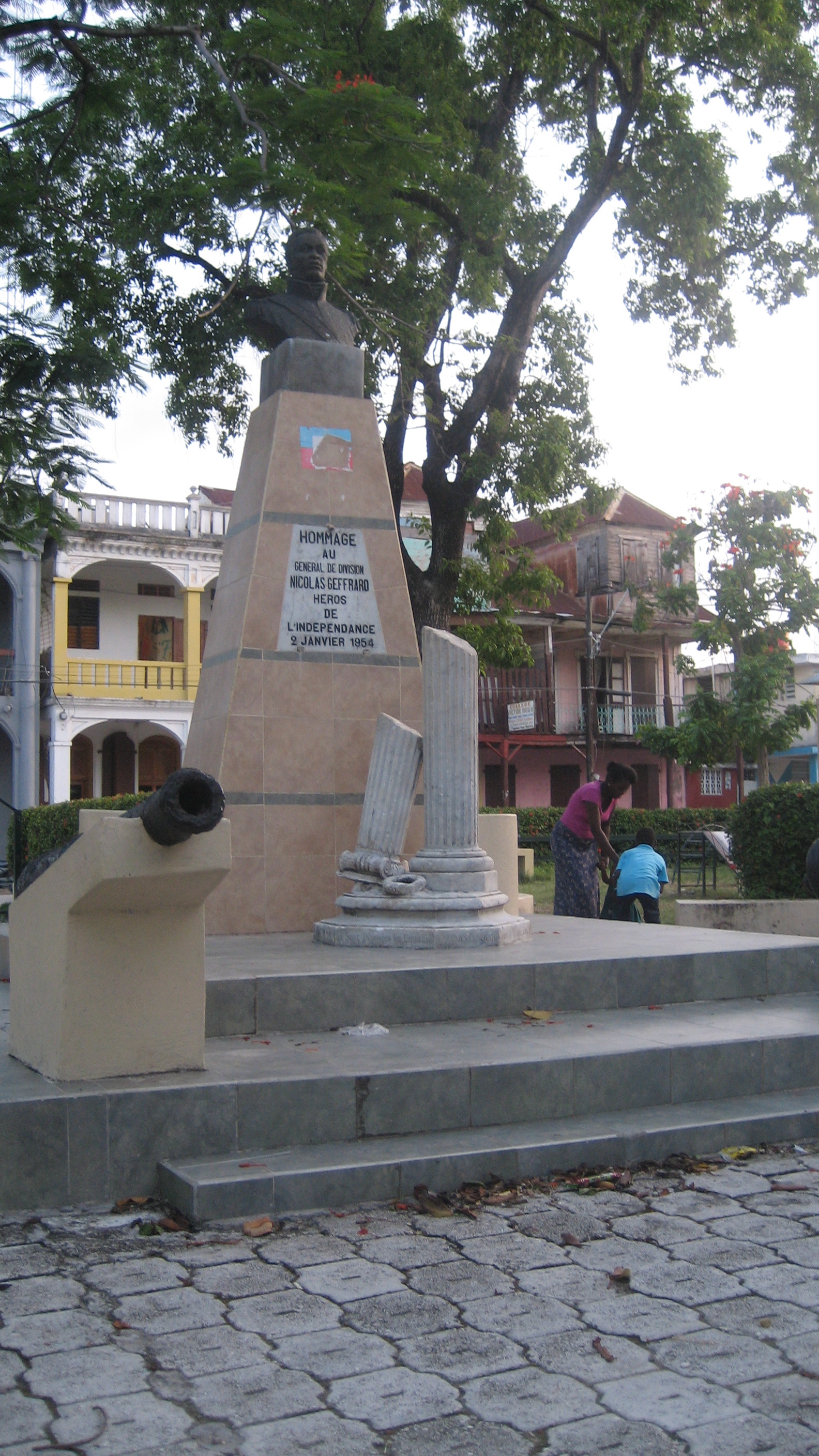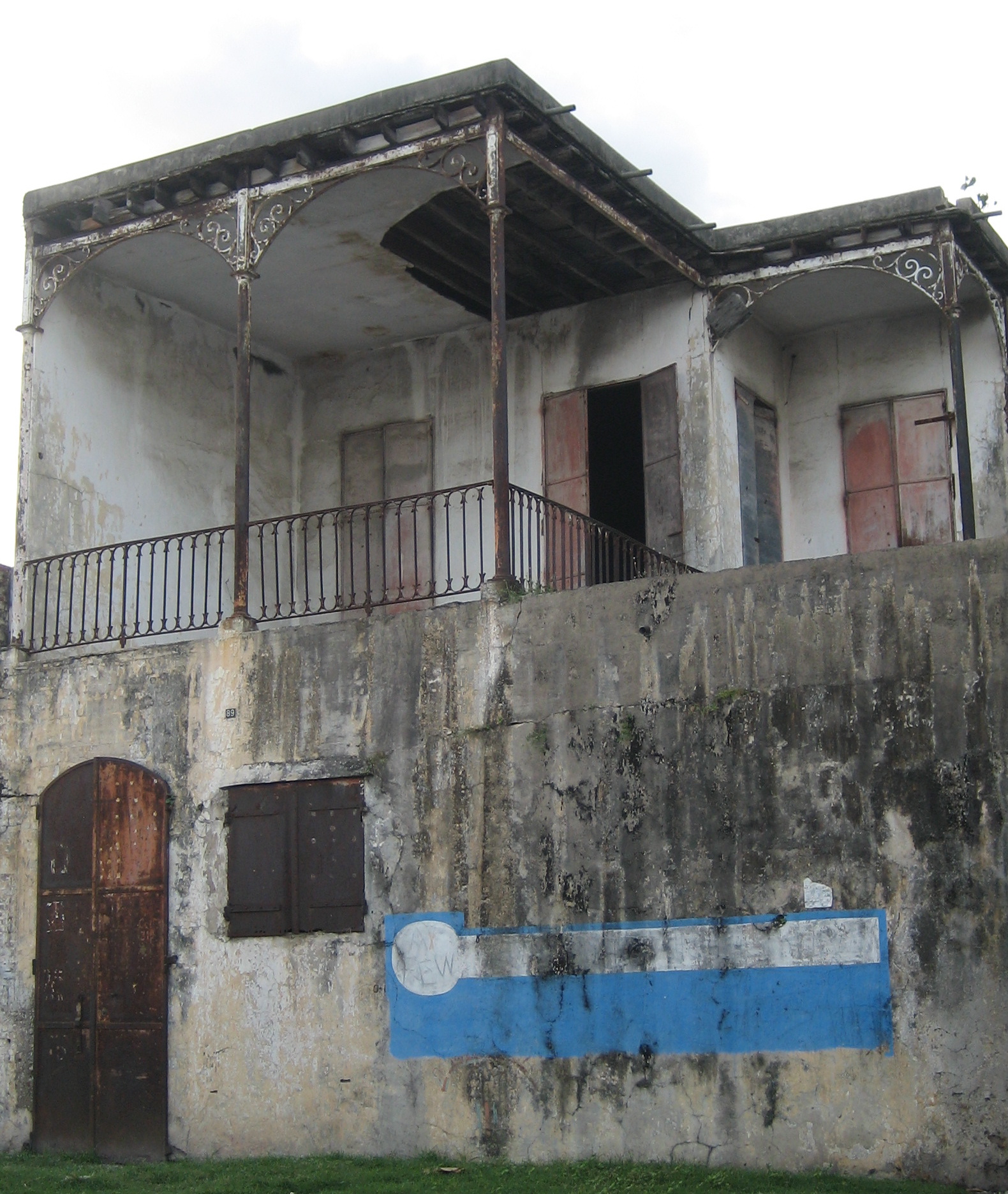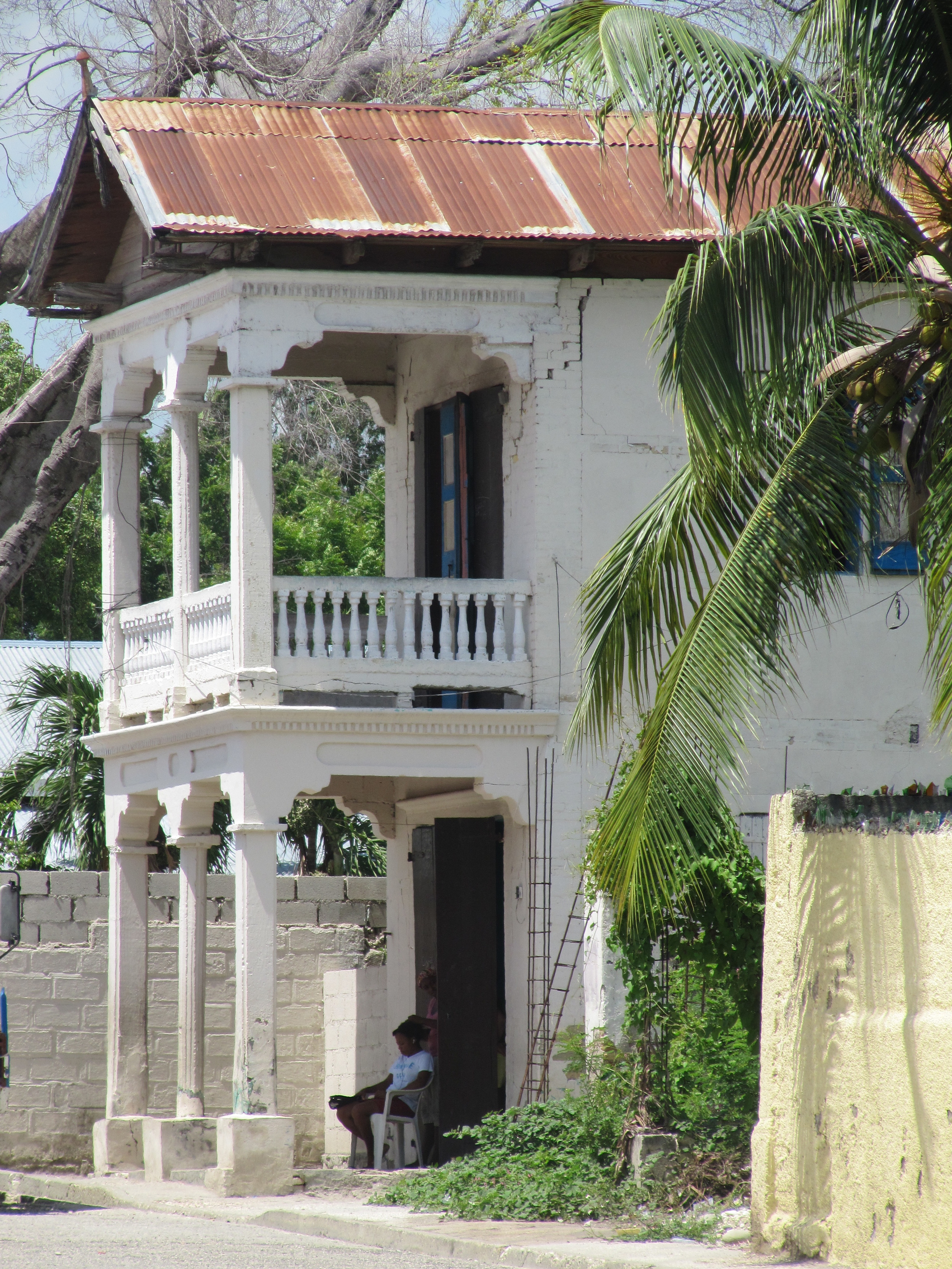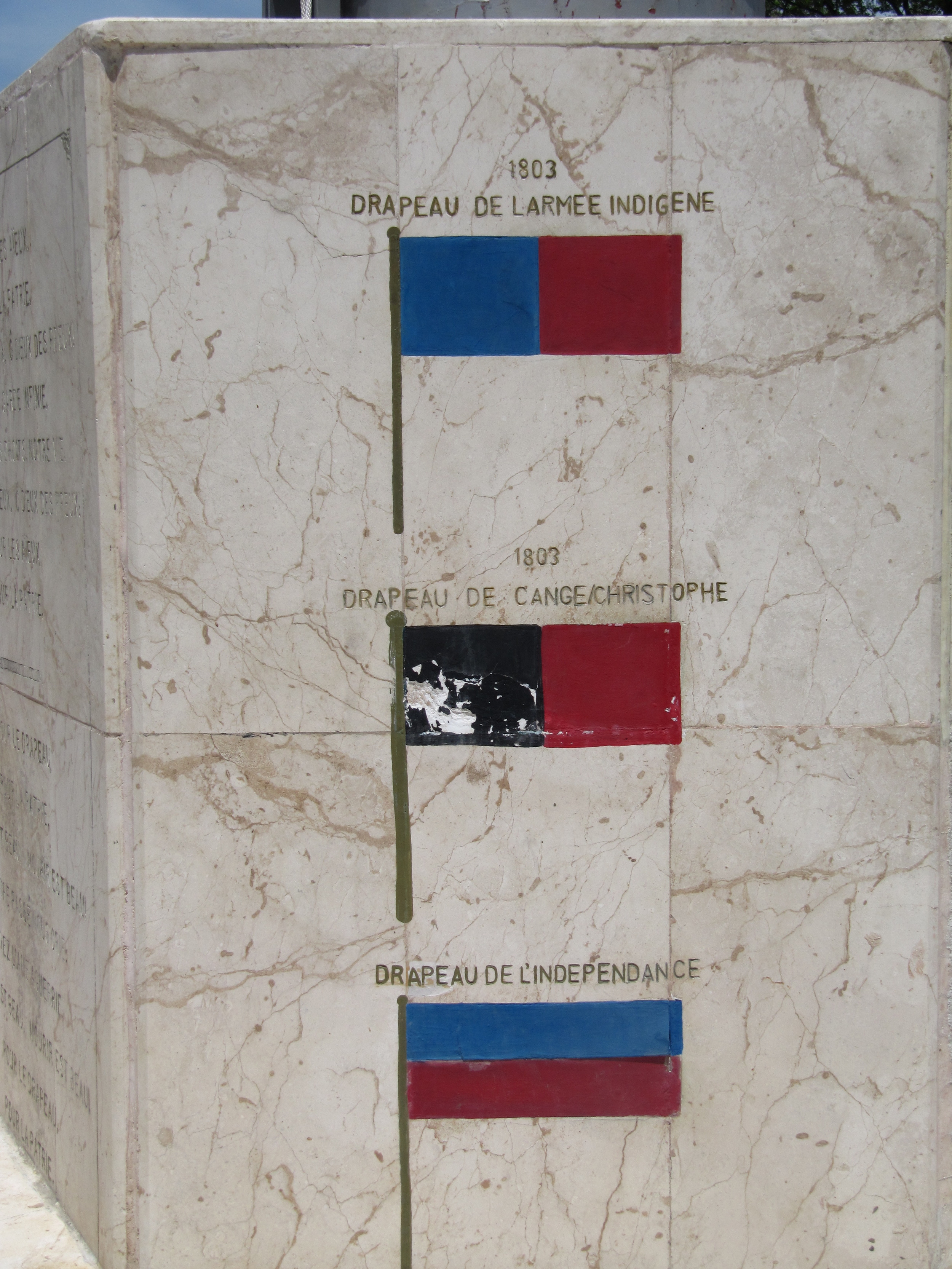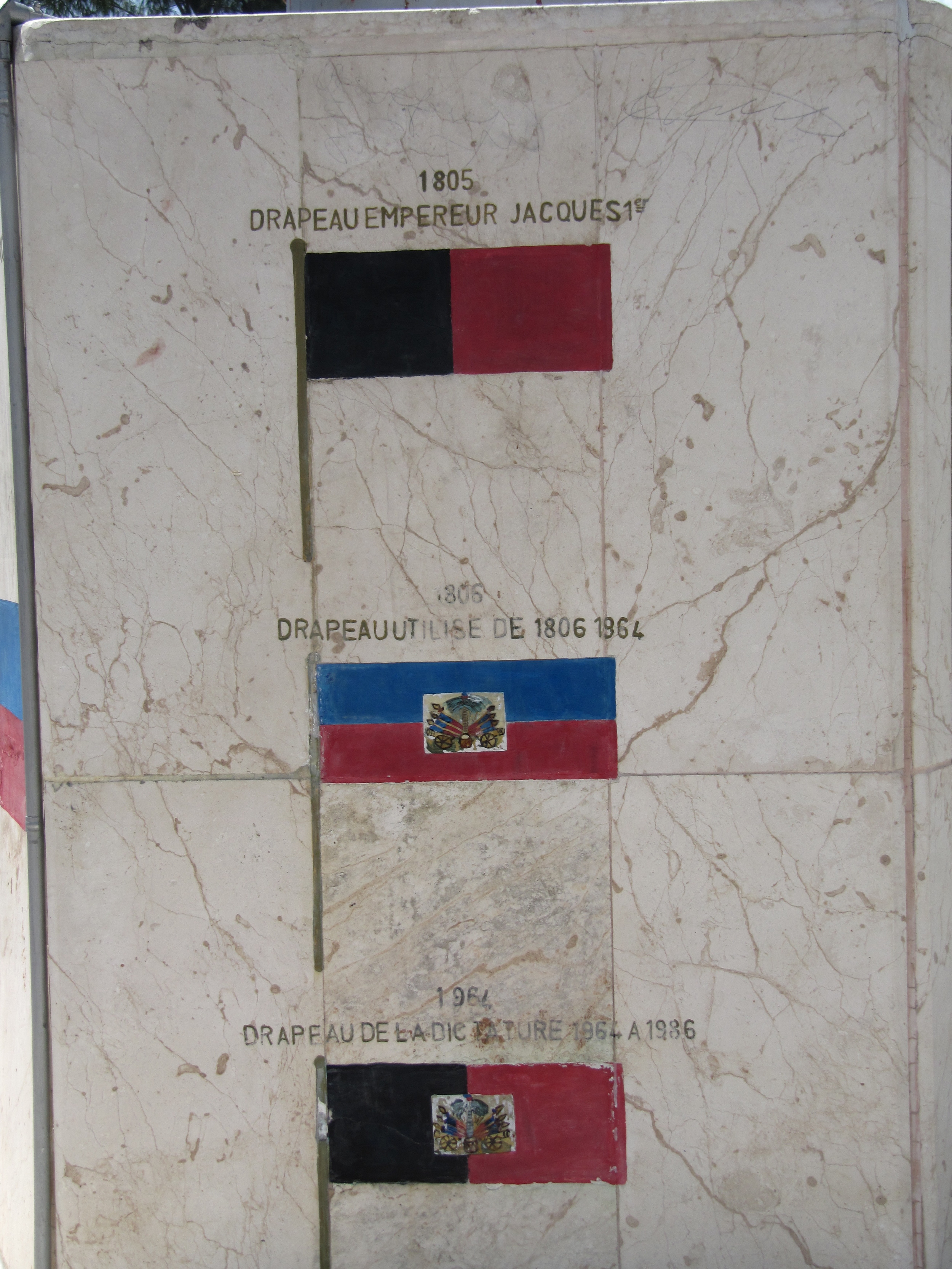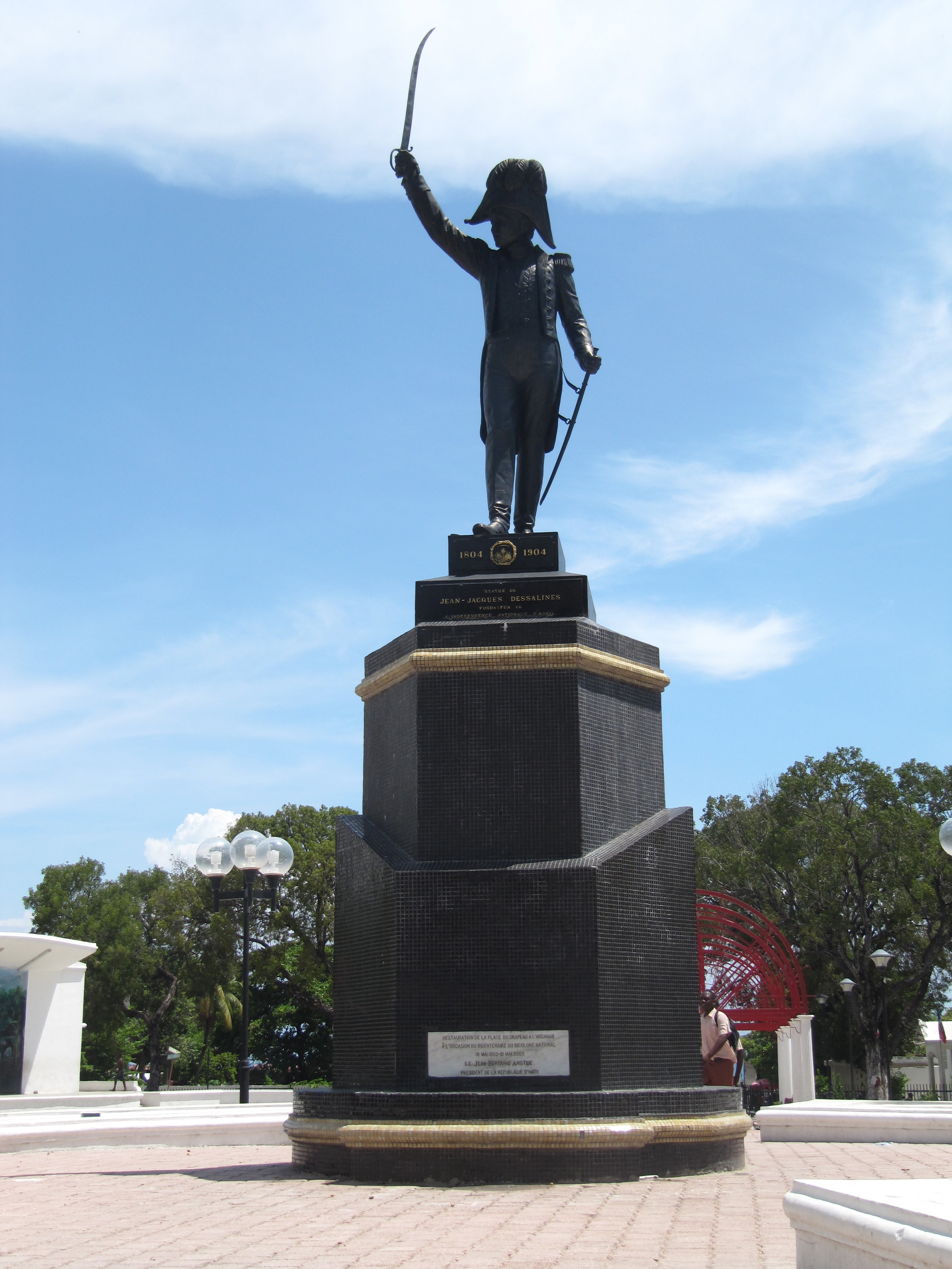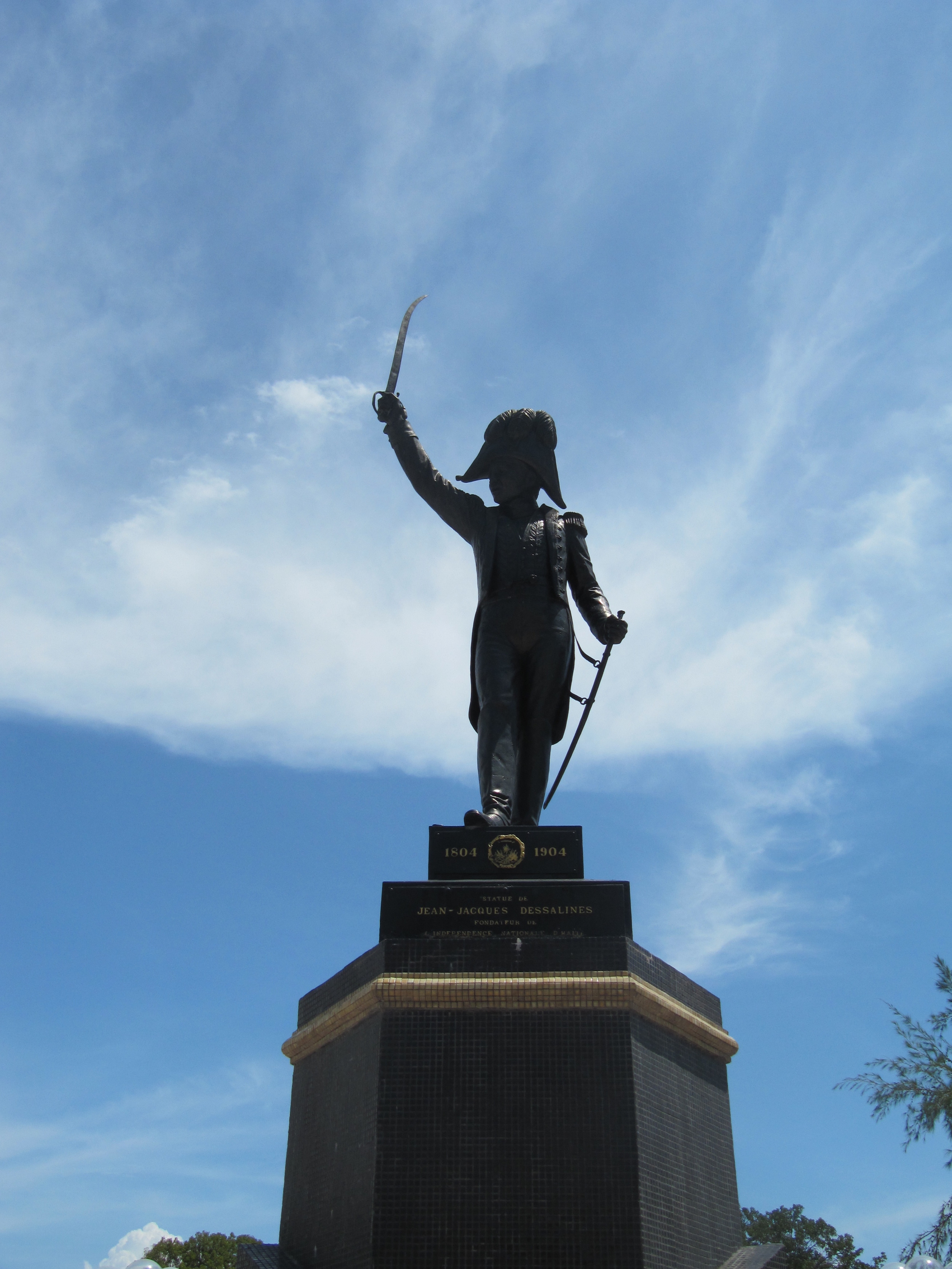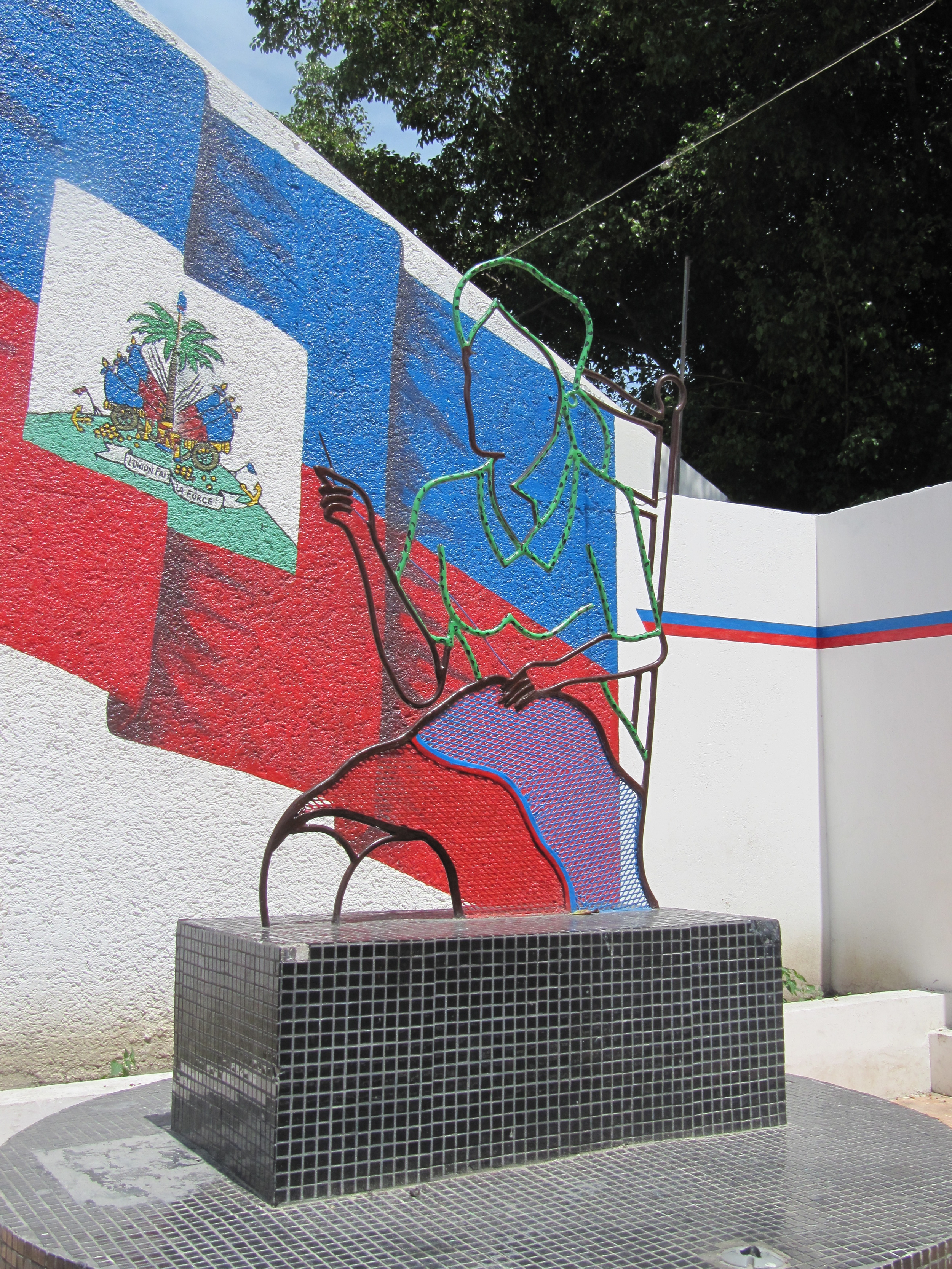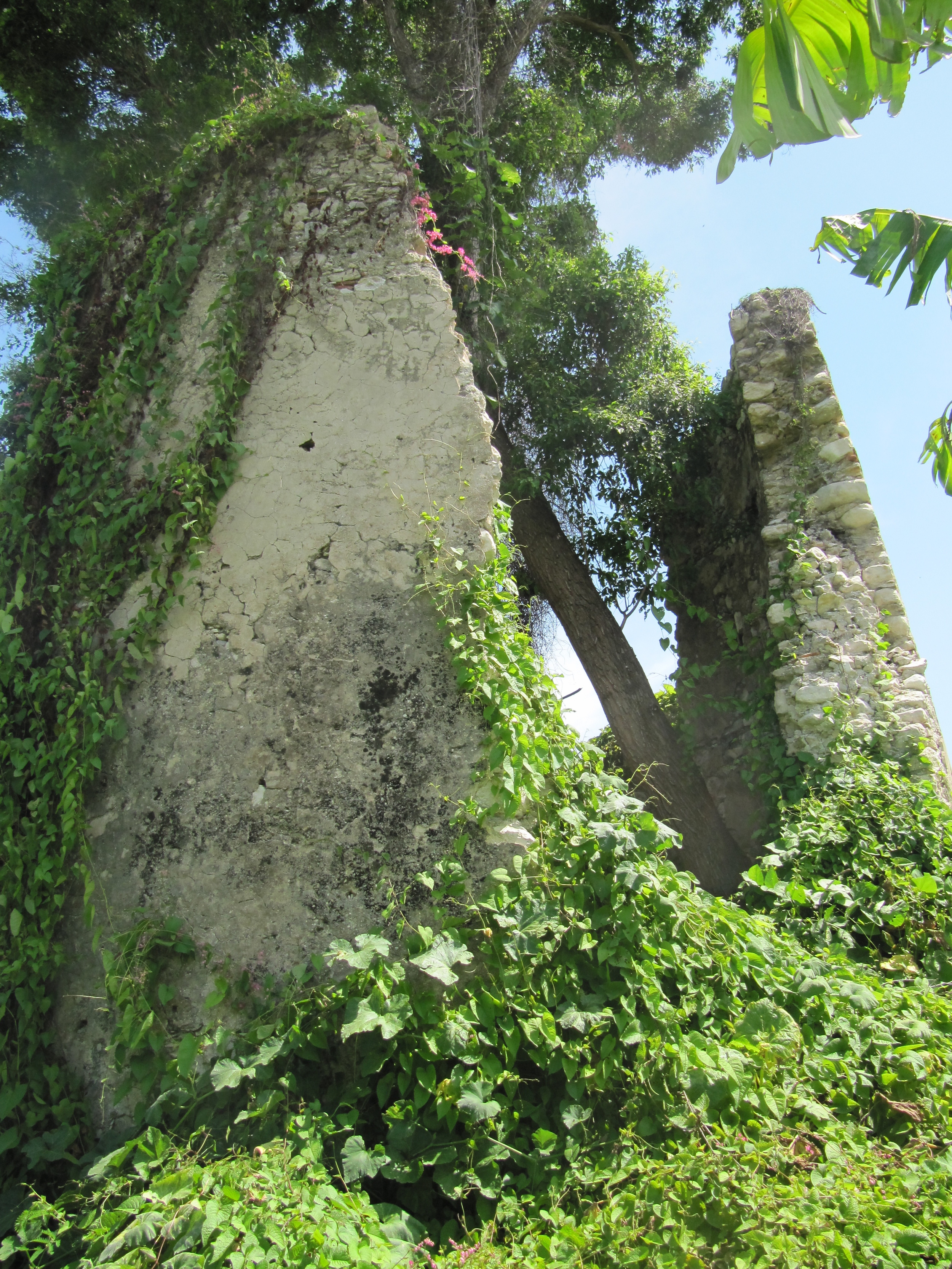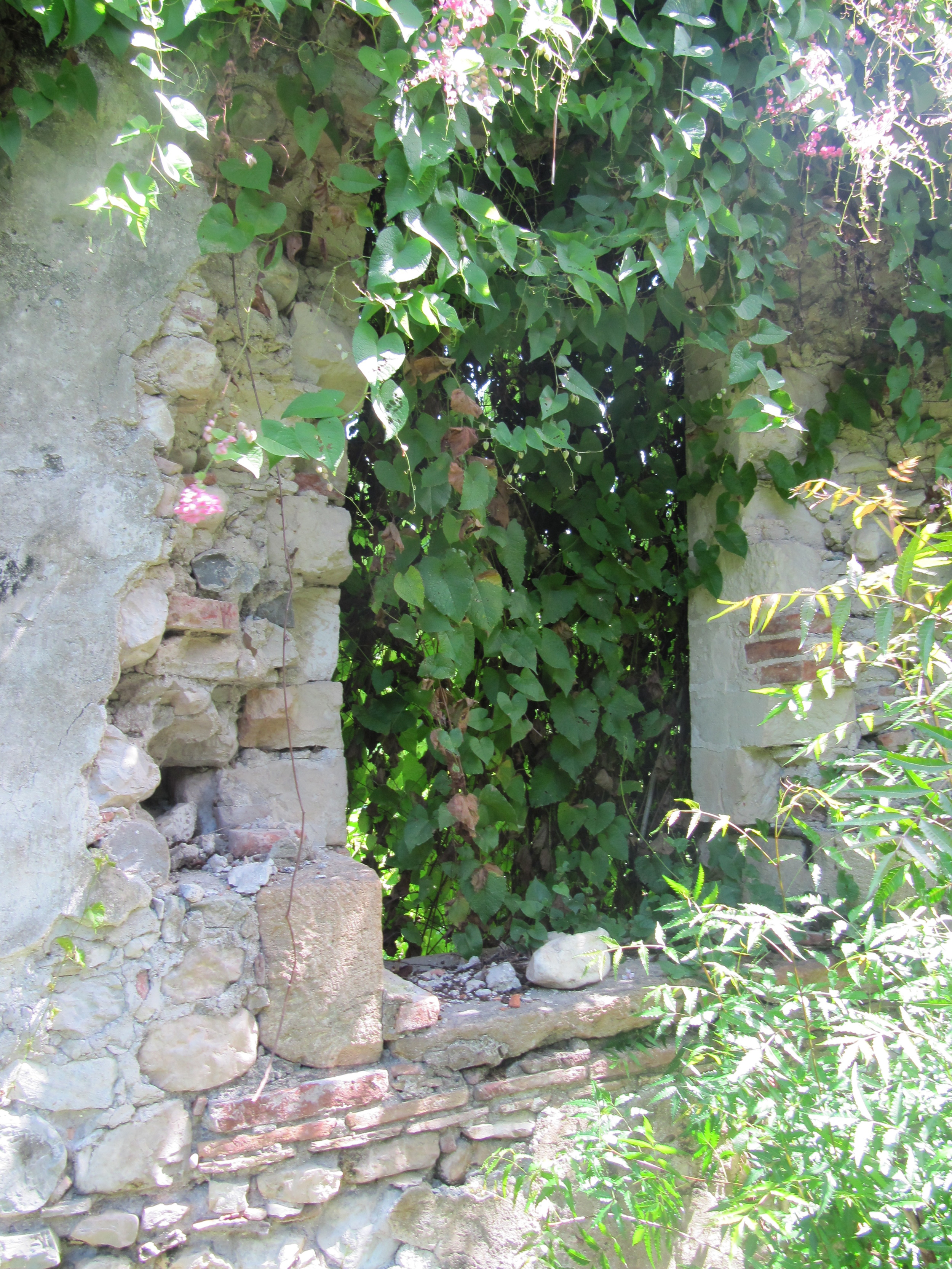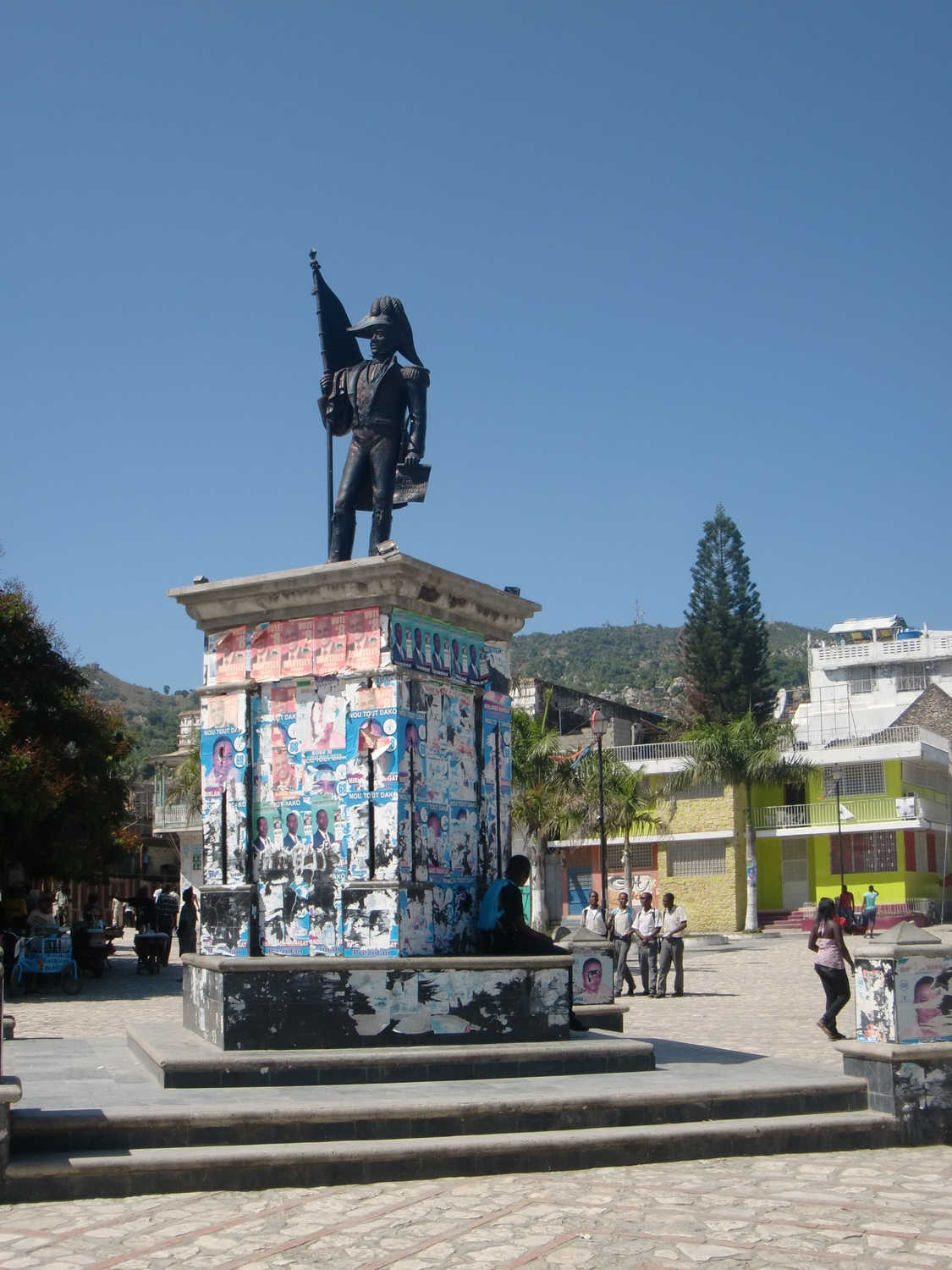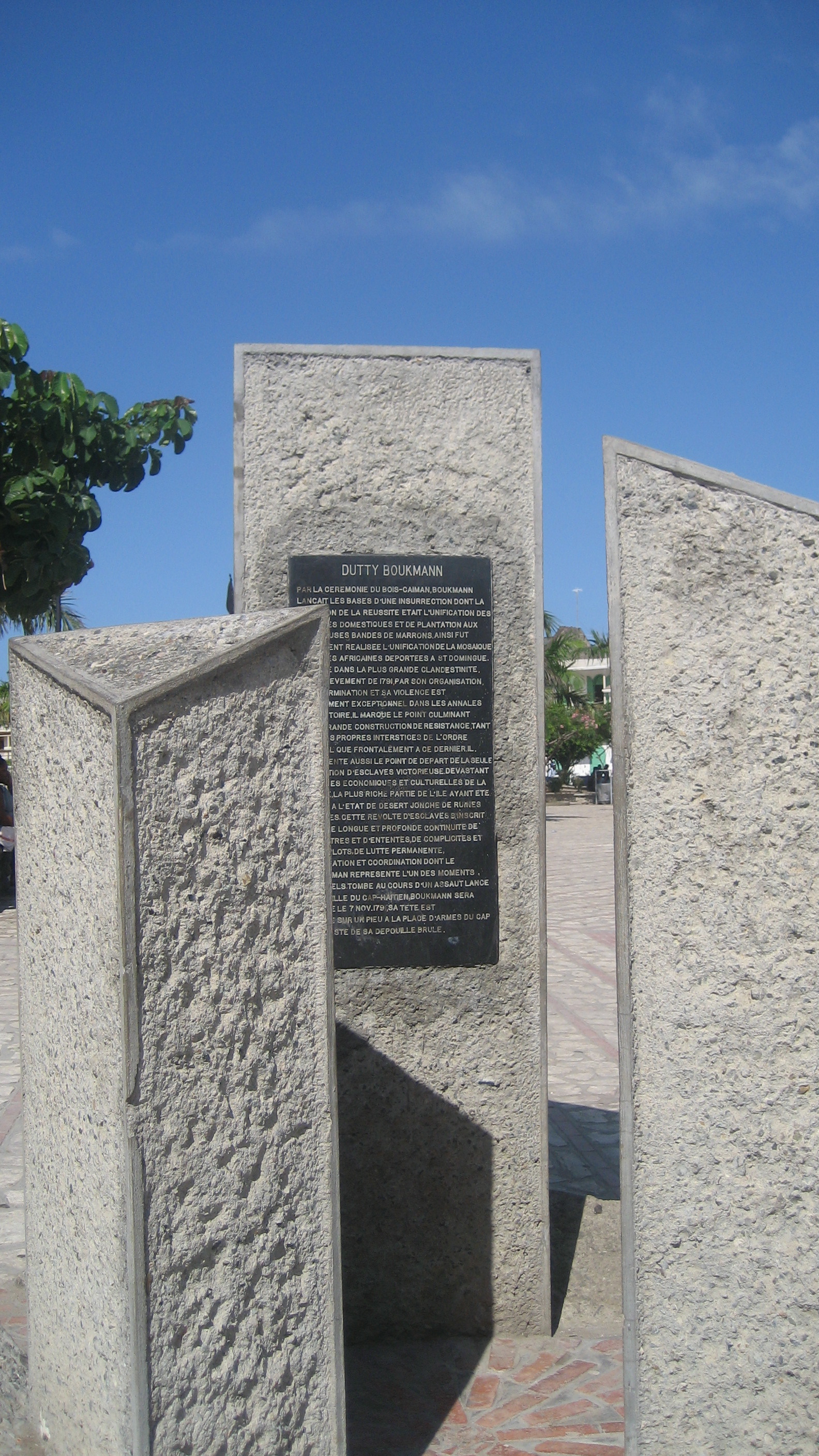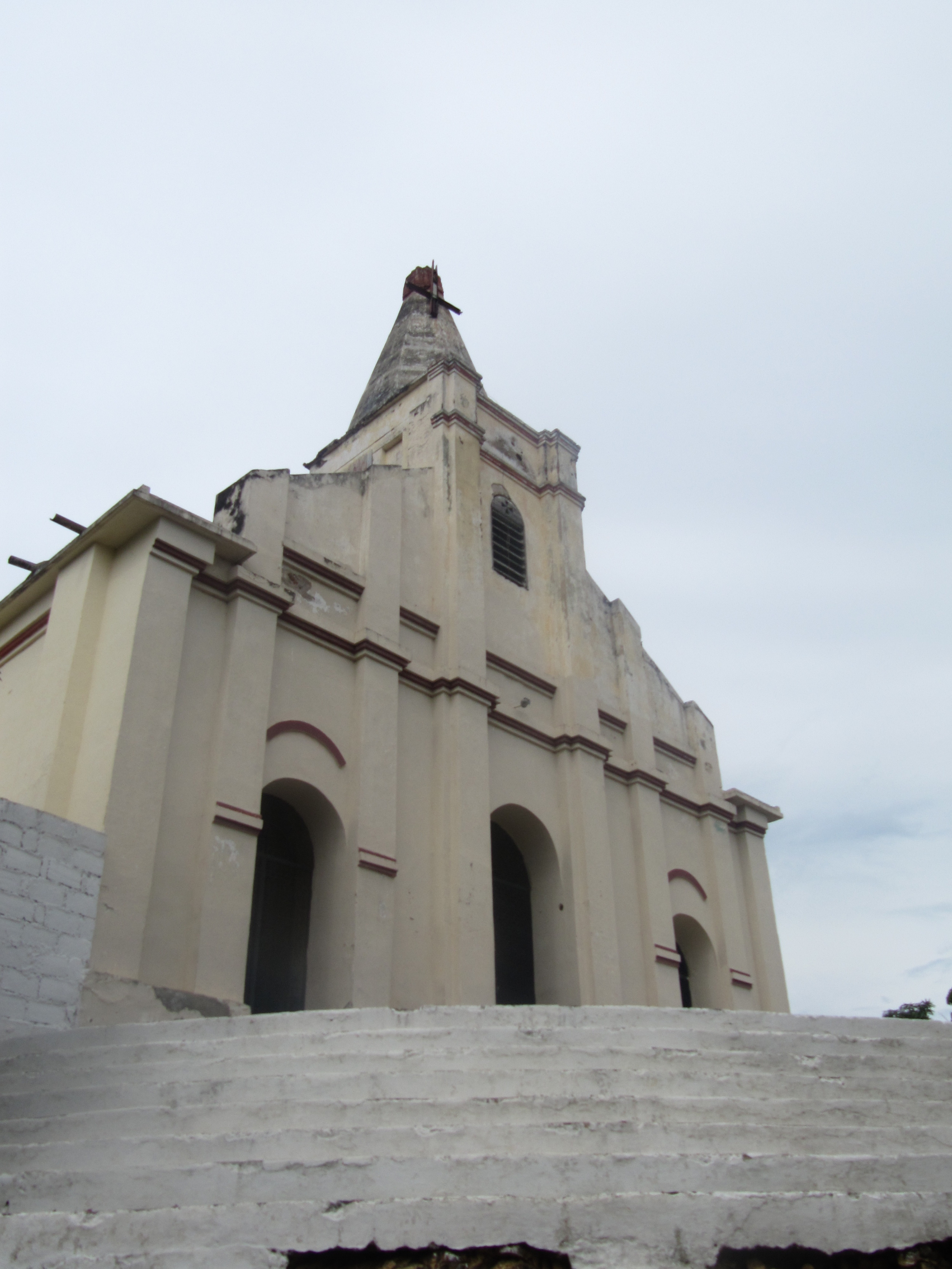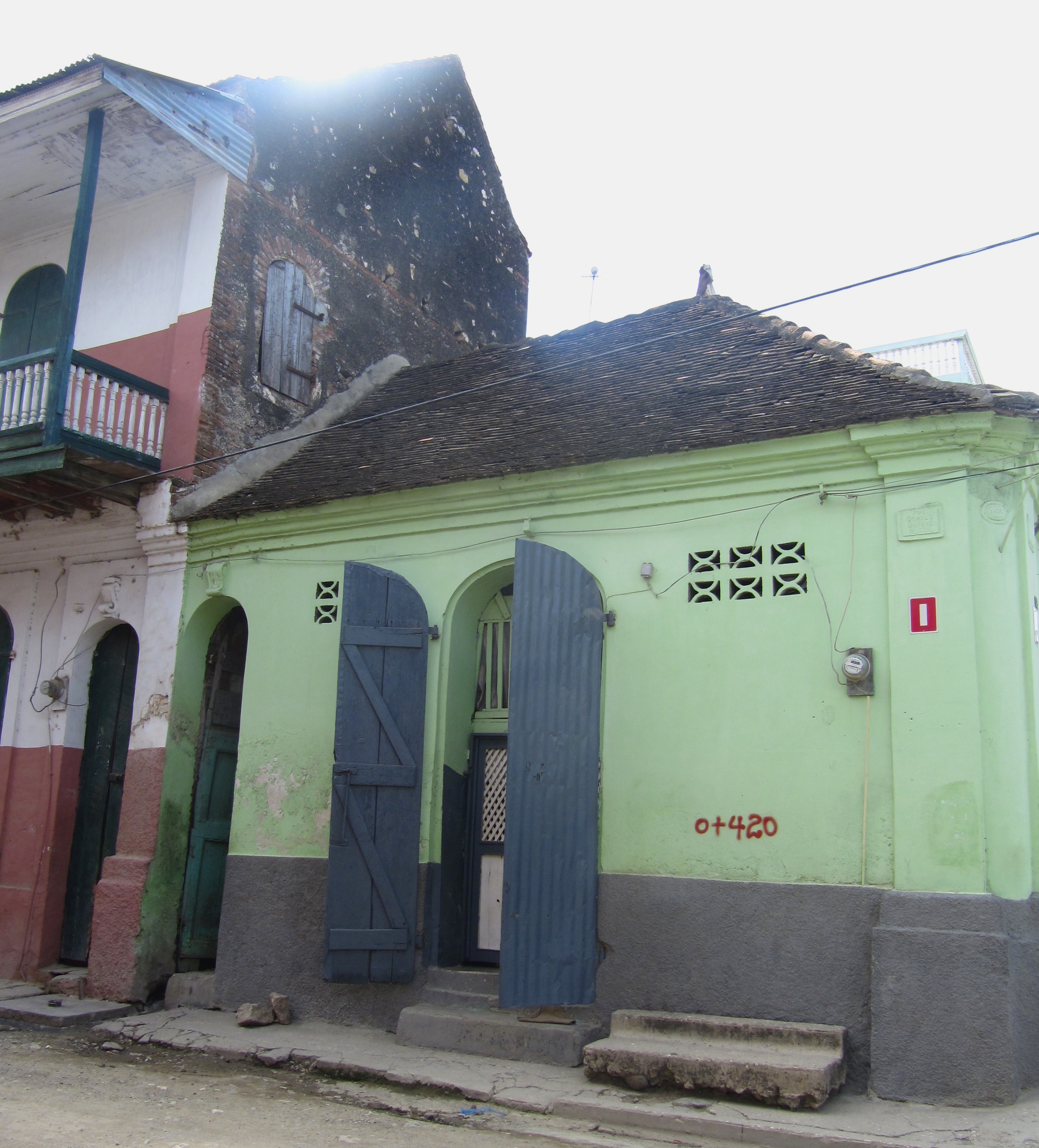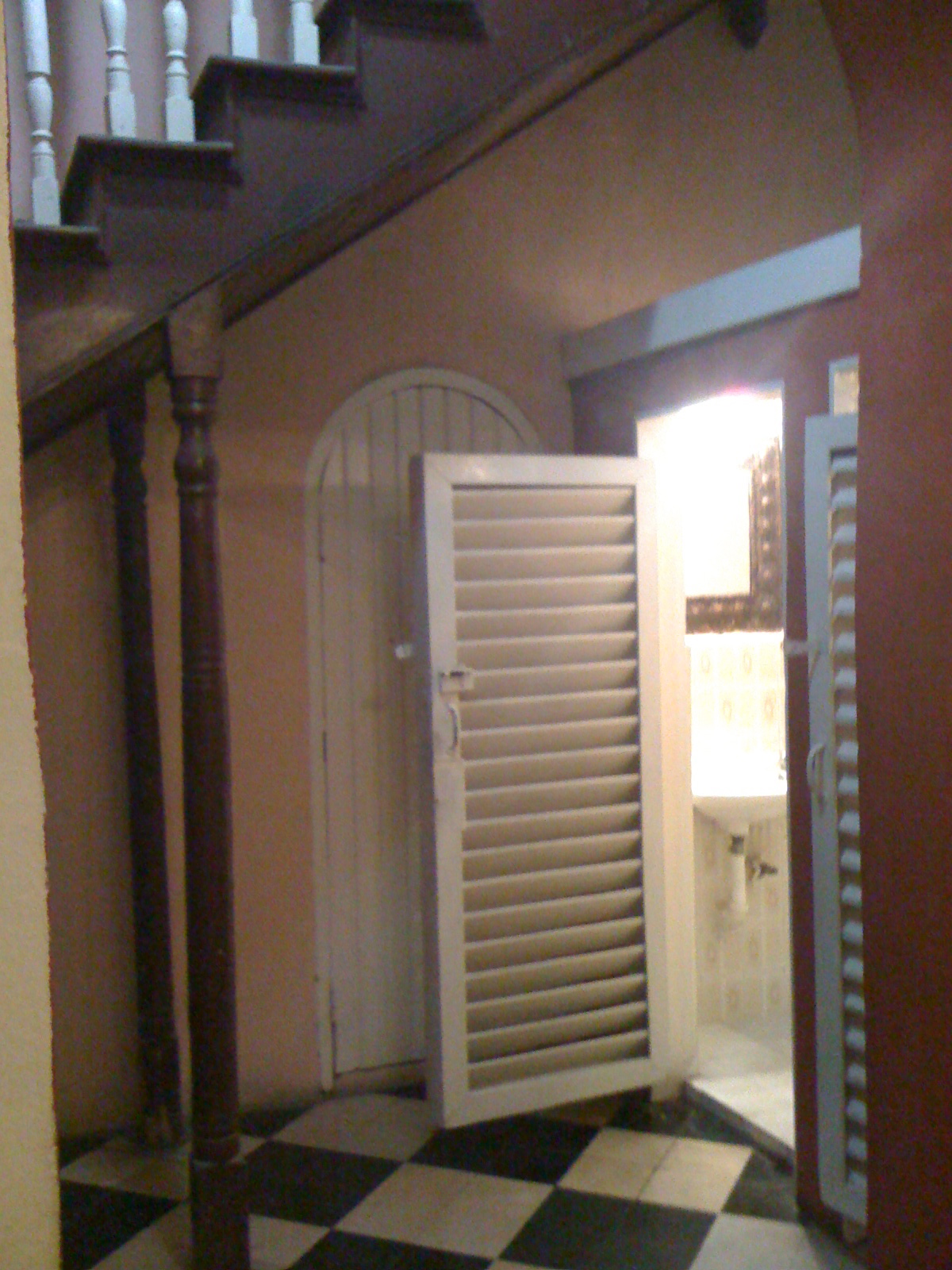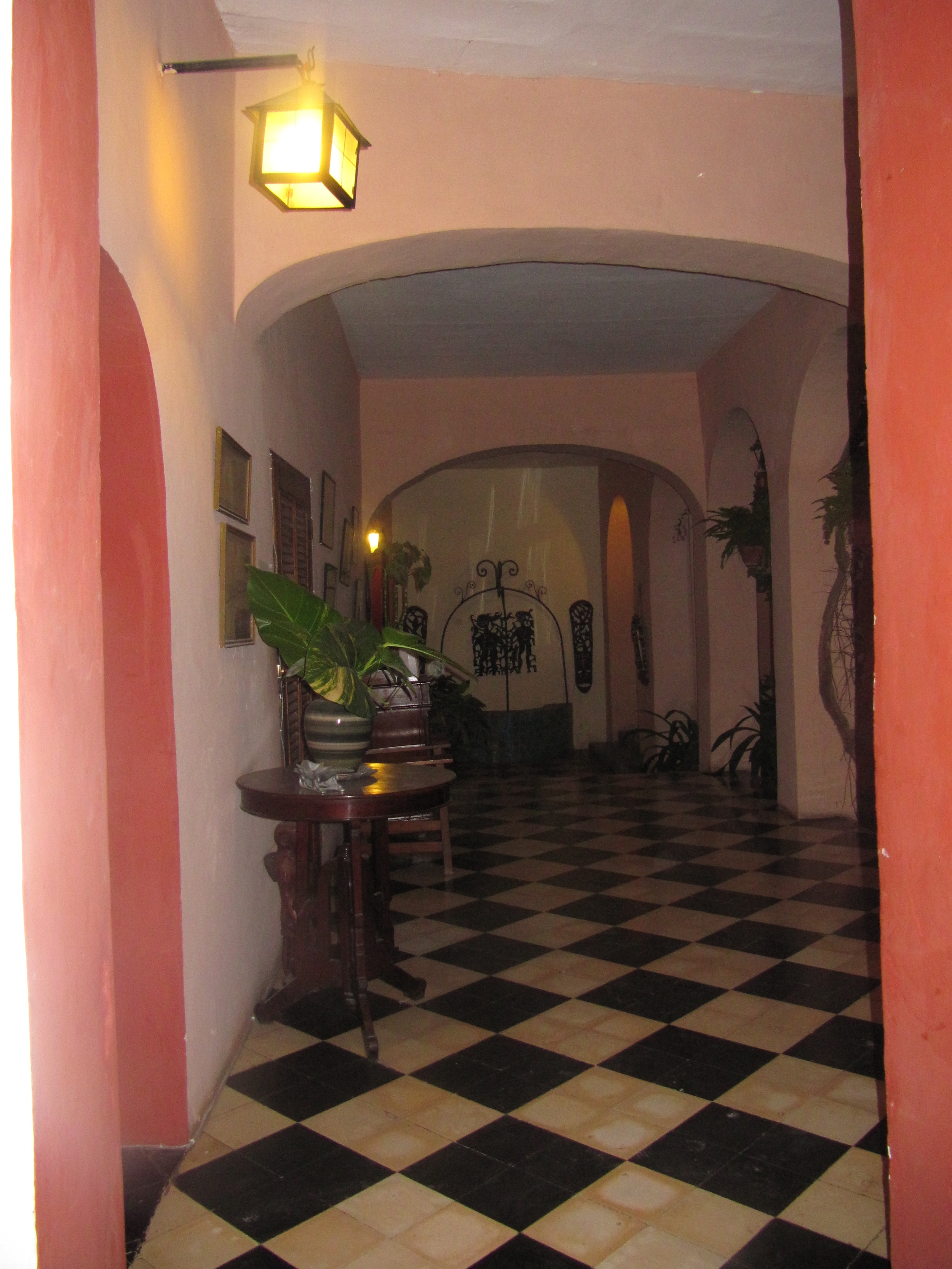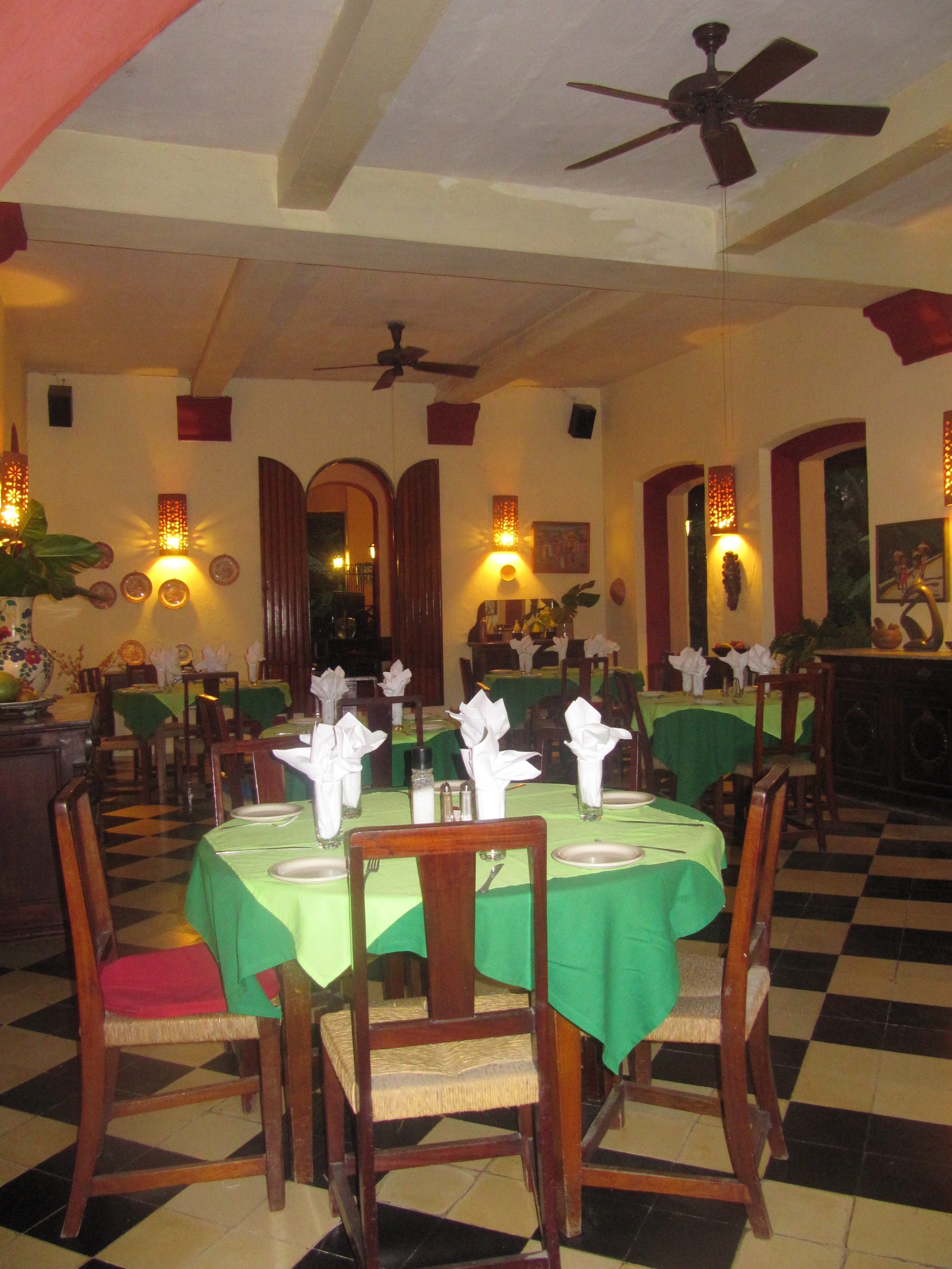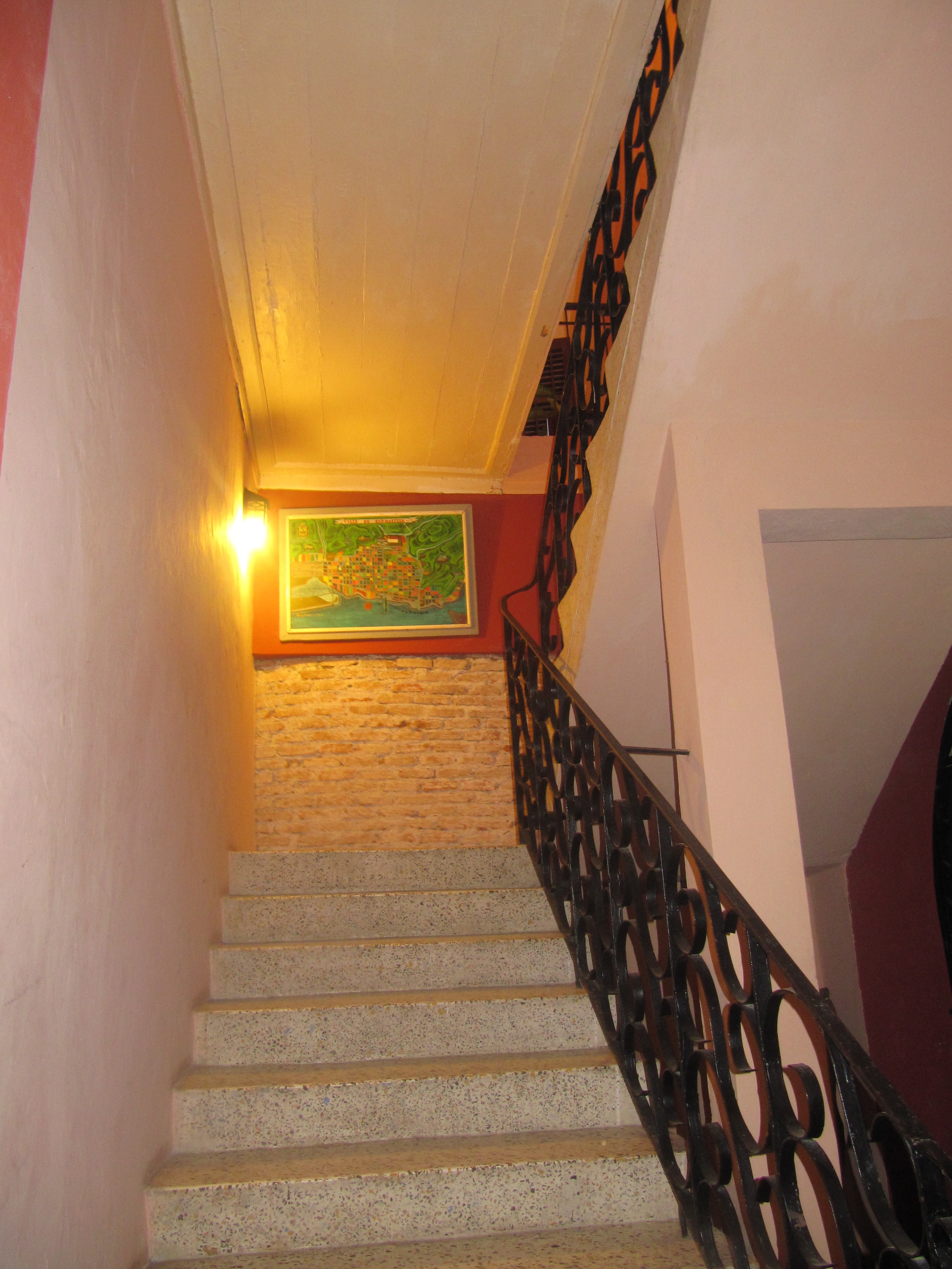ARCHITECTURE
These galleries focus on buildings within particular towns and cities (as opposed to plantations and fortifications). Please submit more of interest or help me identify significant buildings. See Sites/Photos needed for a list of sites I'm looking for.
Jacmel general (South-east)
Most of these photos are from 2007; all are pre-earthquake. Highlights include: Bassin Bleu, Hotel Florita, Palais de Justice, and Manoir Alexandra. This famous hotel, now closed, was named Hotel Hadriana, until the connections with Dépestre’s novel Hadriana dans tous mes rêves forced the owners to change the name. Buildings are identified where possible.
















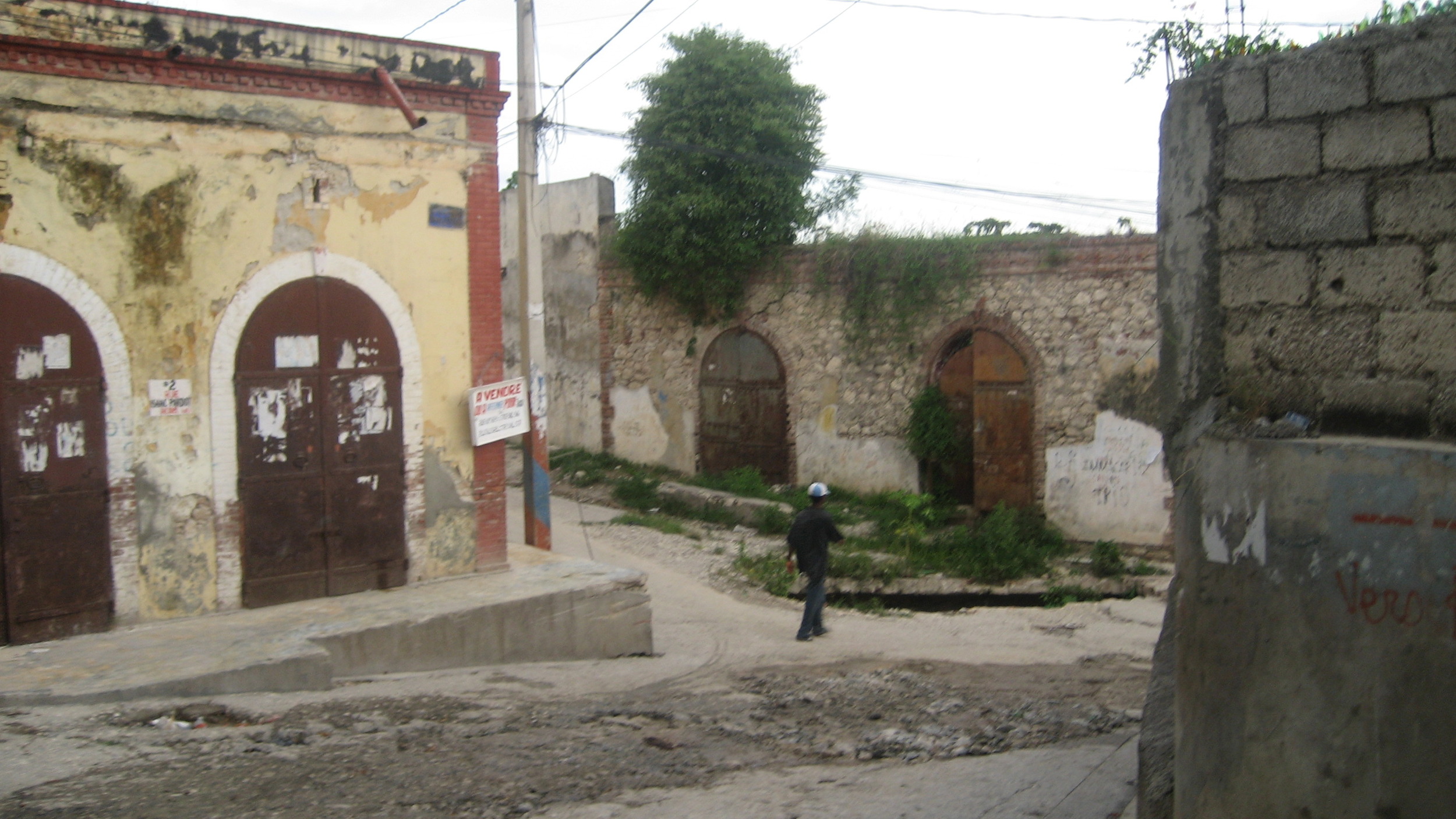
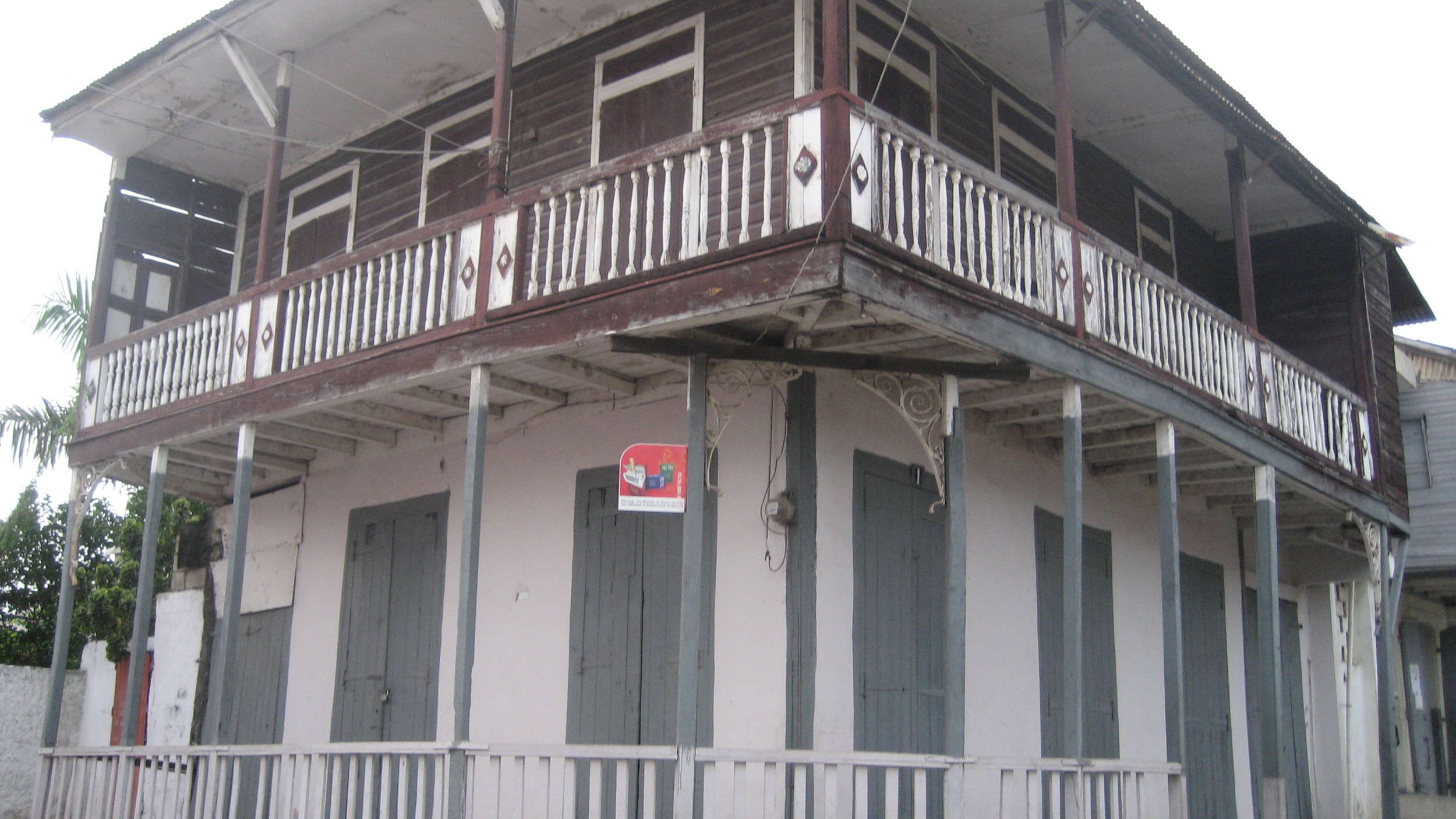
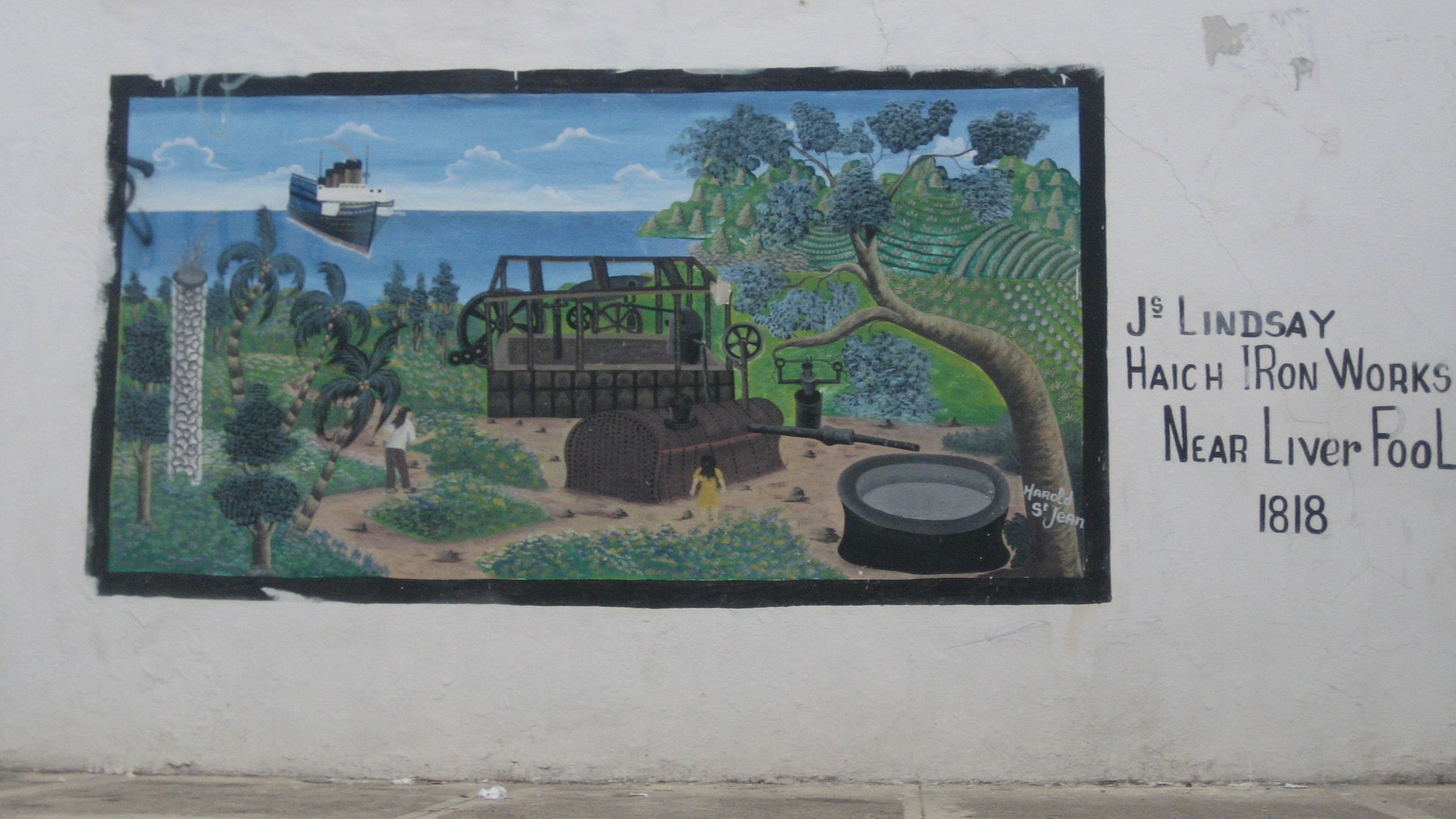
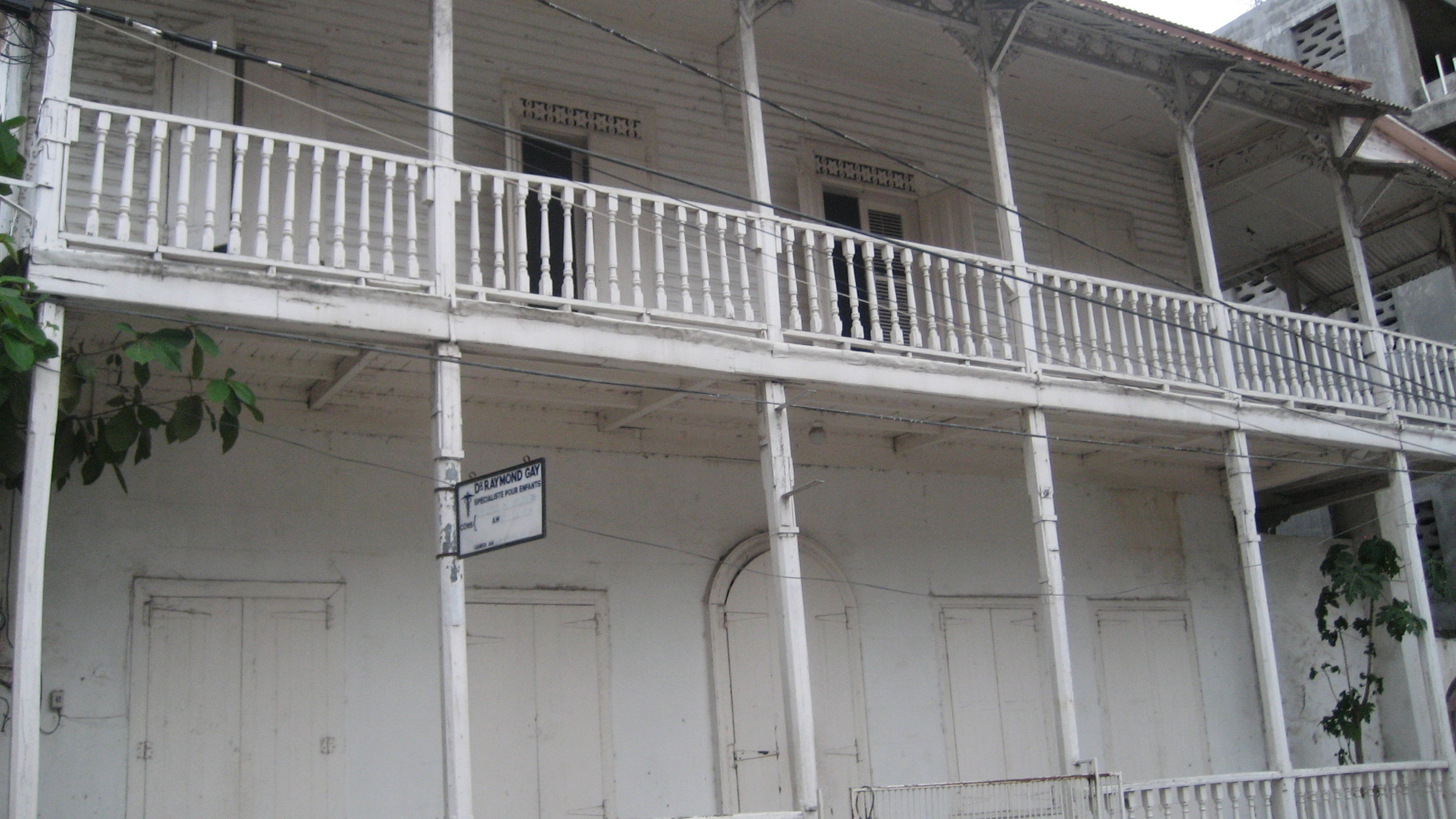

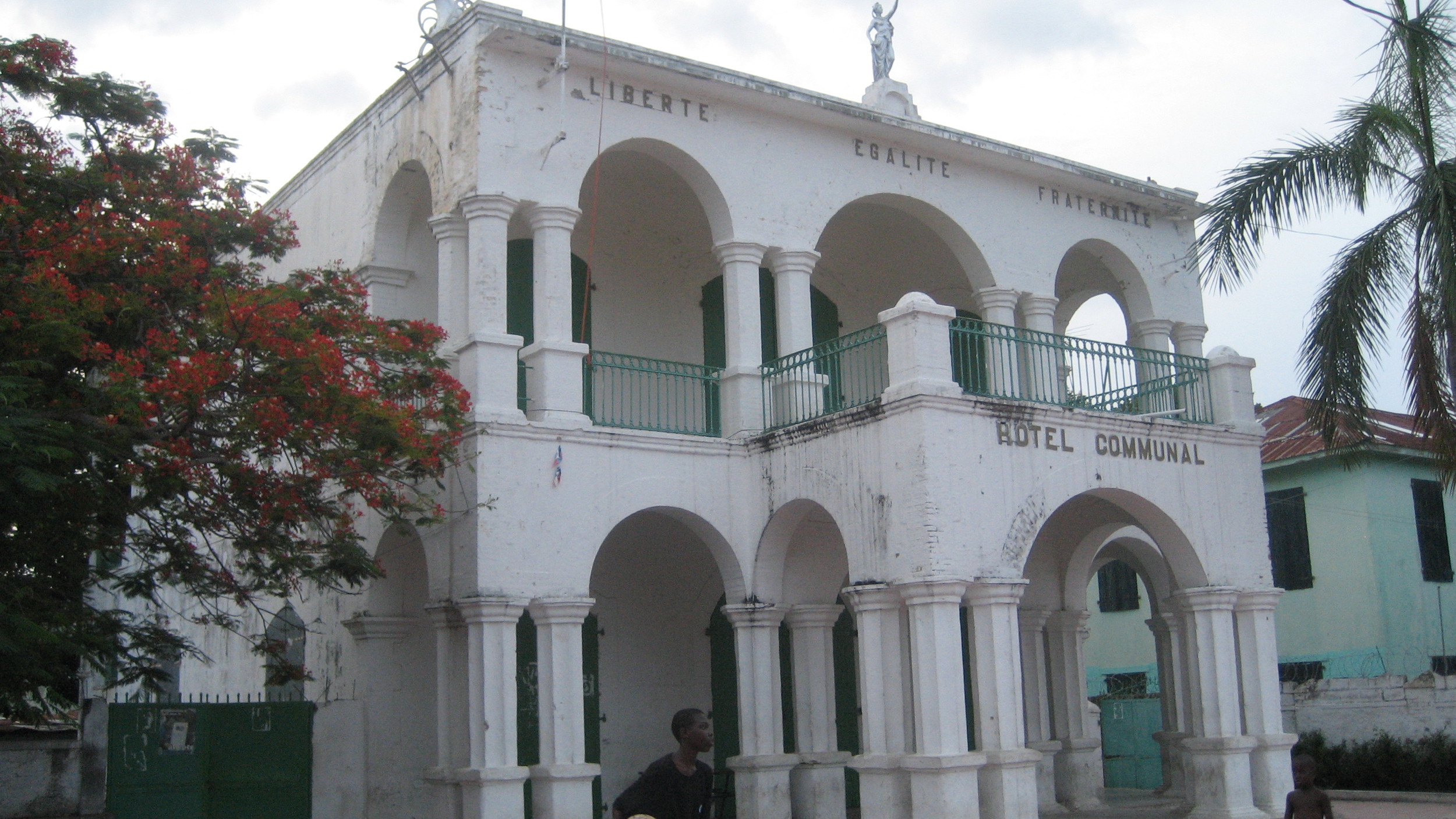
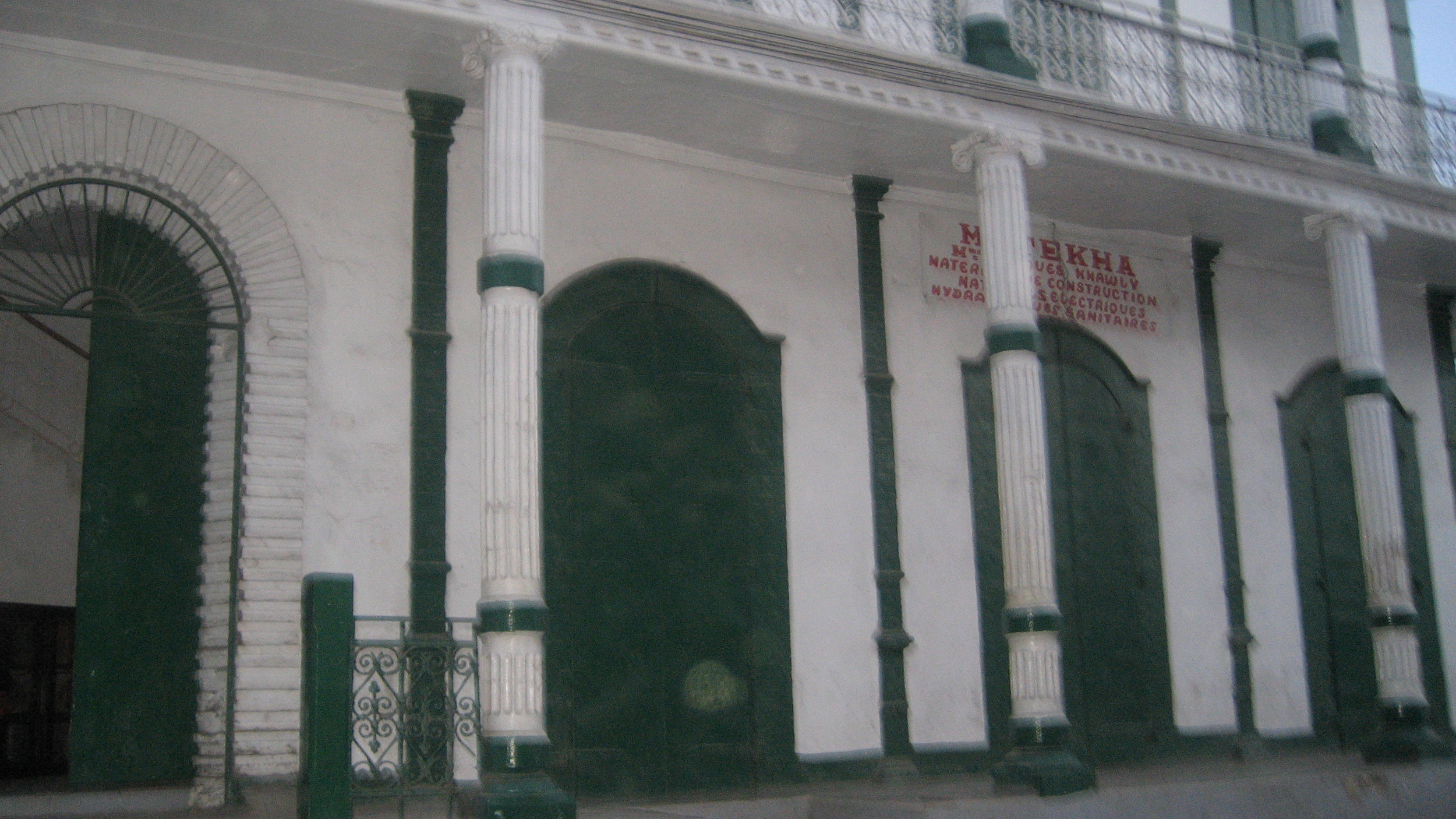






Port-au-Prince architecture
Most of the pictures below are pre-earthquake. As I usually stay in Pacot at the Oloffson and gingerbread houses are my favorite style, they predominate. The World Monuments Fund has put these sites on their “Watch List”–in danger of disappearing and in need of rehabilitation. They are looking at homes in Jacmel as well. Their website on the homes include an ISPAN bulletin about their collaborative work. I only wish it had more photos of more homes… ISPAN discusses the architecture of the city in many of its bulletins, but bulletins #6, #11, #24, #32, and #34 focus on gingerbread architecture specifically.


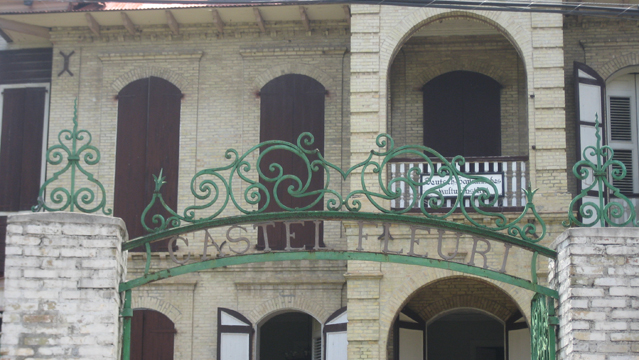

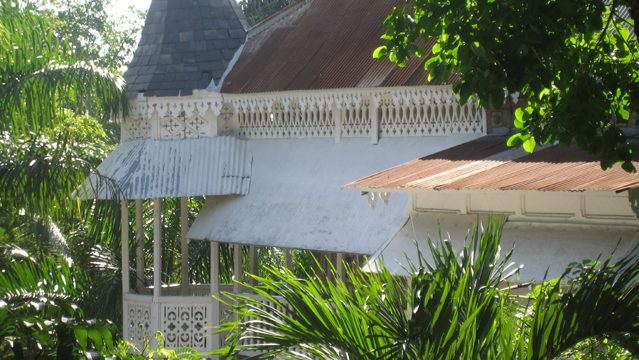
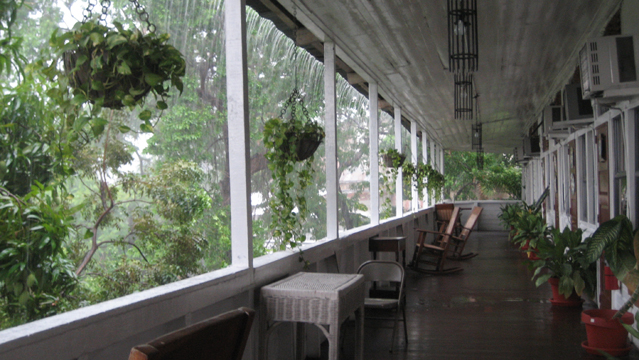
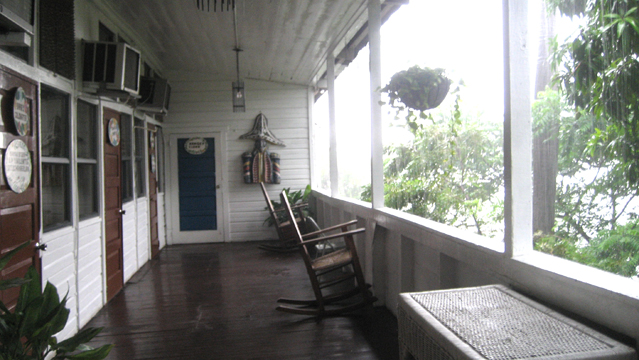

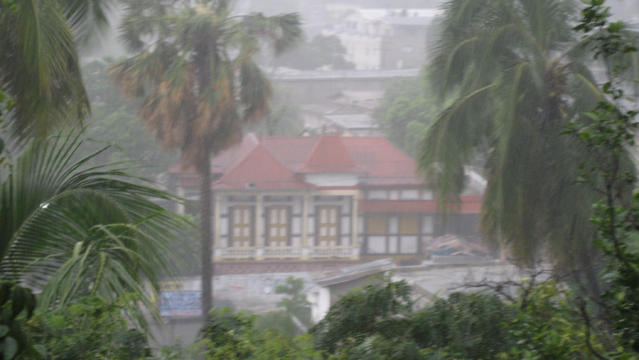
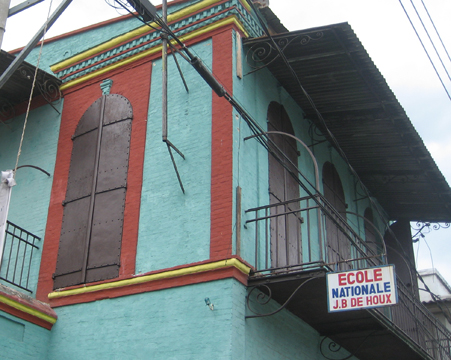
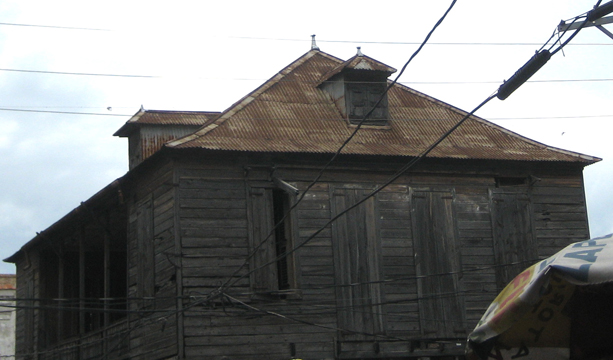

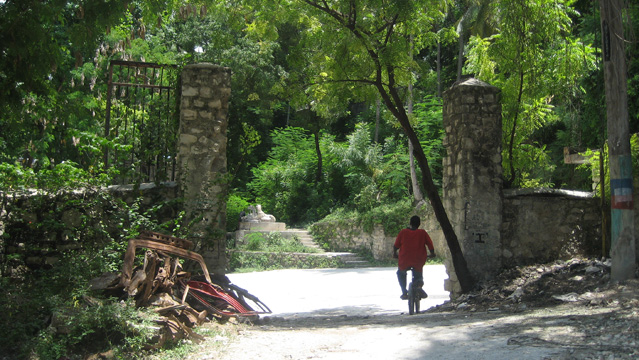




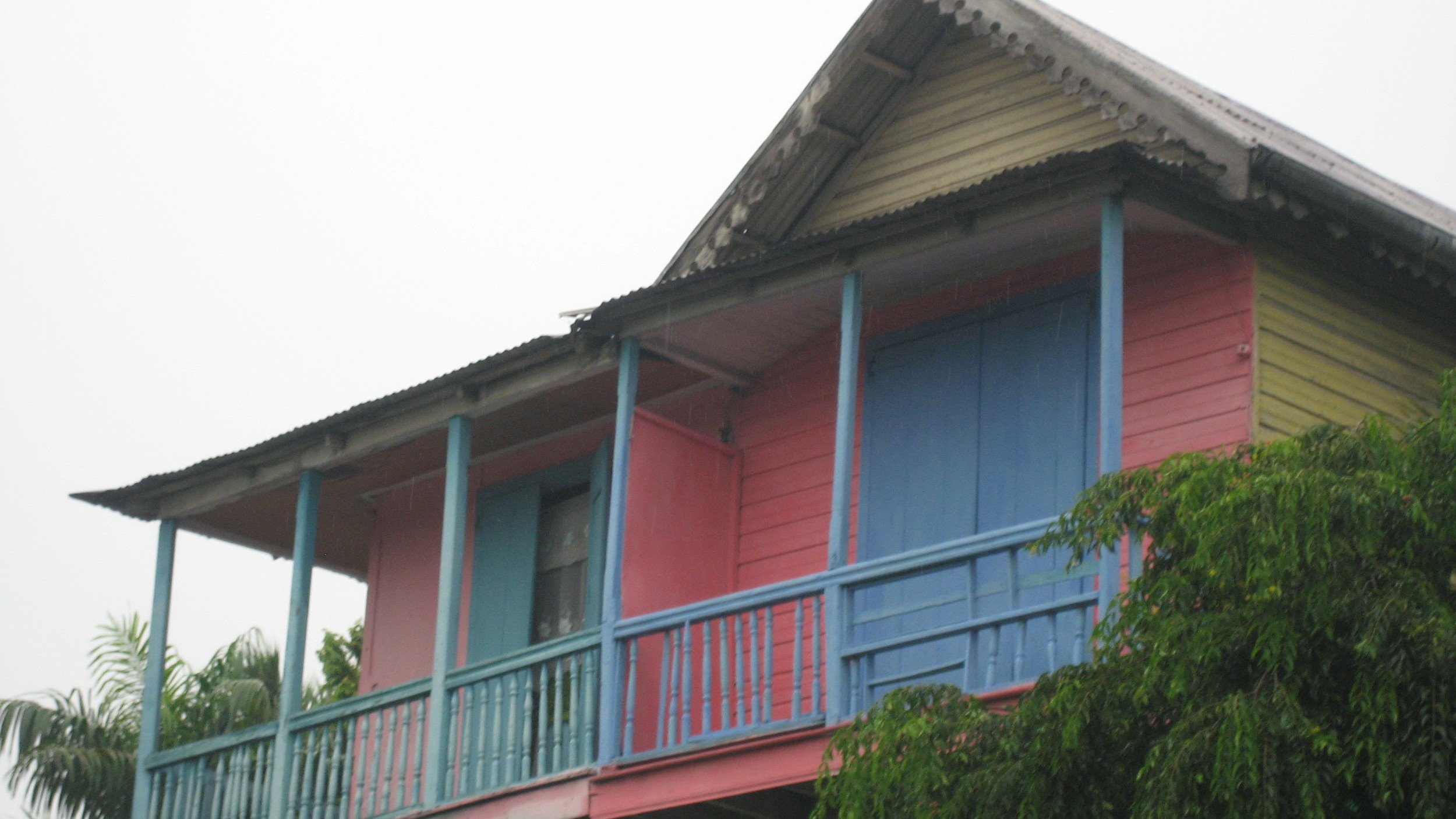
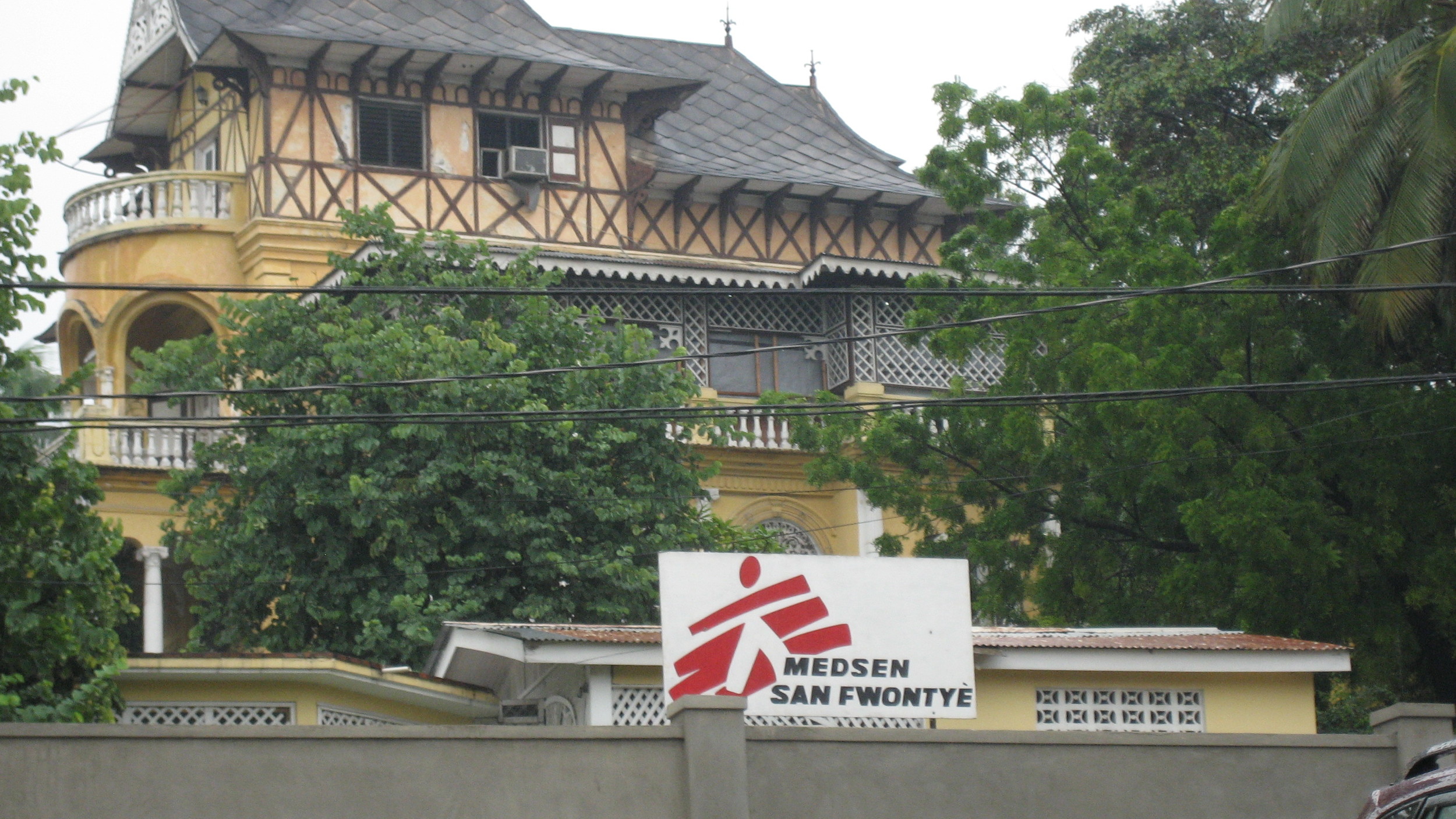
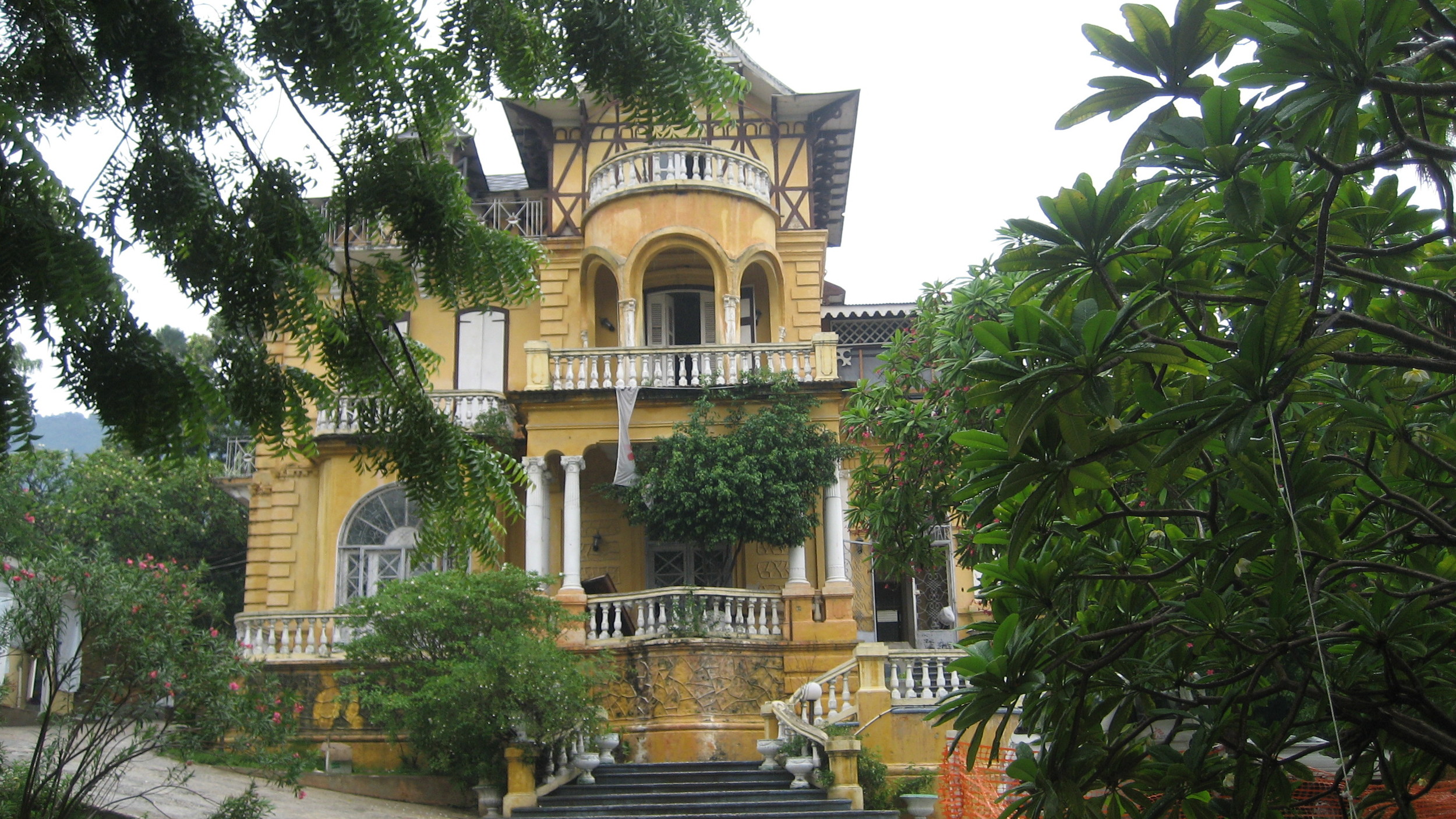
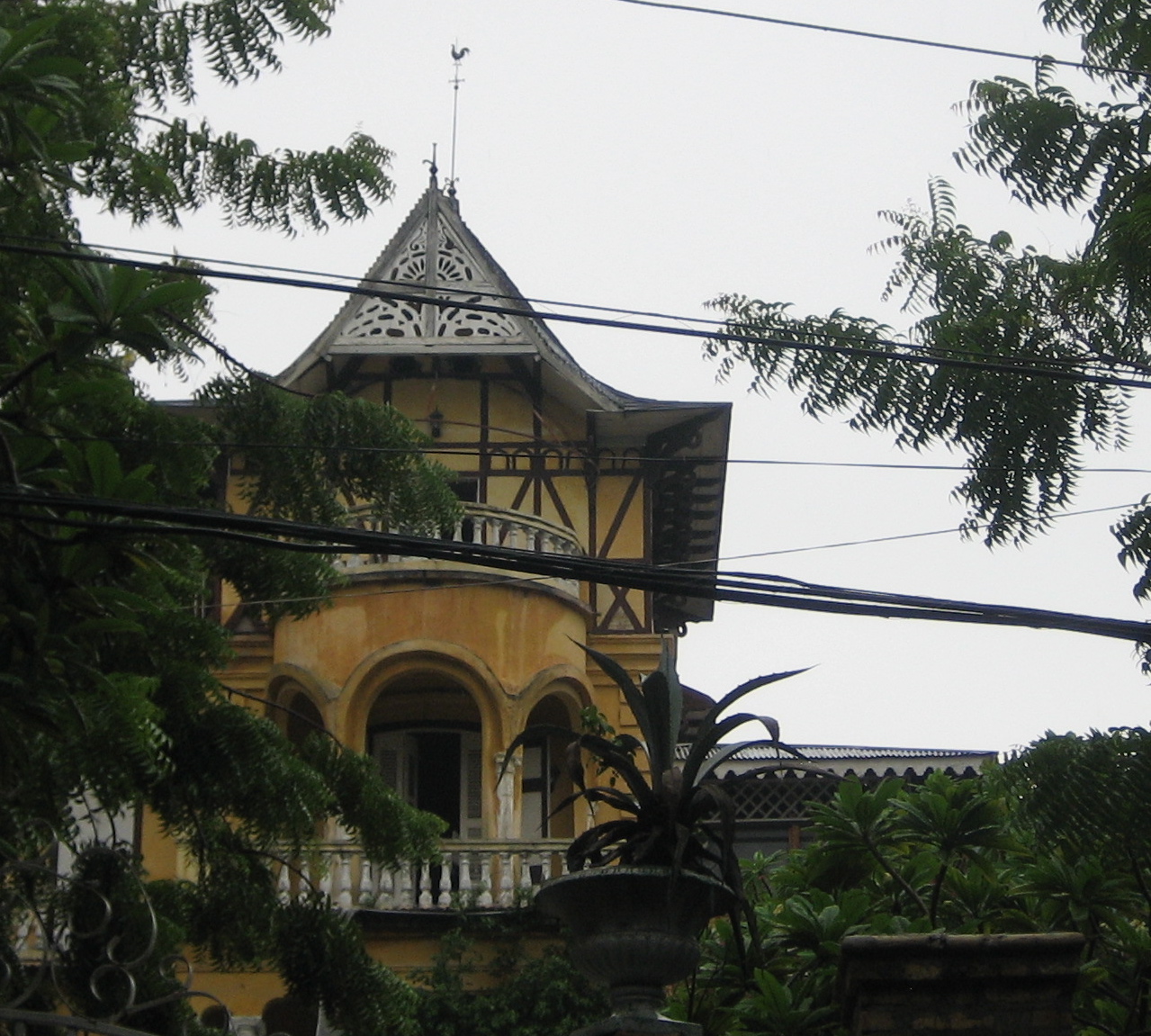
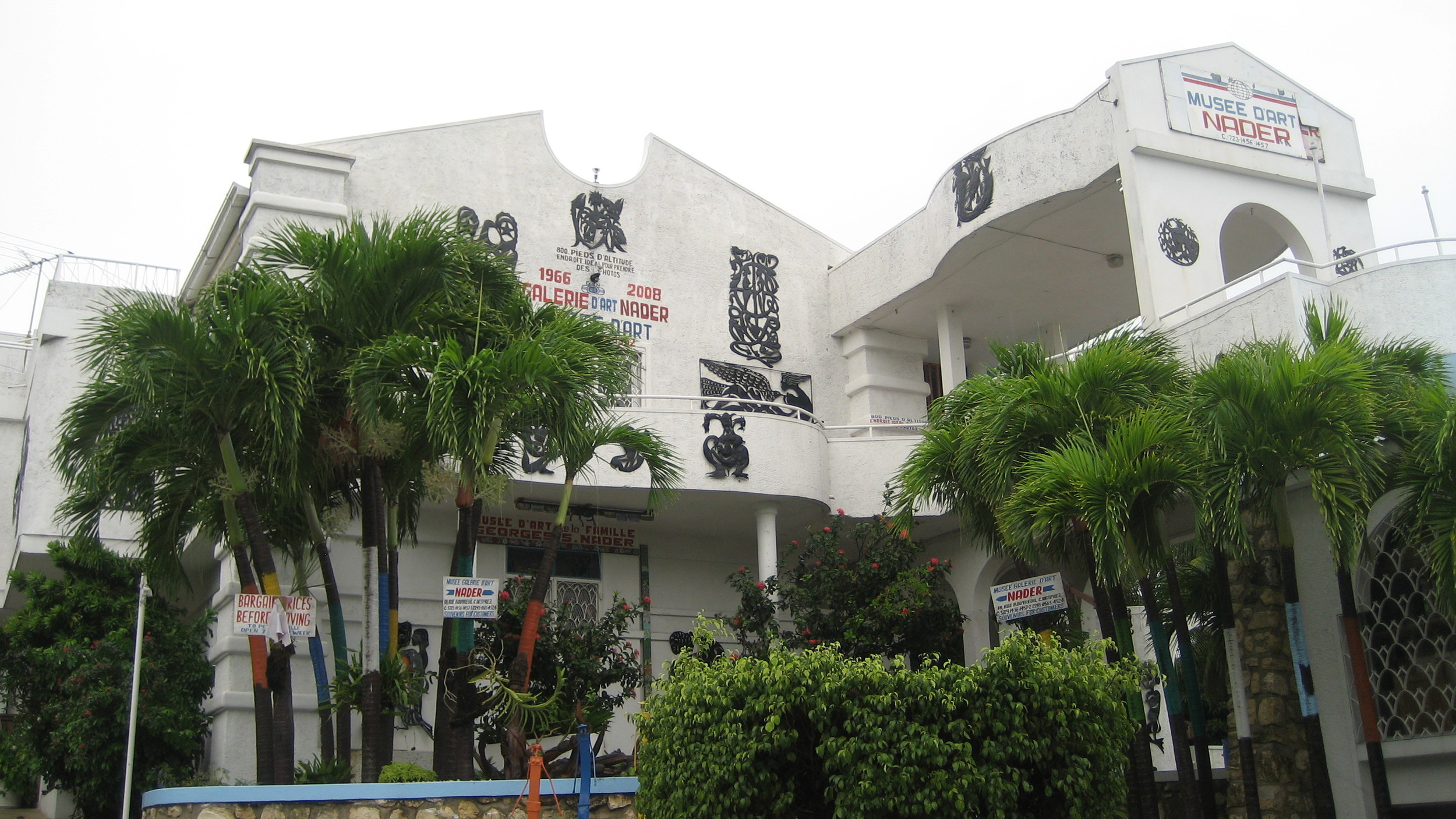
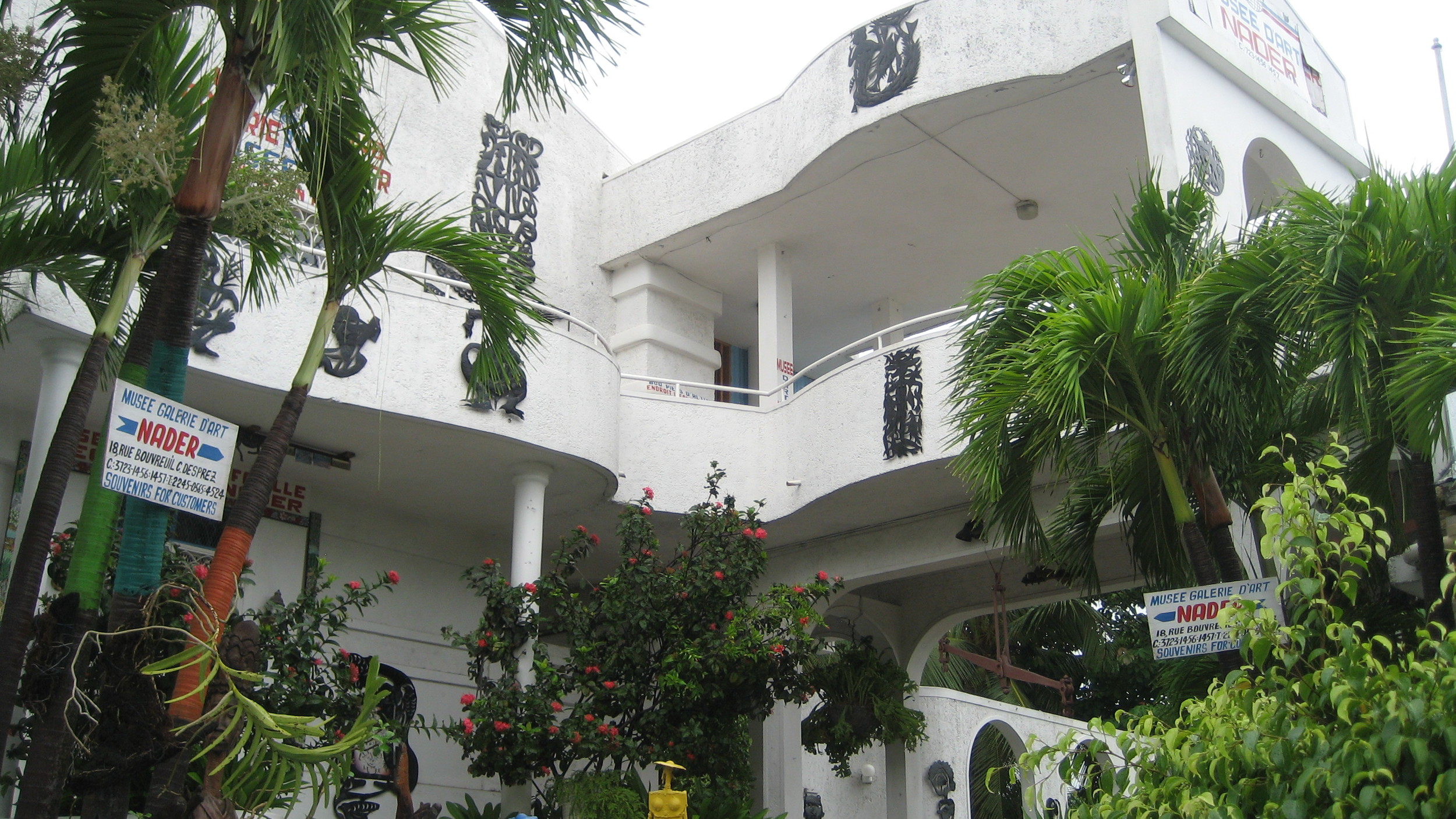
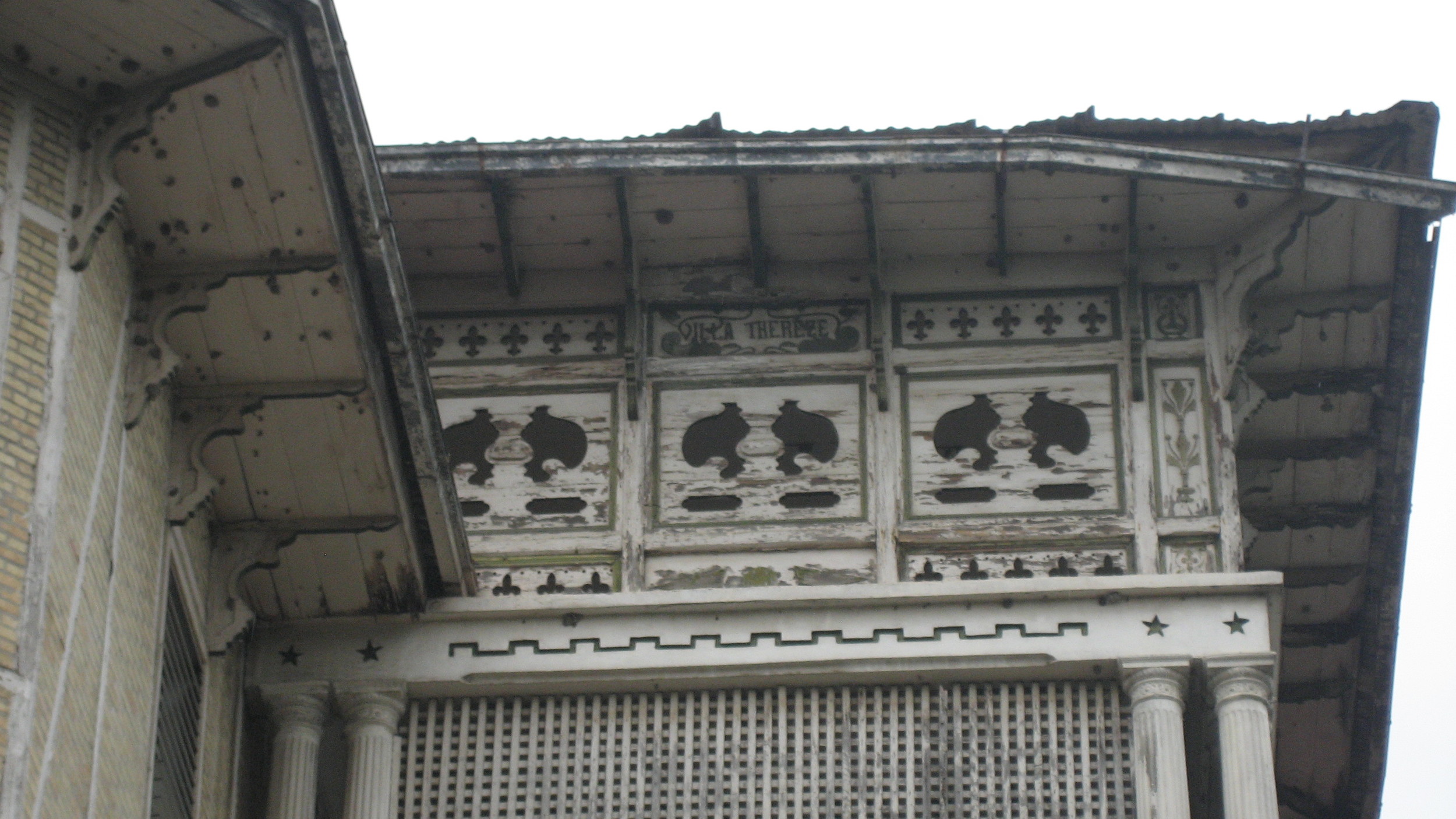
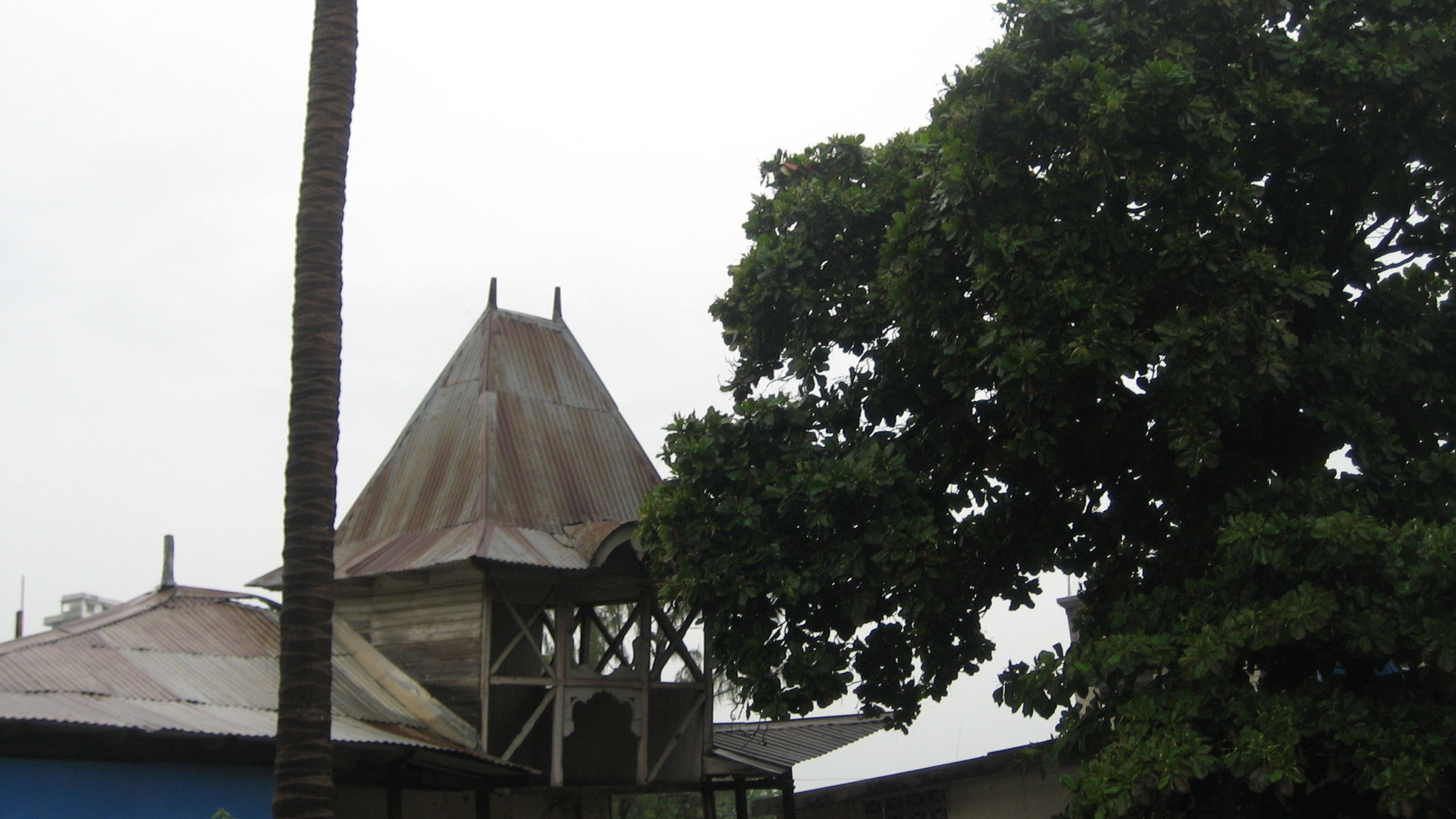
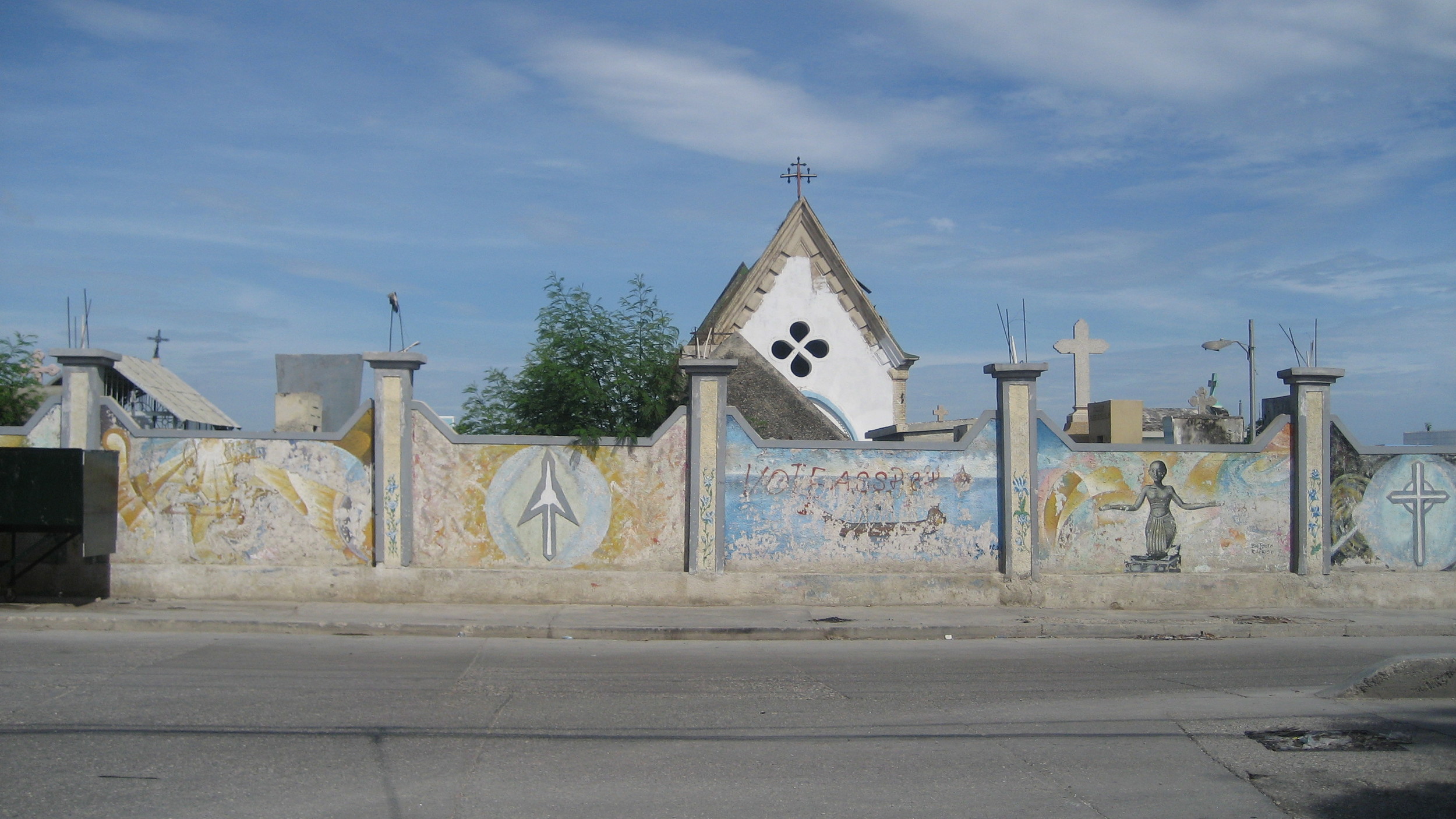

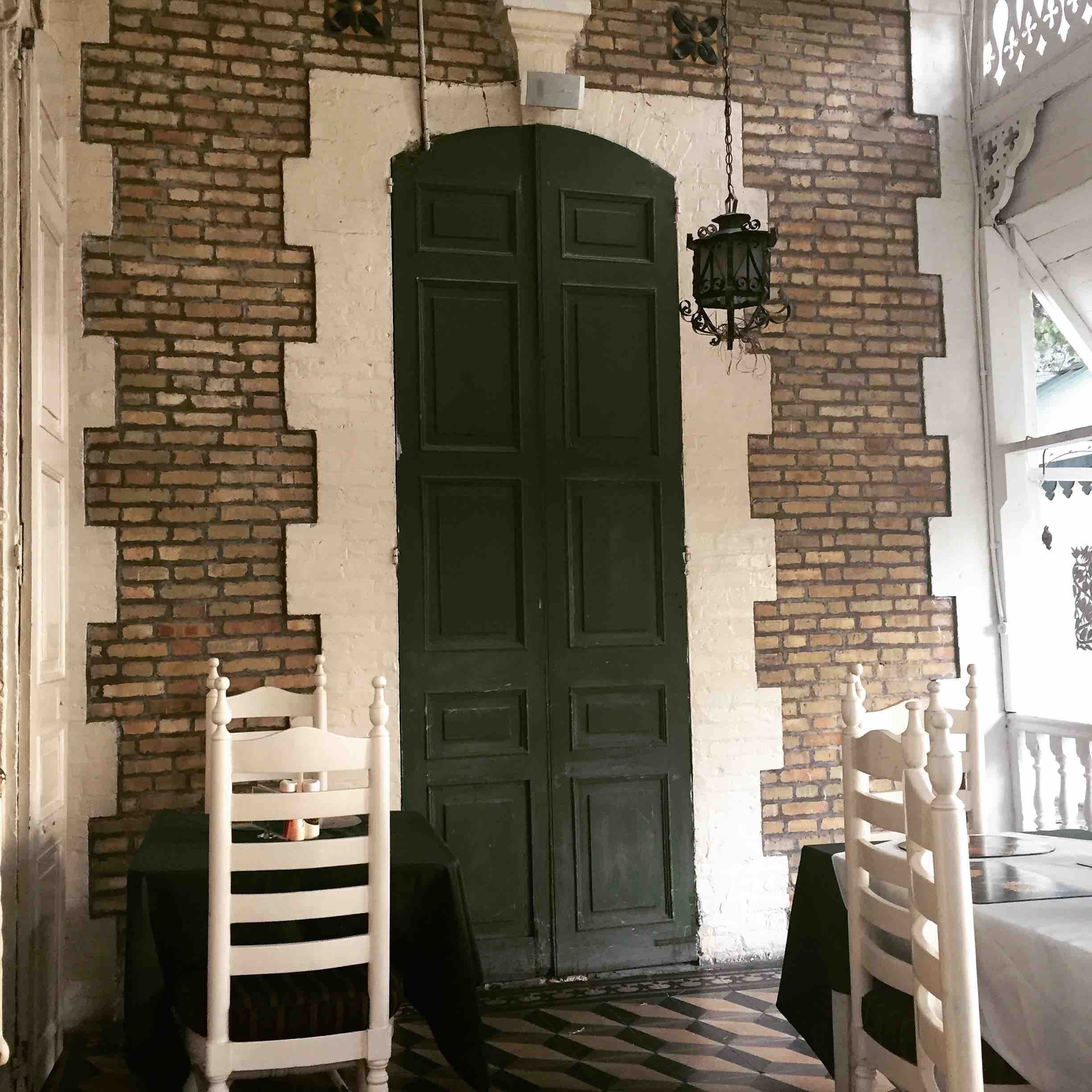

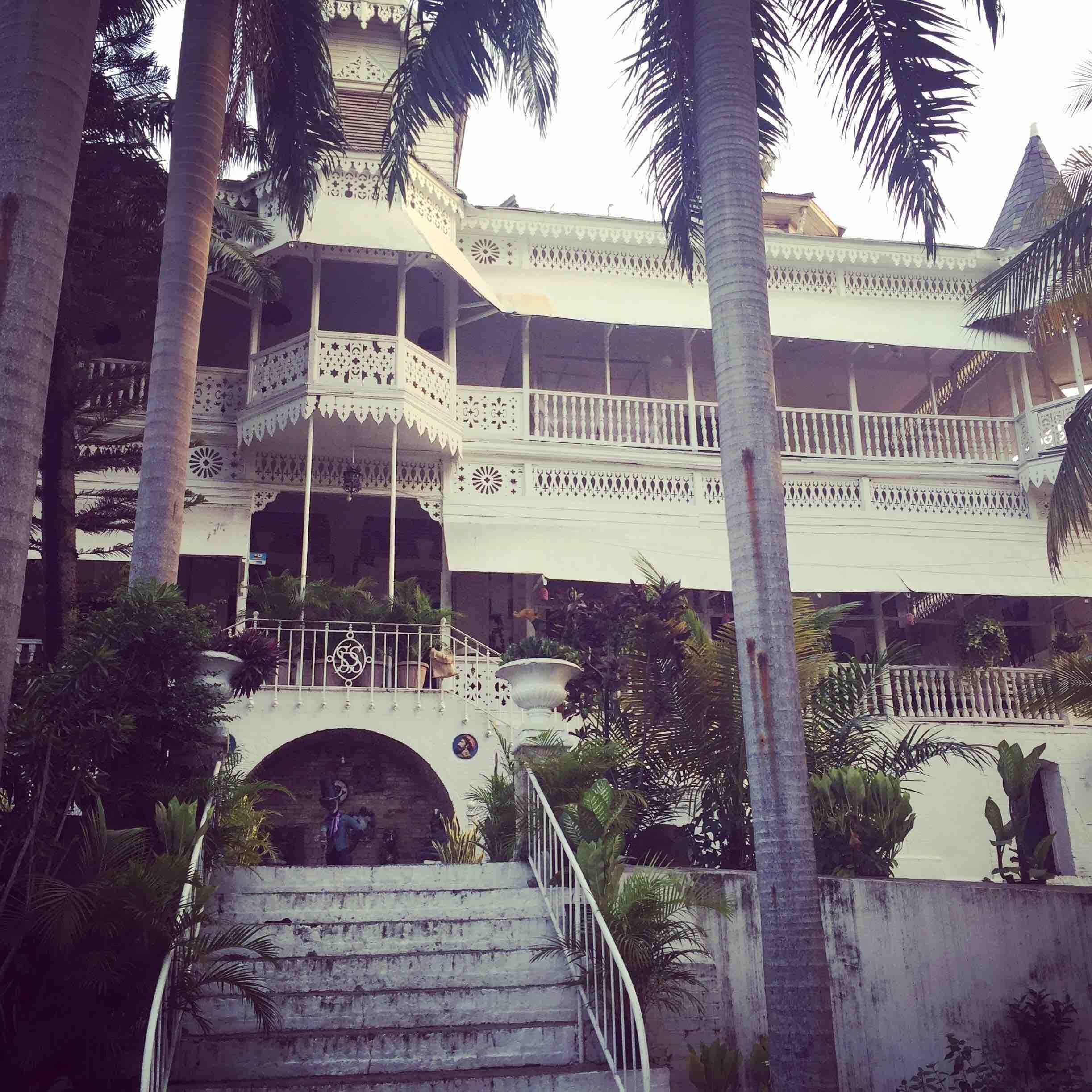
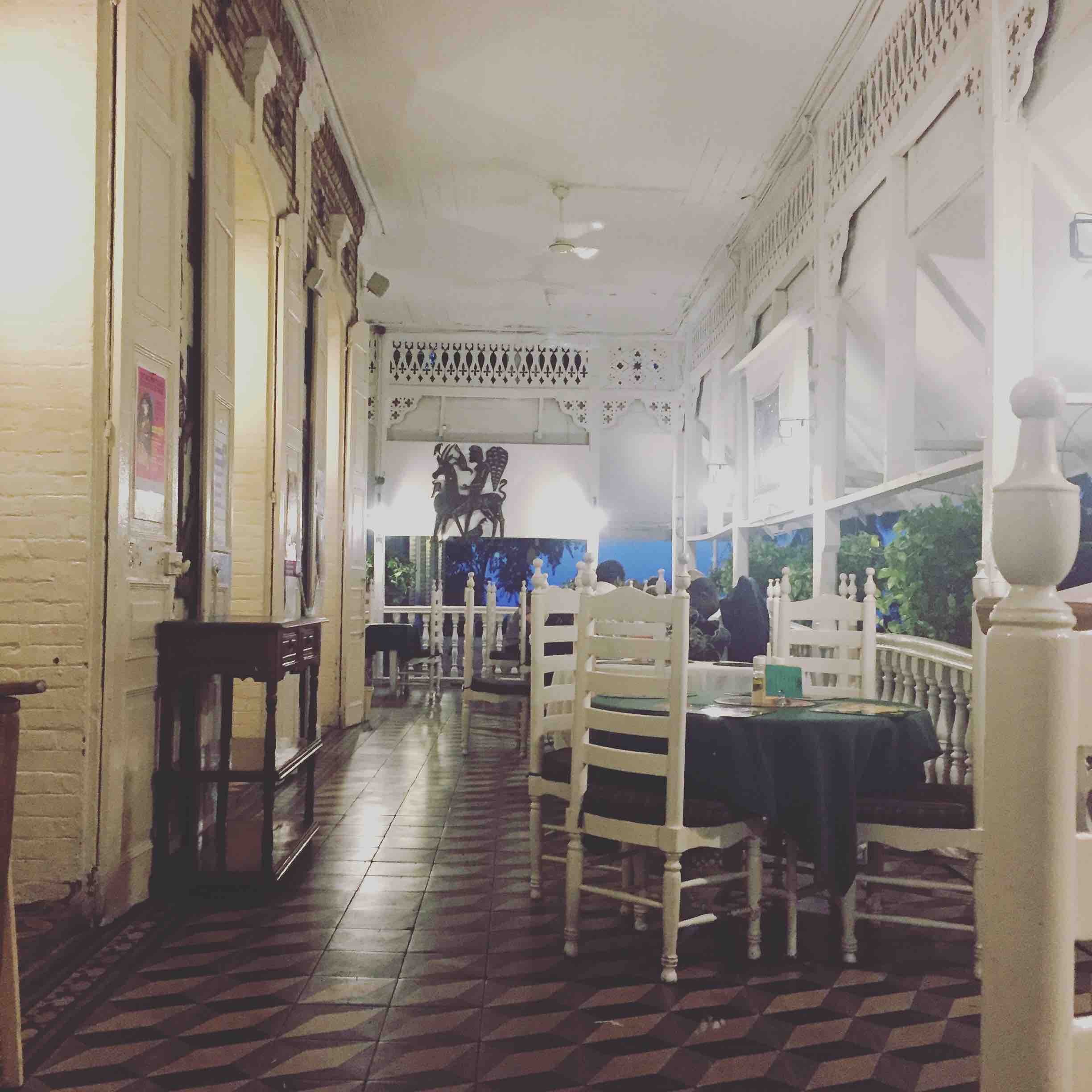
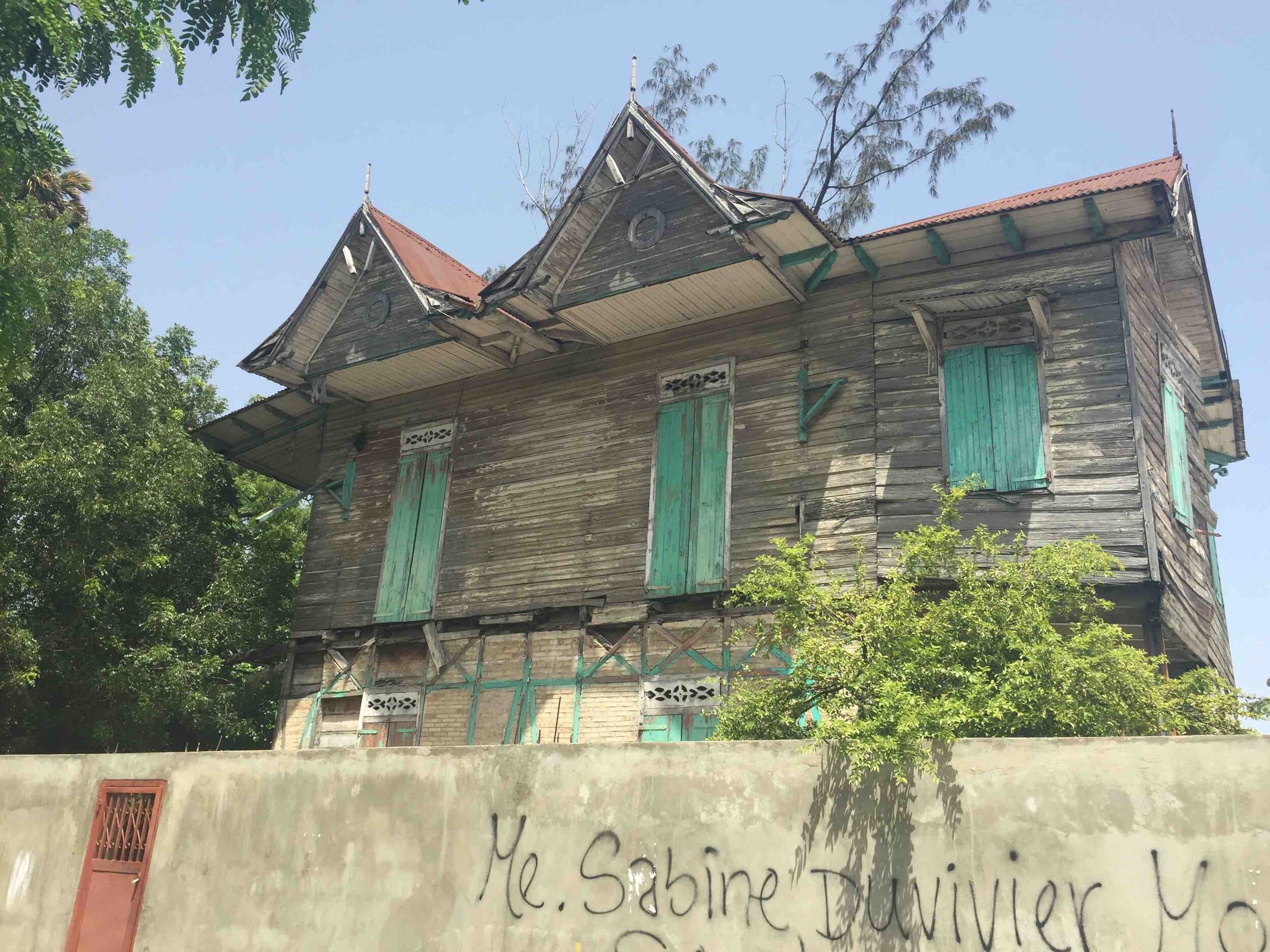
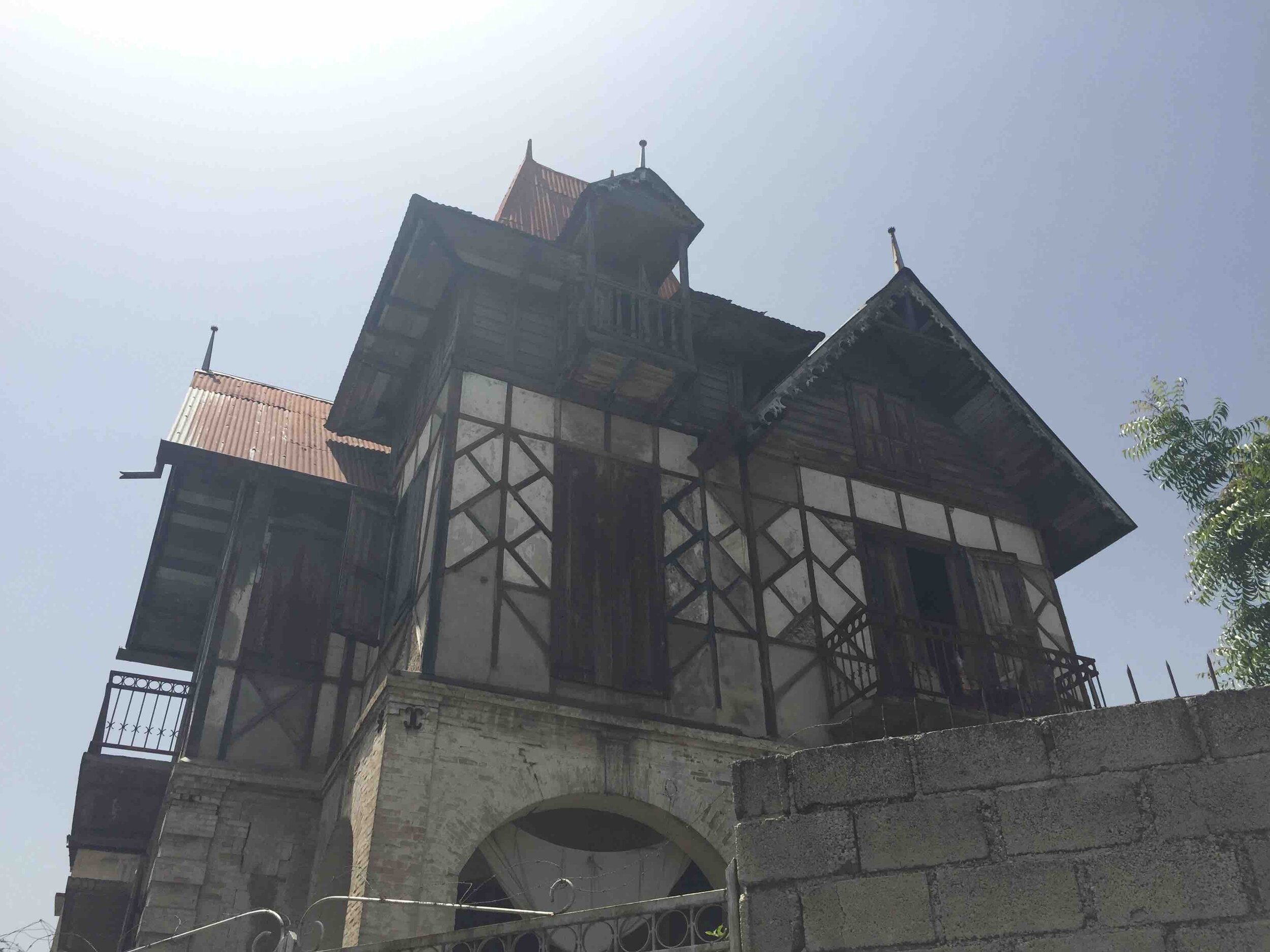
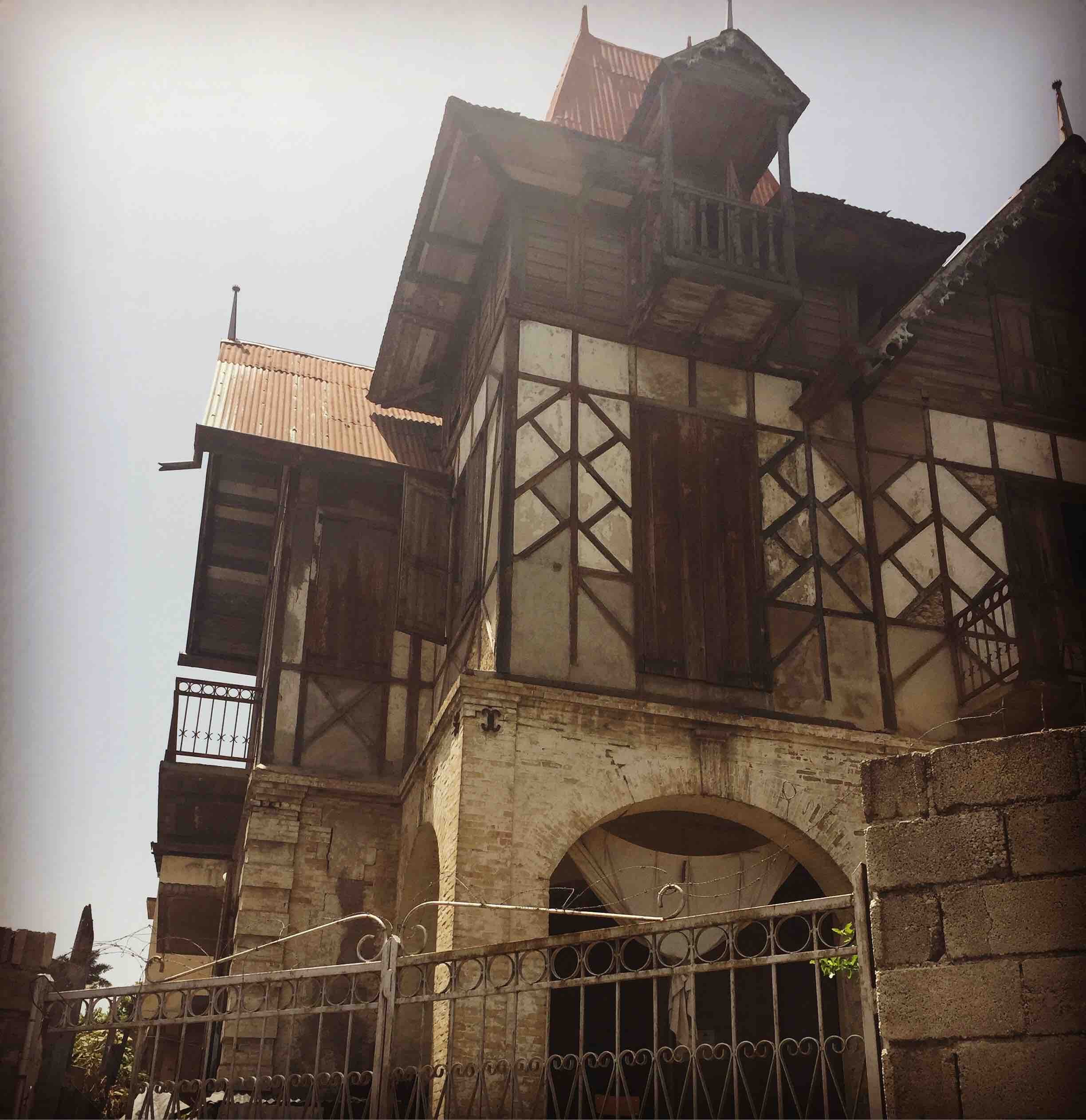
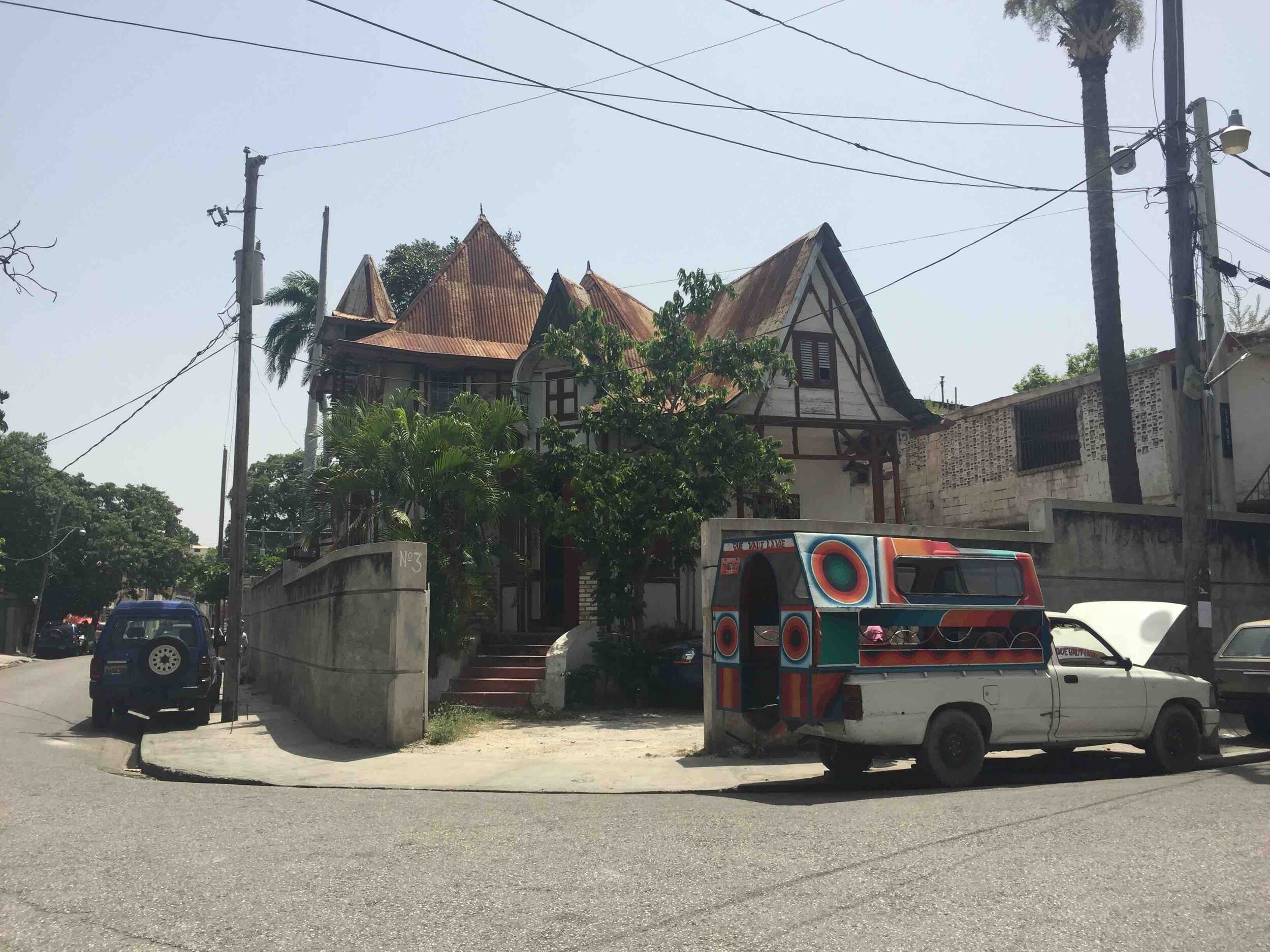

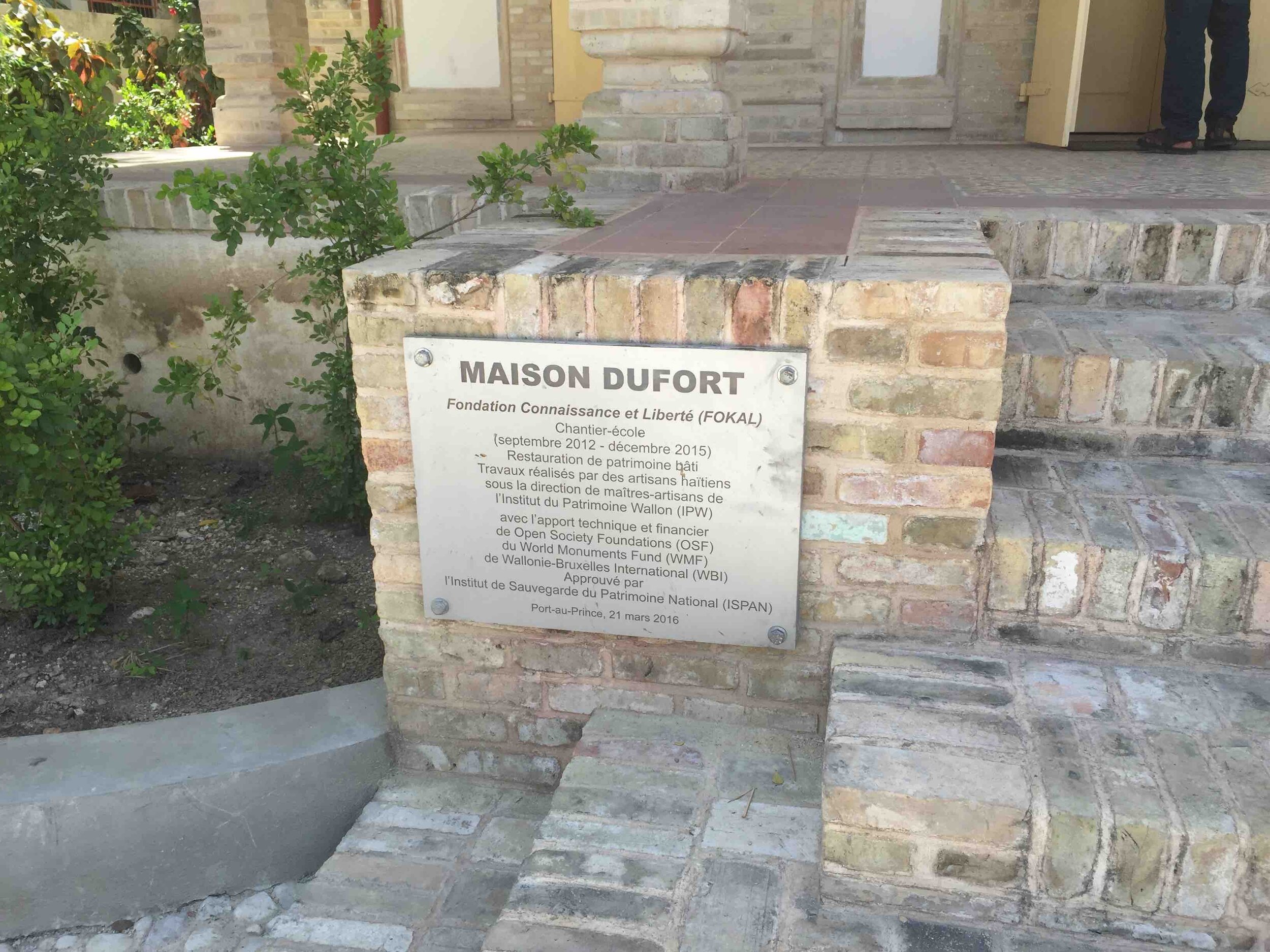
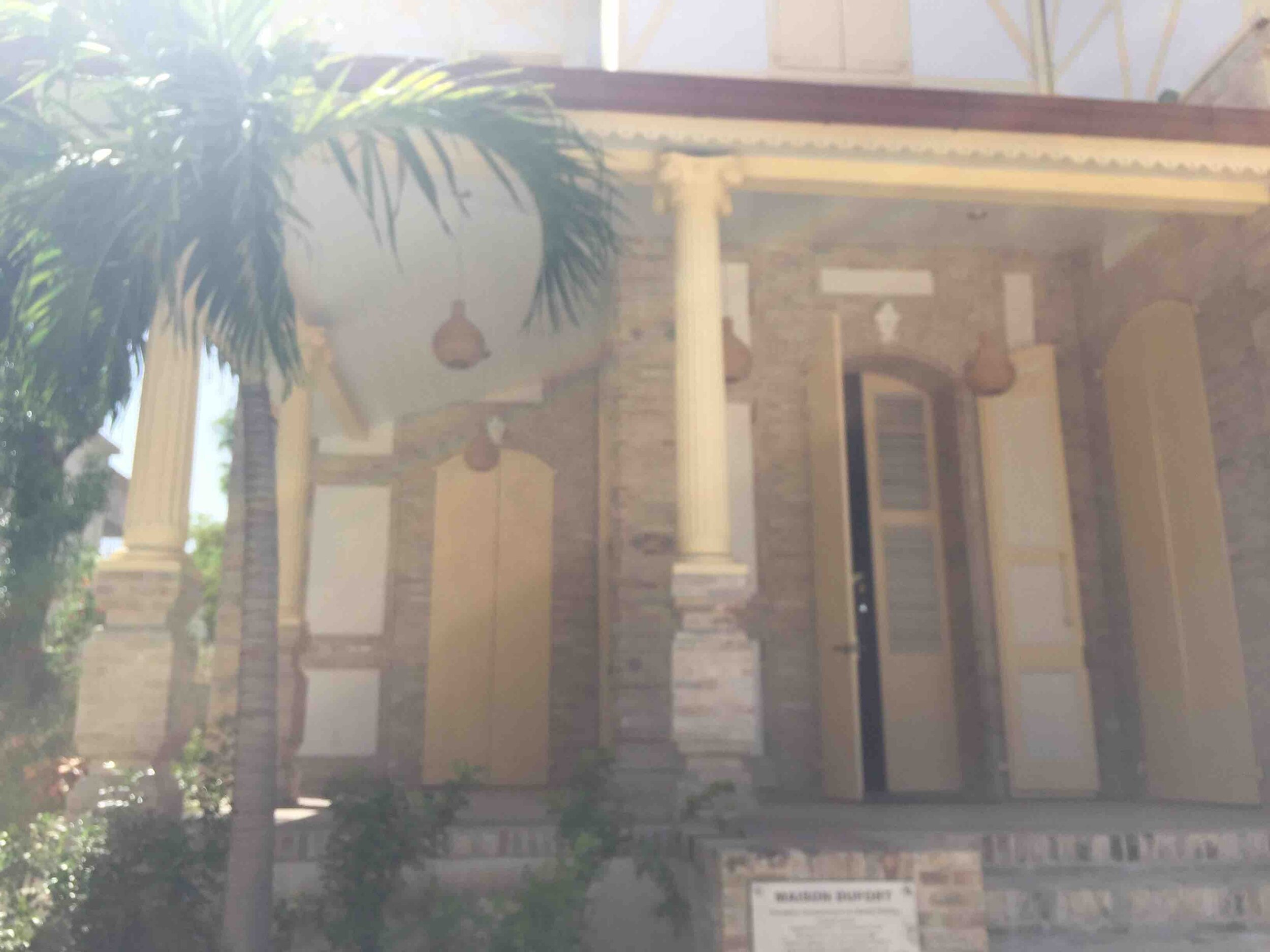
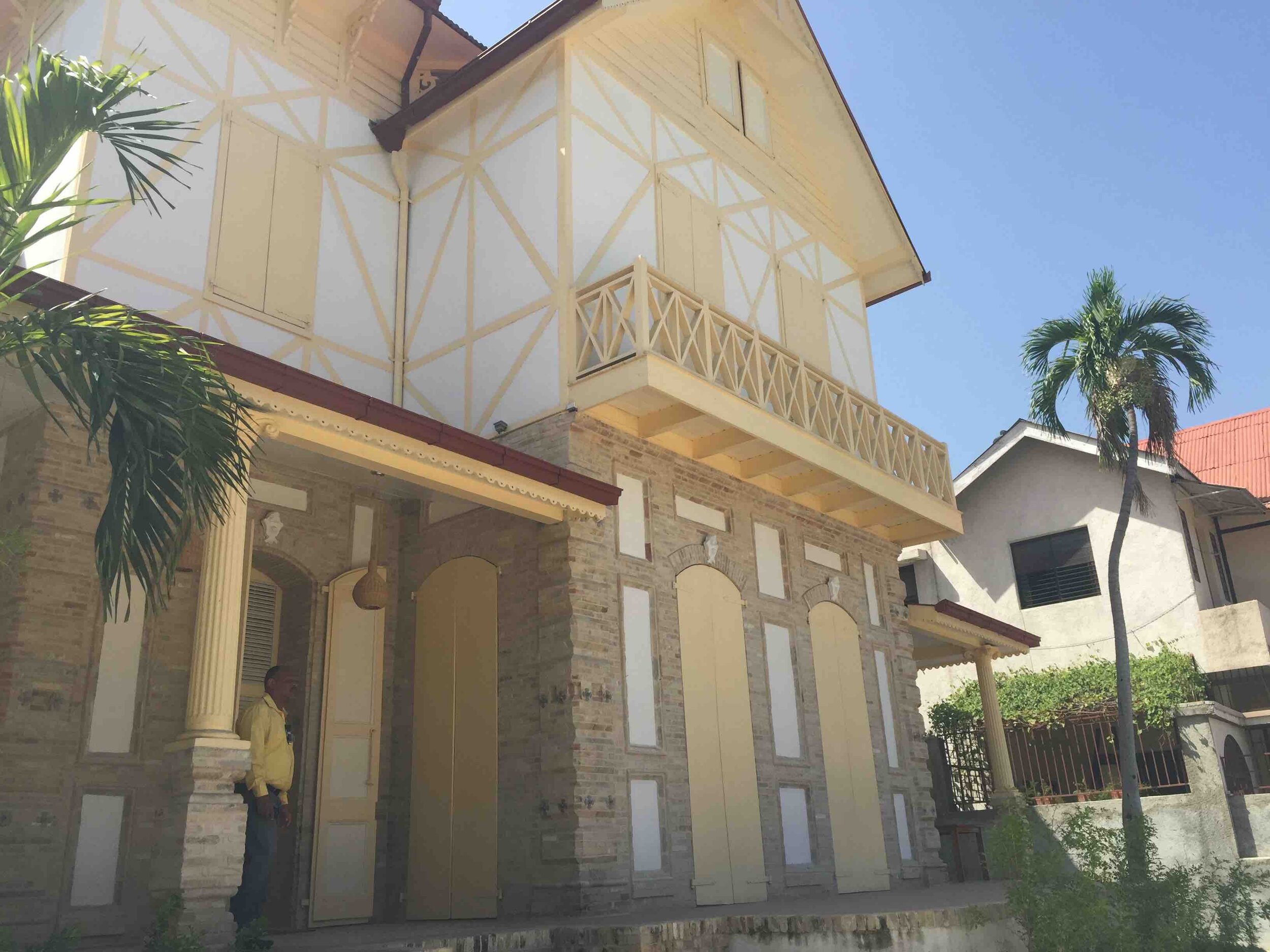


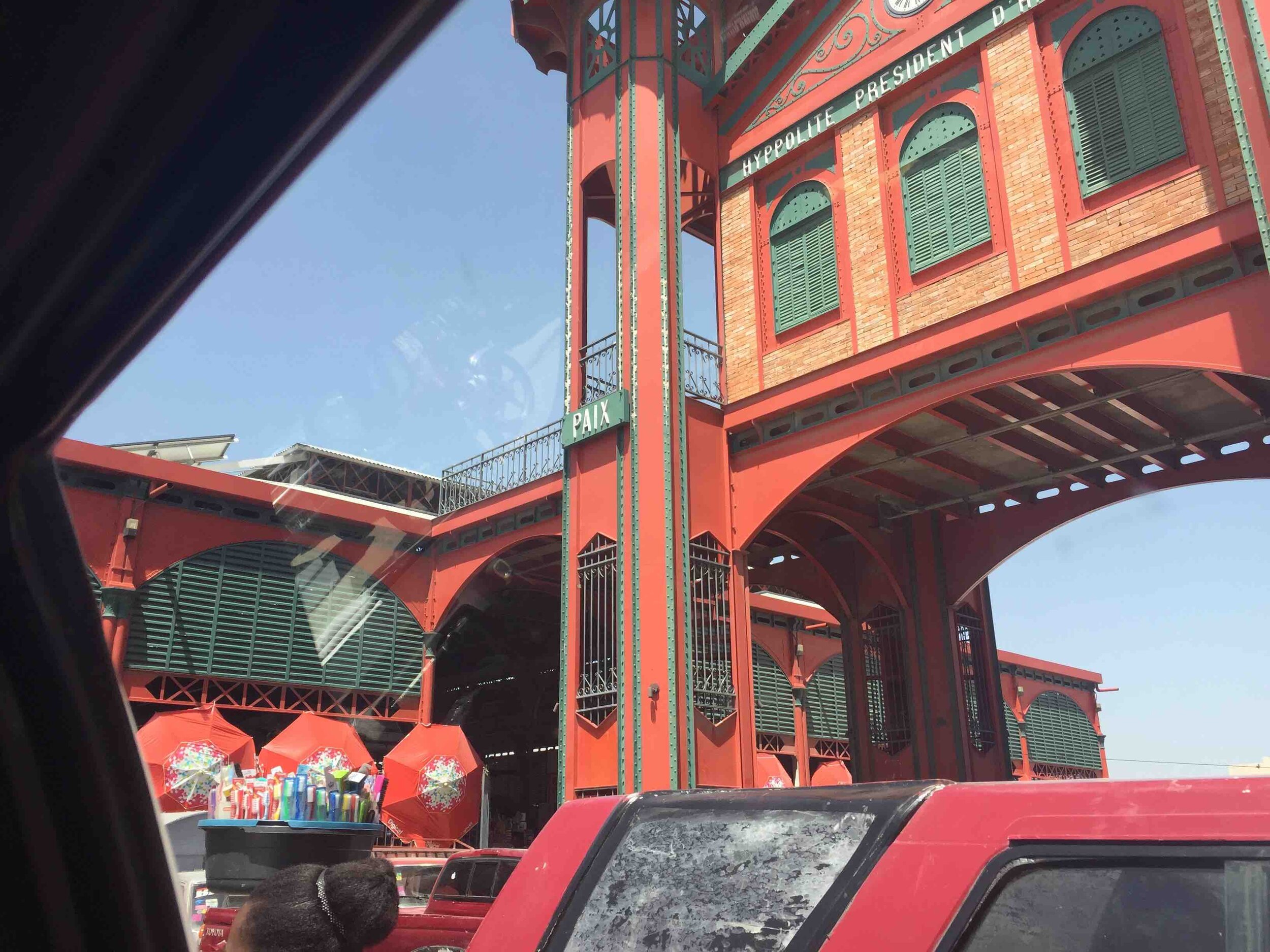



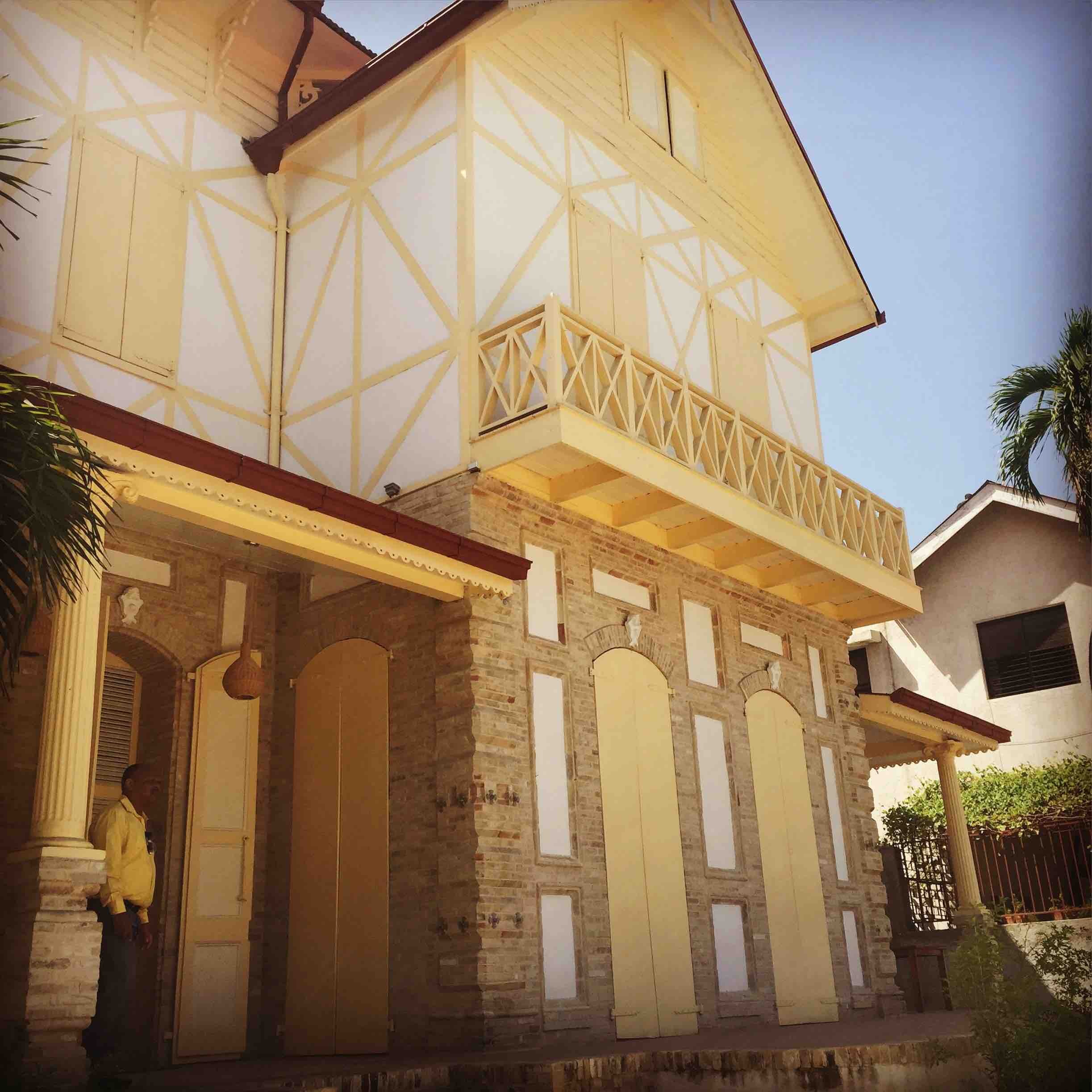




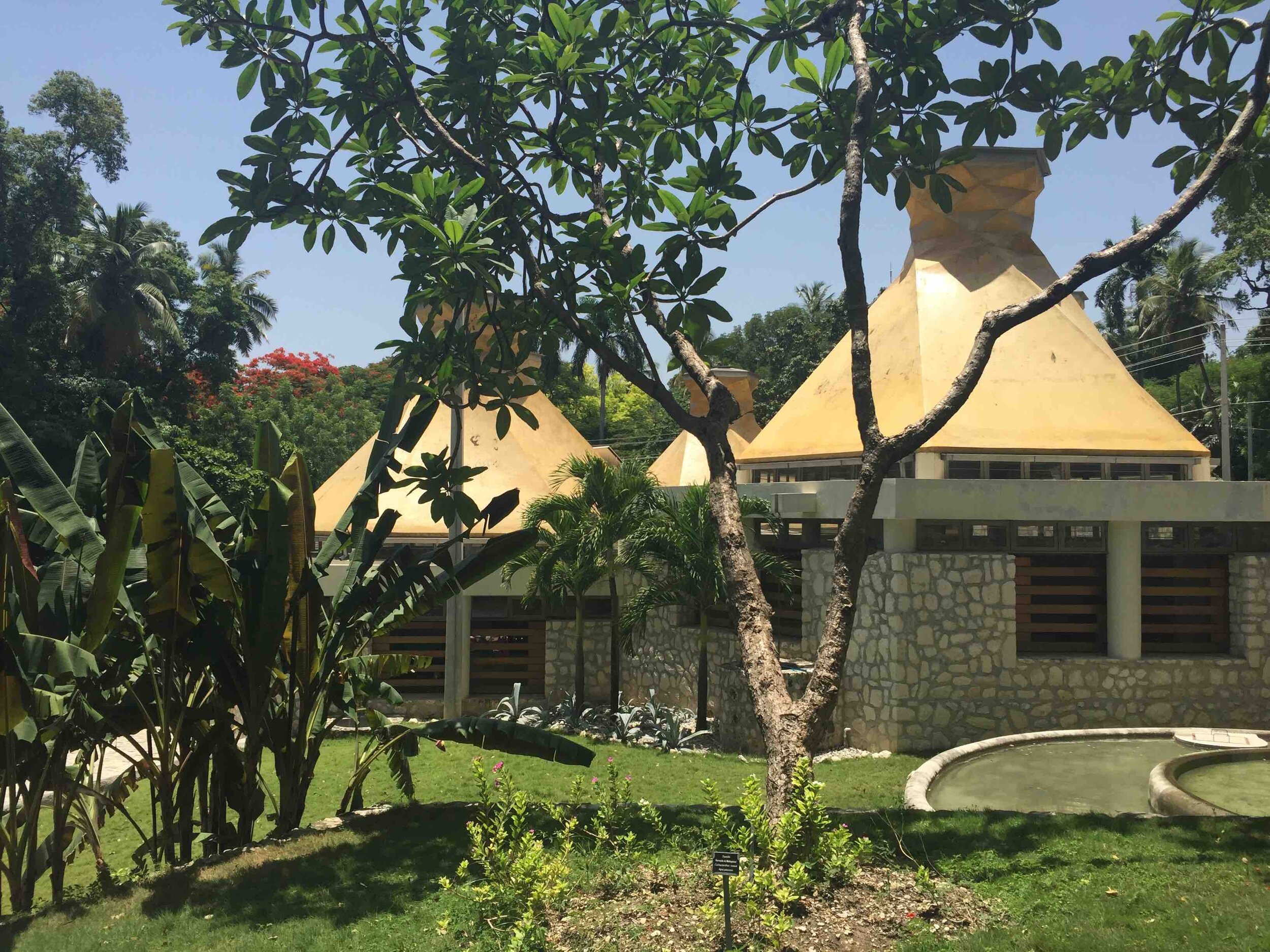

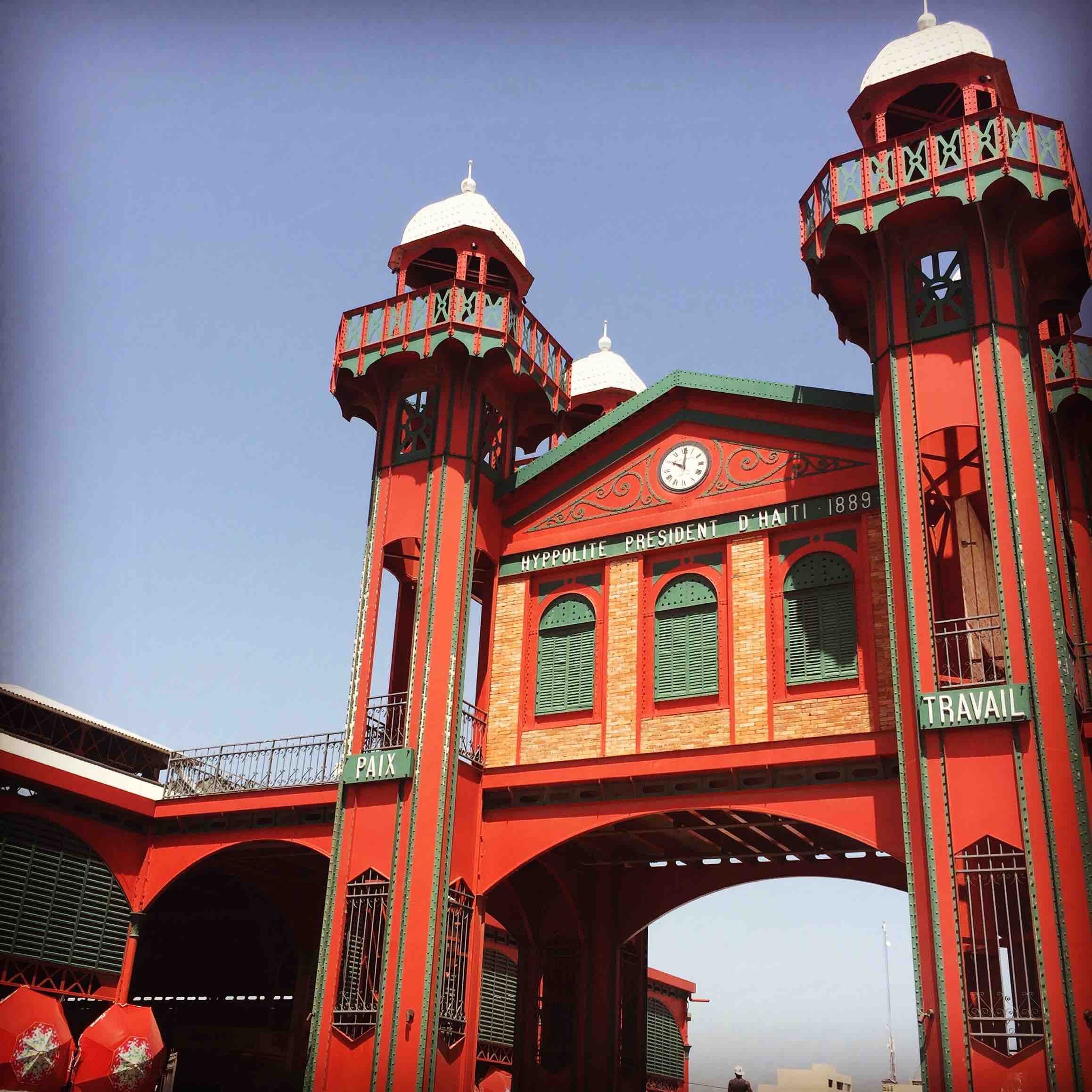
Cathédrale Saint-Trinité (Port-au-Prince)
I took these photos in June, 2009 on my first and only visit to the Episcopal Cathedral. It was twilight, and I was rushed, which I regret, as the site was largely destroyed in the earthquake 7 months later. I believe that restoration of the remaining murals is ongoing, and it was one of the first priorities of cultural preservationists after the earthquake. Created in the early 1950s under the direction of the heads of the Centre d’Art, it features work by leading artists of the time and is considered a major national treasure.
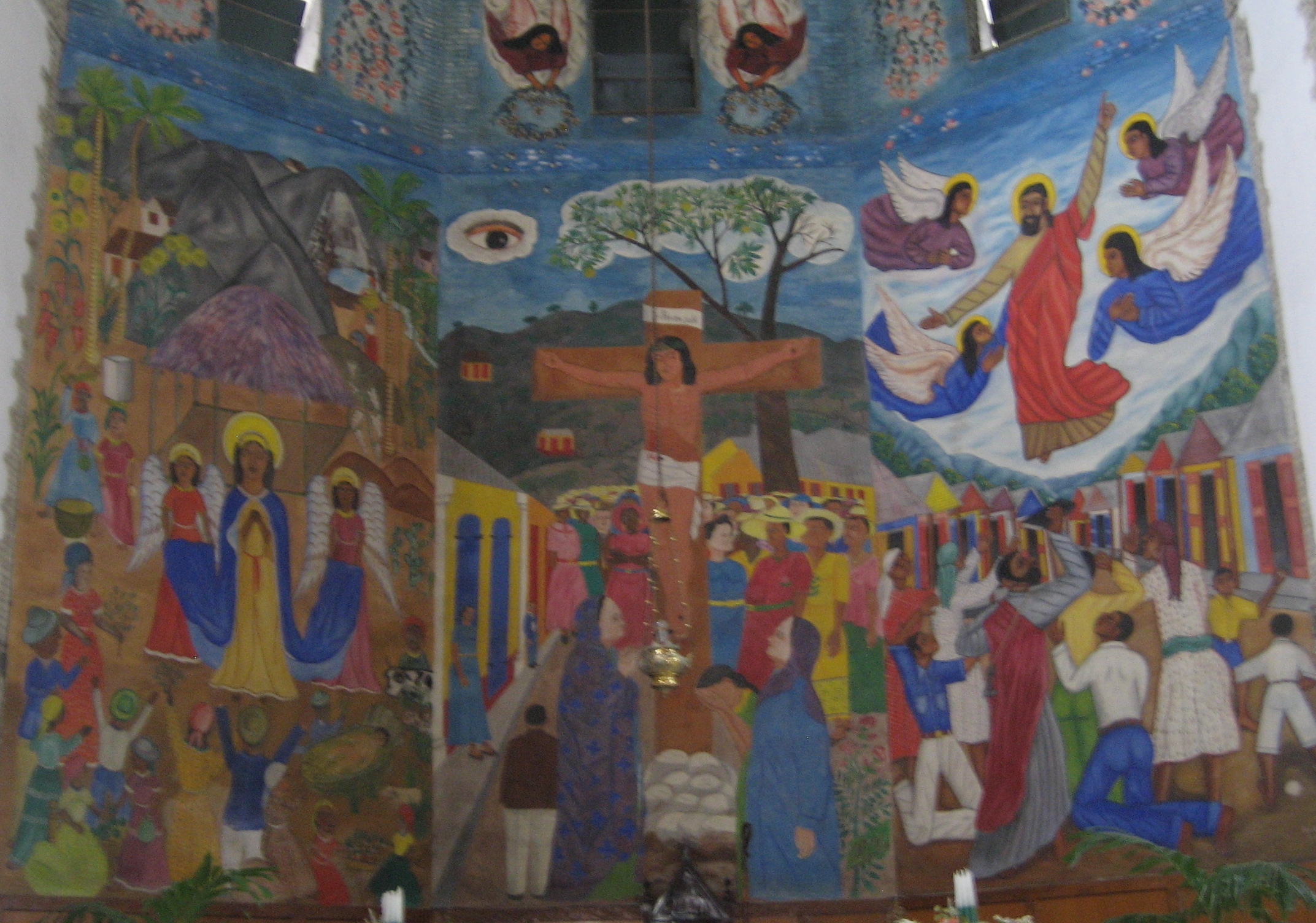
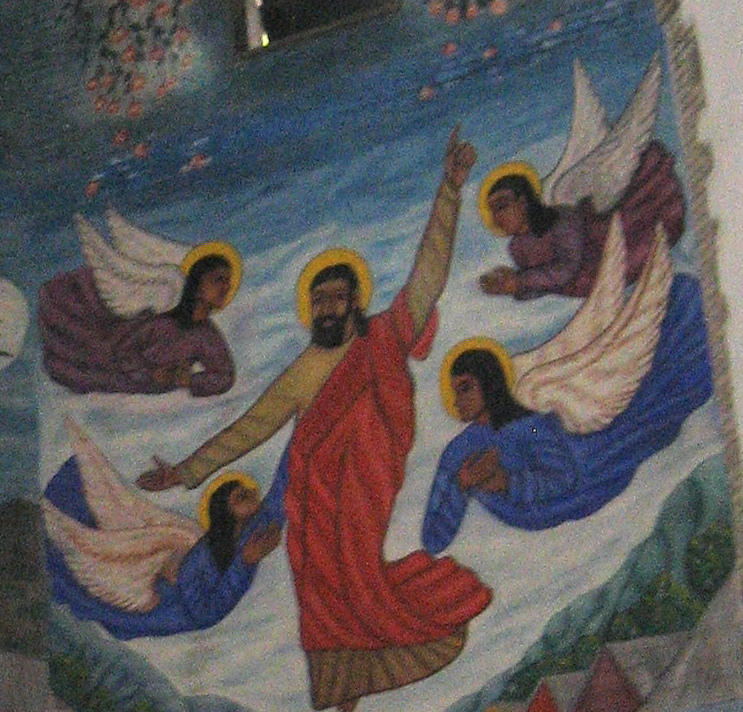
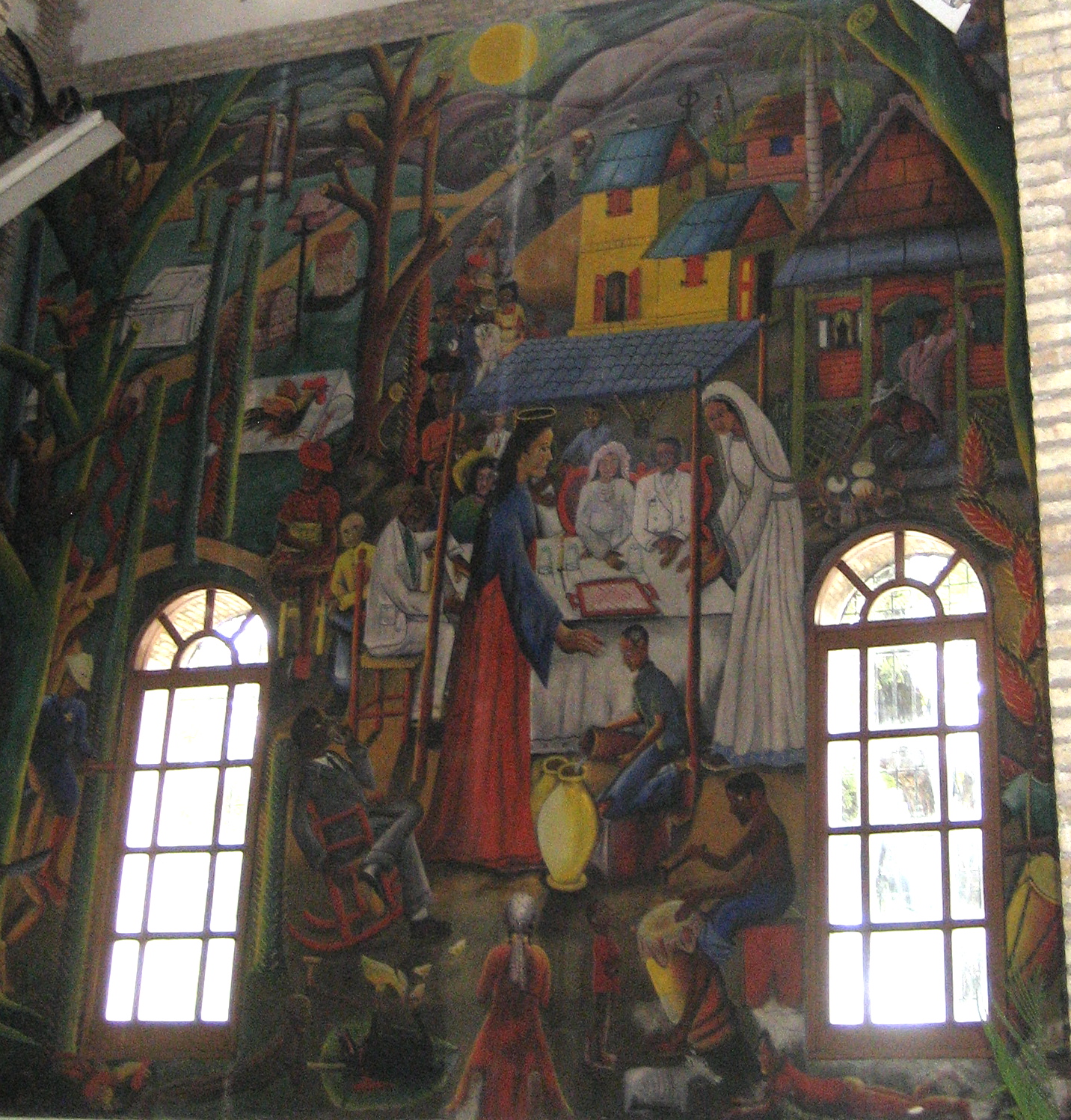
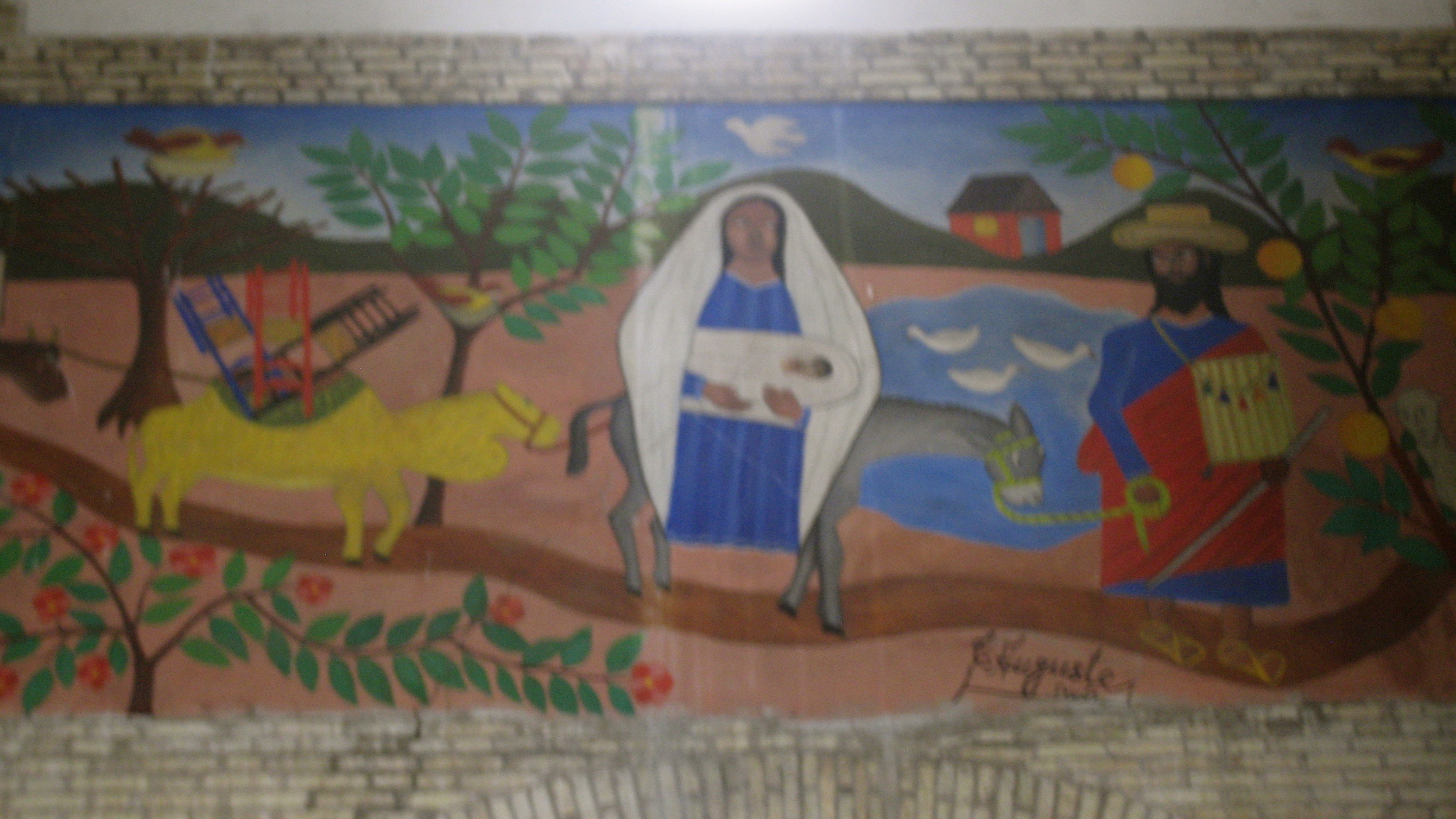
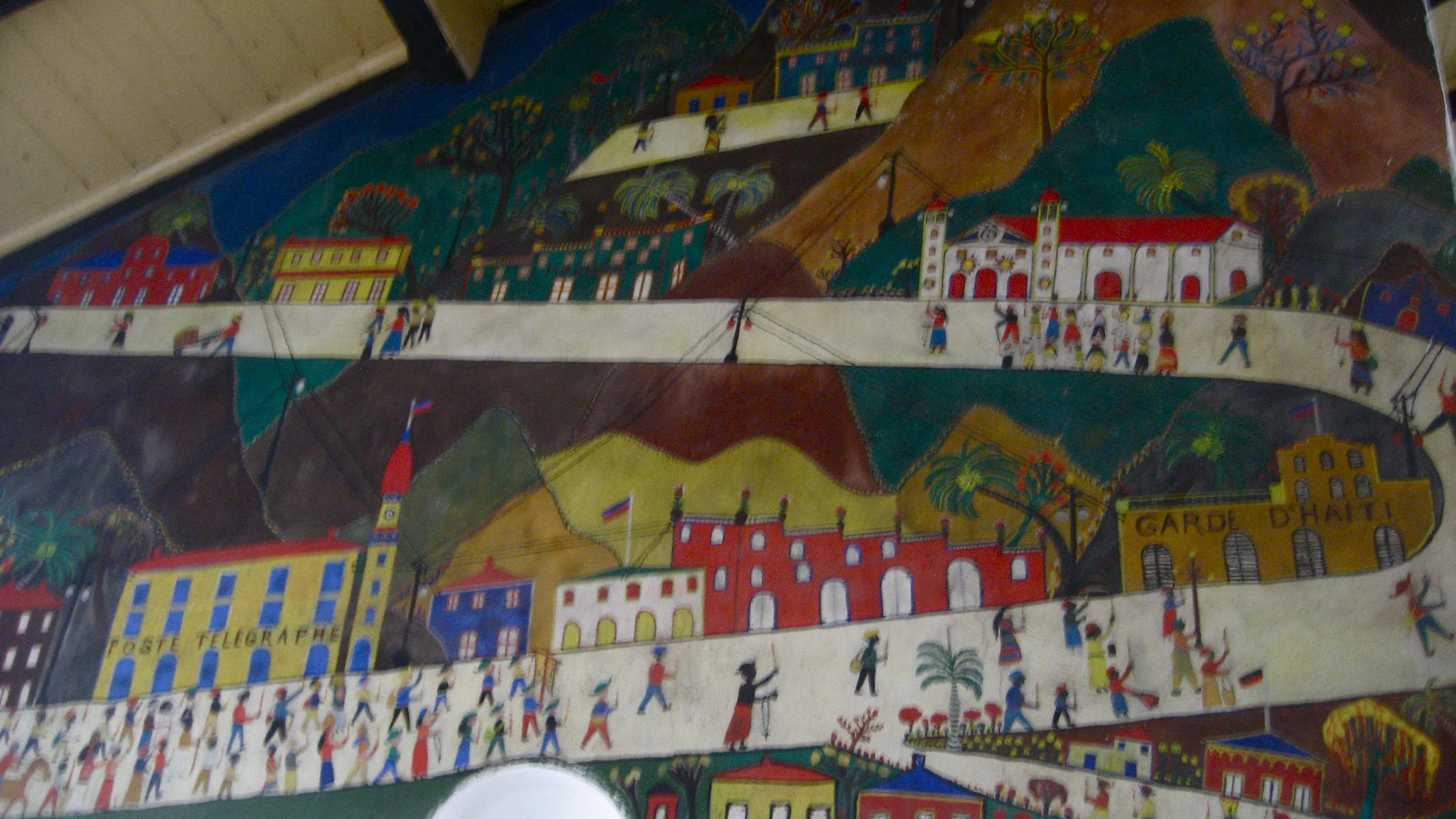
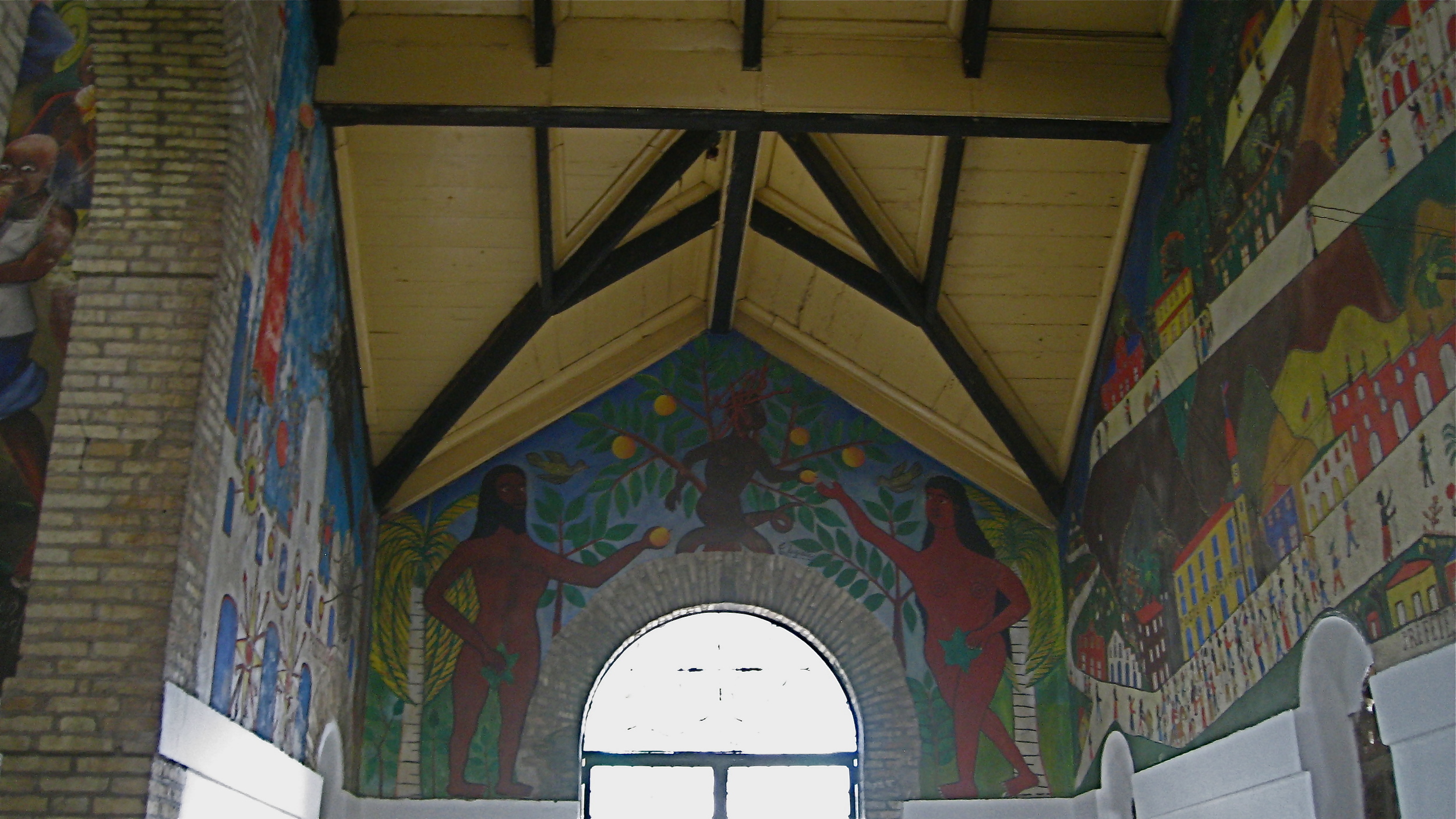
Léogâne (Nippes/SW of Ouest)
These photos document a brief pre-earthquake visit (August of 2009). HIghlights include: a gorgeous church, the Mairie, cannons in the central rotary. I had hoped to find ruins of the fort Ça Ira, but I had no luck and was told that the sea had eroded what was left.



Mirogoâne (Nippes/SW of Ouest)
Mirogoâne, in addition to being a major port city–particularly for those who wish to avoid Port-au-Prince–has an interesting topography. The city center lies in a scoop of land at the bottom of steep hills. The angle is partially visible in the angle of a tap-tap’s roof against the Mairie in the first photo. Highlights in the gallery include: the Mairie, the Cathedral on the Place d’Armes, and Mirogoâne’s lovely hill-top park, which has been built on top of, and partially refurbishes, an old fort, The park’s walls are intended to evoke the fortification with their crenelations. An unusual statue/memorial at the center of the park has several cannons built into it.


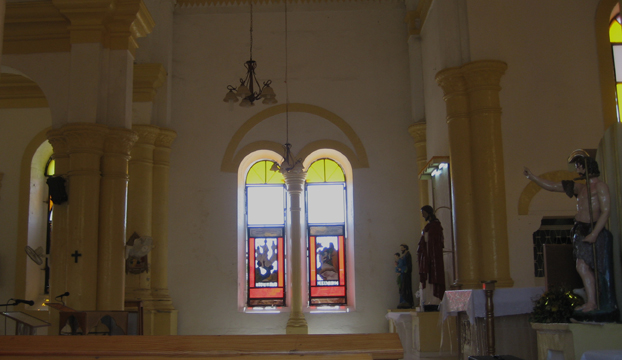

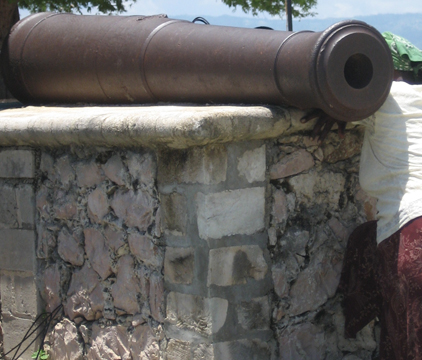
Petit-Goâve general (Nippes/SW of Ouest)
All photos of Petit-Gôave were taken in June 2009, just before the earthquake. Many of these buildings are destroyed. Highlights of this gallery include: an unusual Jesuit-style church, the most quaint Teleco office in Haiti (but Teleco’s quaintness was part of the problem, wasn’t it?), Hotel de ville, and the Dames Battery. The yellow concrete statue and marble plaque off of Rue Petion mark this seaside fortification. The statue was constructed in 1954 and was in great shape and well-maintained as of 2009. The plaque reads: “1954 Hommage de la ville de Petit-Goave au Faustin 1er Empereur d’Haiti 1847-1859.” Alas, the plaque offers no information on the battery itself.
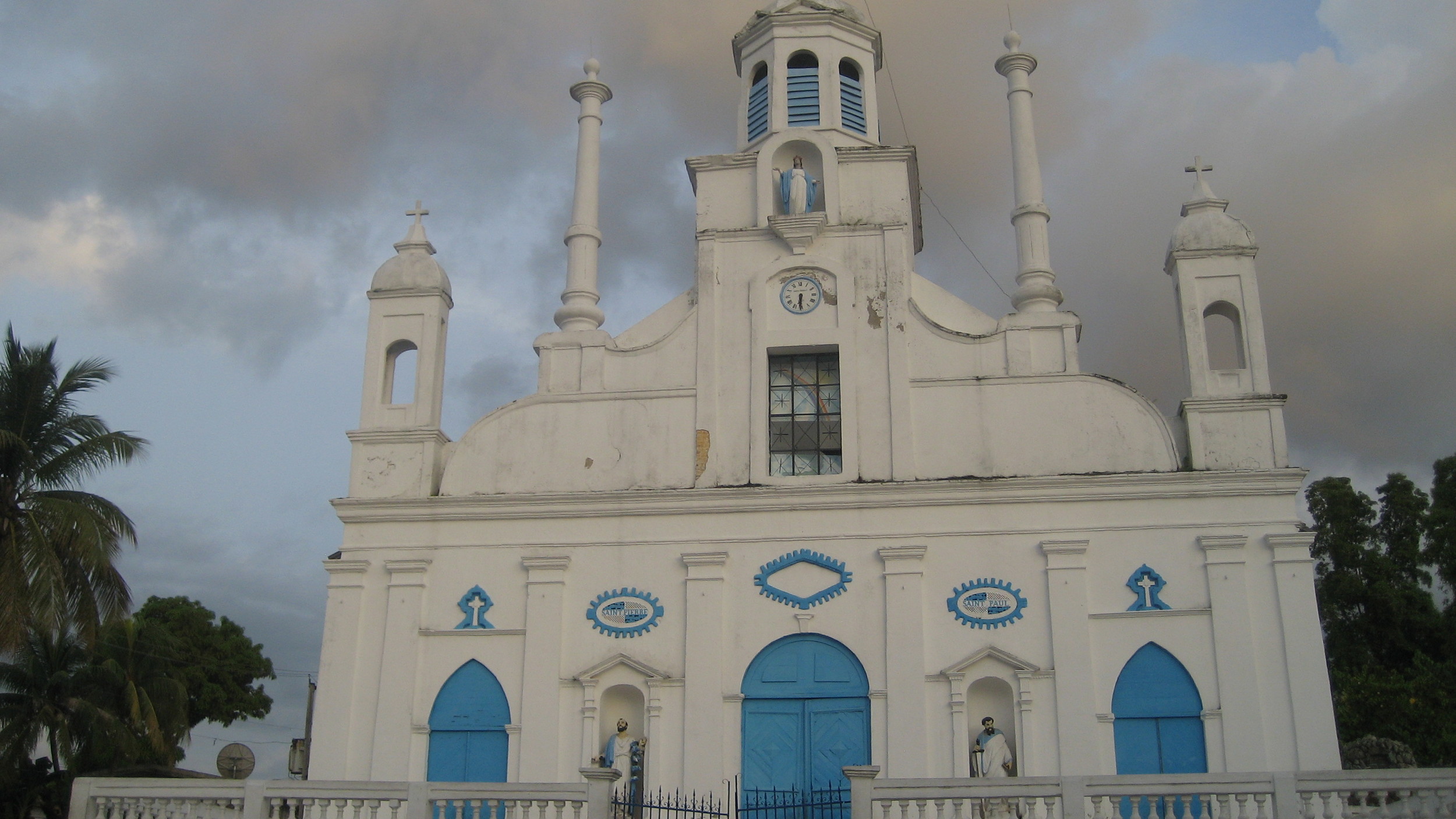
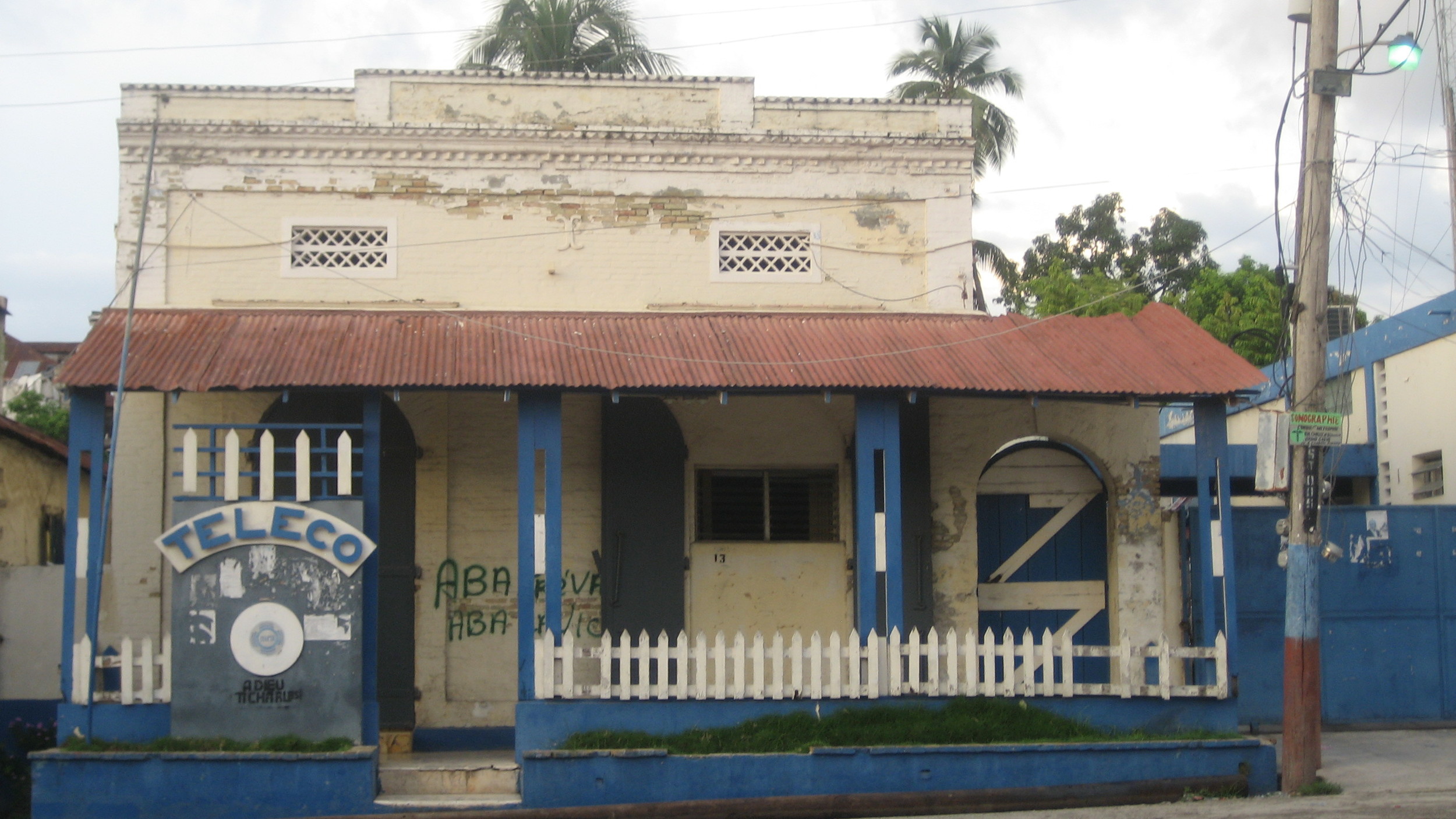
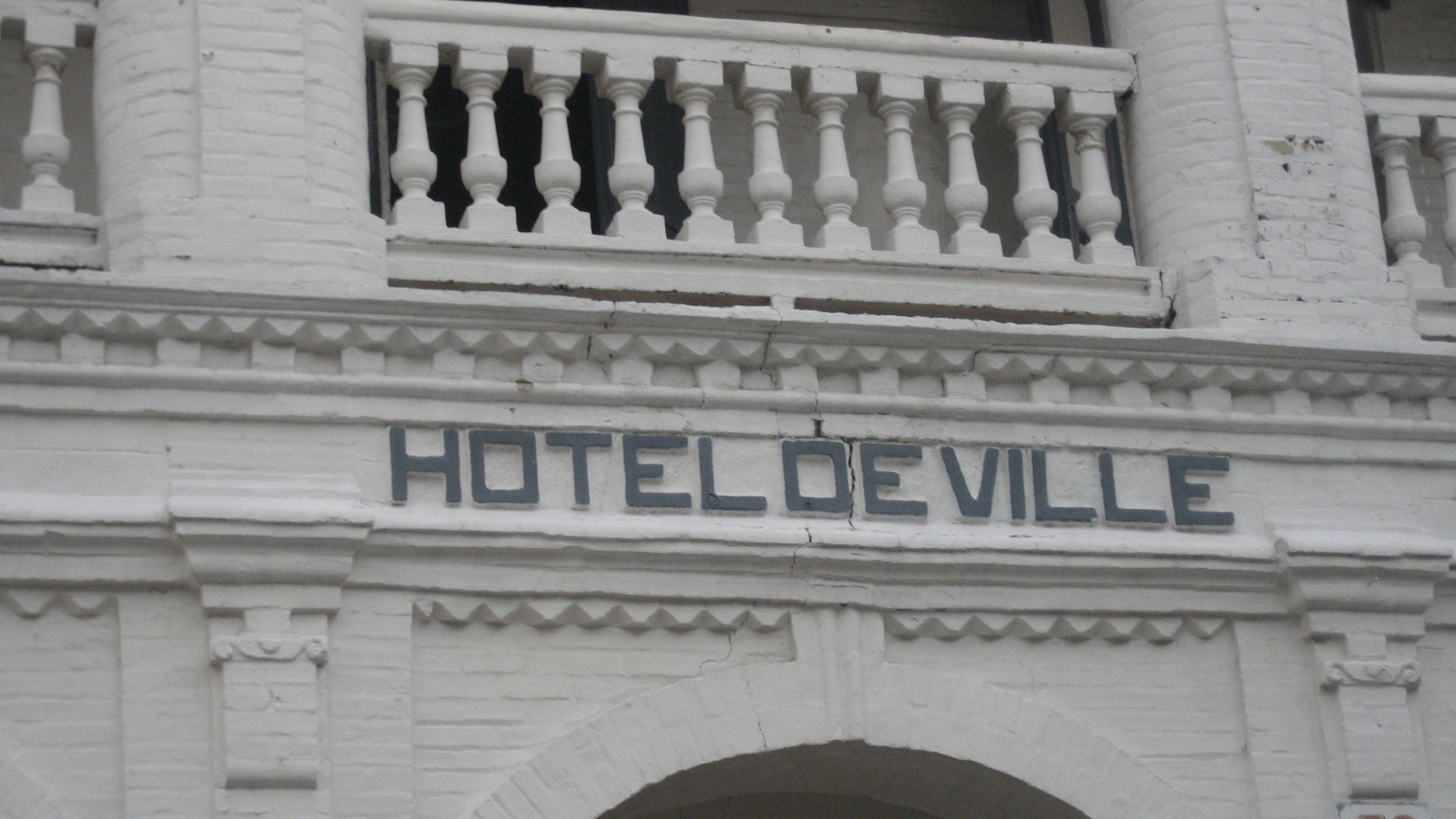
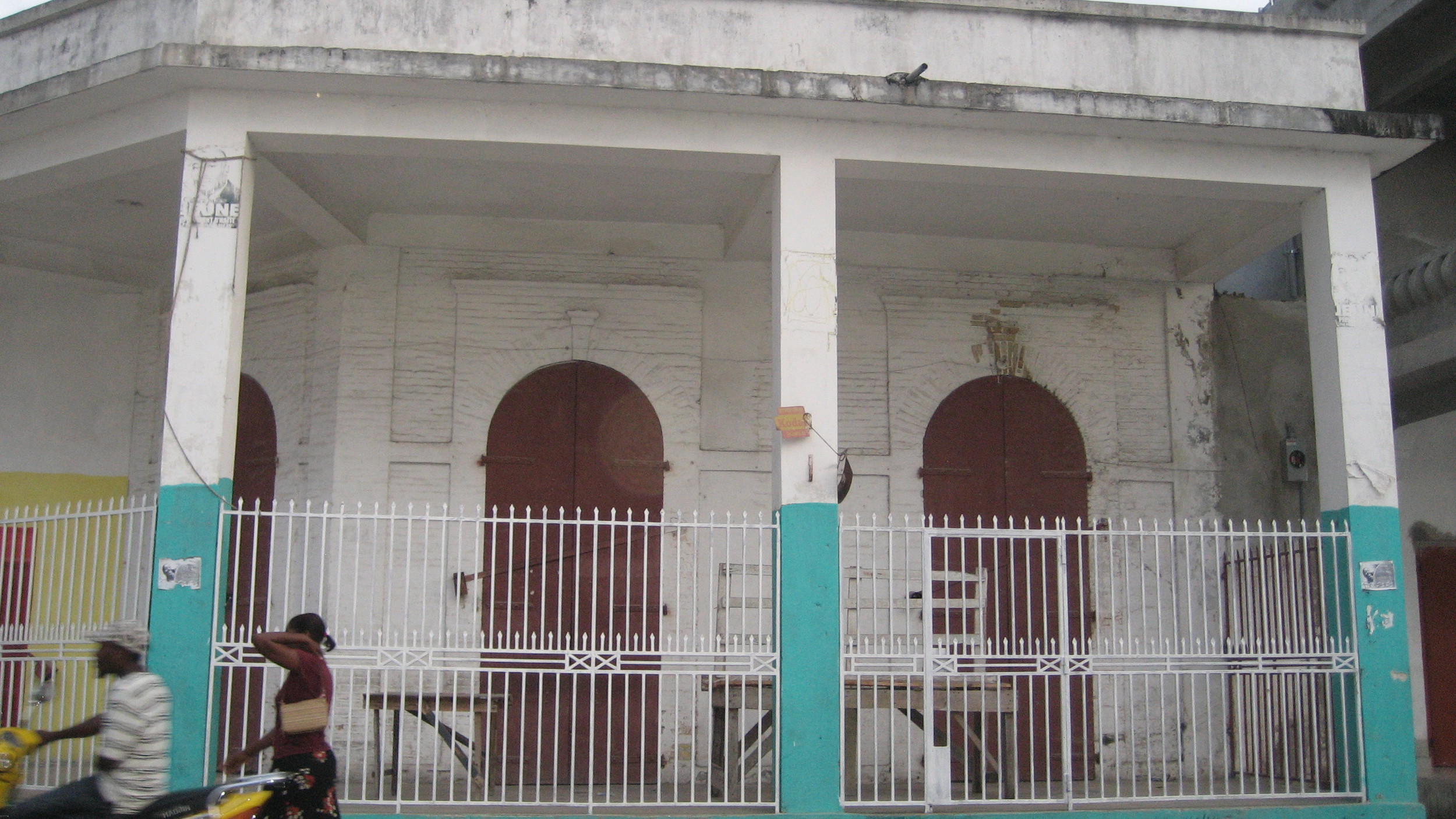

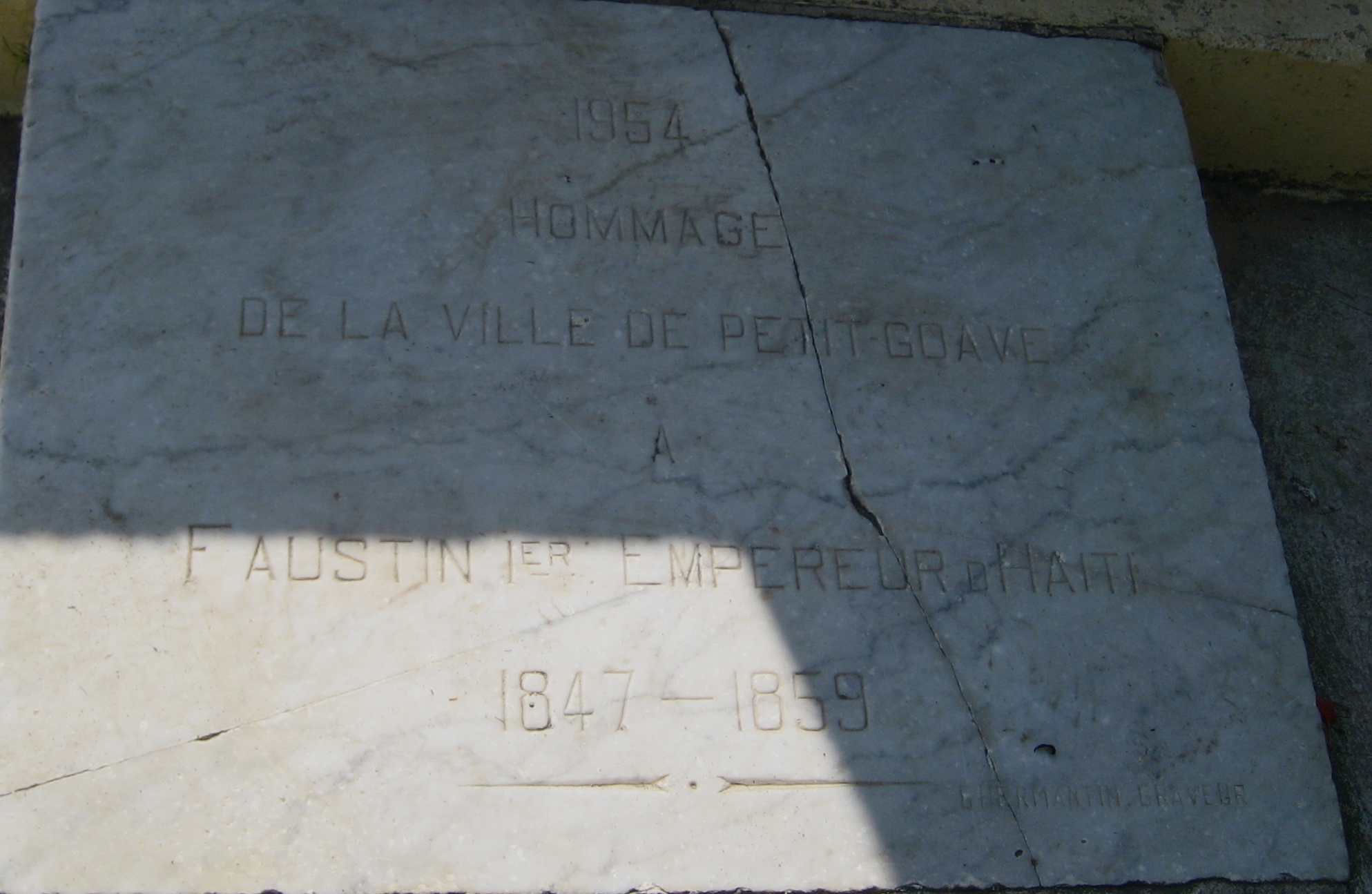
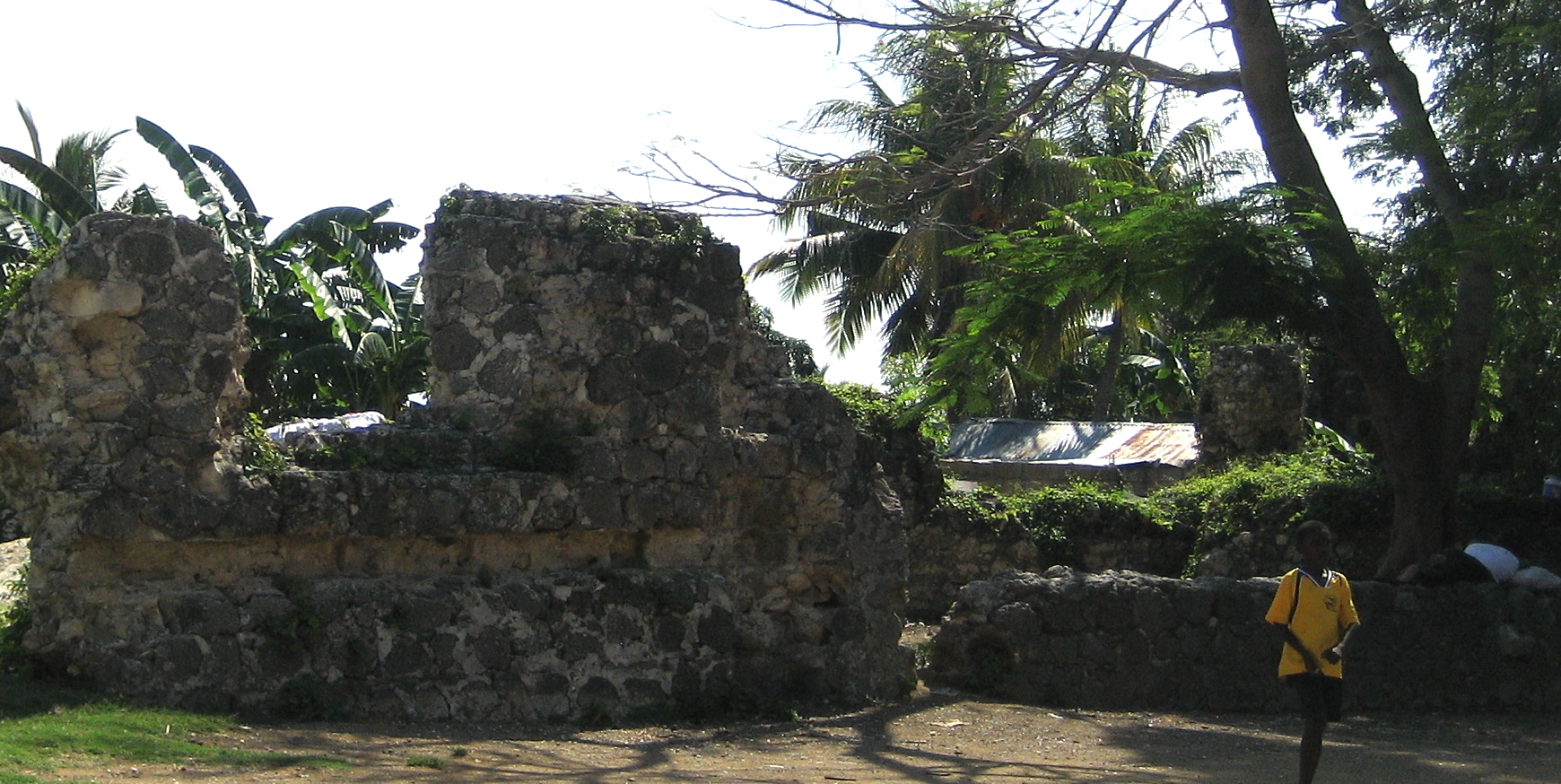

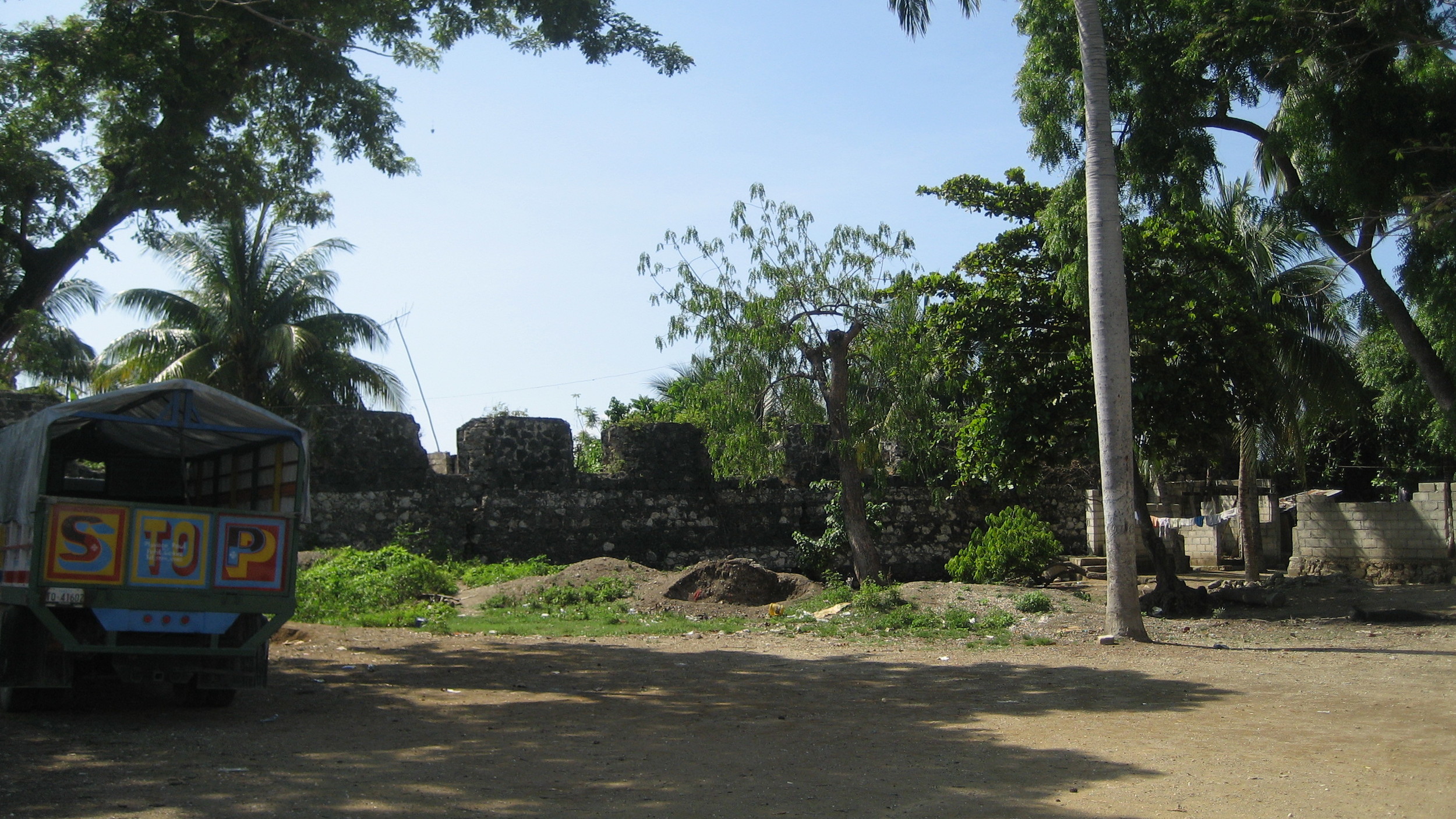
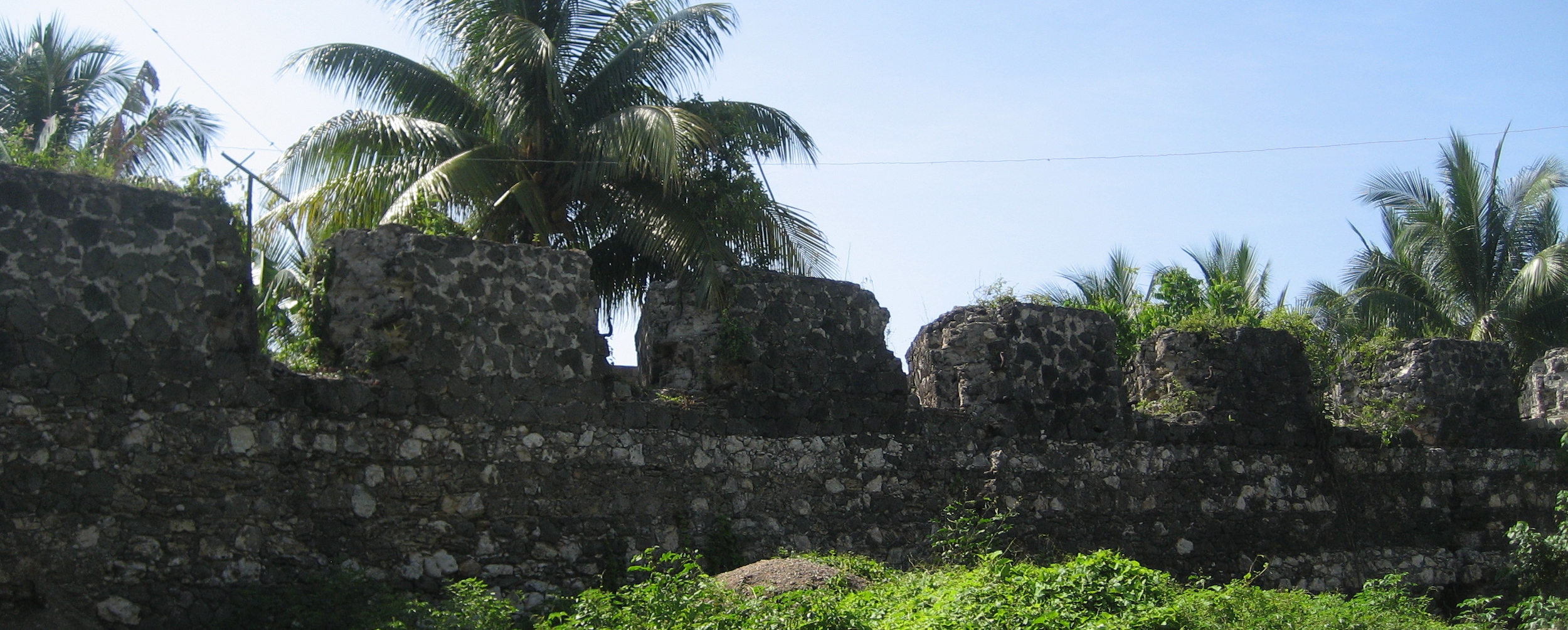
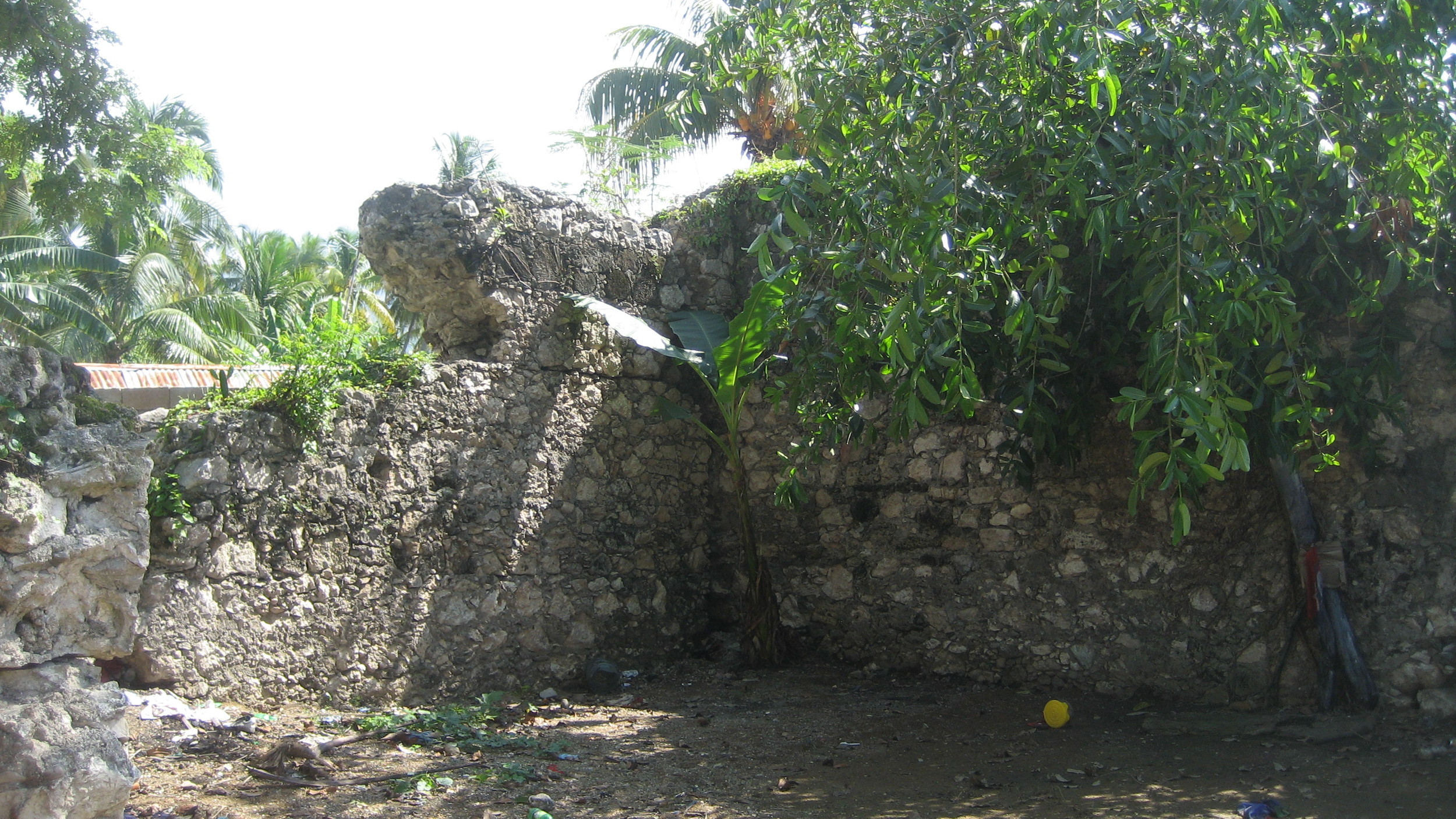
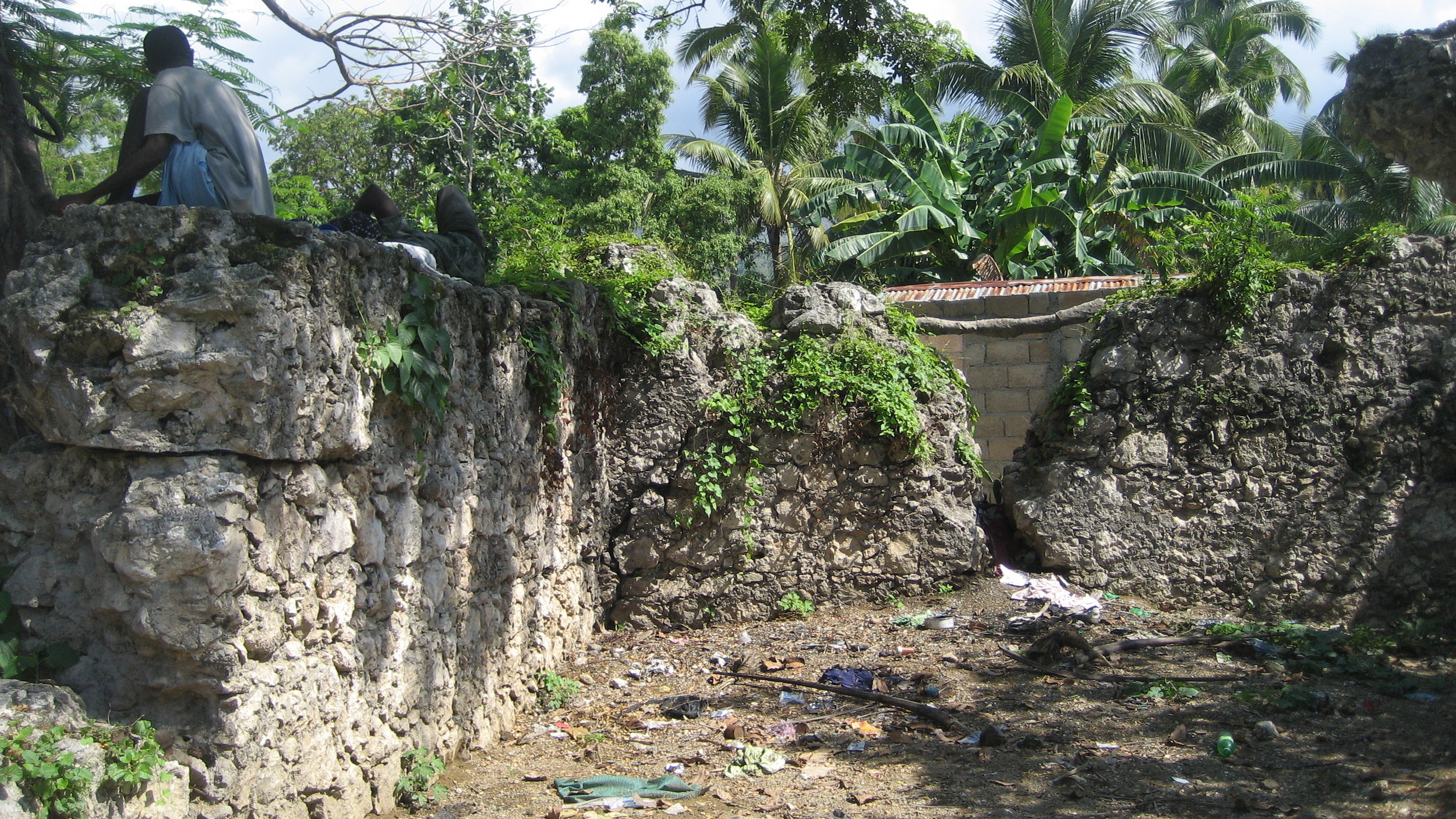
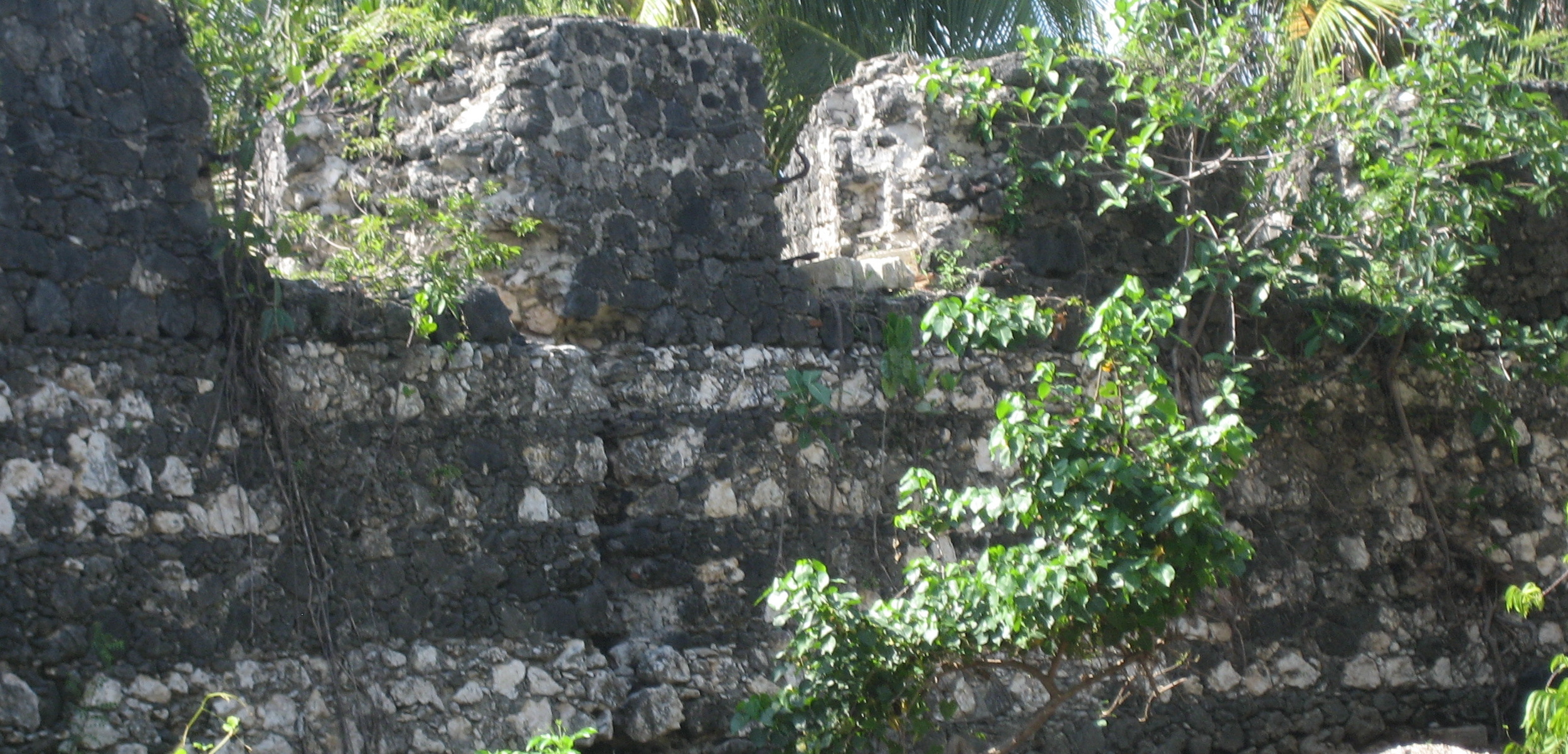
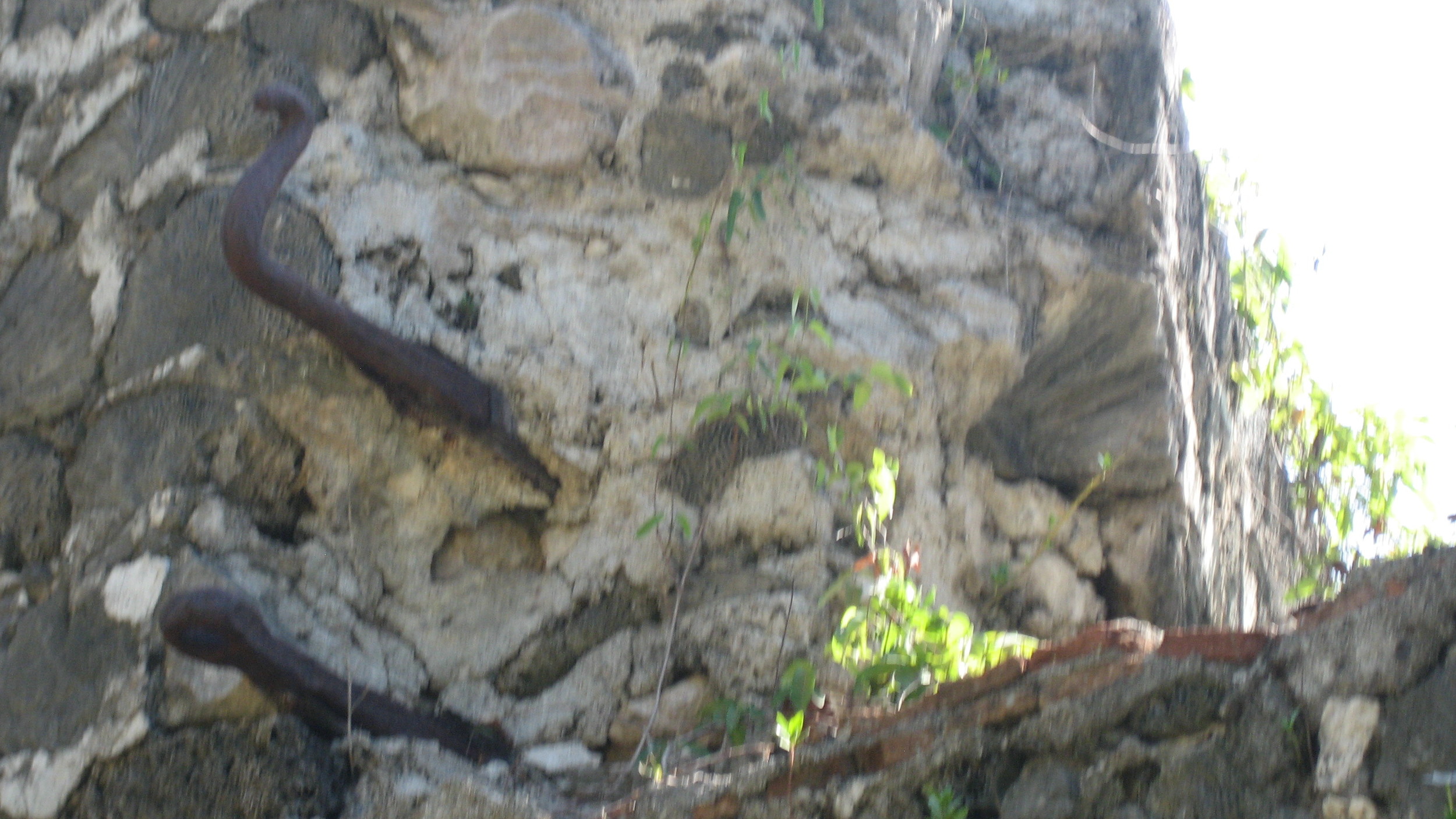
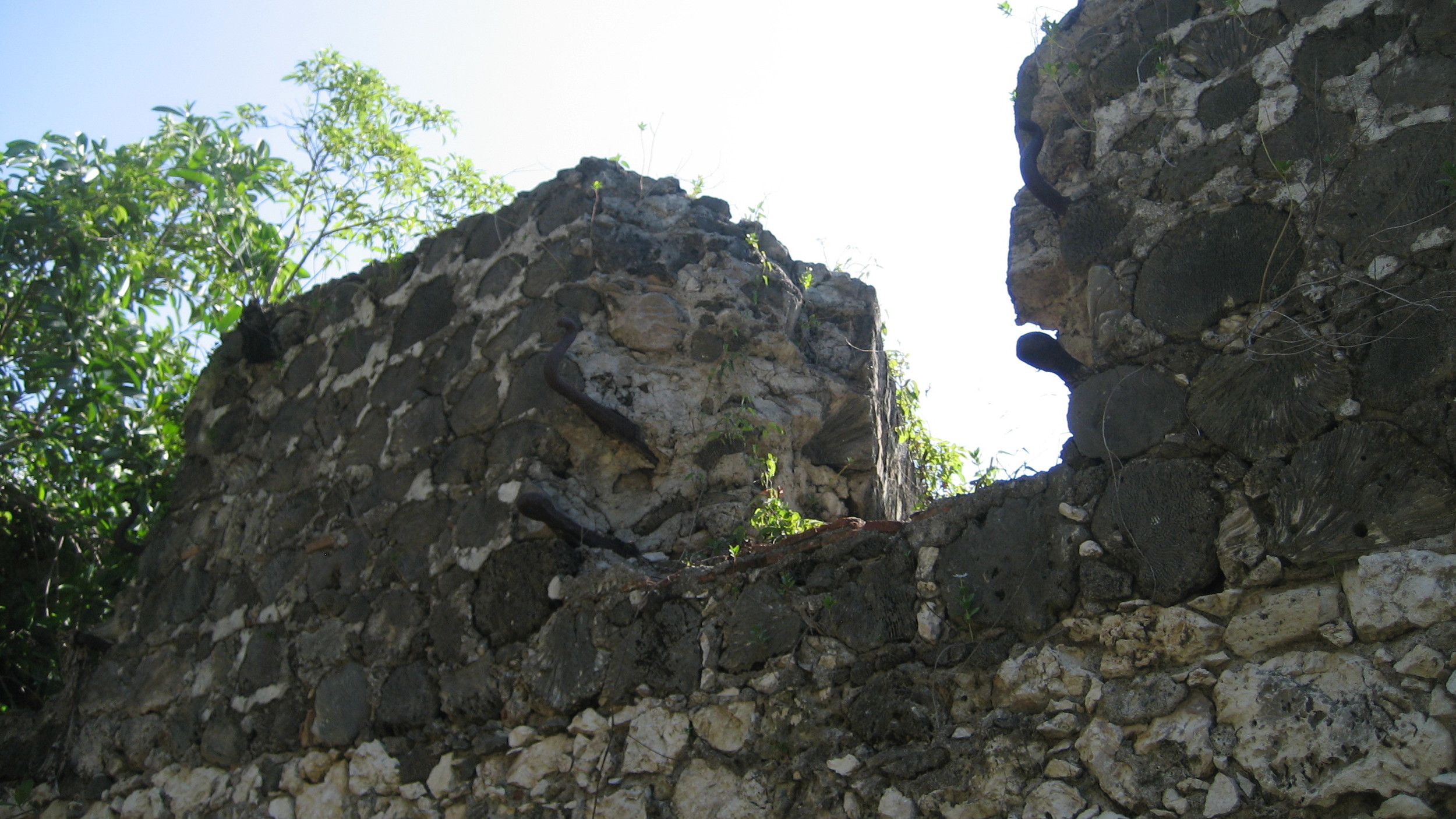
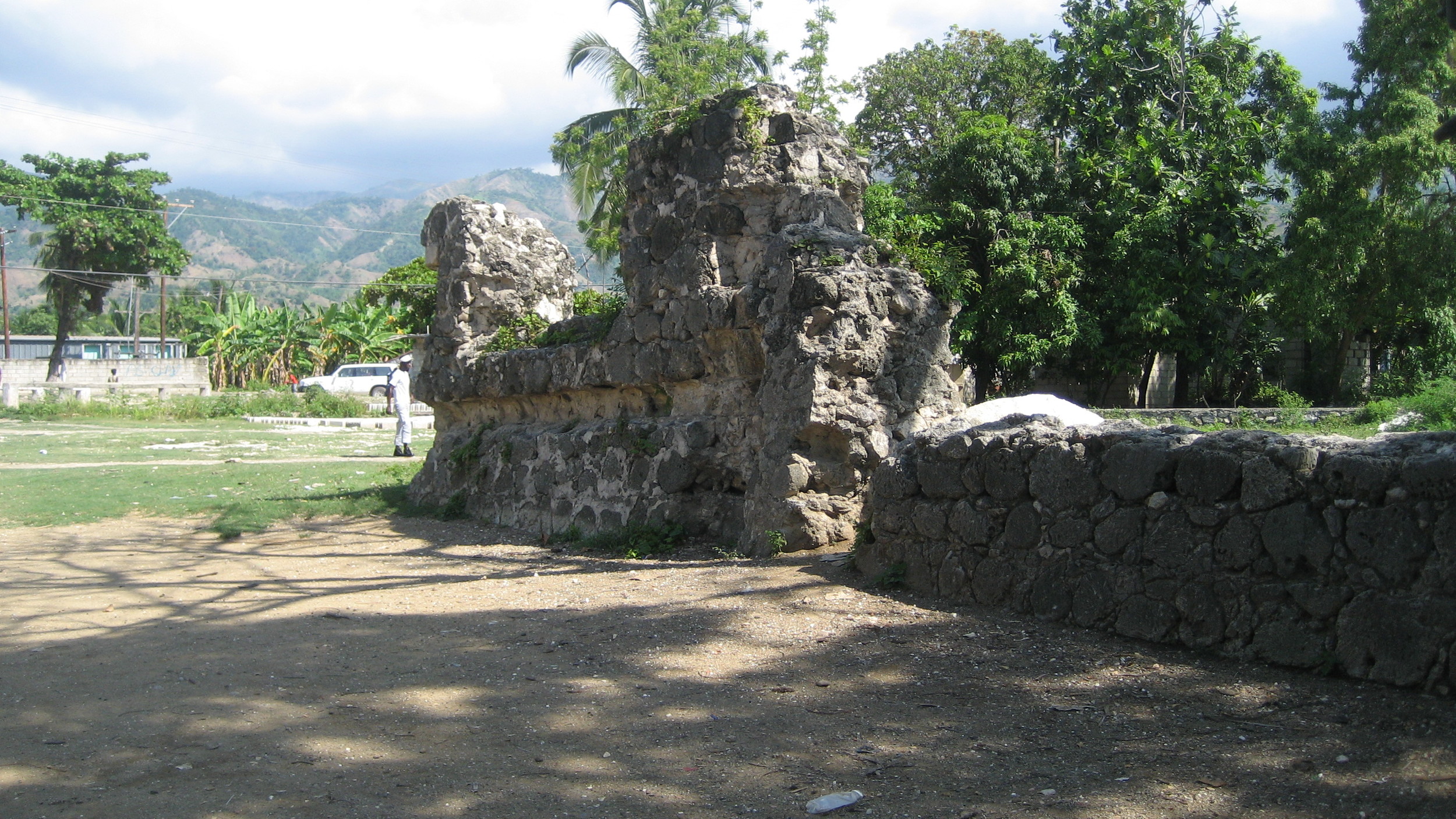
Relais de l’Empereur (Léogâne, Nippes/SW of Ouest)
The Relais de l’Empereur was a beautiful old hotel located on the corner of Rue Republicaine and Rue Louverture off of the city plaza and was destroyed in the earthquake. Named for Haiti’s Emperor Faustin Souloque, this was an old building, but some historians think that its heritage as Faustin’s “palace” is apocryphal. The 3rd floor was added by hotel impresario, Olivier Coquelin. In the 1970s and early ‘80s, French disco-club owner Coquelin turned Habitation Leclerc in Martissant, Port-au-Prince, and the Relais into hedonistic hot spots. The photos from French Vogue etc. that still lined the walls when I visited in 2009 were a real homage to excess. The hotel also owned Cocoyer Plage, a boat ride away. With a pool and bar and beach, the photos of that site are equally fascinating. The details in the hotel were all bizarre: a real tiger skin on the wall; gorgeous brass elephant details on the bar; various antlers on the wall in the bar; Haitian art mixed with polo clubs and framed photos of topless women; “artsy” porn shots lined the walls, while the wall sconces were made from tusks. All the rooms had 4-poster beds and balconies, mahogany sink and tub stands, and gold-plated Kohler faucets (although there was no running water during my visit).





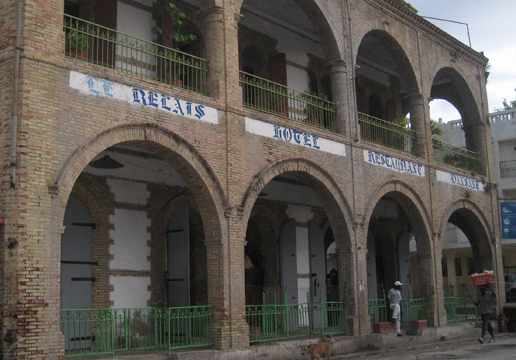



Downtown Cayes (South)
A few photos of the oldest parts of town, including the main square—the Place d’Armes—including the statue of Geffrard. Apparently, his body was buried in the Fortresse des Platons (see that gallery), while his heart was buried at the foot of the tree of liberty in this square here. An 1857 map is of interest. A 1786 map is linked here. An 1803 map by a French general, Brunet, focuses on defenses and locations of the “brigands,” (the soon-to-be victorious Haitians).


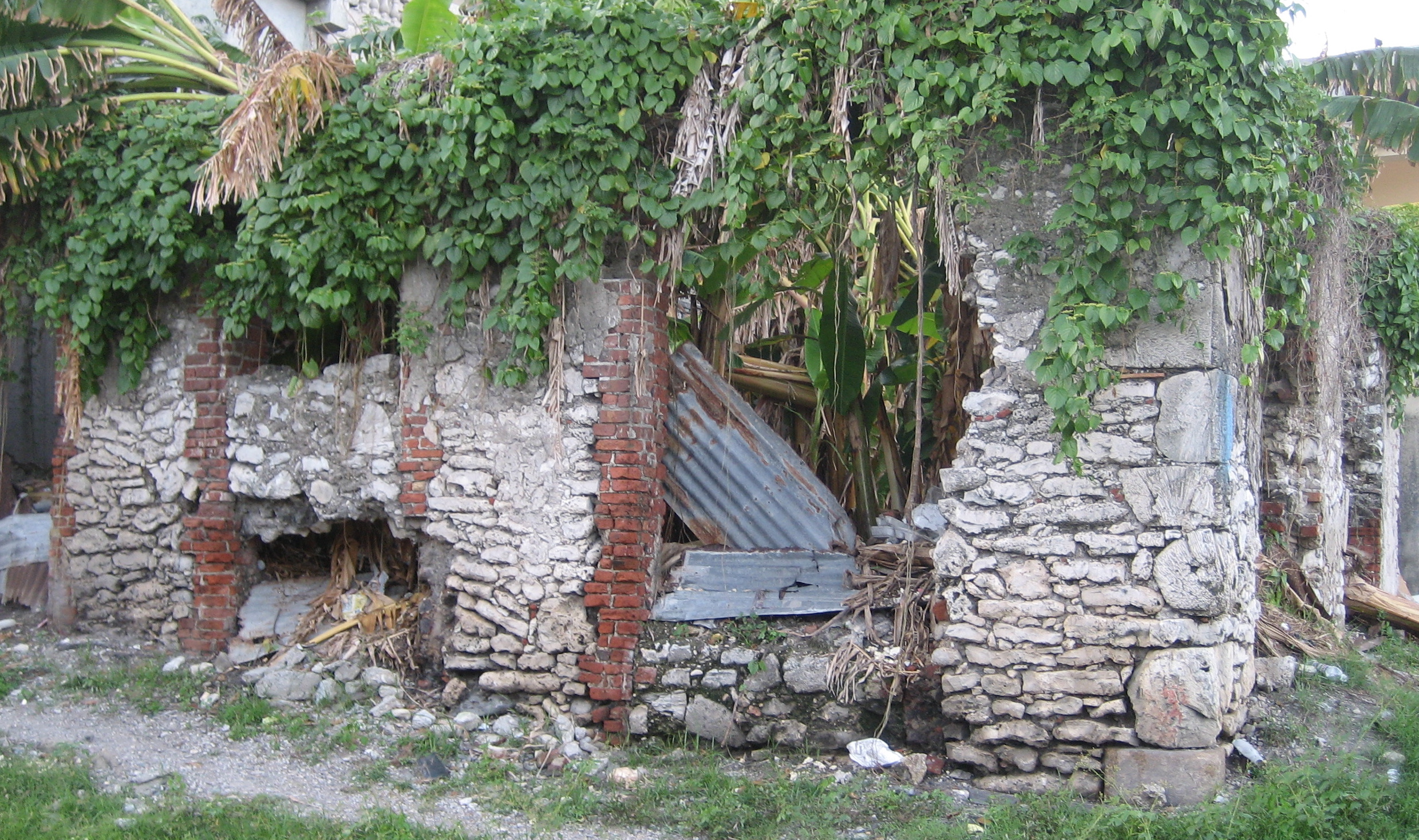
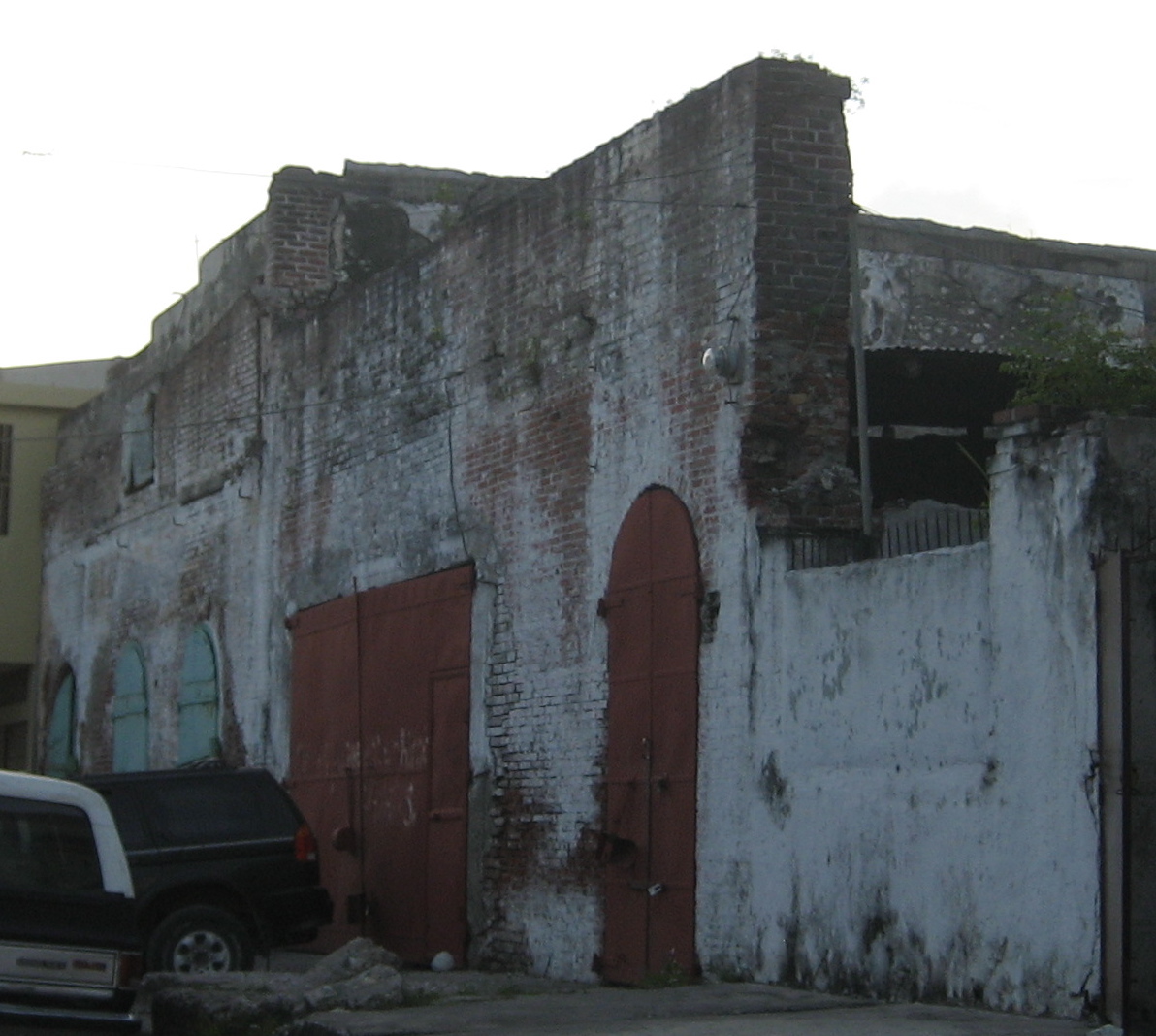
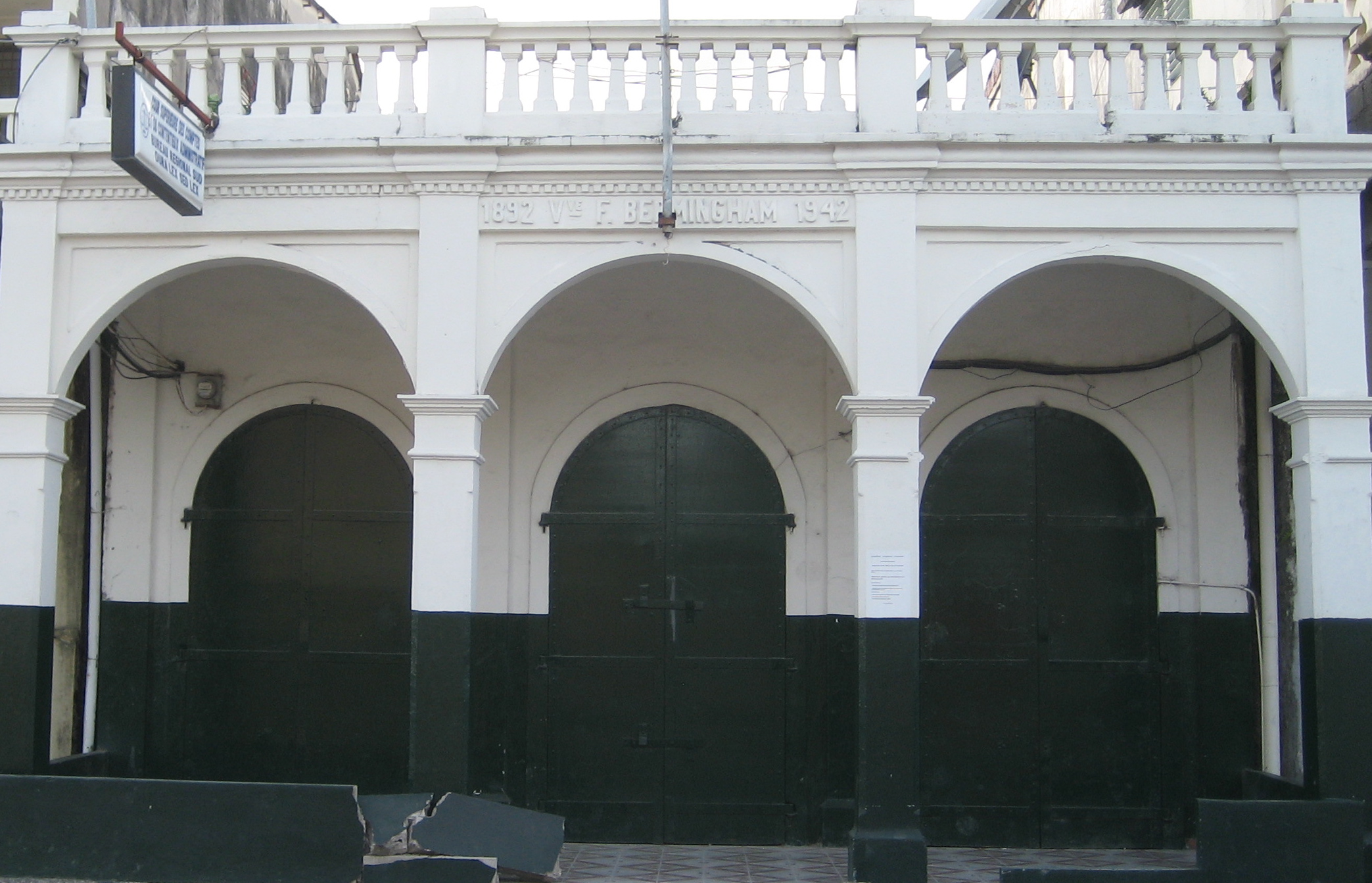
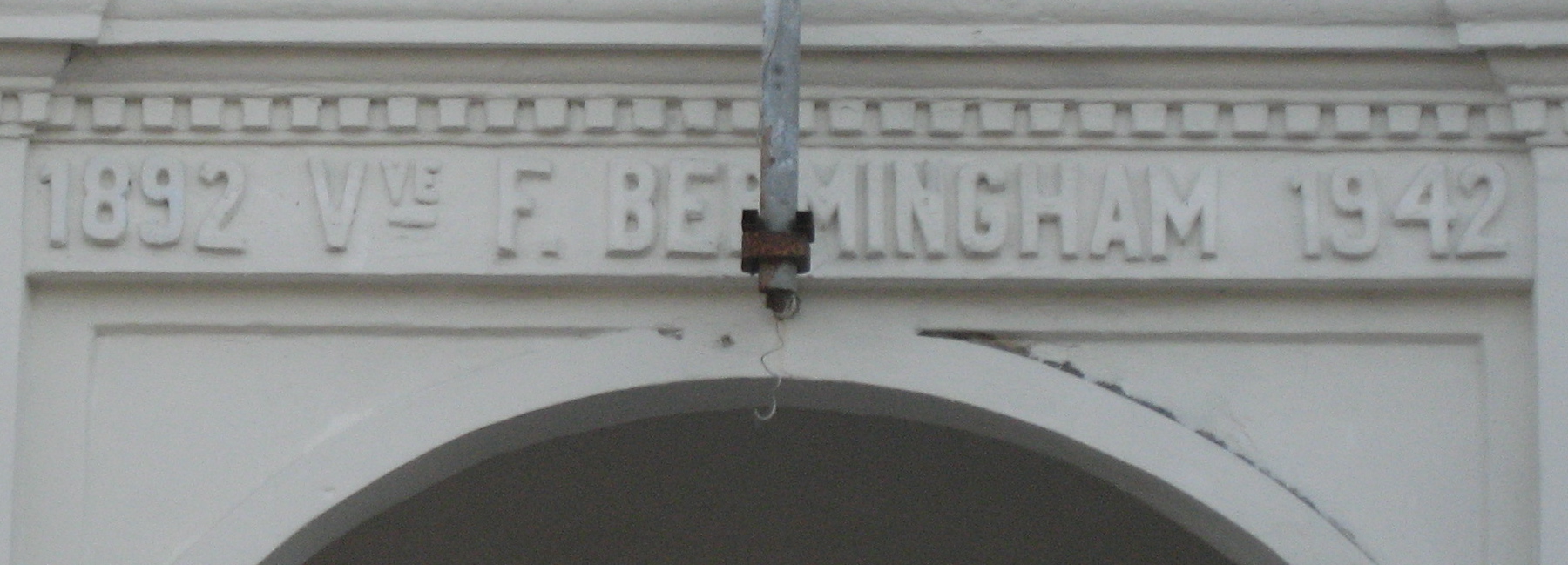
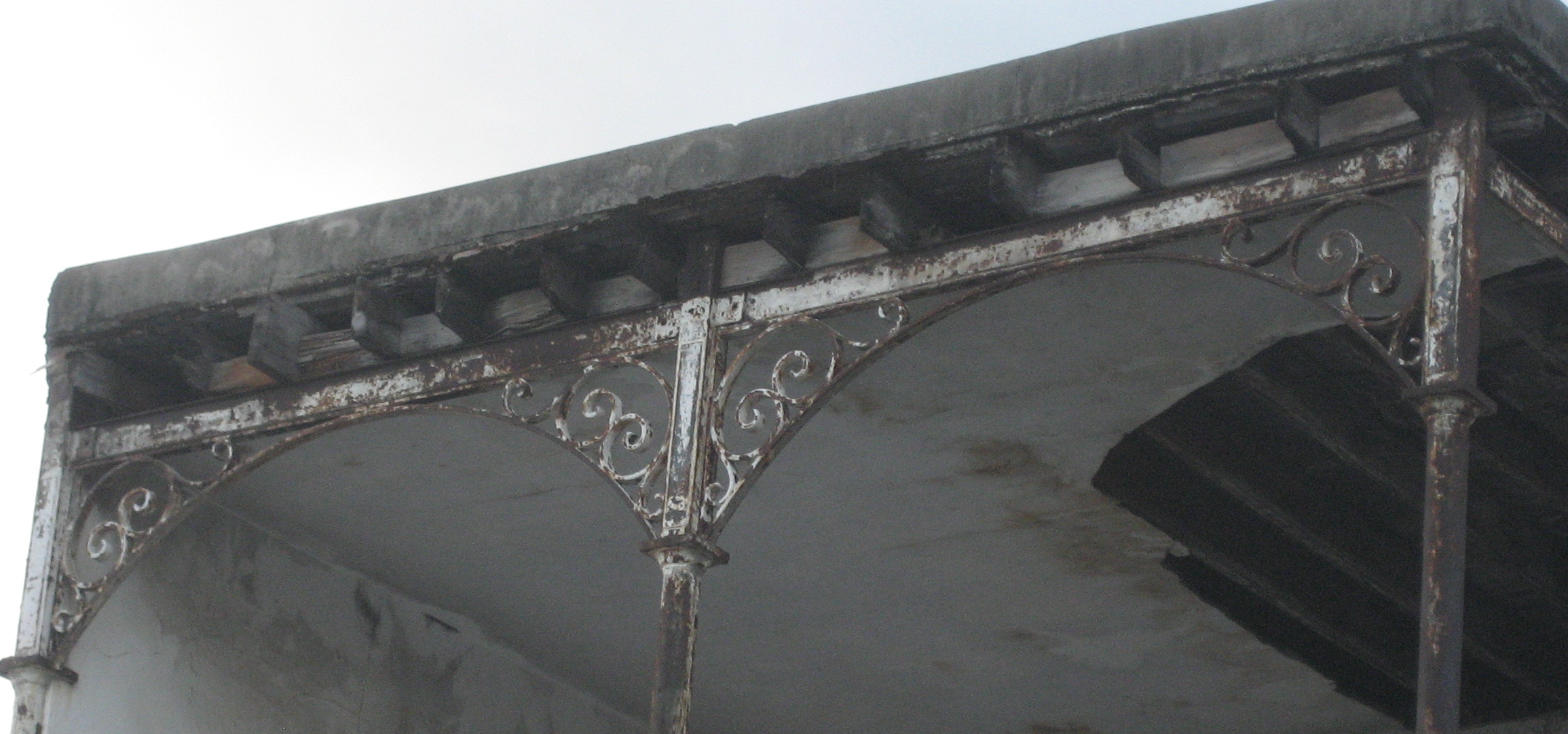

Arcahaie general (Côte des Arcadins)
This gallery features pictures from downtown Arcahaie, with a focus on the main square and its statue of Dessalines and dedication to Catherine Flon, who sewed together the Haitian flag from the French tricolour. For more on this historic moment, see the Merotte gallery below as well. At the end of the gallery is a selection of photos from a sugar mill near Merotte. It’s mentioned in L’Habitation Sucrière Dominguoise by Michel Philippe Lerebours (Les Editions des Presses Naitonales).
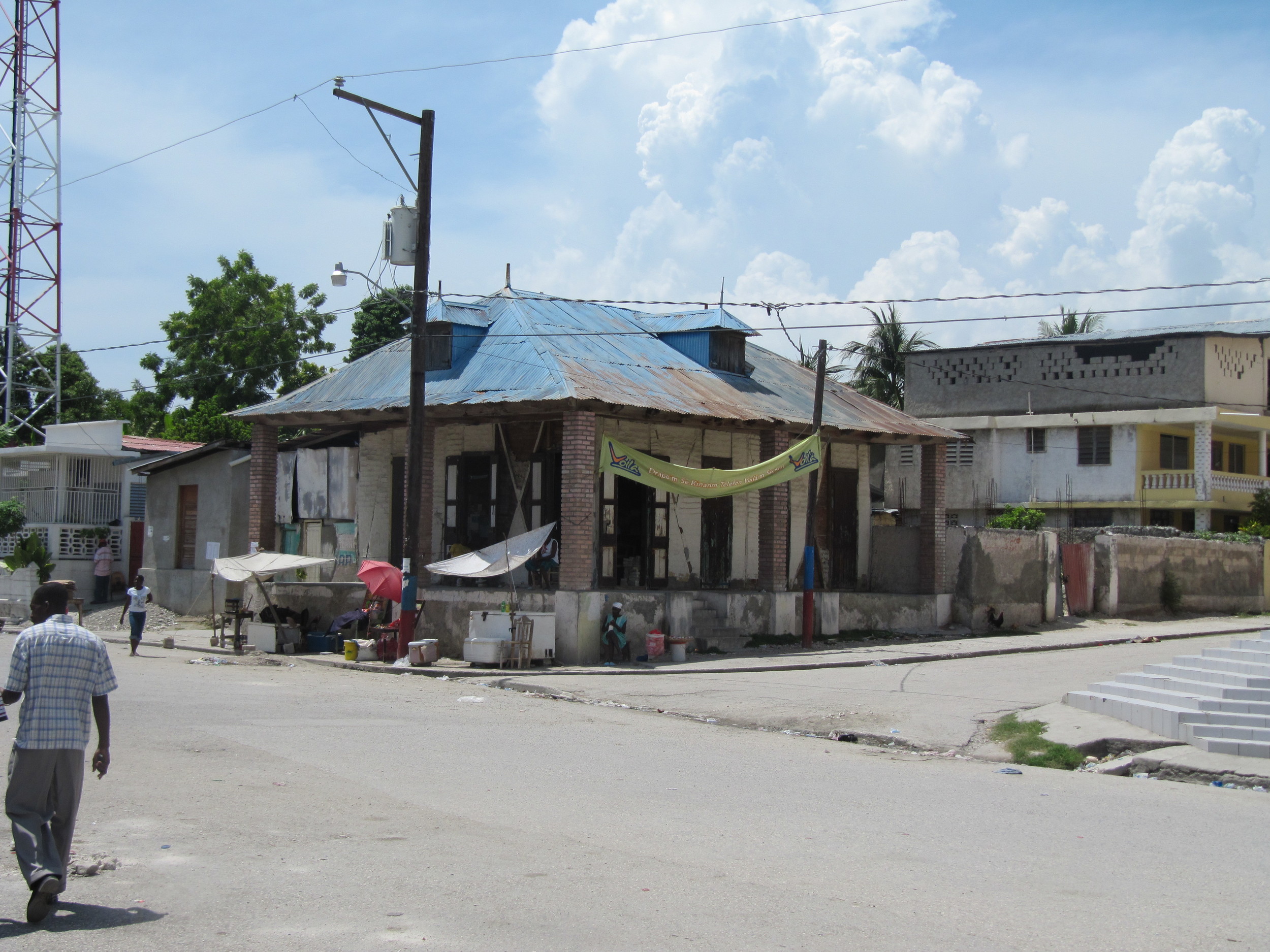

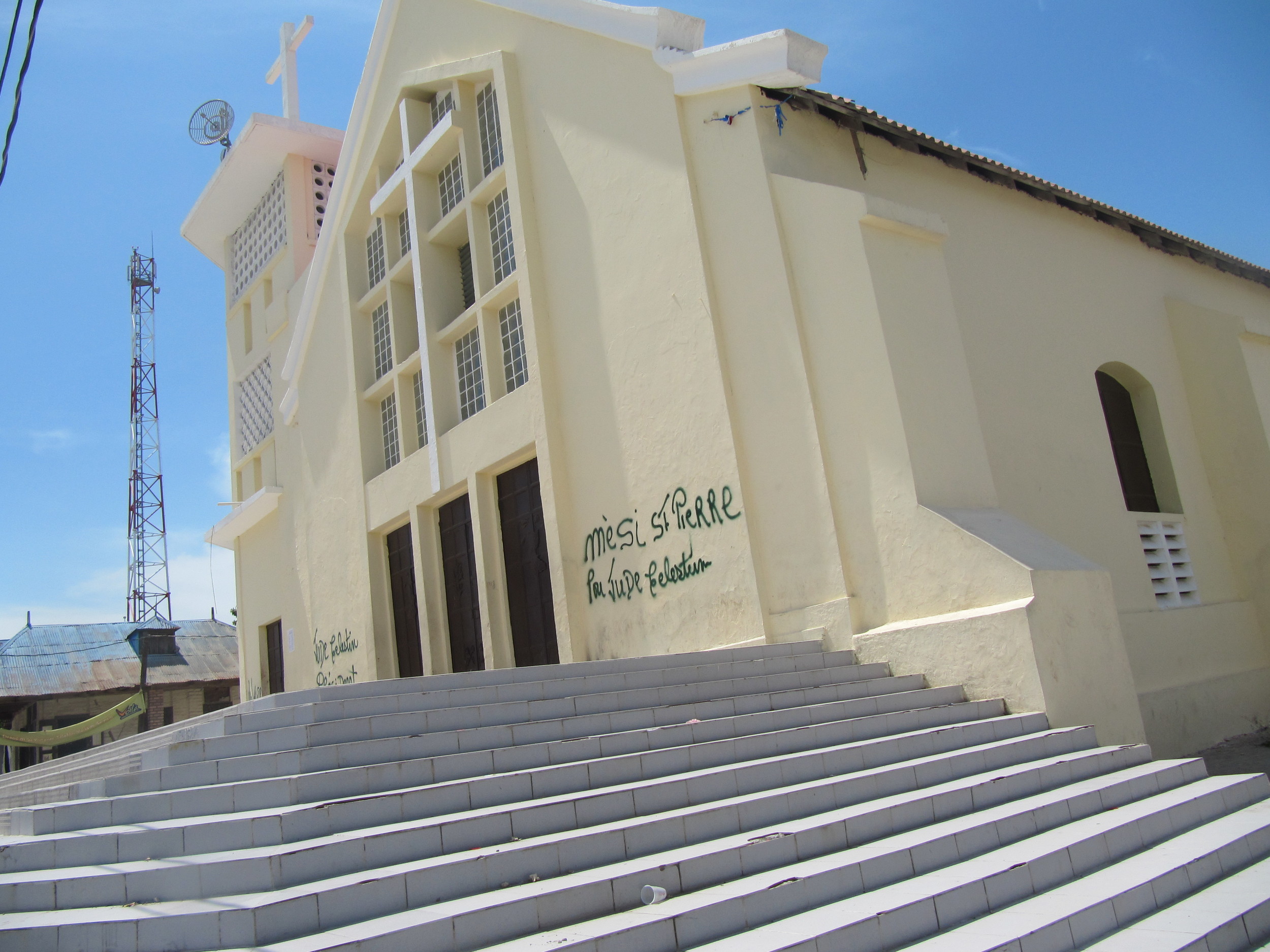
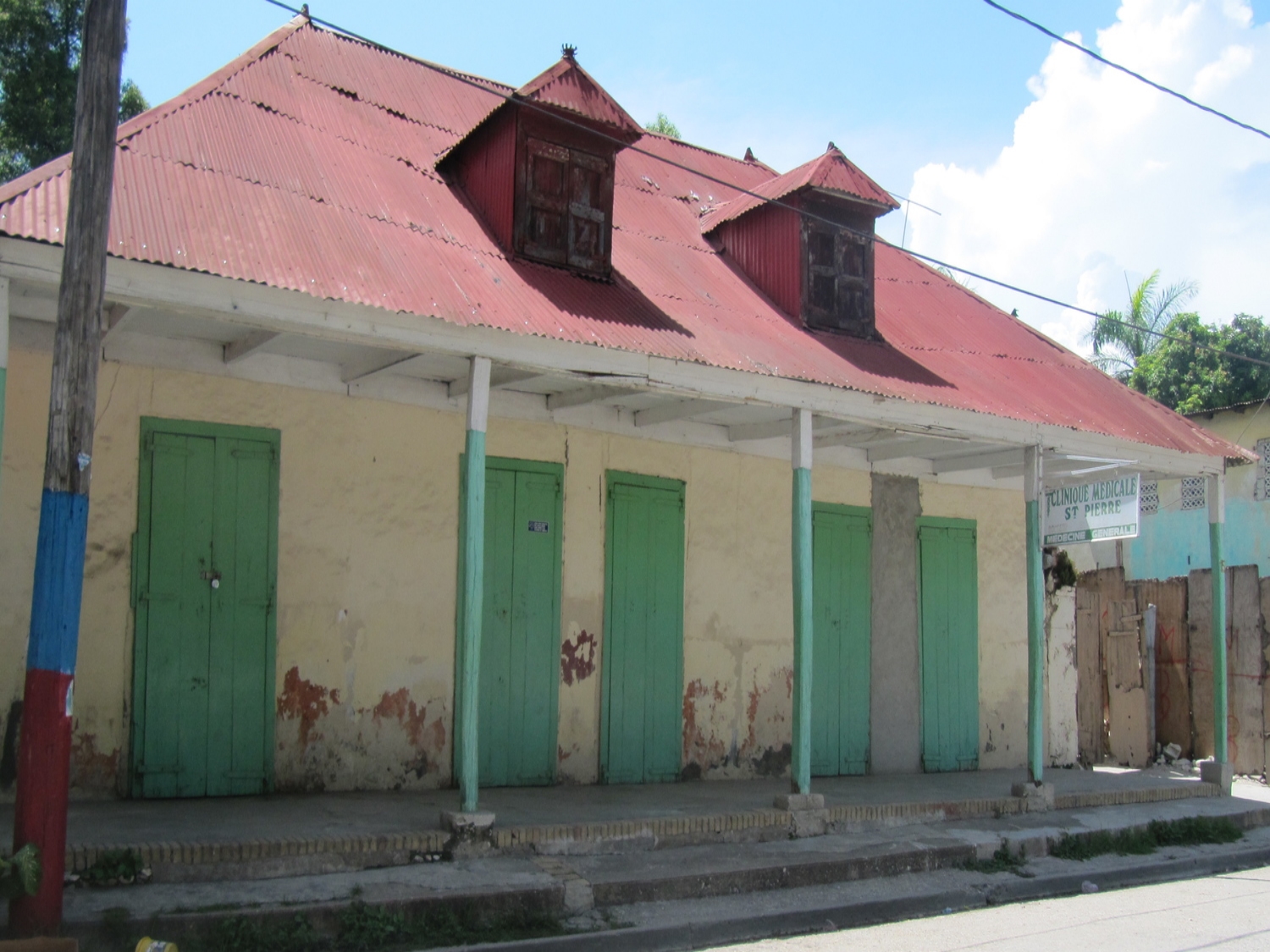
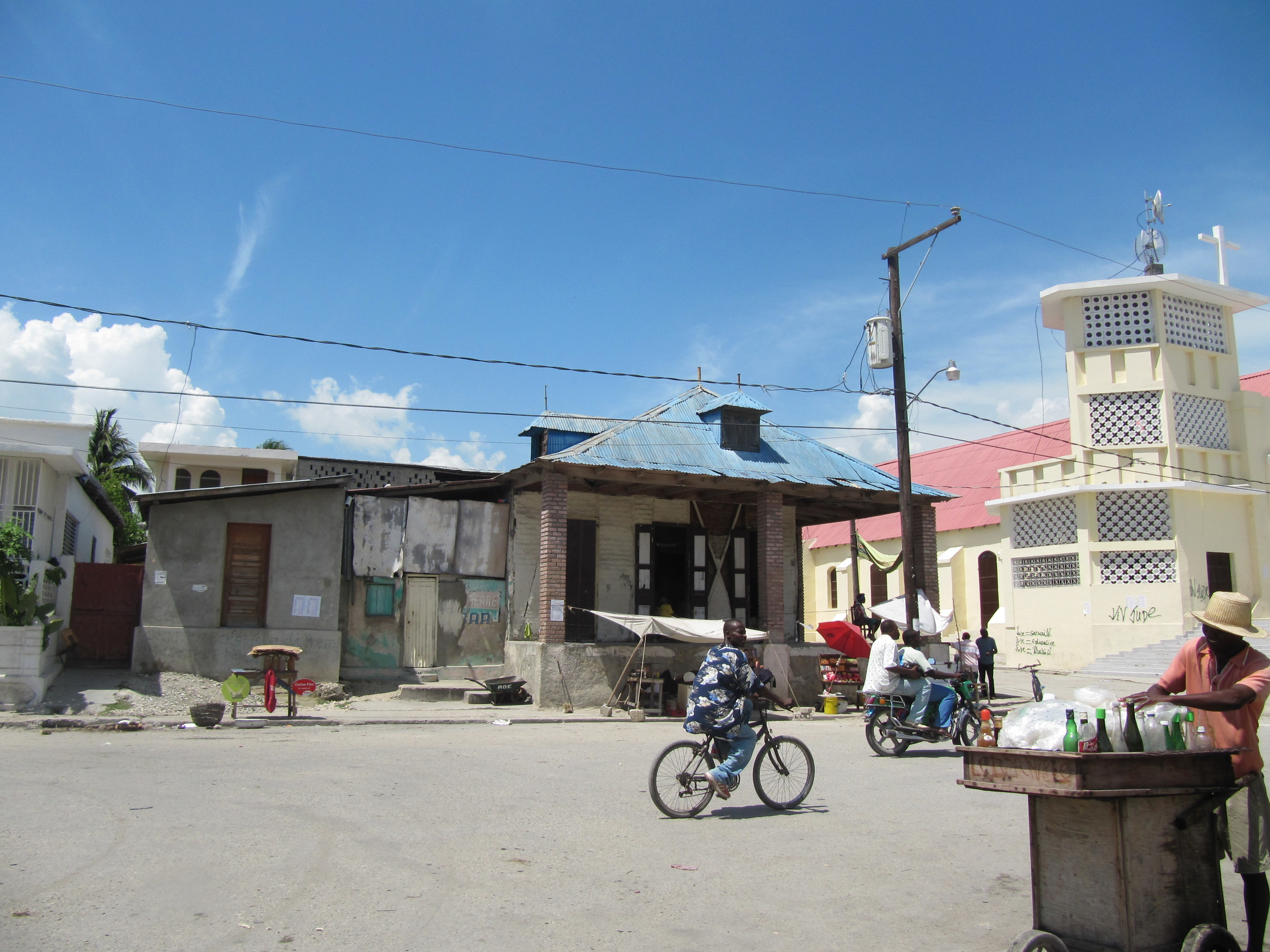
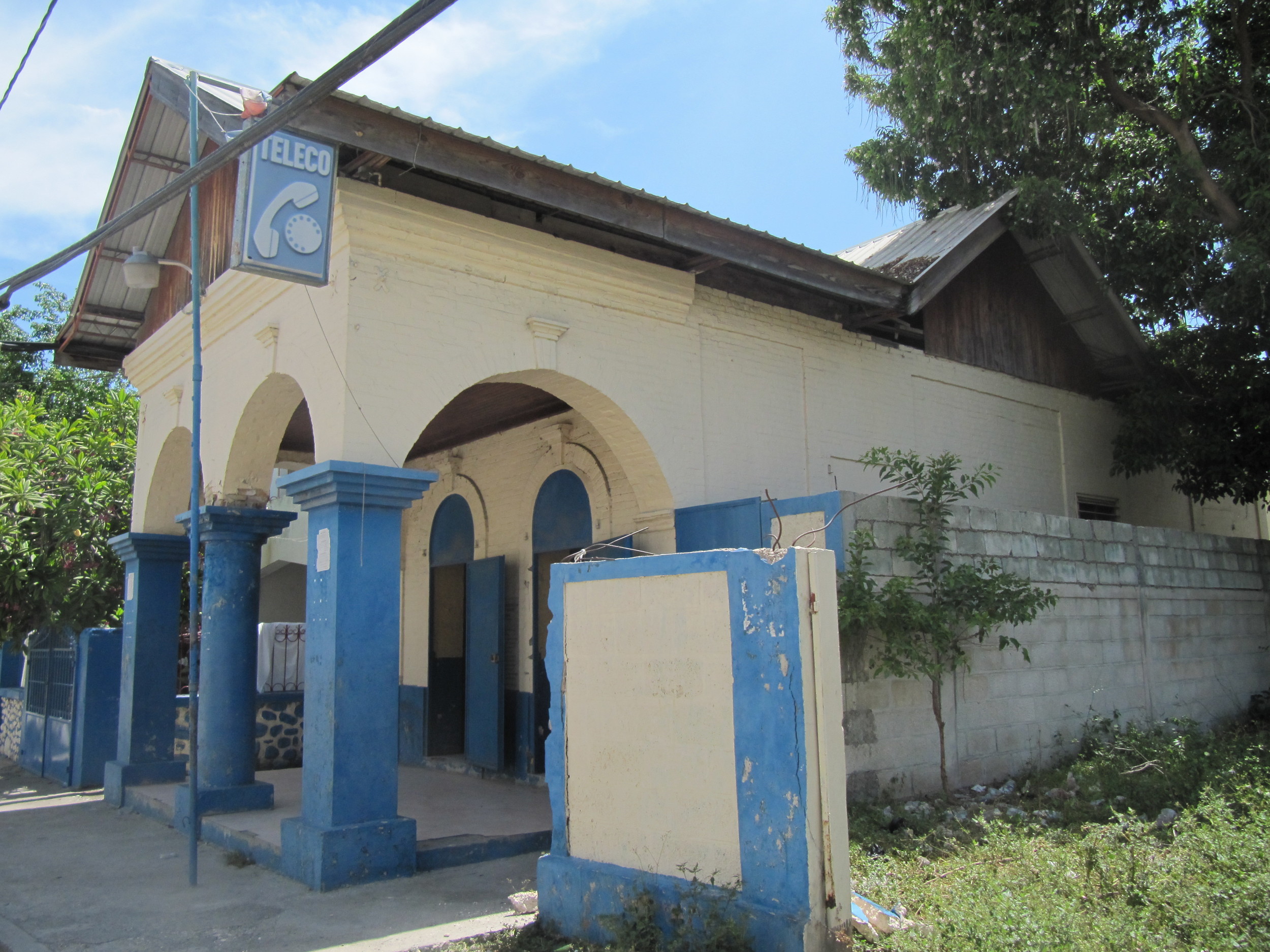

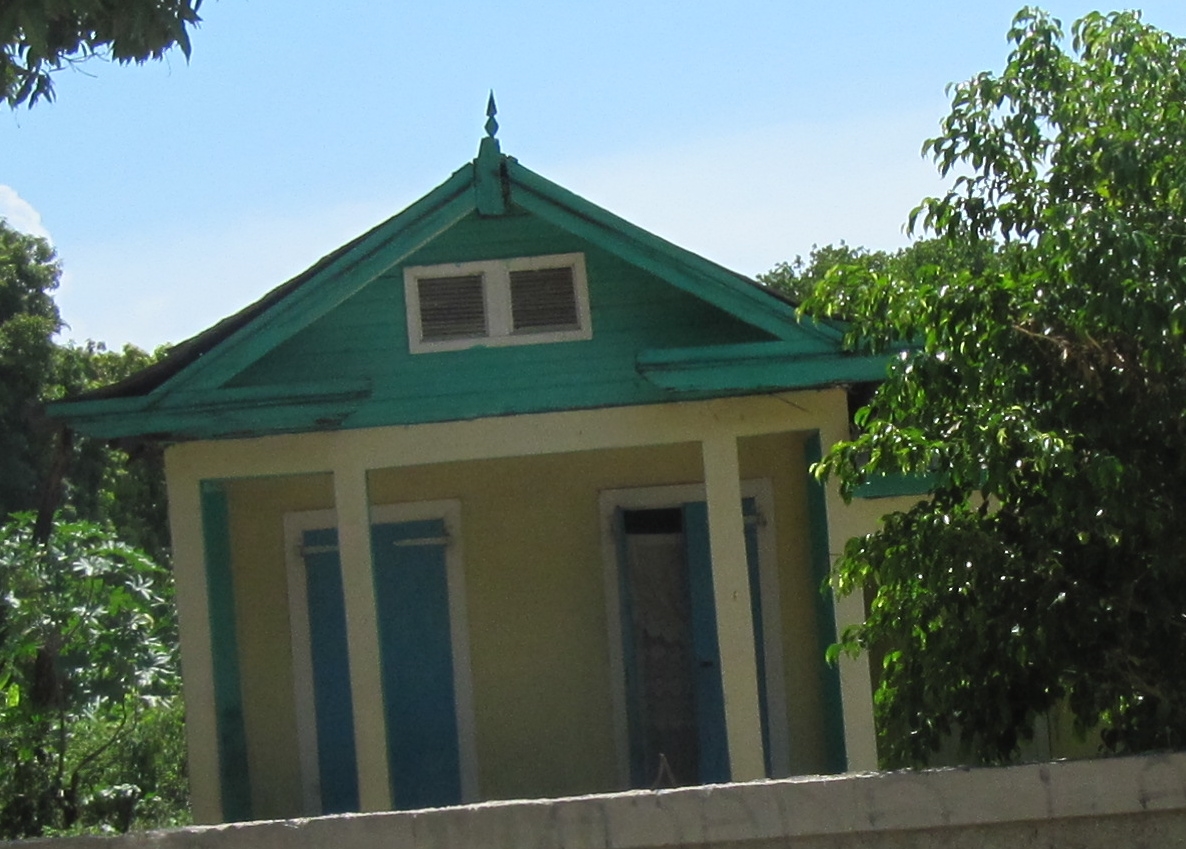
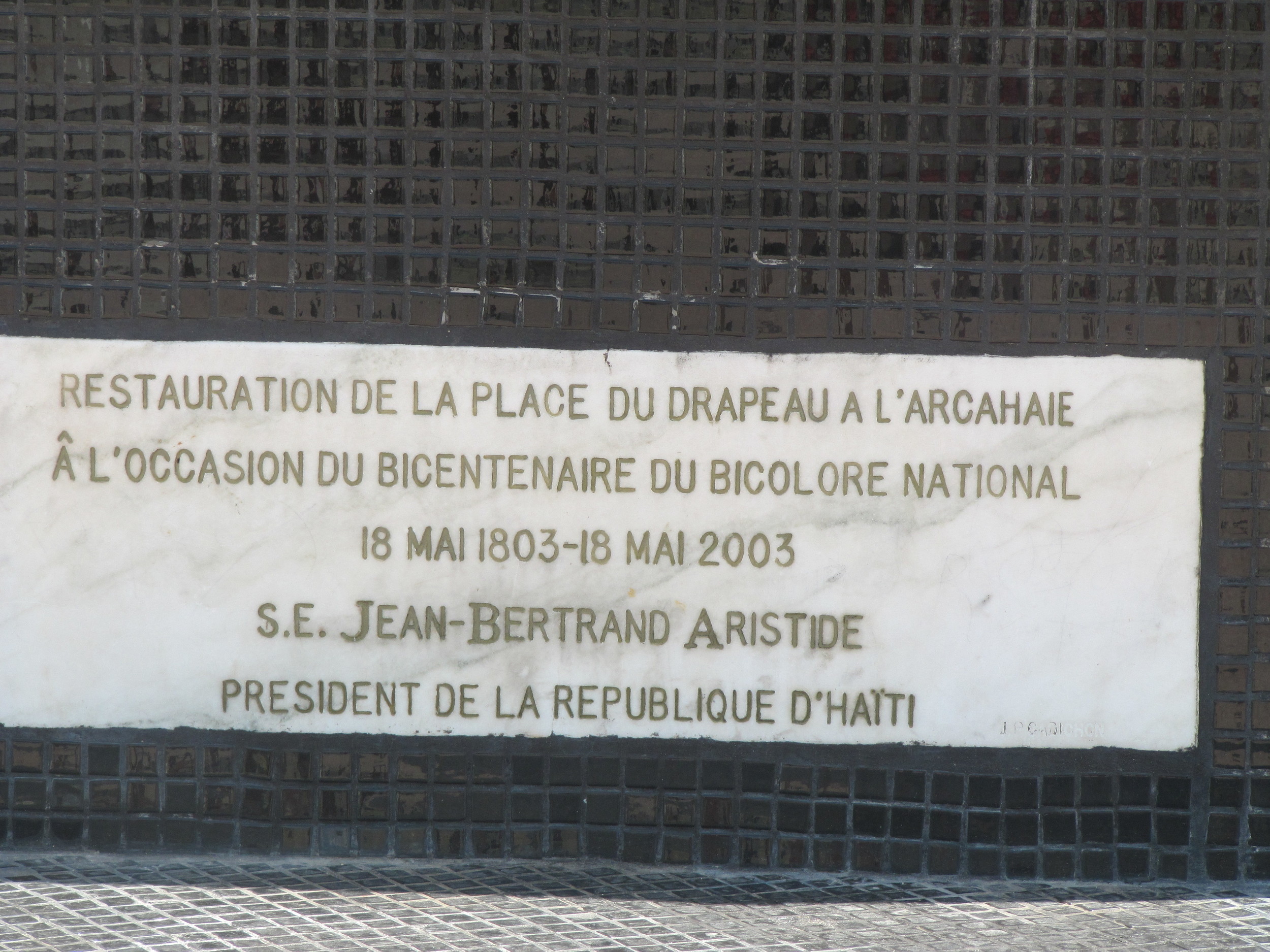
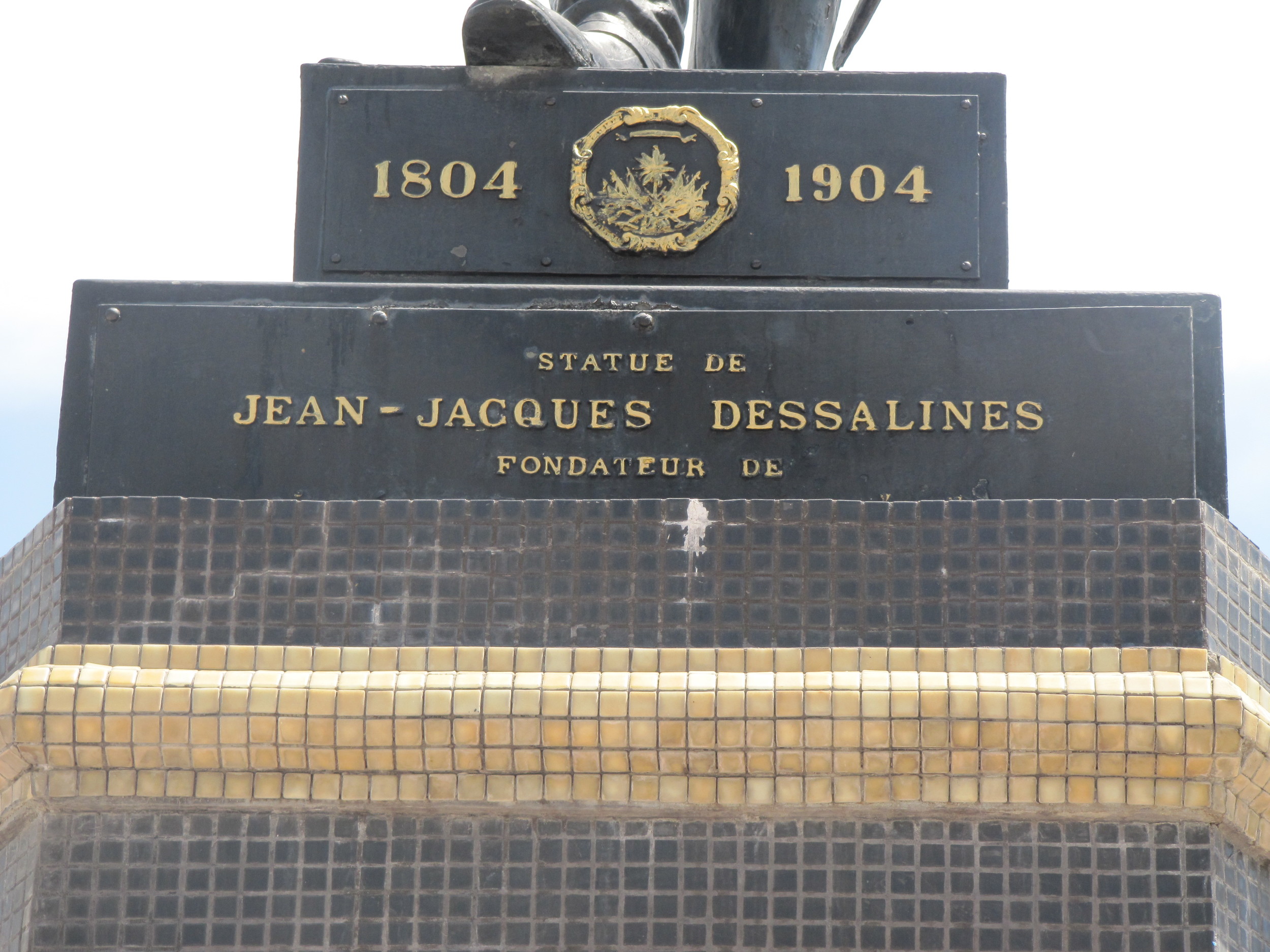
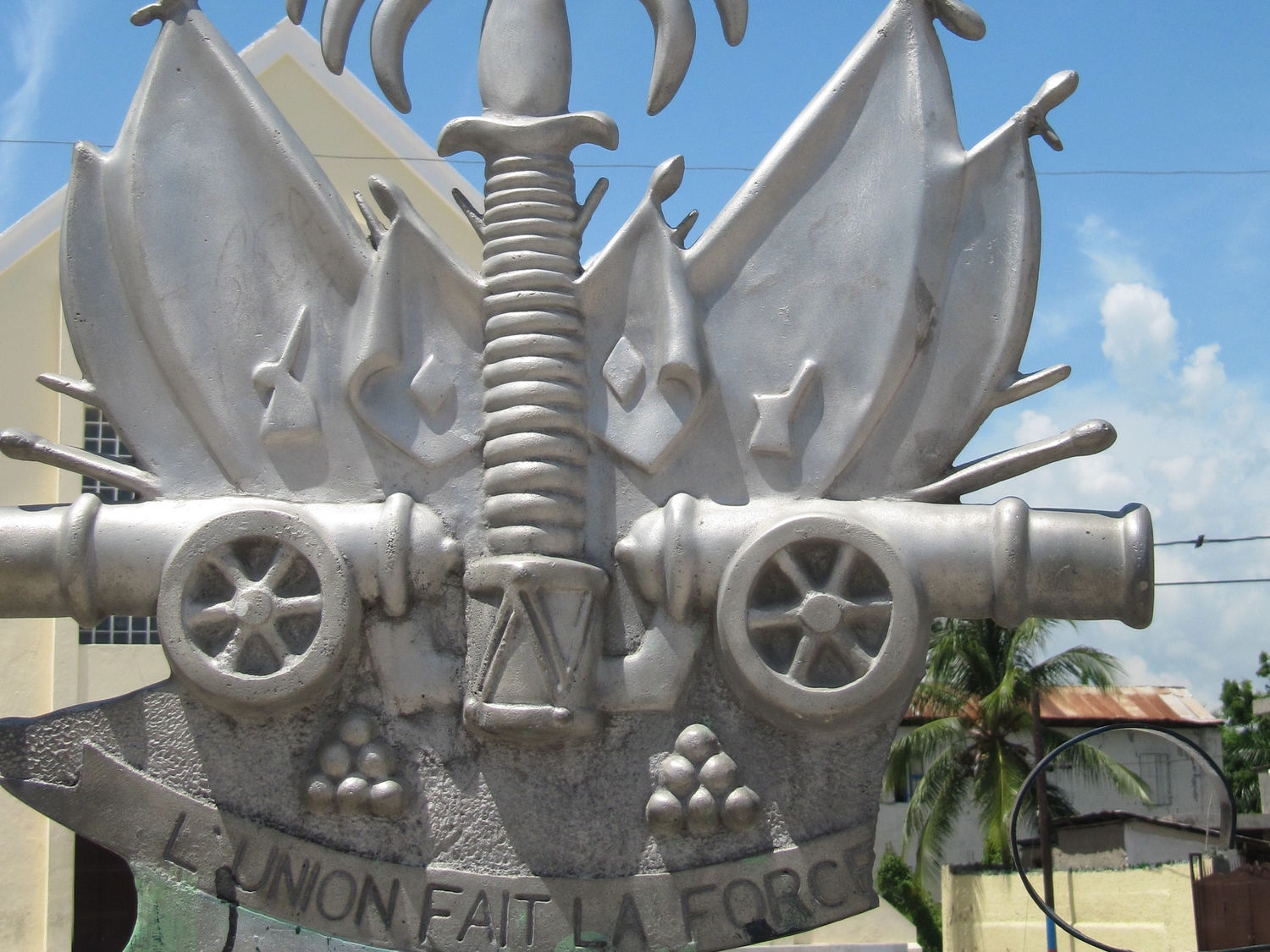

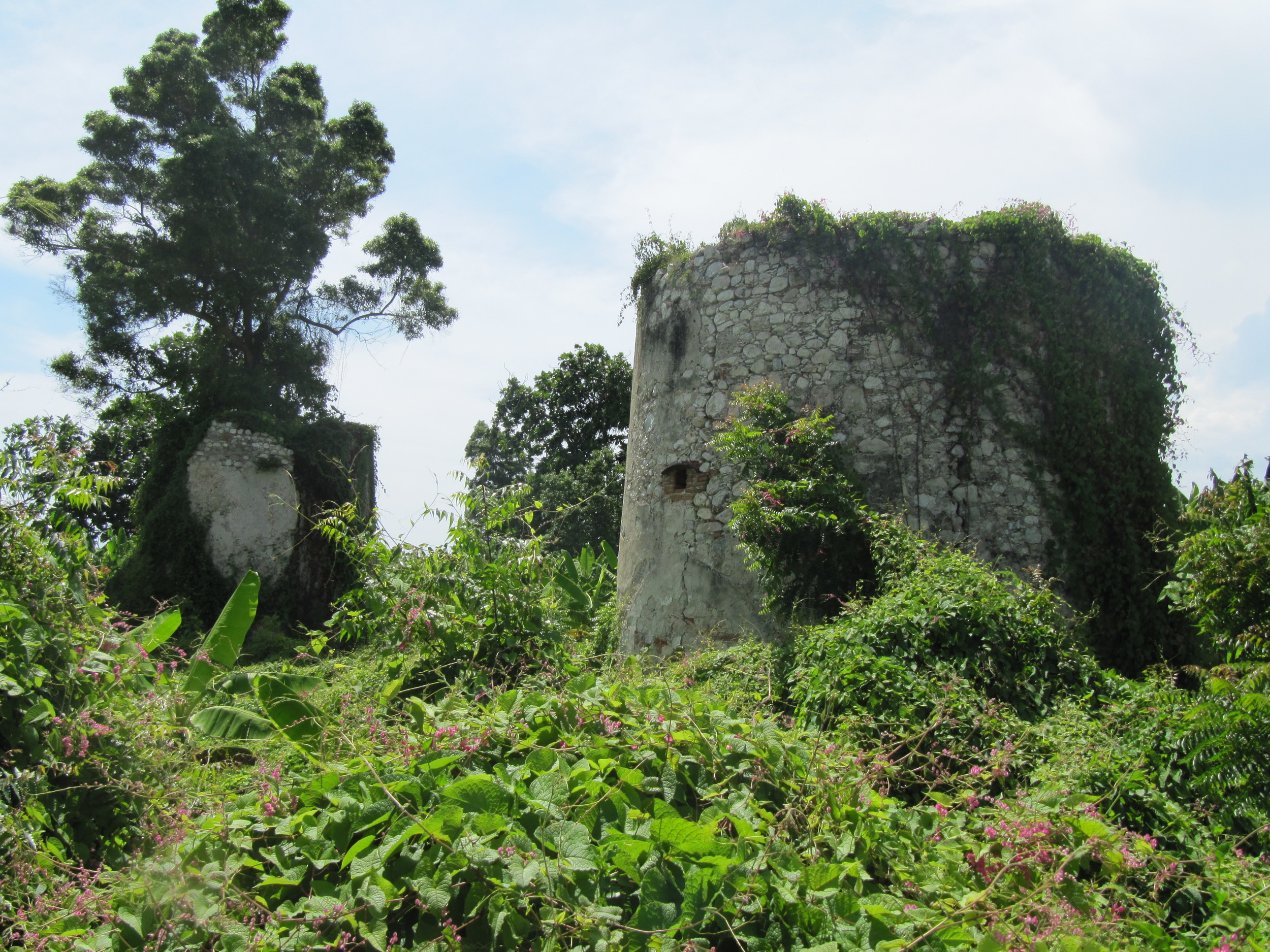

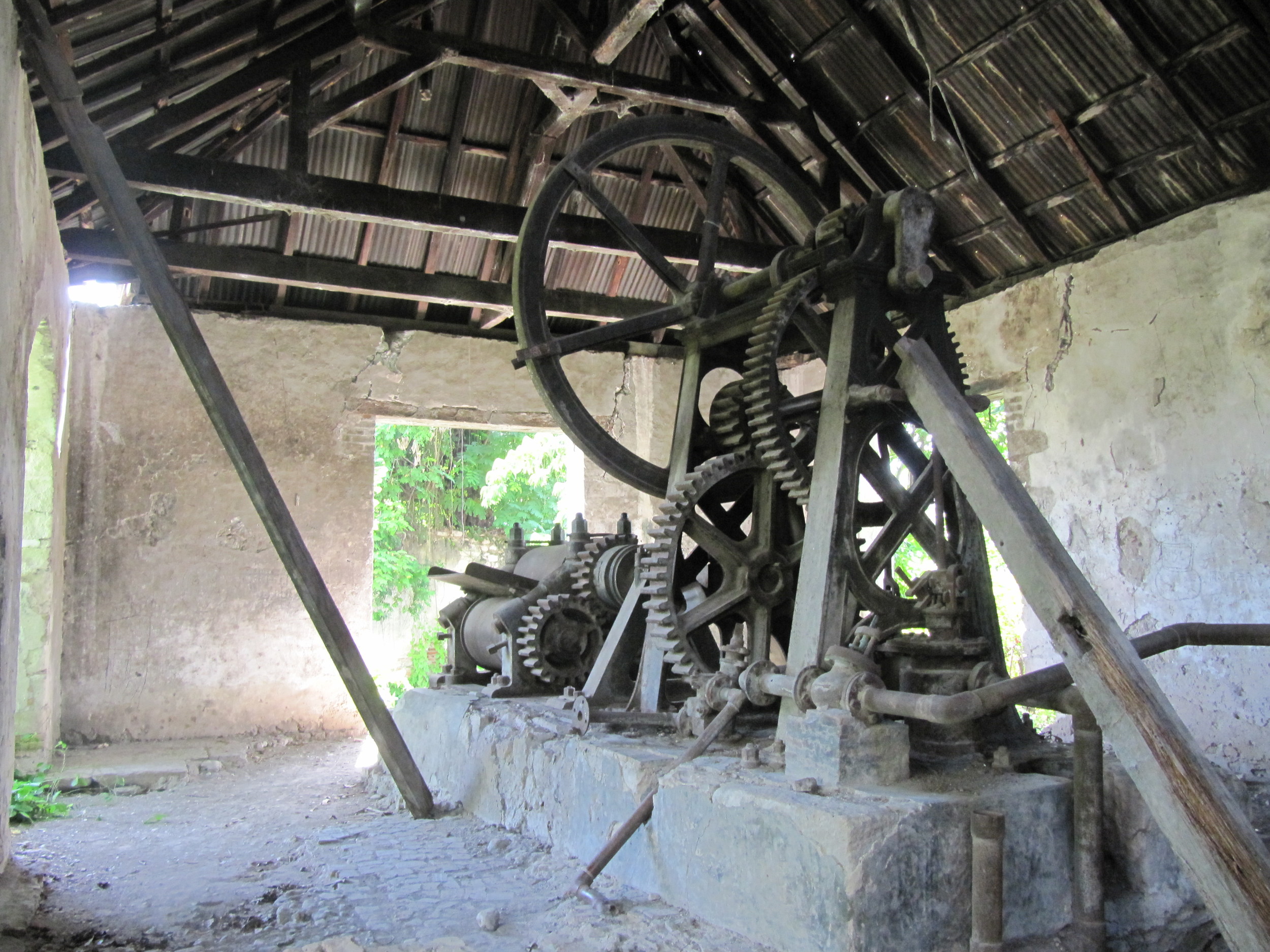

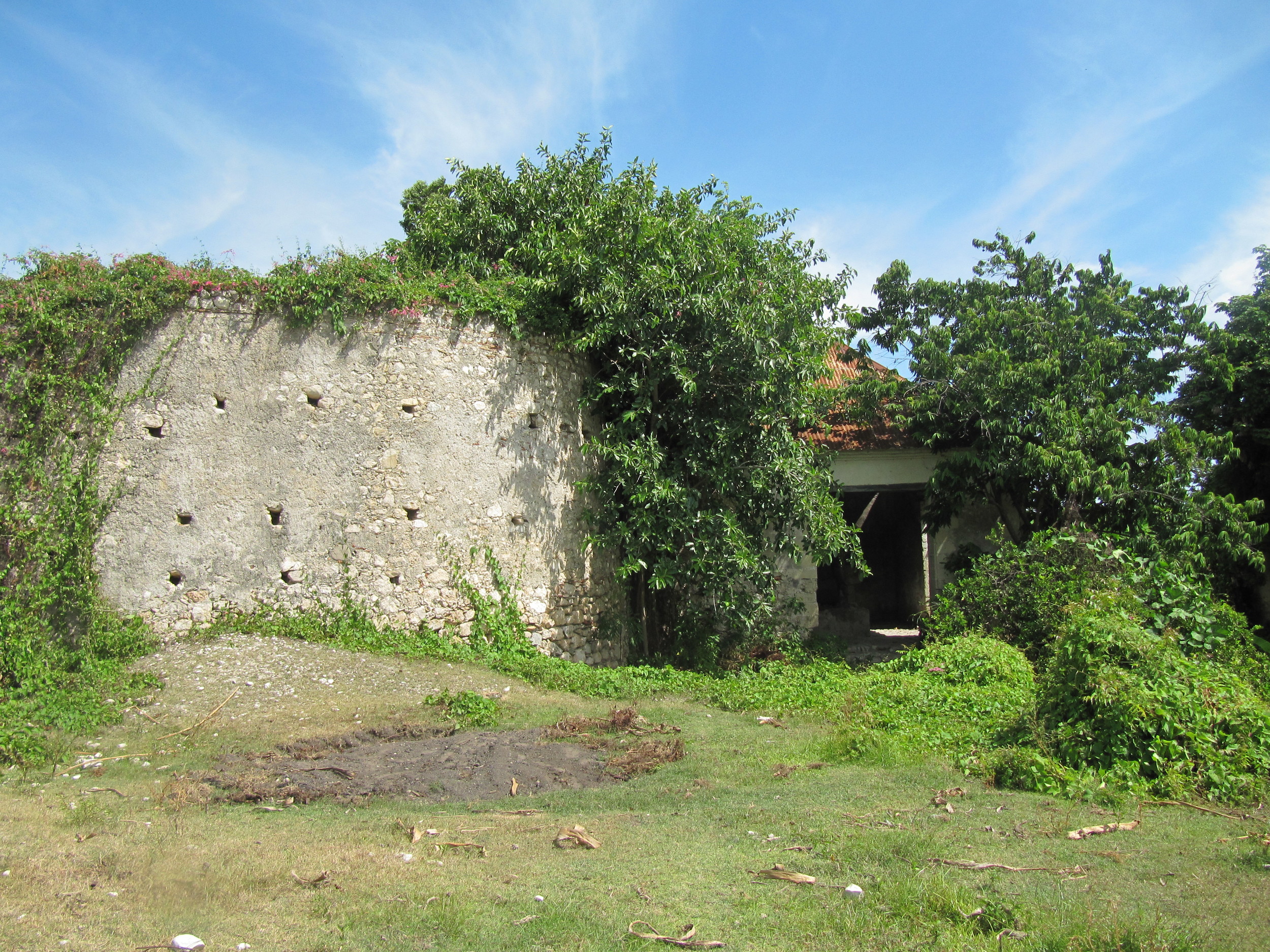

St Marc general (Artibonite)
This miscellaneous gallery includes pictures of fortifications in the hills (date of installation unknown—Marine occupation?---please send information if you know more), some pictures of a friend’s house on Rue Pivert, and some miscellaneous pictures of extant sugar mills and bagasse (the sugar cane refuse of sugar production) in the St Marc valley.
Marchand-Dessalines general (Artibonite)
This gallery features some interesting early national architecture, including the home of Madame Dessalines, Claire Heureuse.







Cap-Haïtien architecture (North)
General photos of Cap-Haïtien, concentrated in the older neighborhoods. My original collection has been generously added to by Curtis Rogers. All pictures herein are a mix but focus on the city center, Carenage, and Plage Rival (on way to Fort Picolet). The last few photos show the rehabilitation in progress of Habitation Picard. See gallery below for photos of the Hotel Roi Christophe specifically.
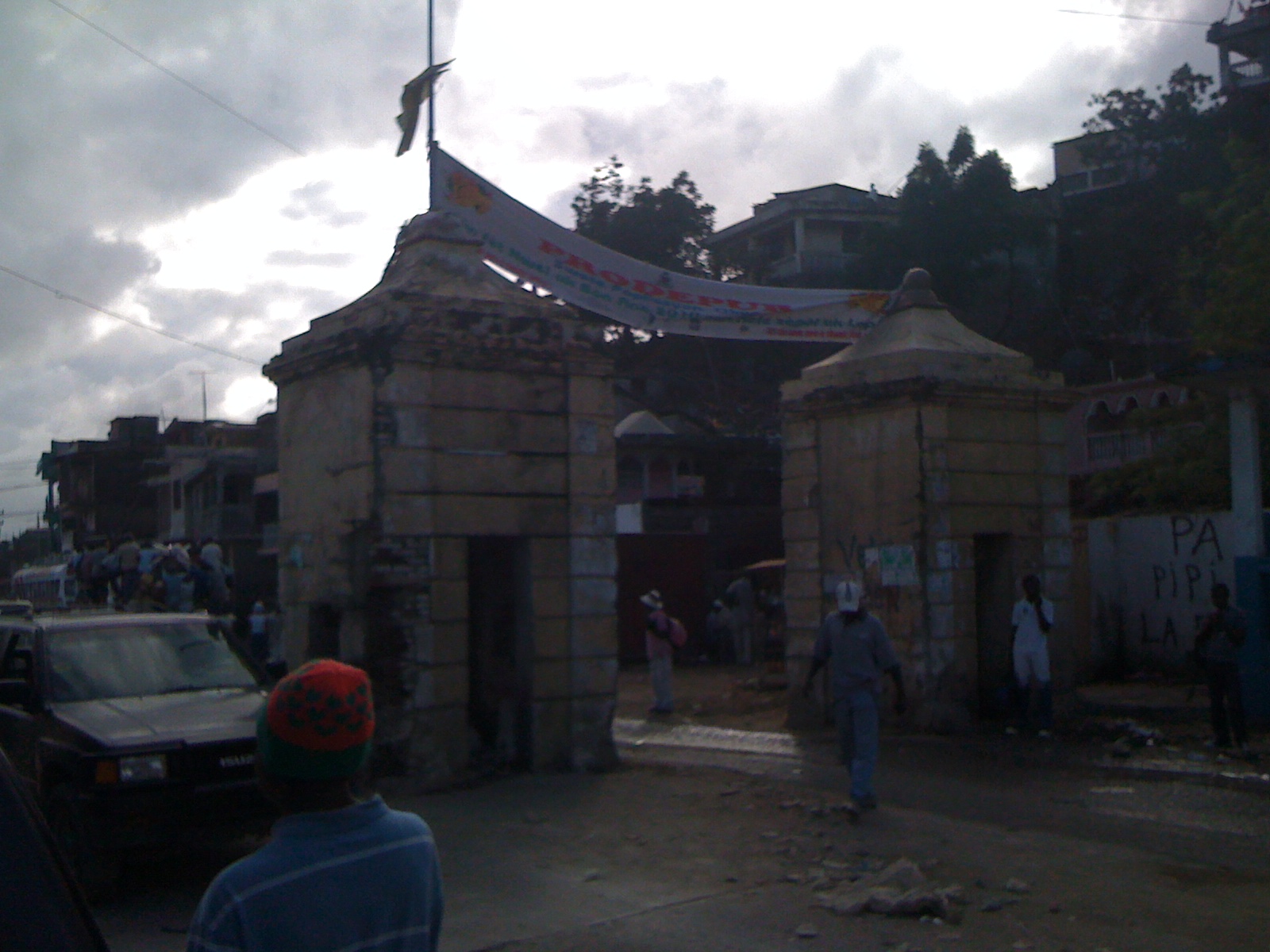
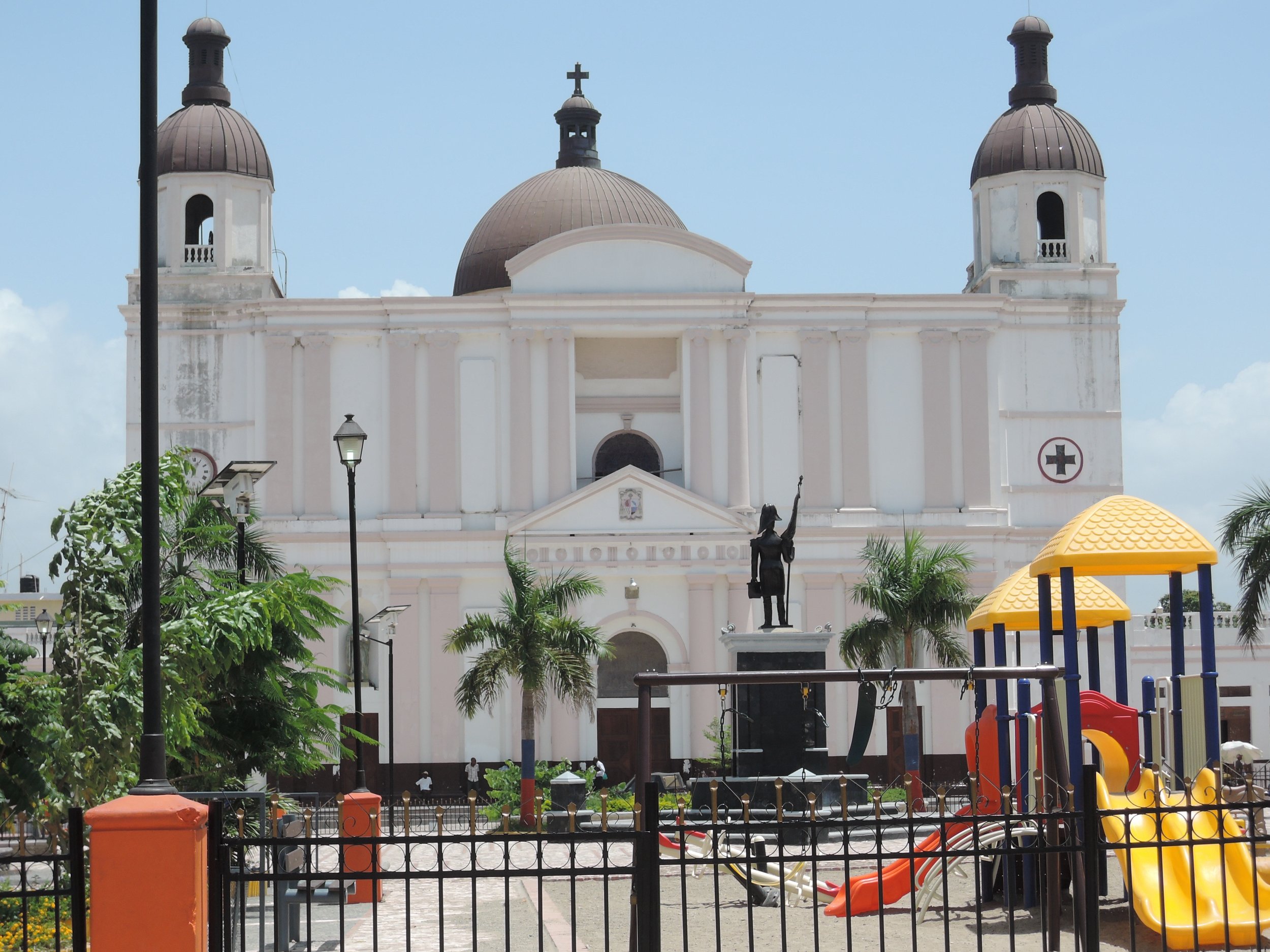

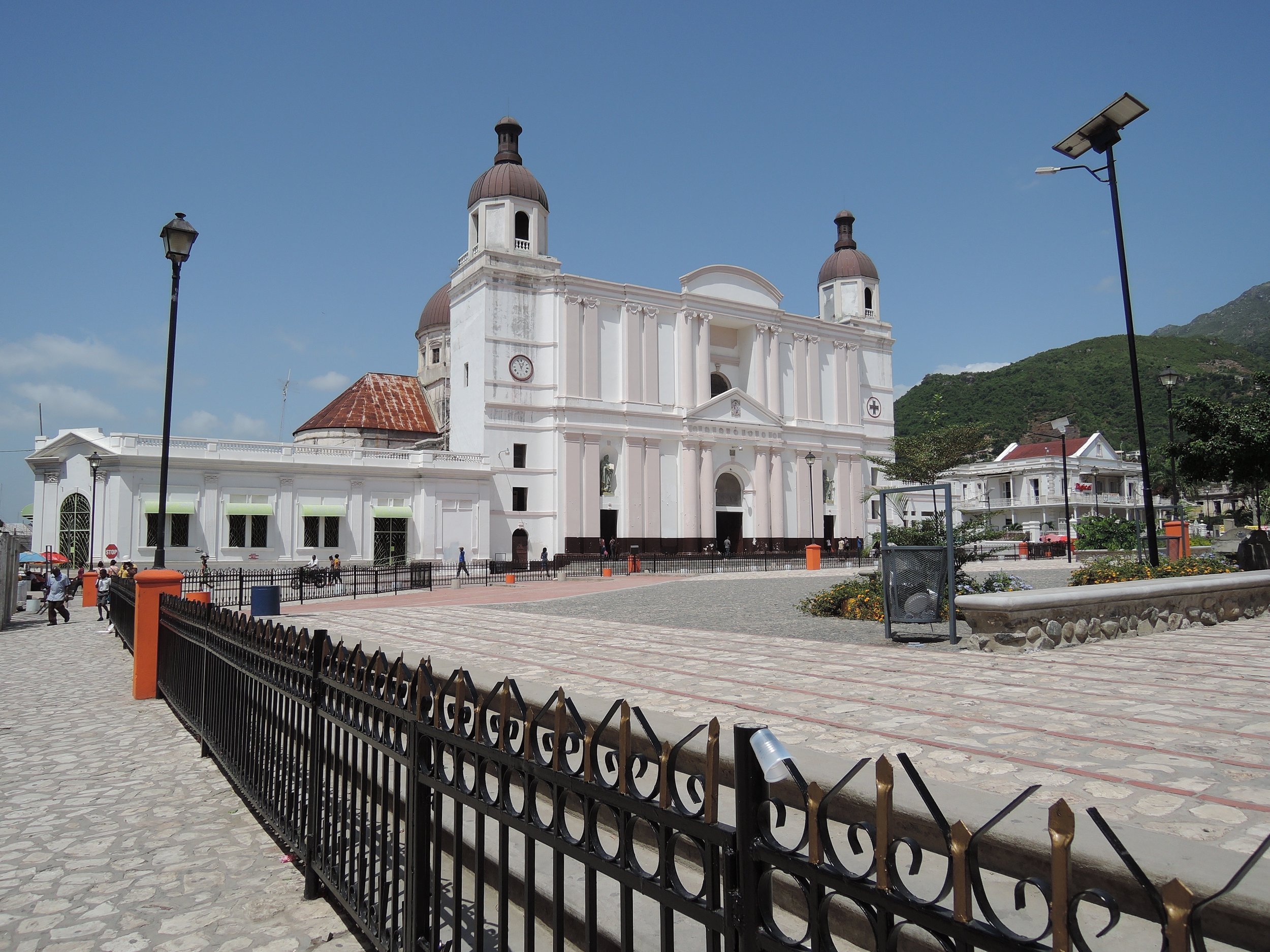
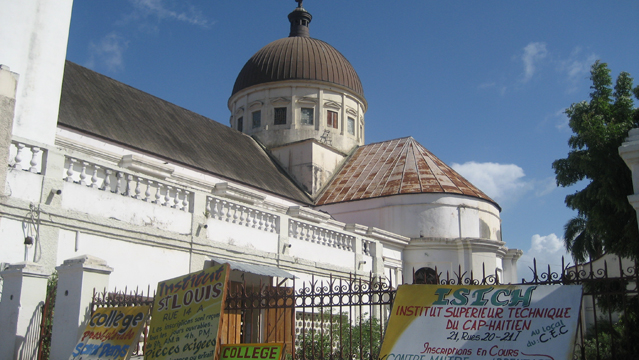



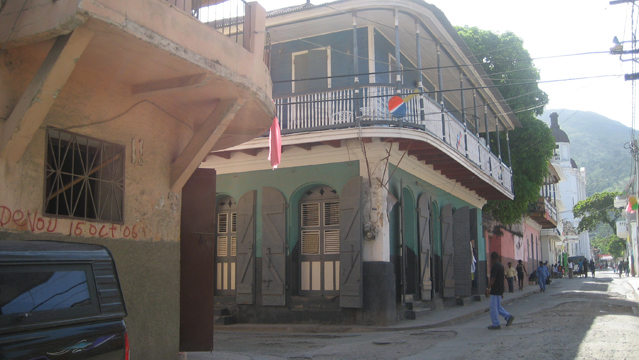

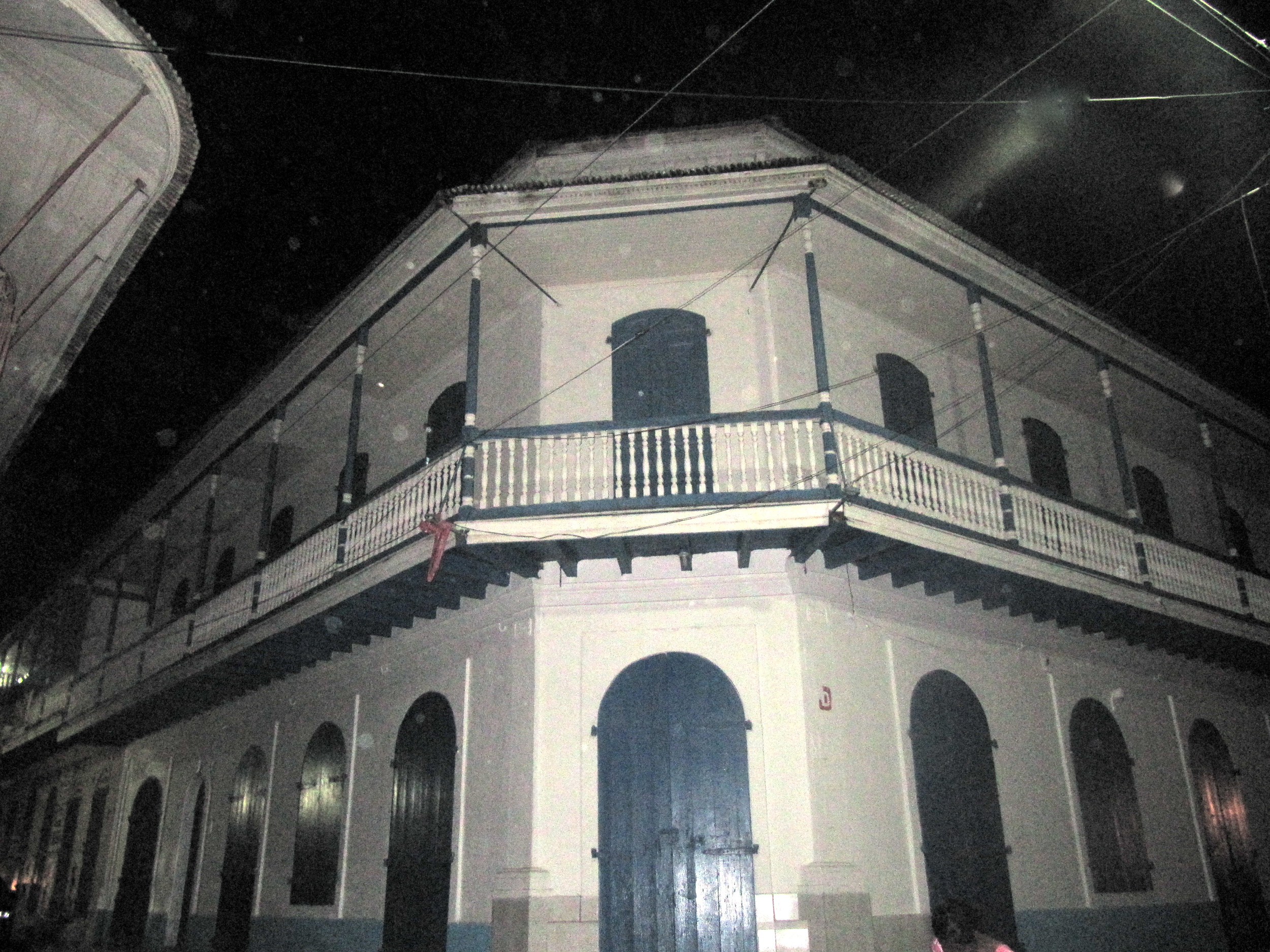
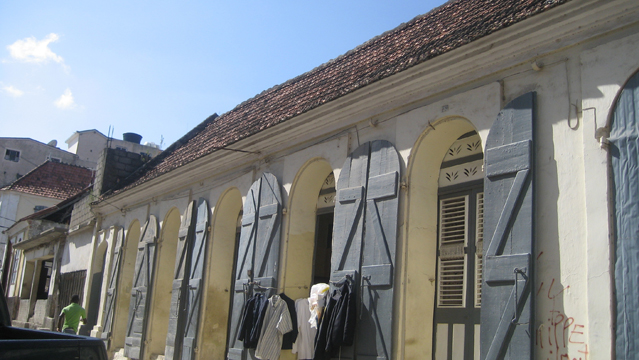
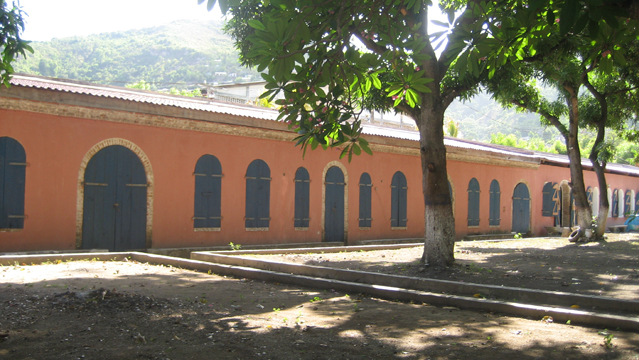

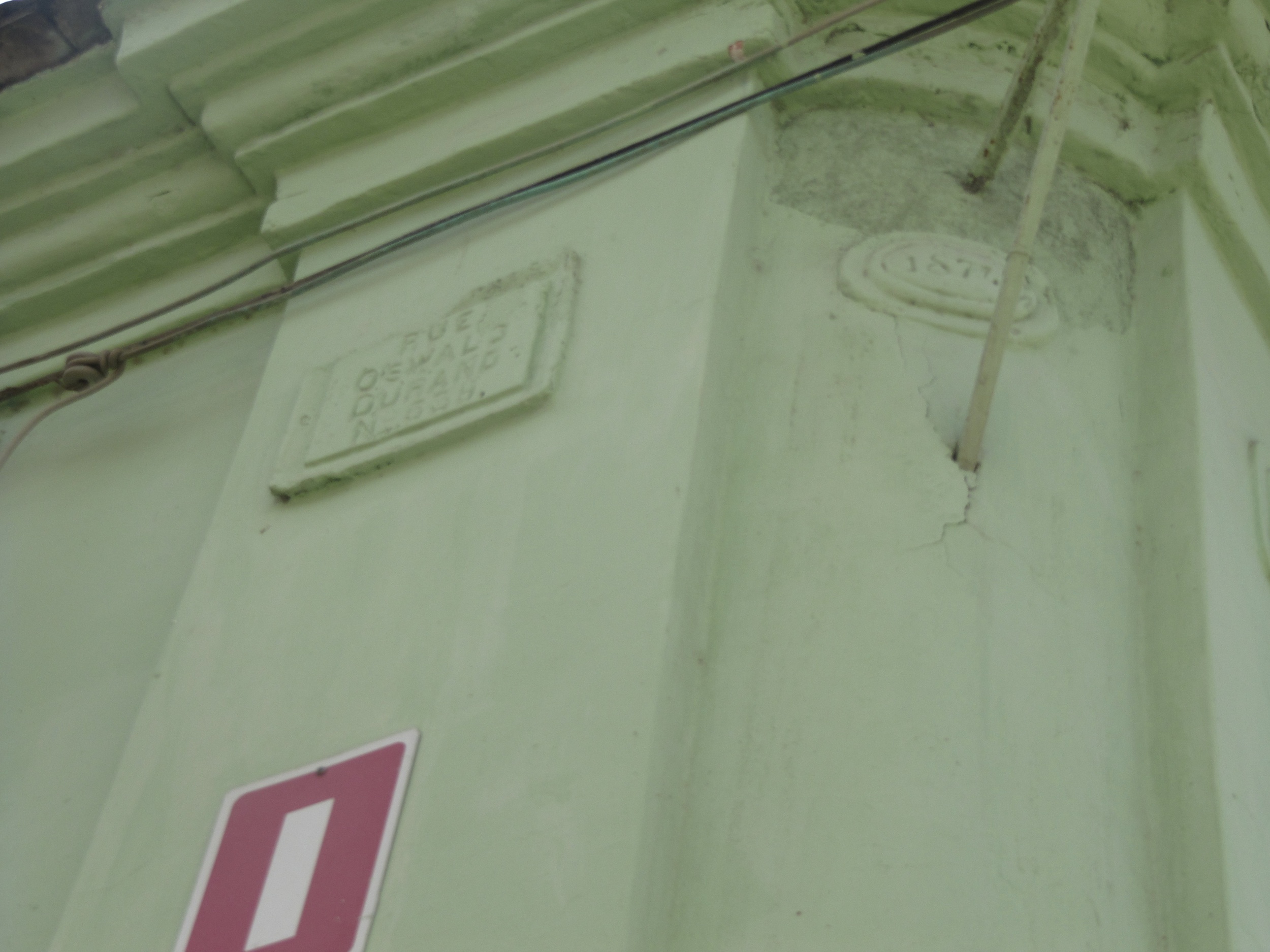
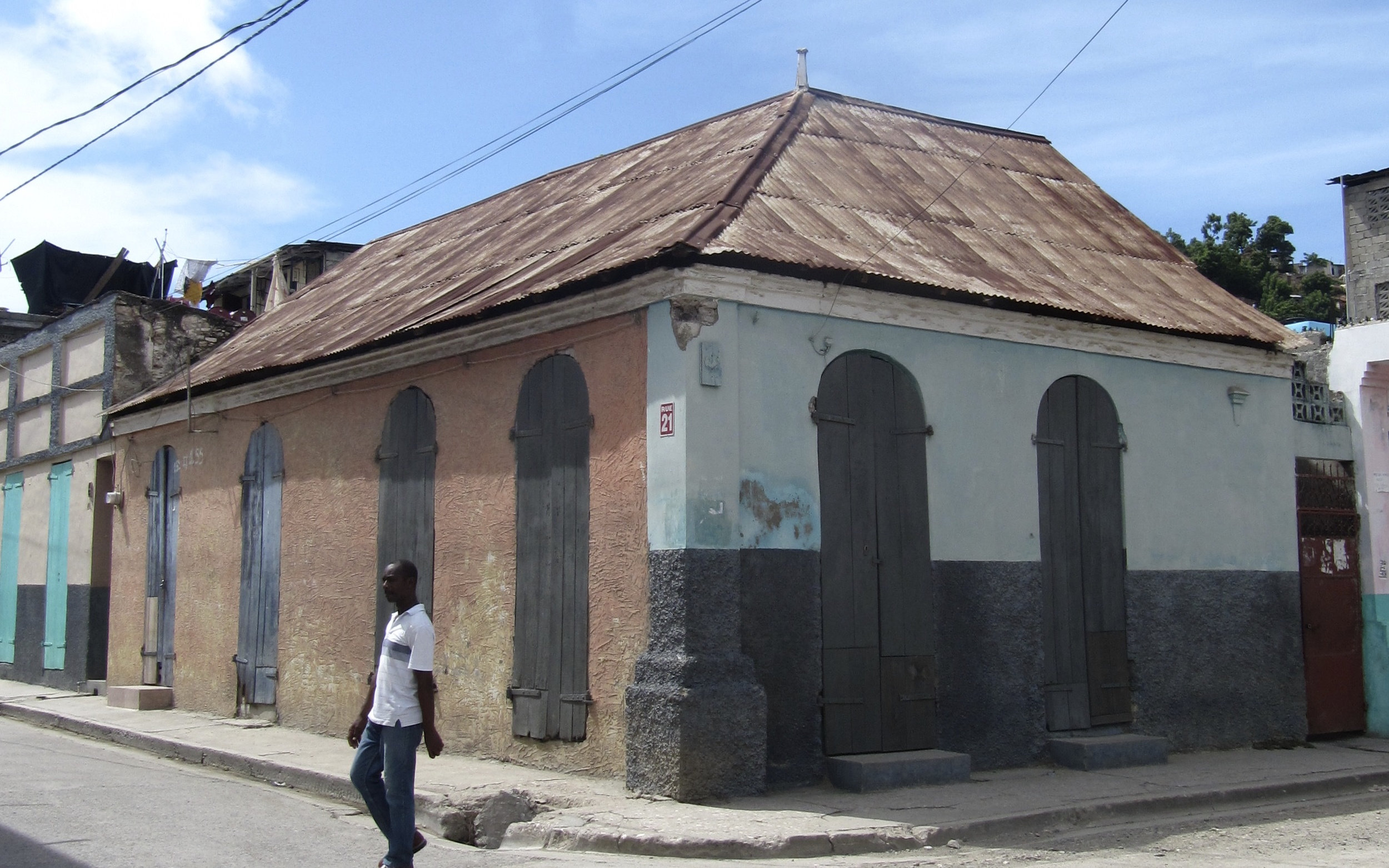
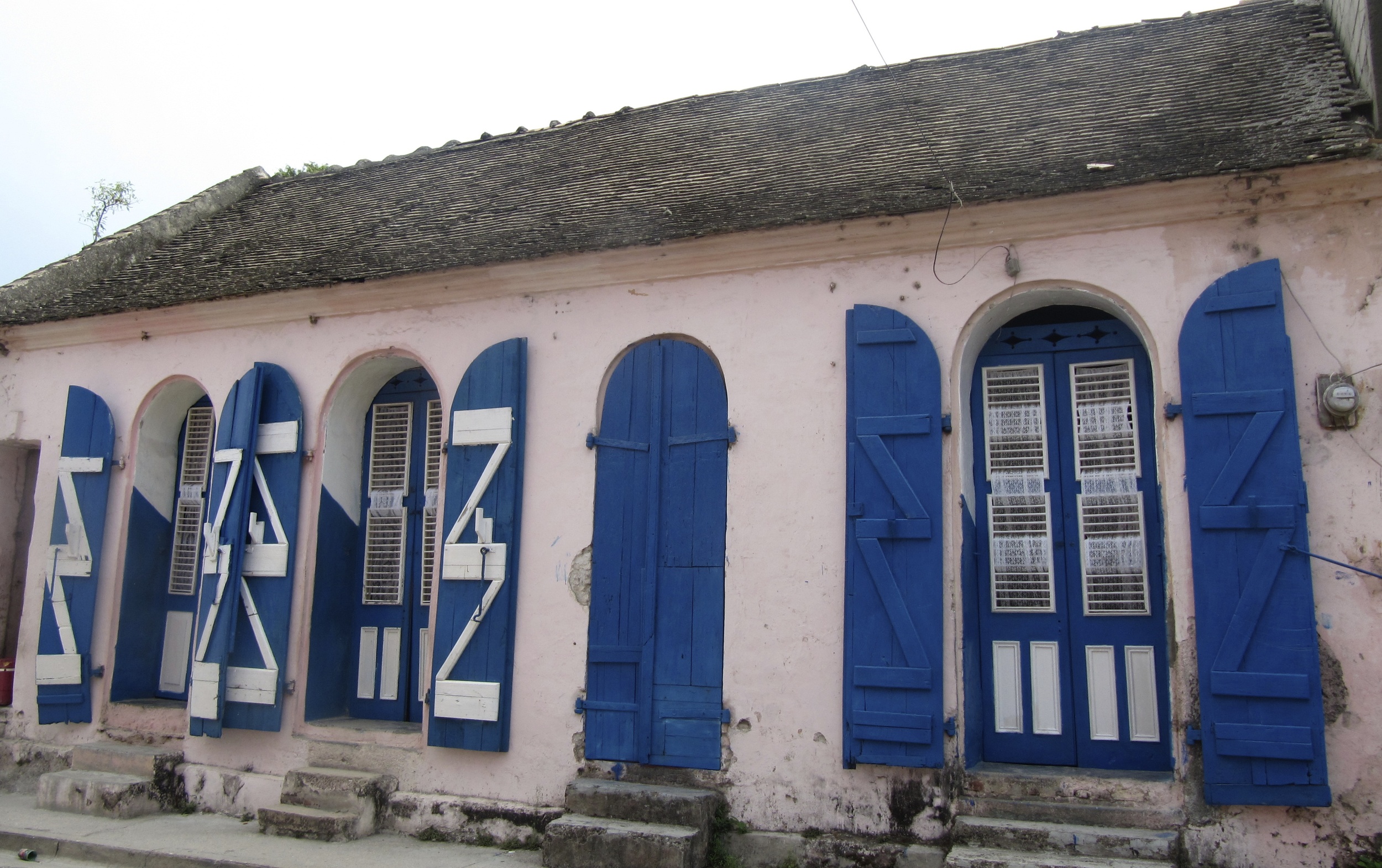
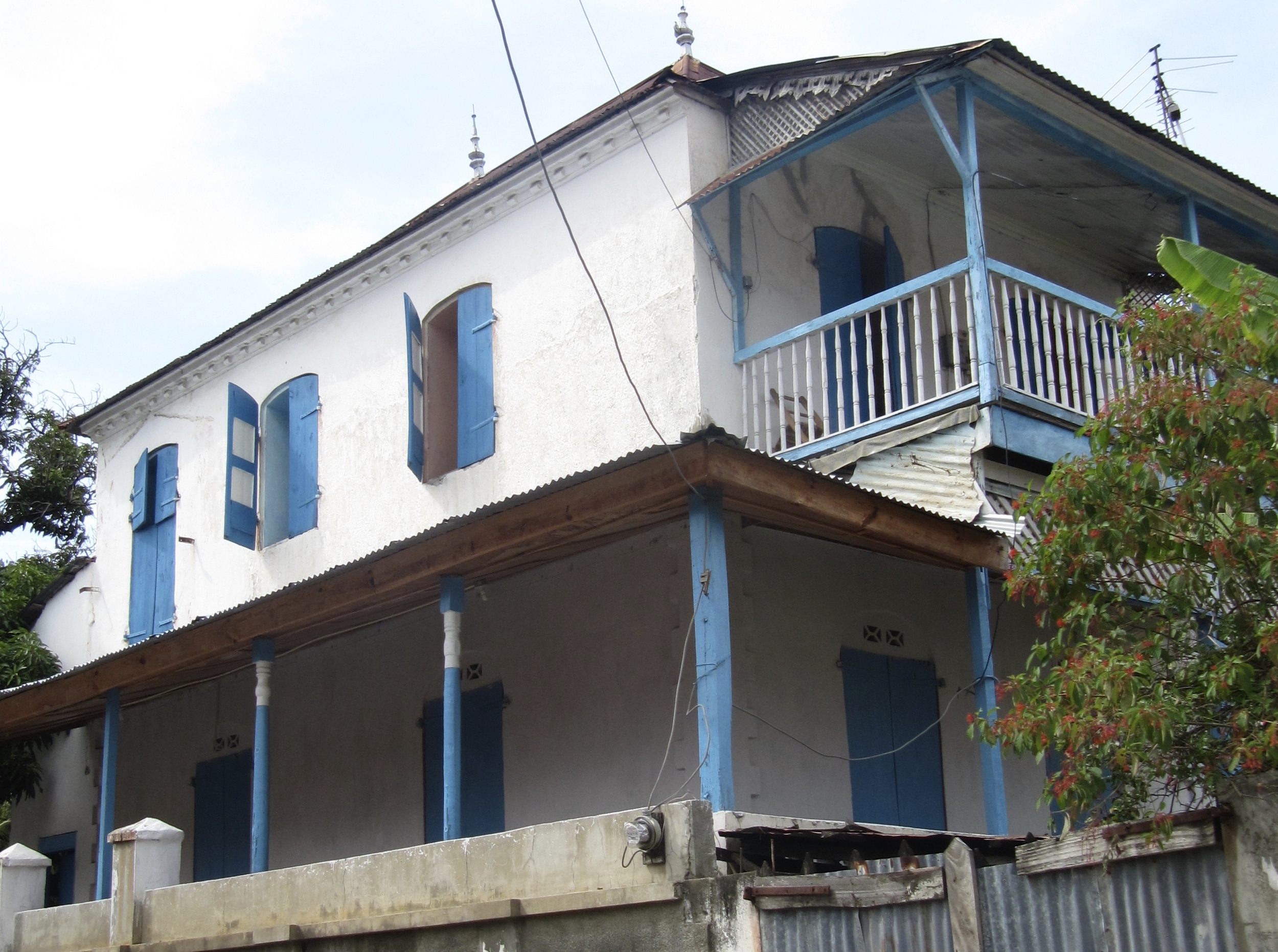
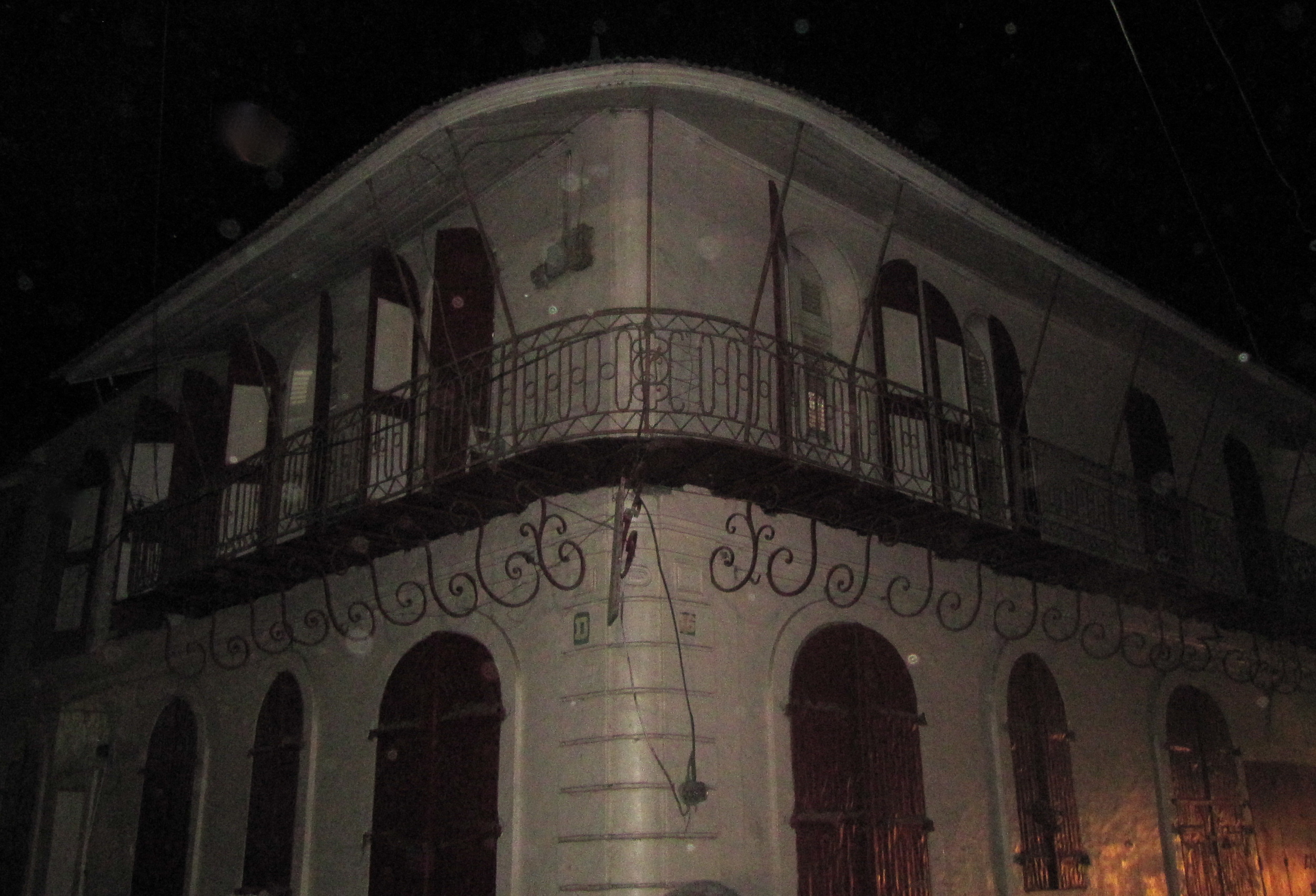



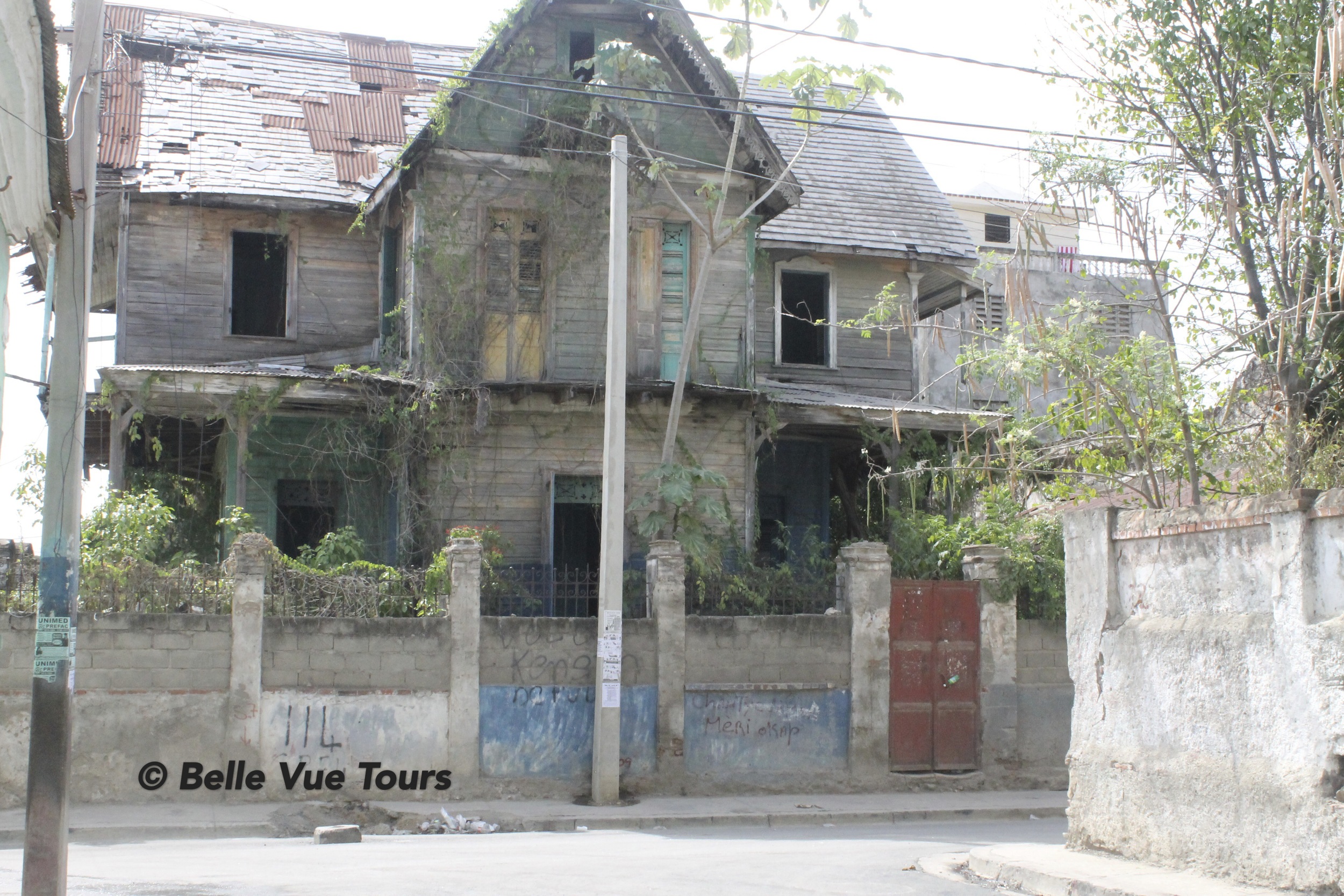
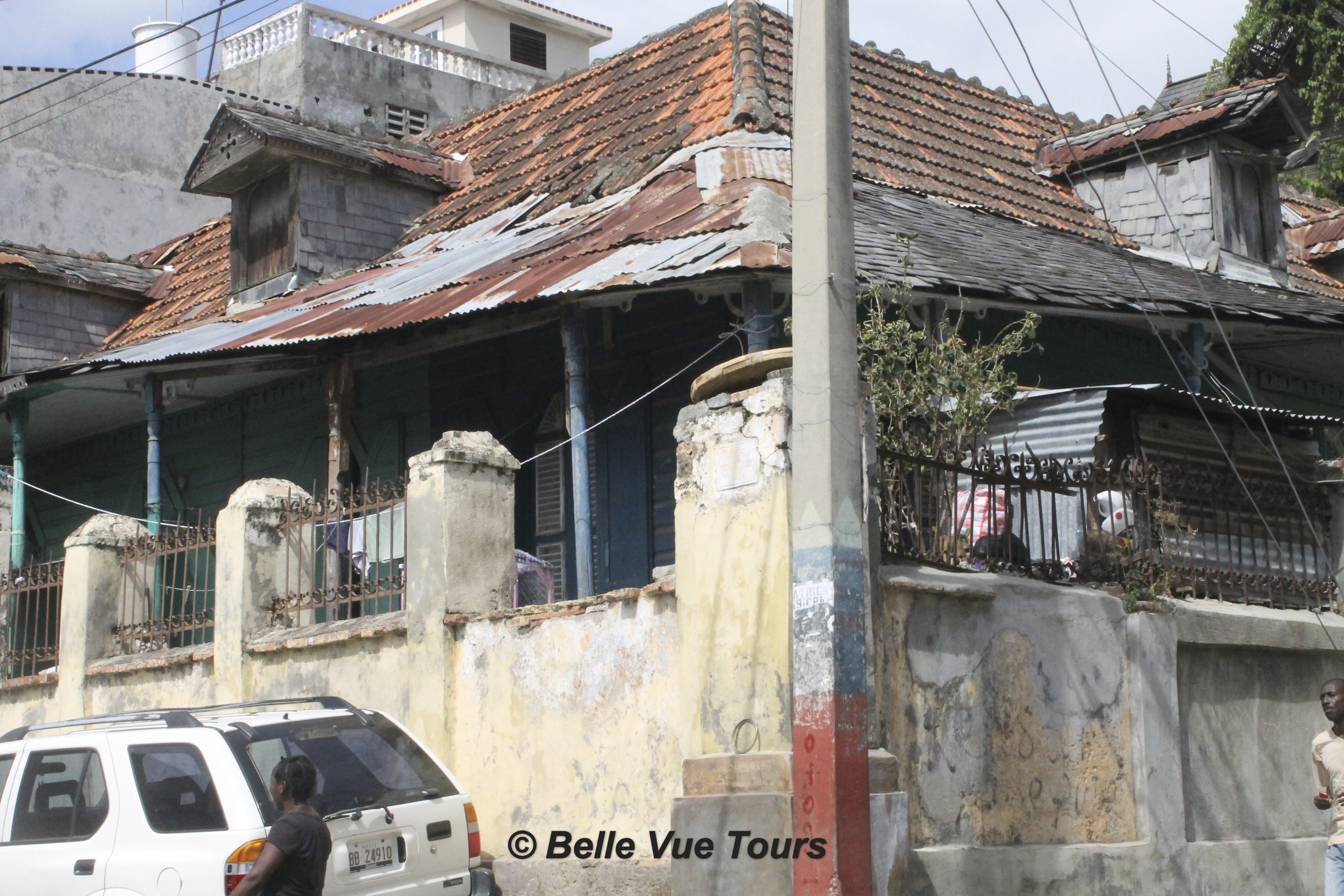
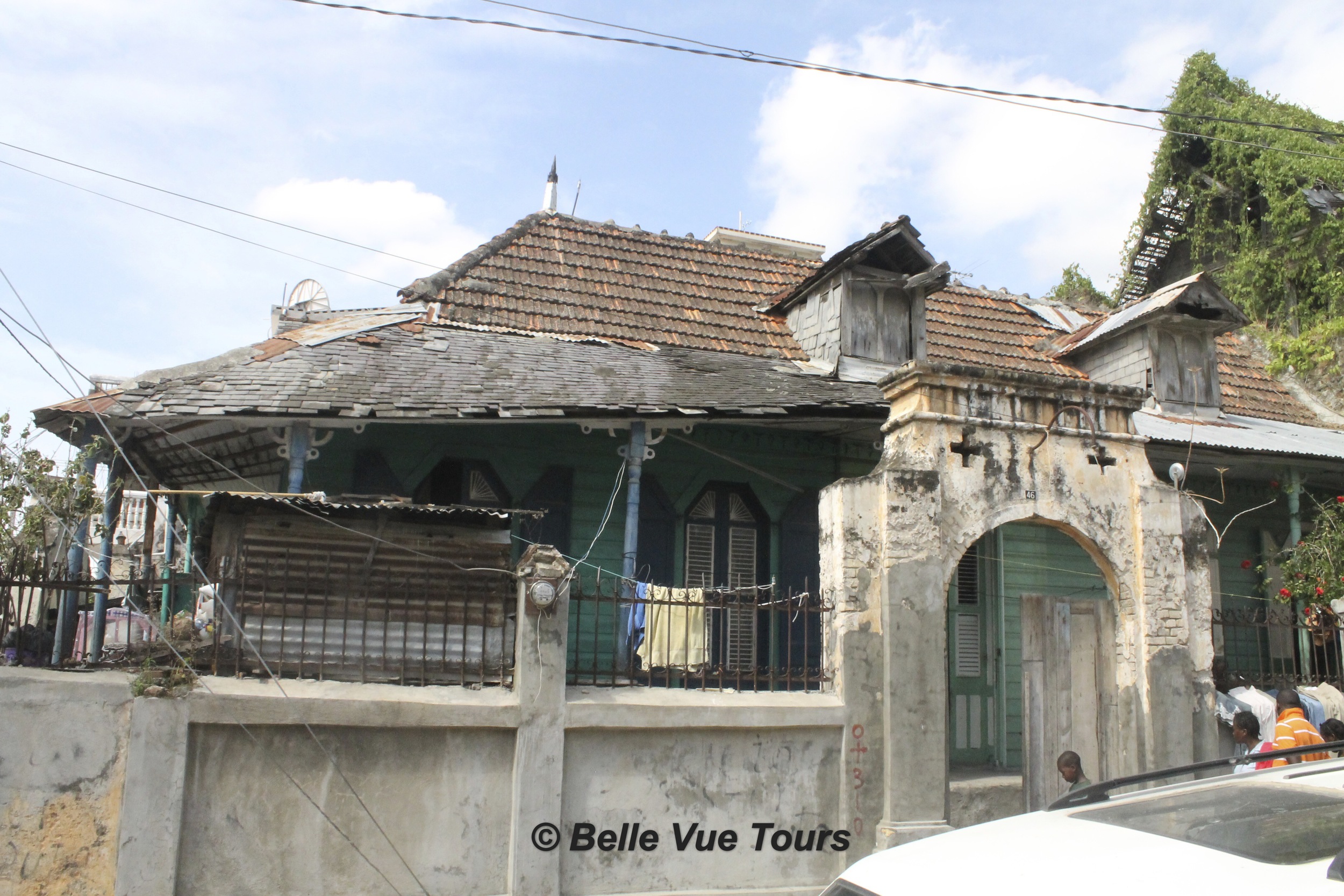
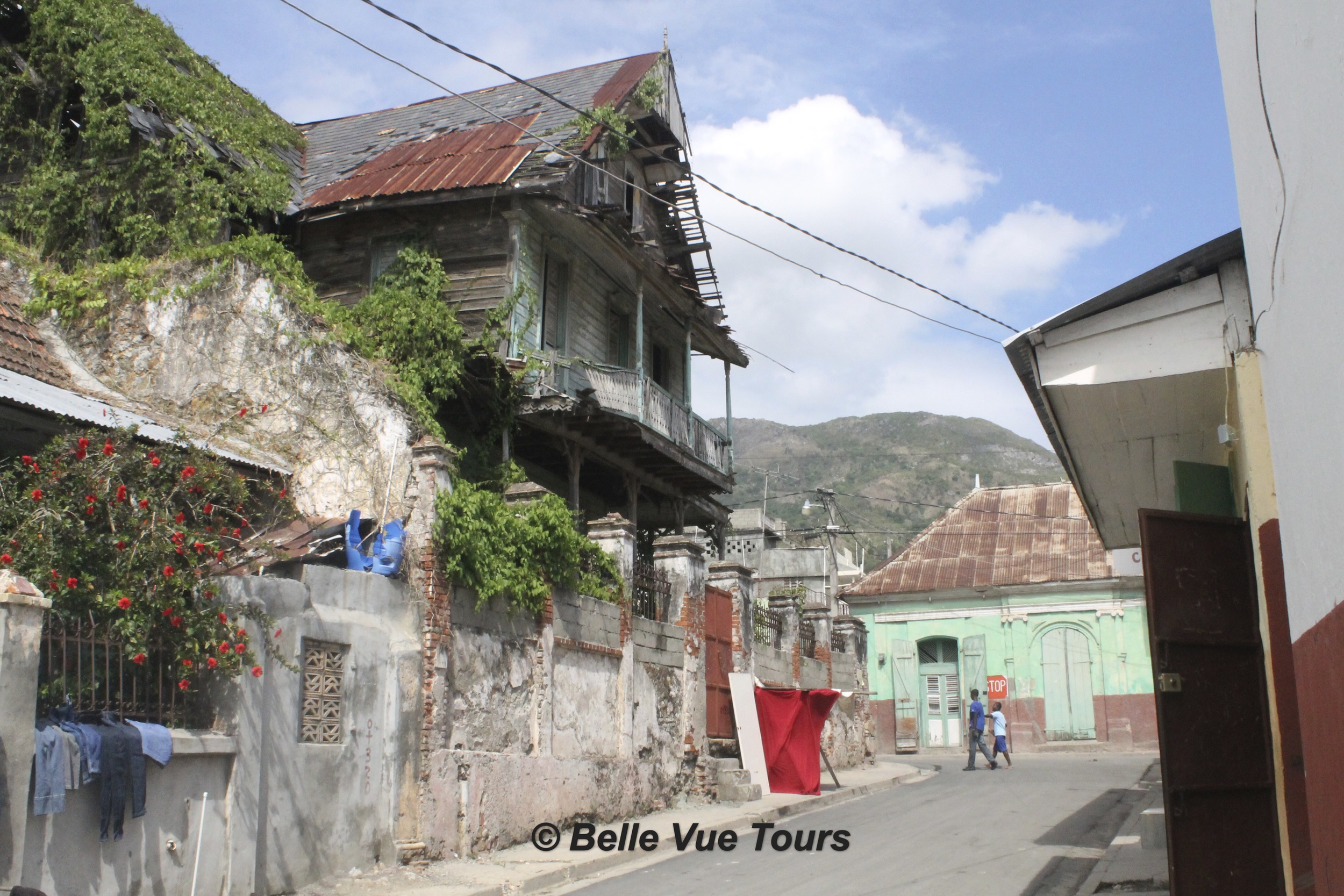

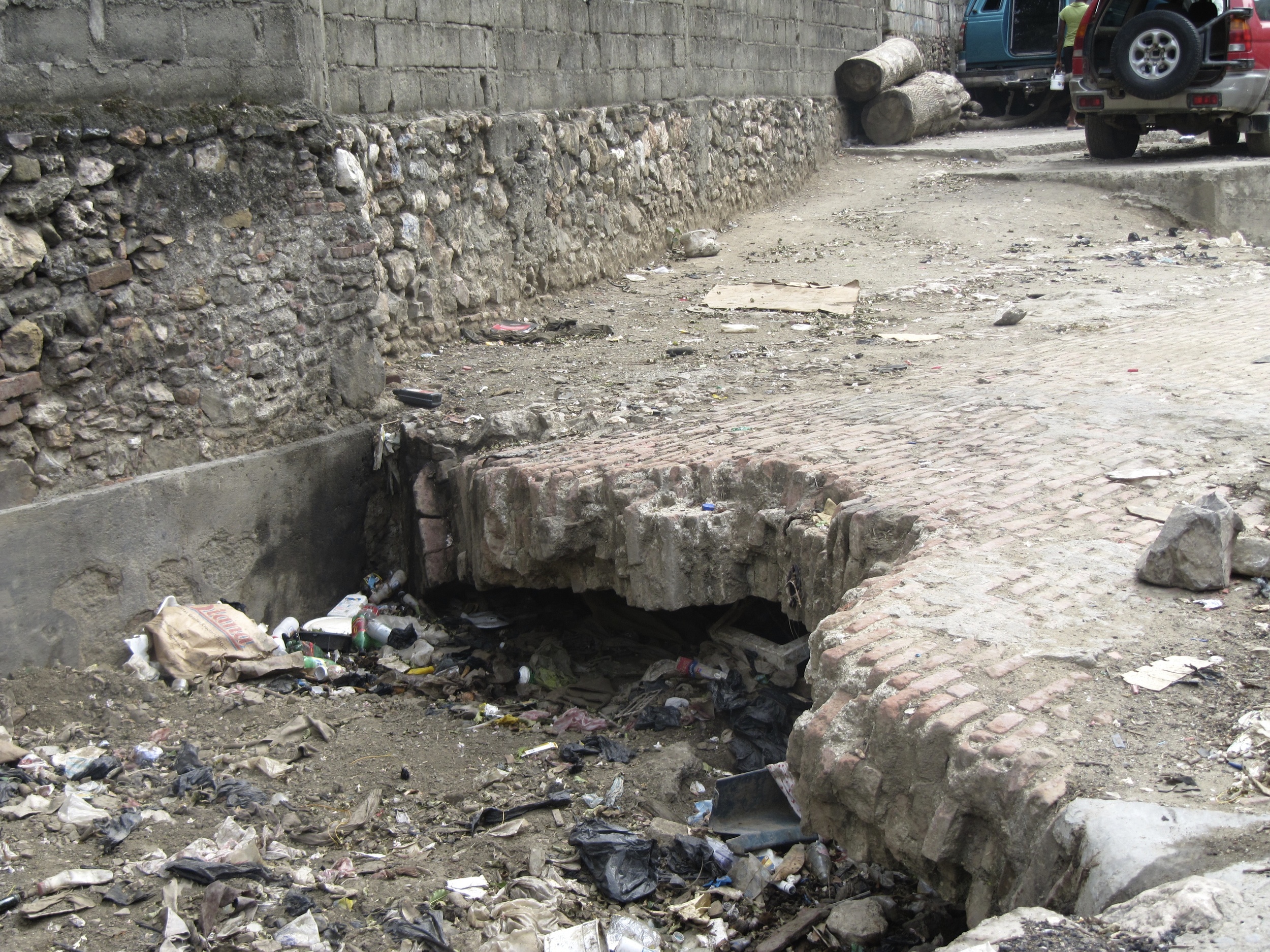
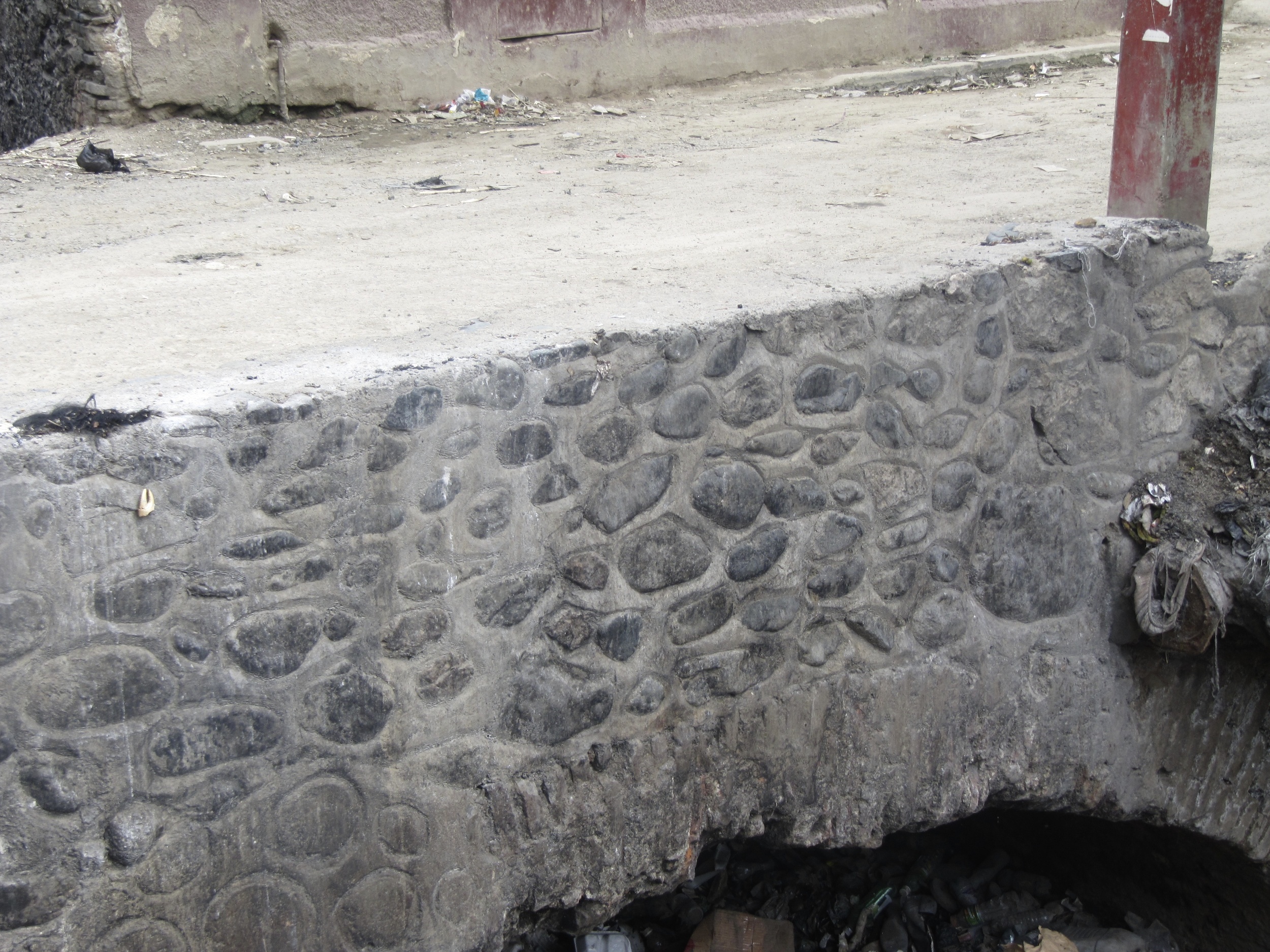
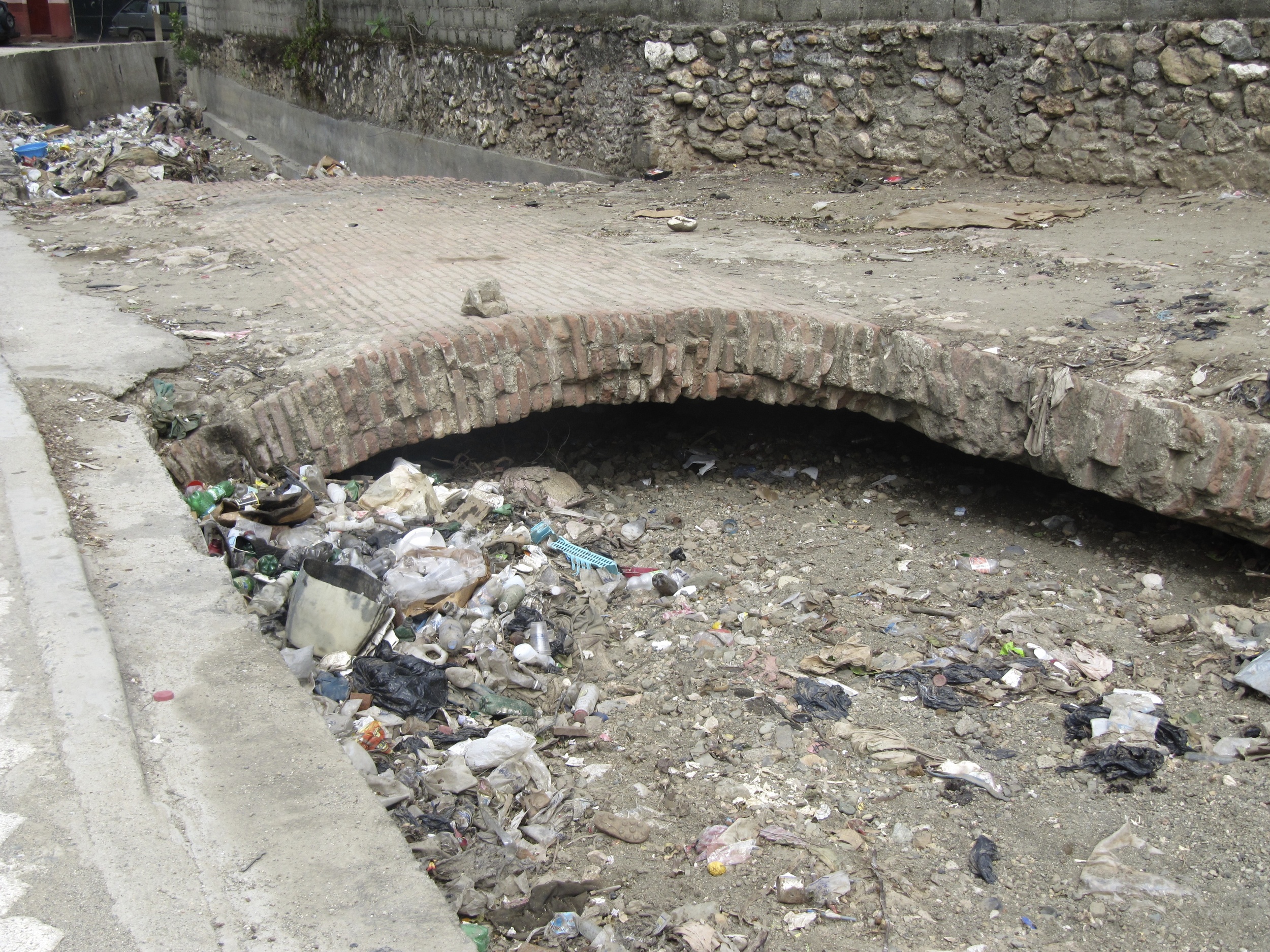
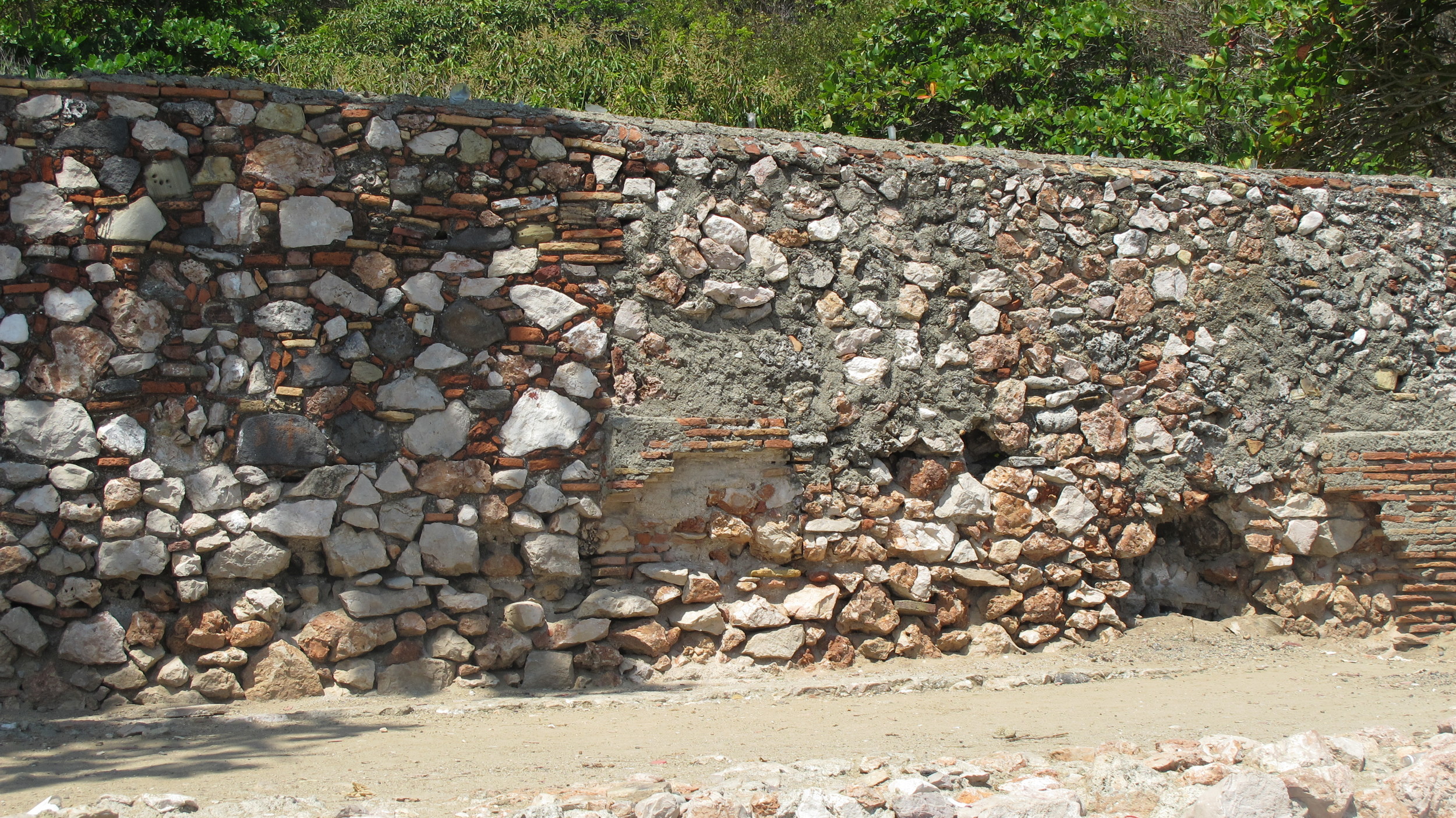

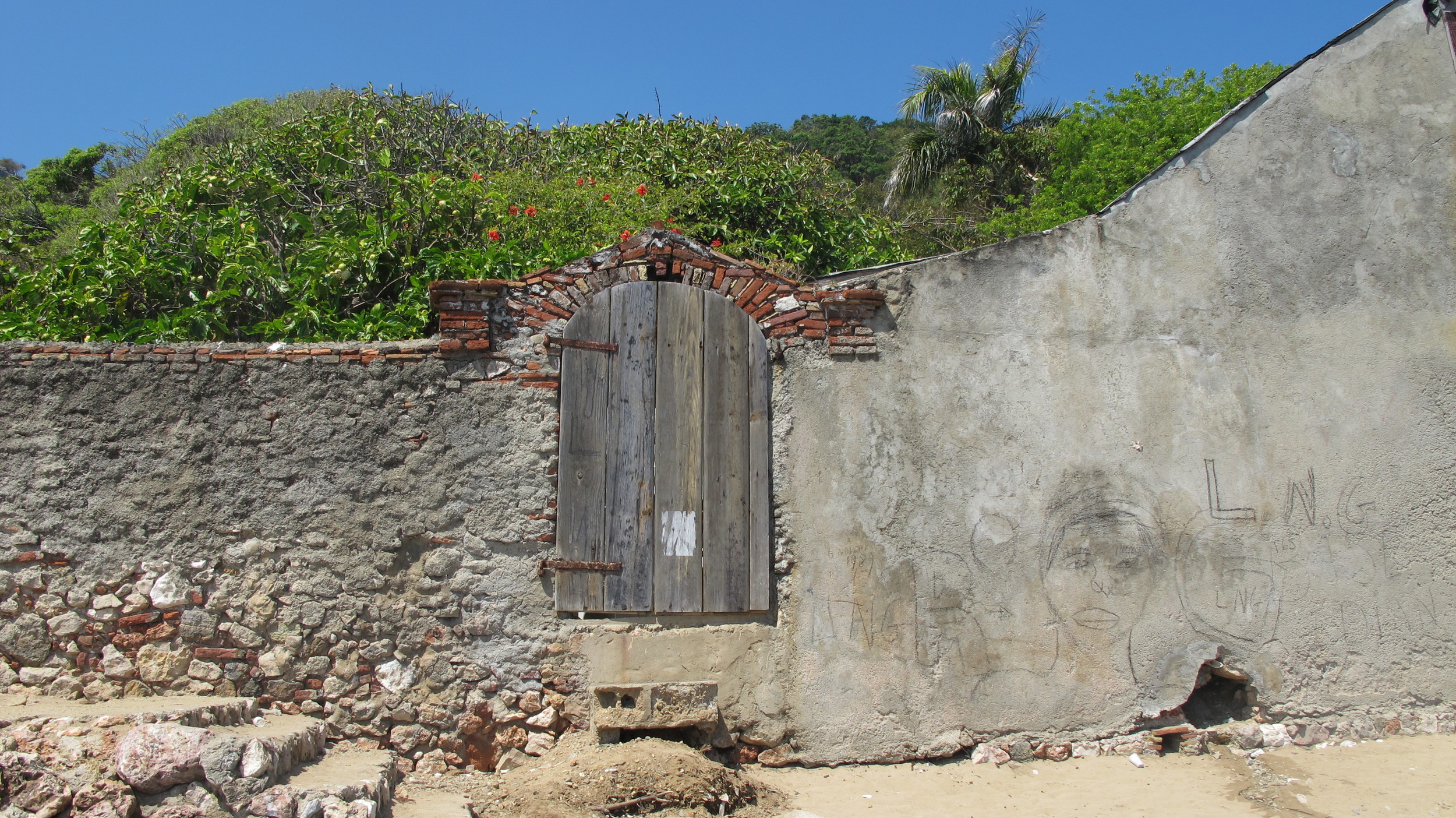

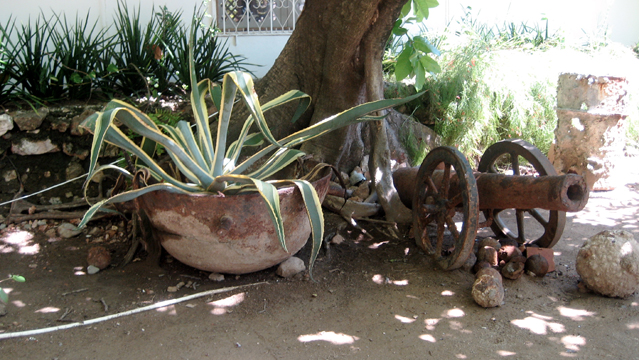

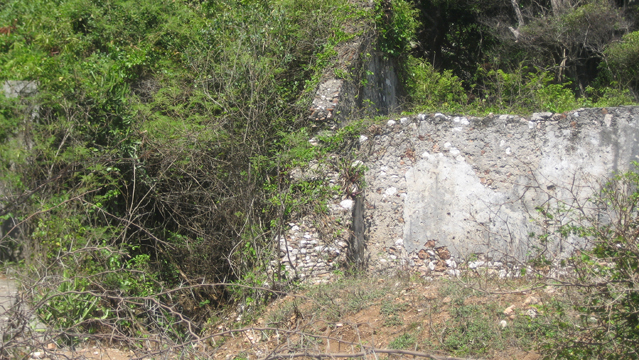






Hôtel du Roi Christophe (Cap-Haïtien, North)
My original collection of photos has been added to significantly by Curtis Rogers, whose photos of this current hotel and former nunnery are more recent. Visit the hotel’s website here.

